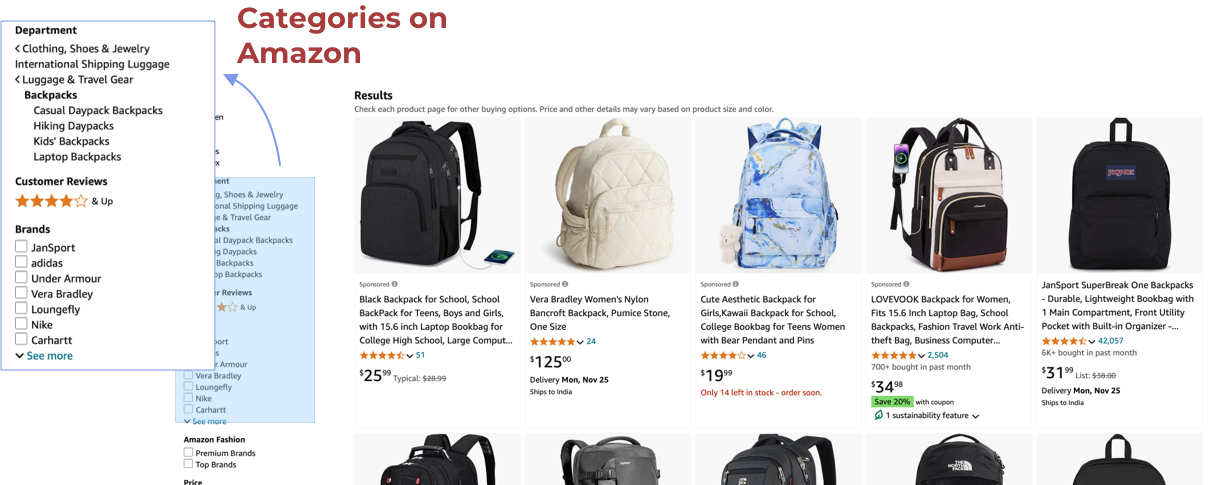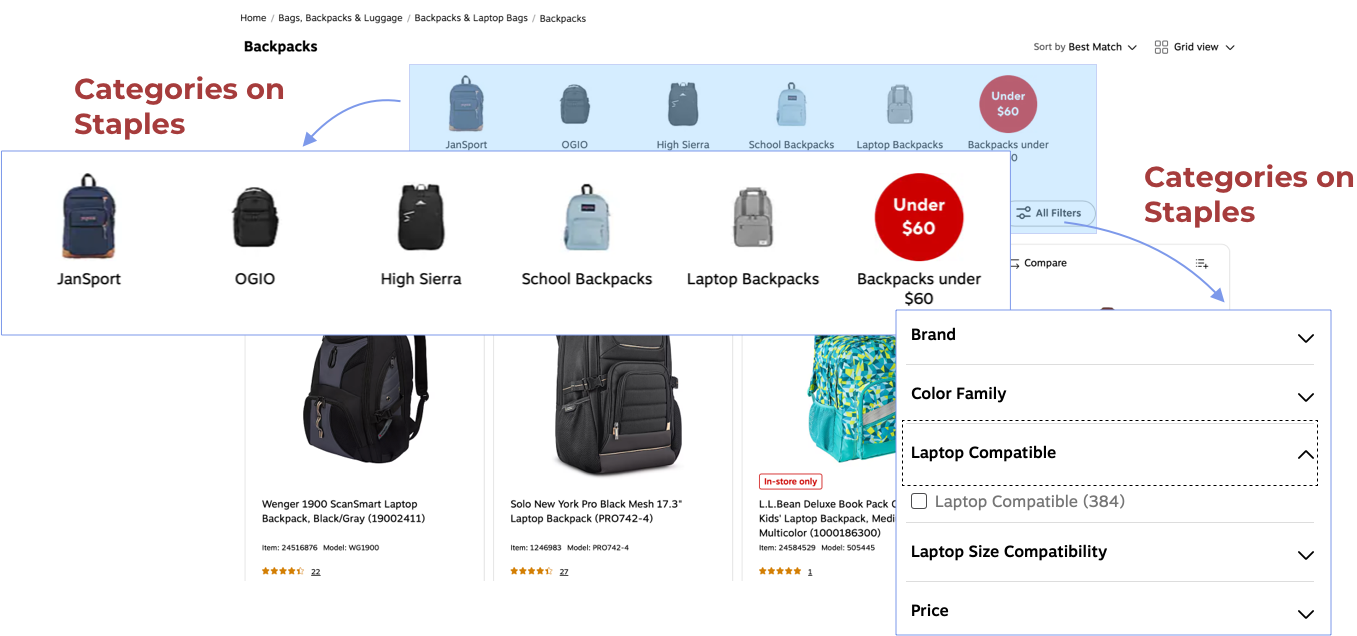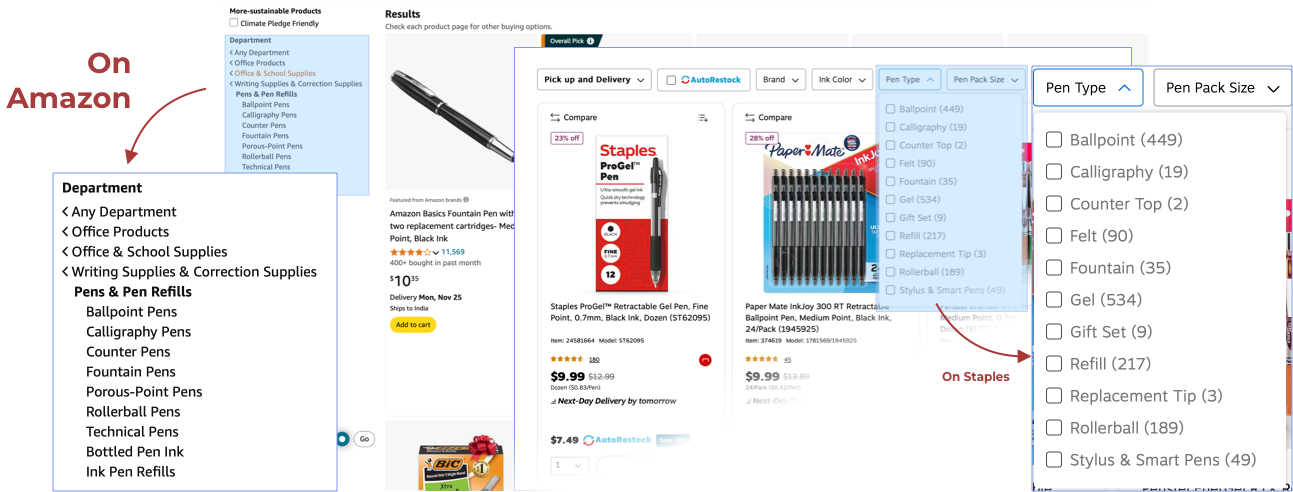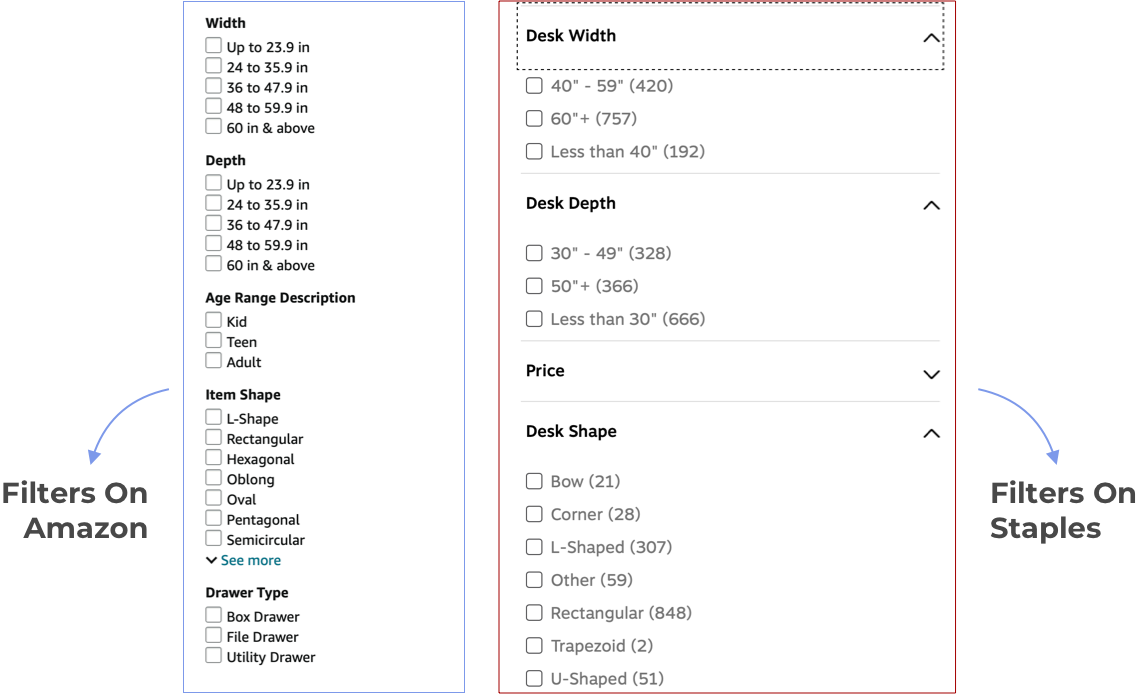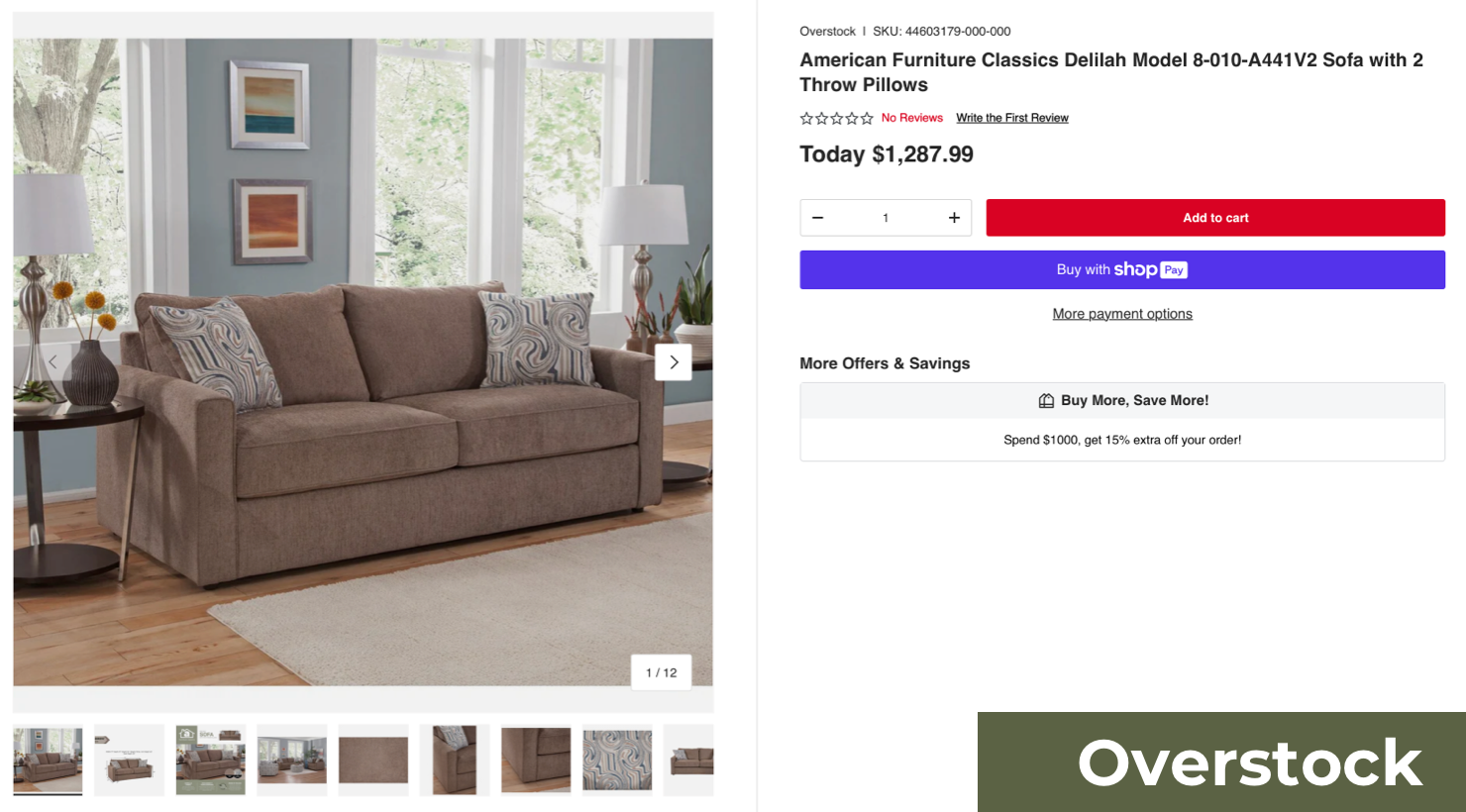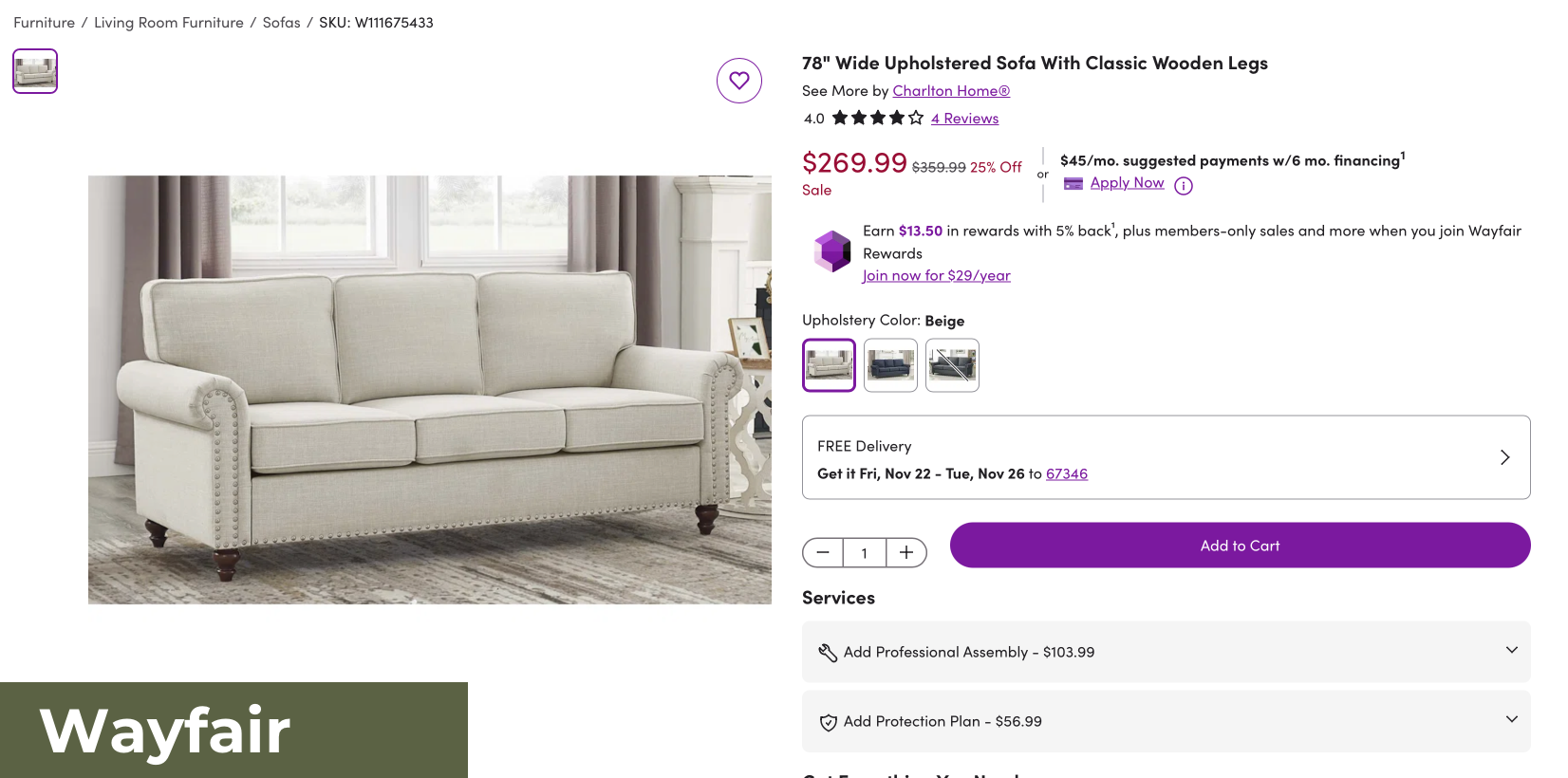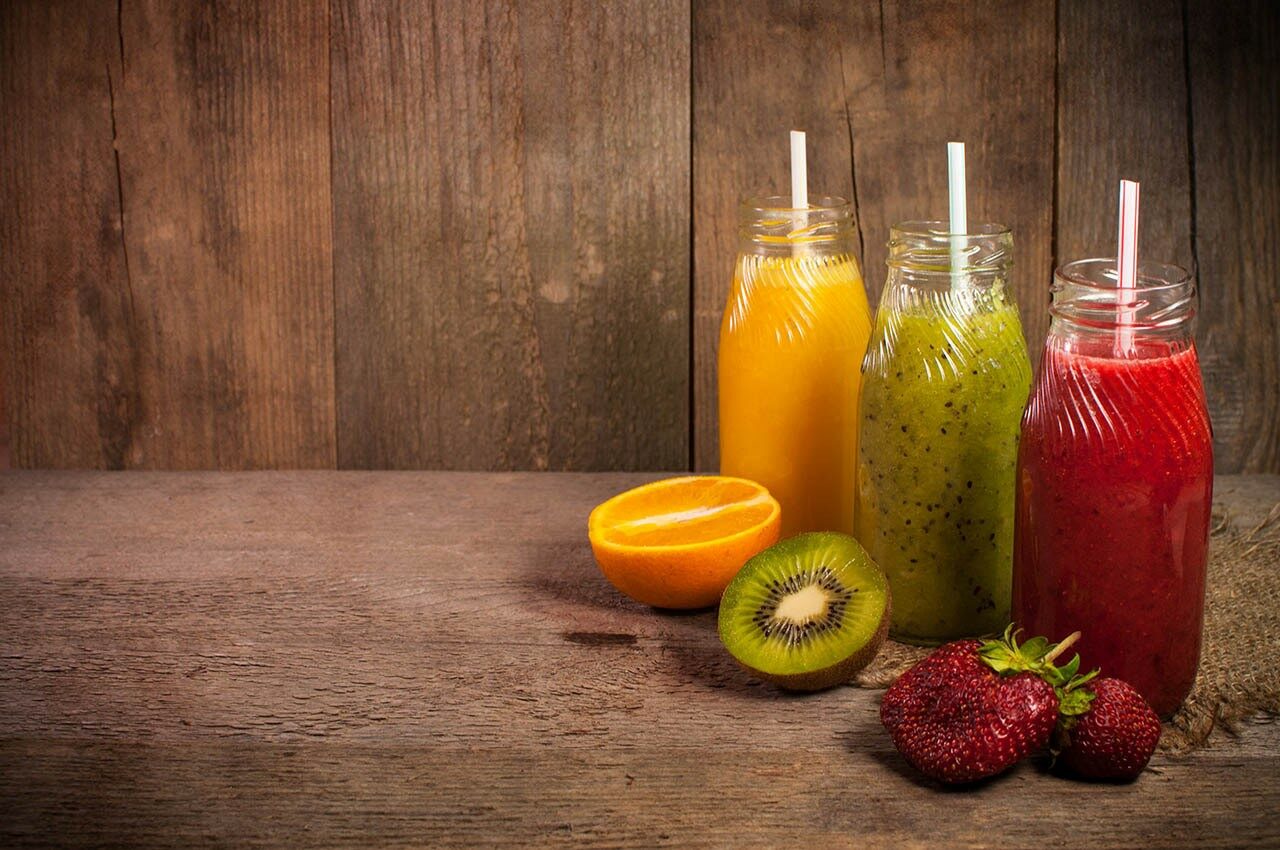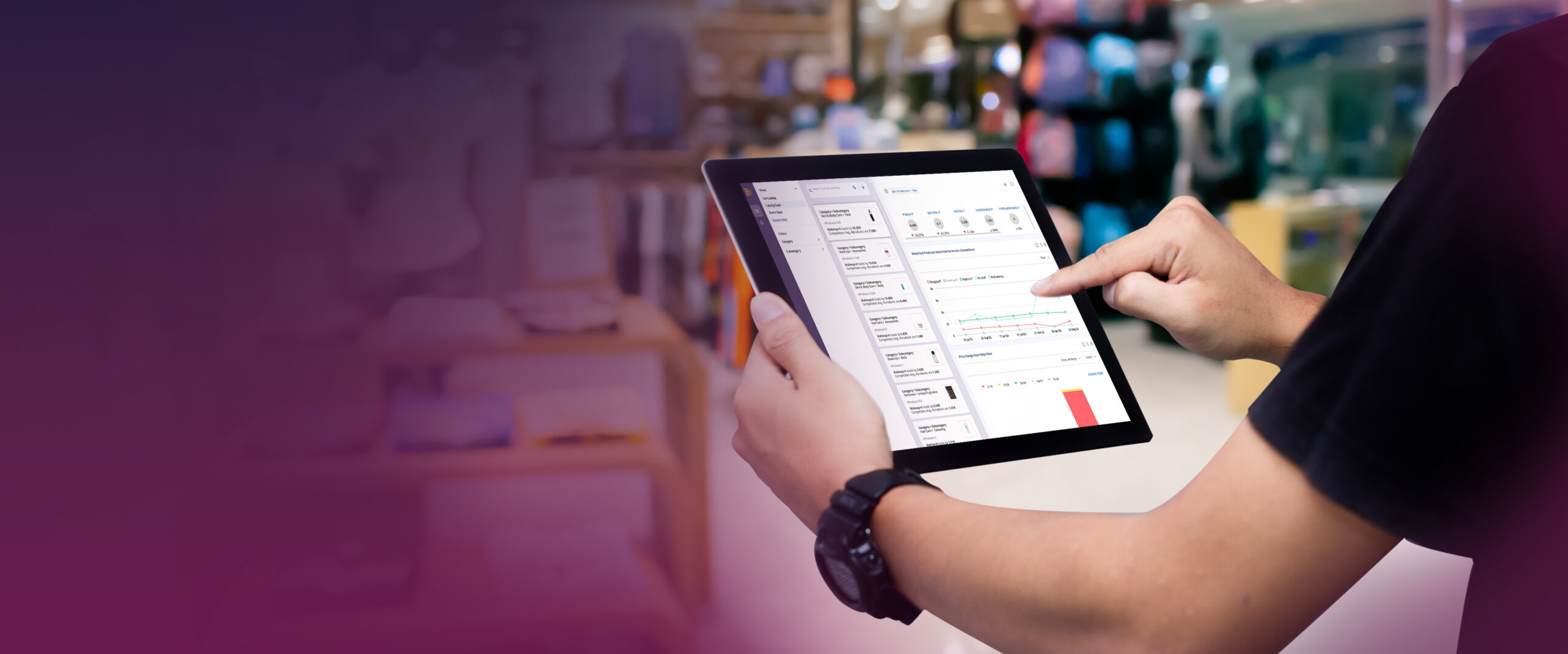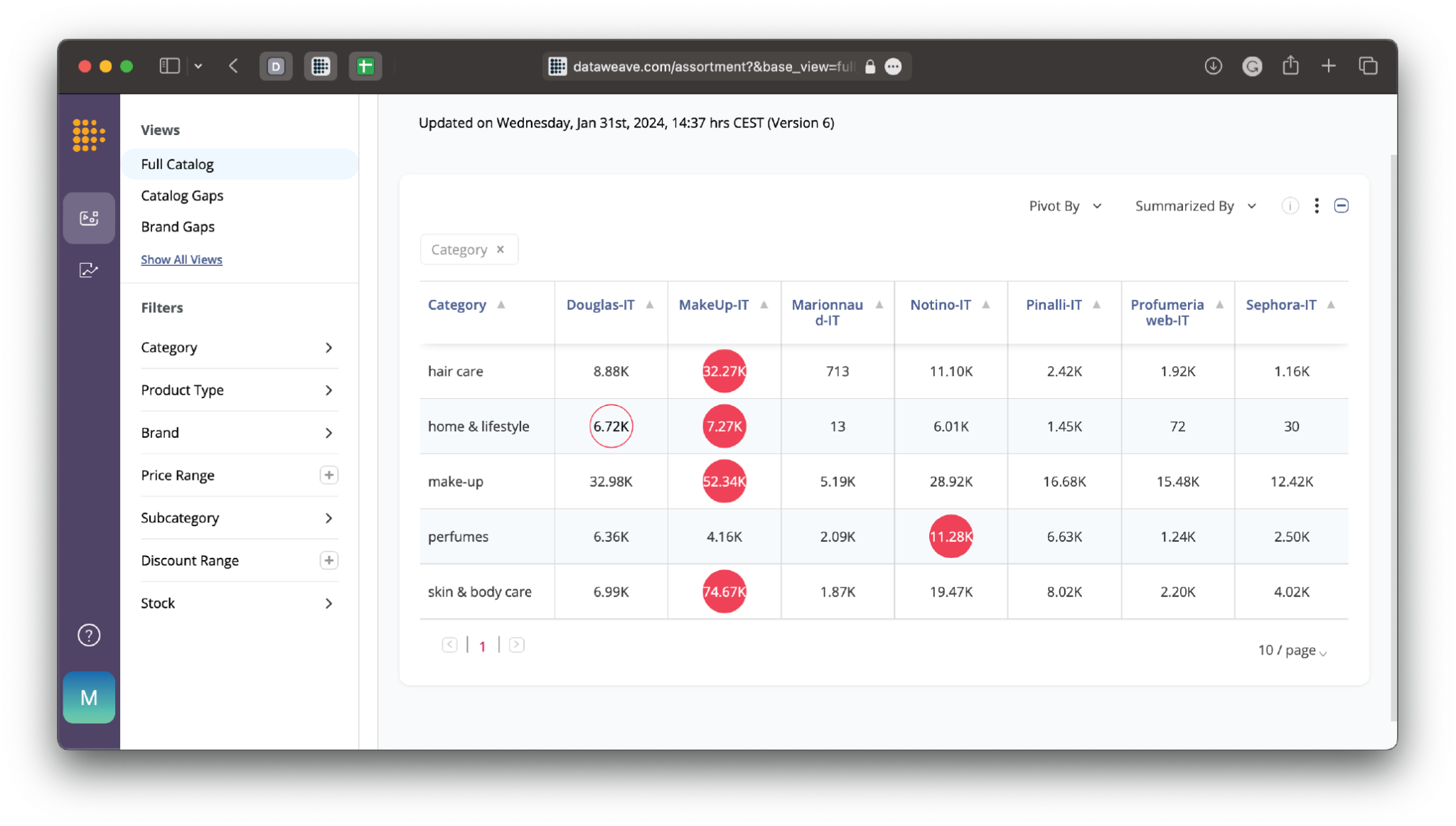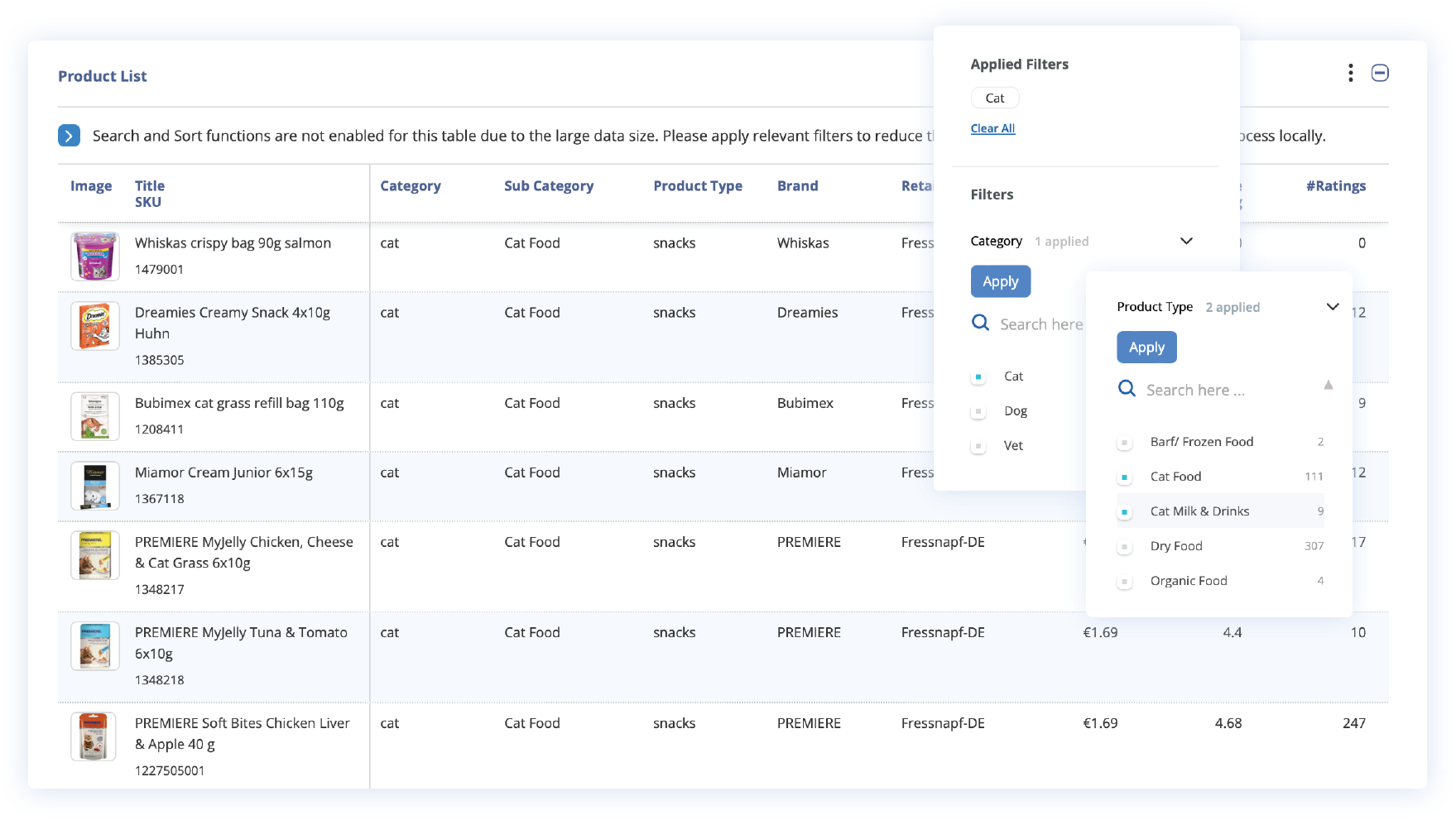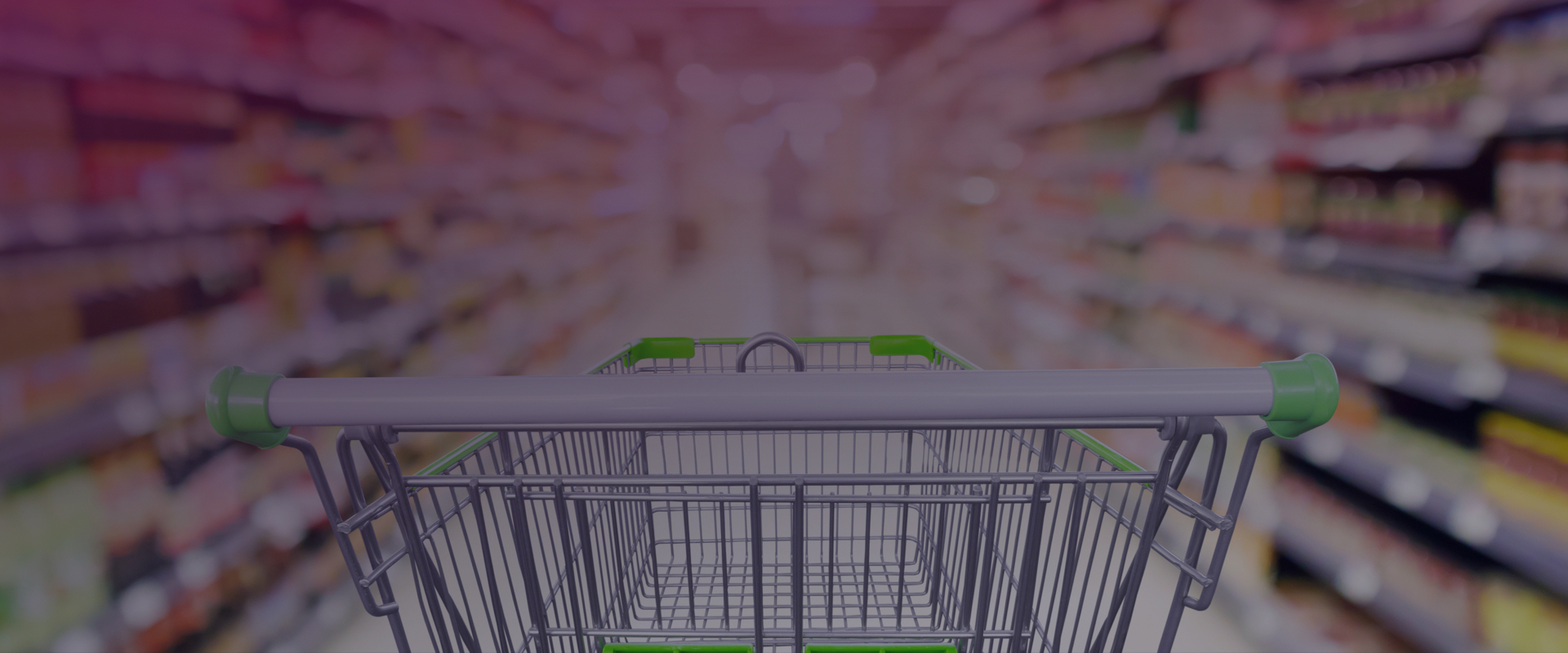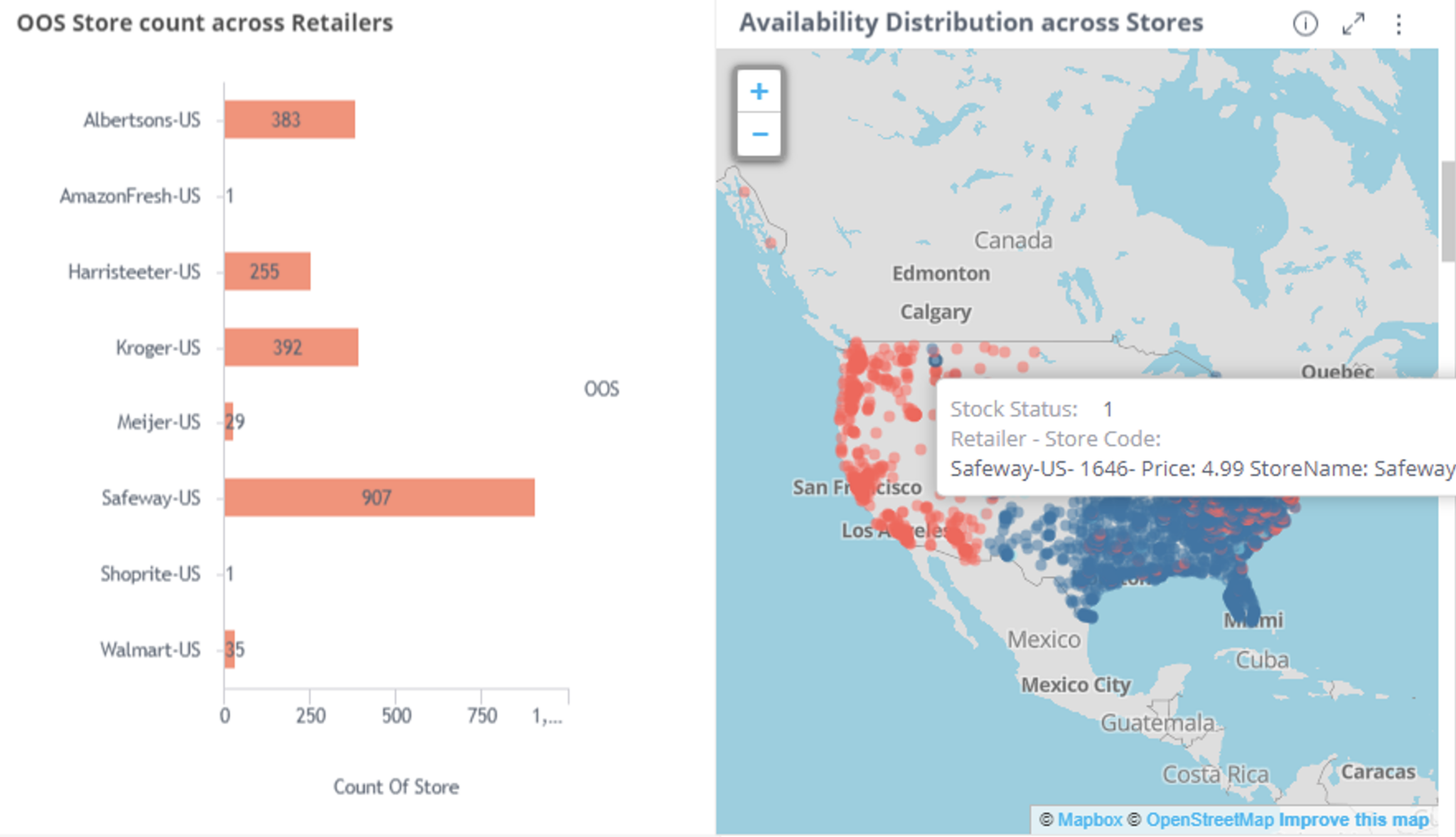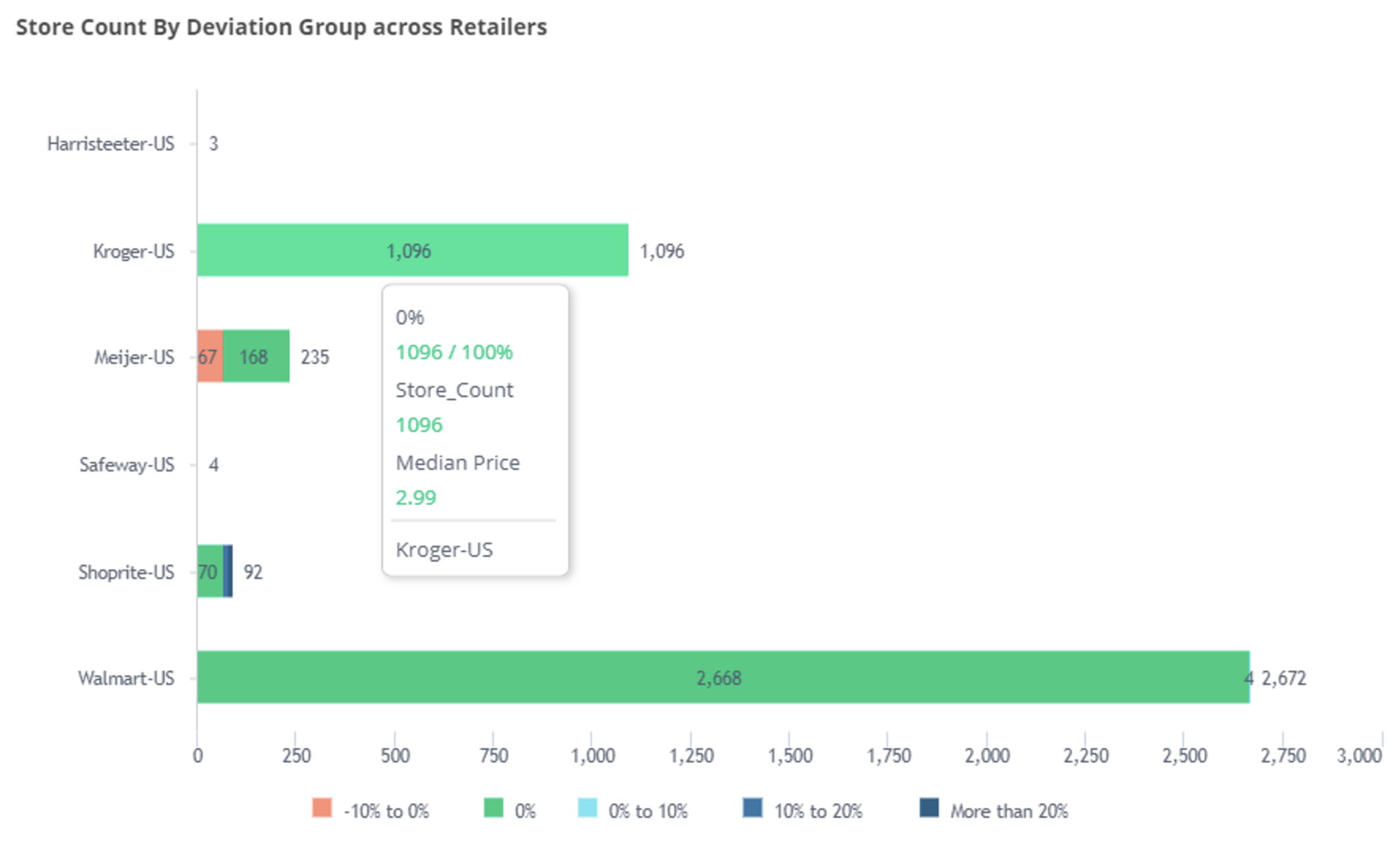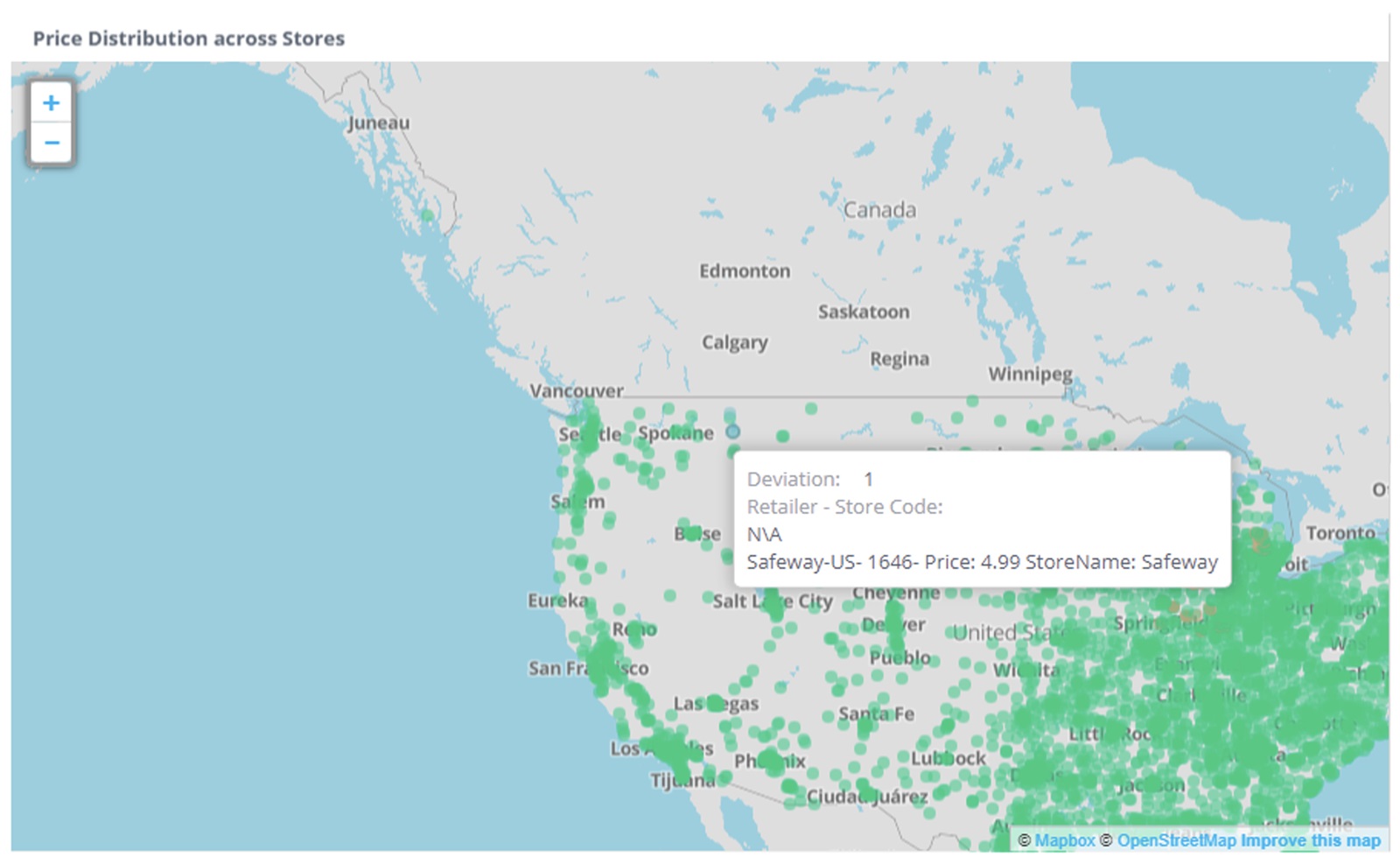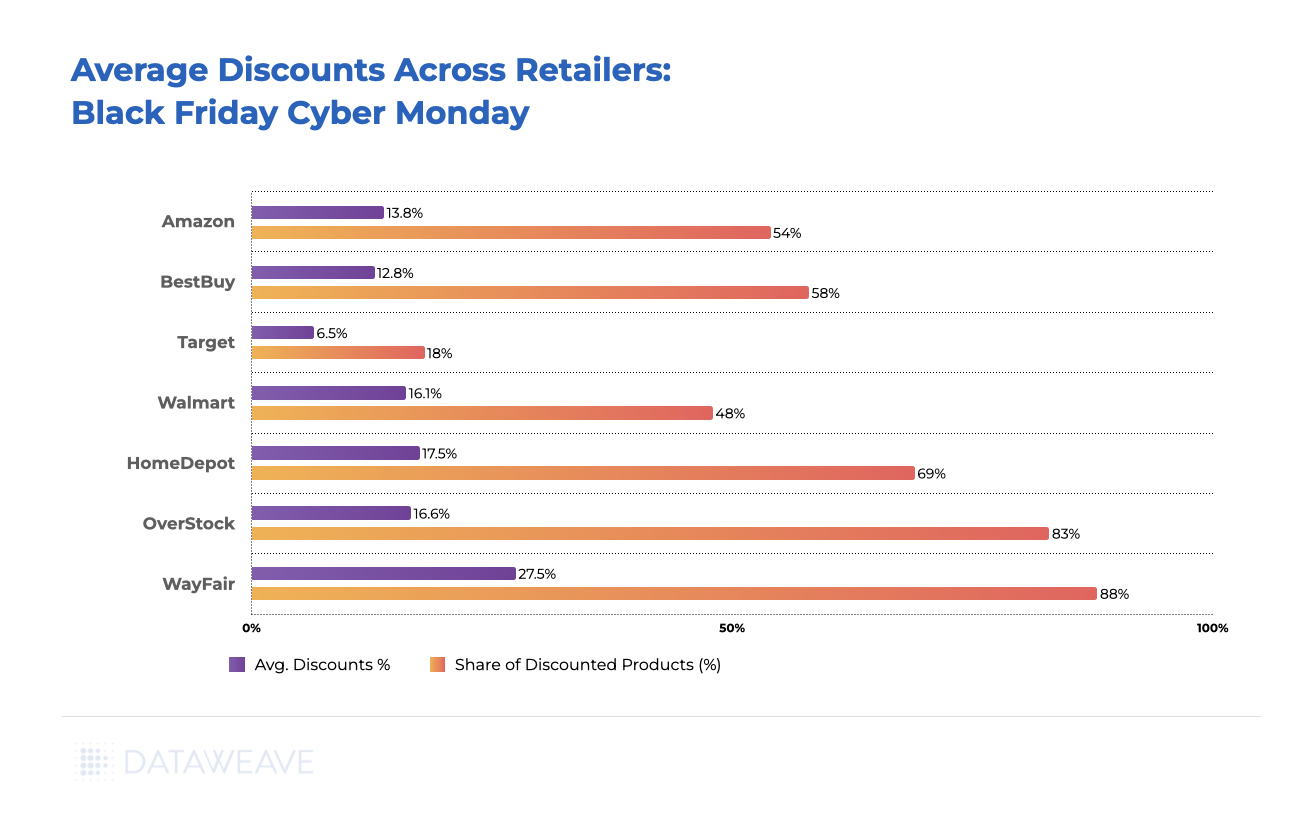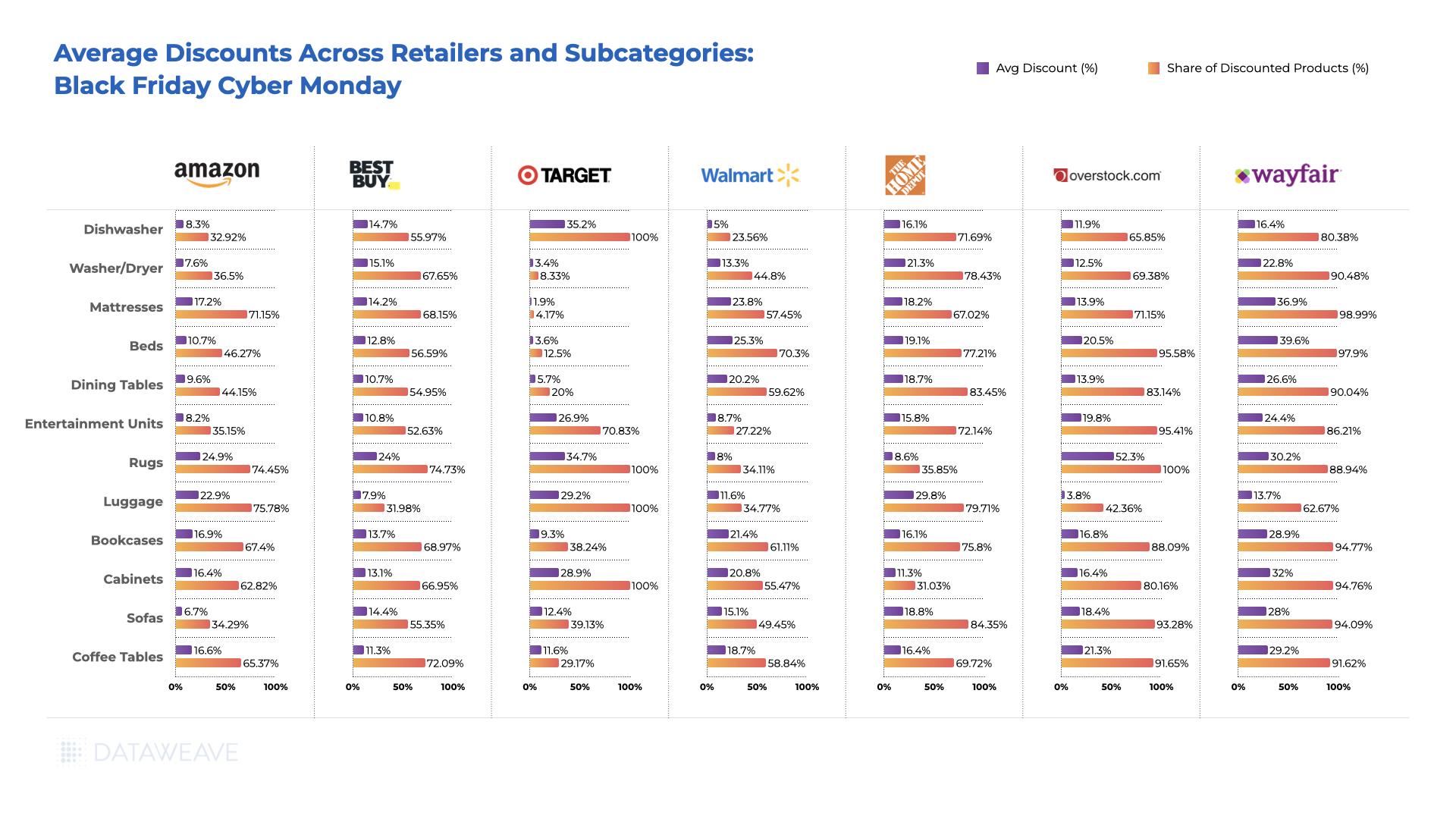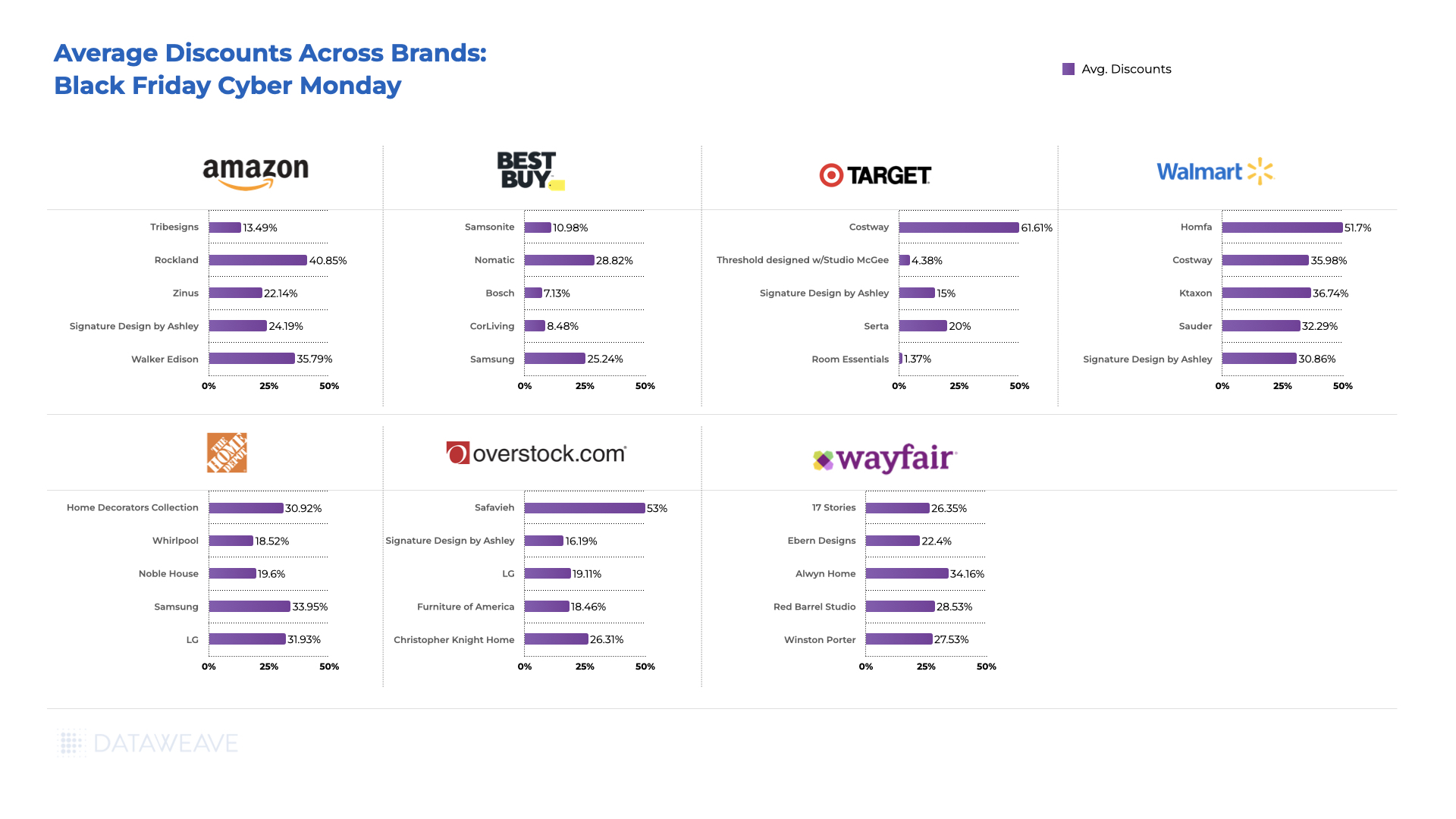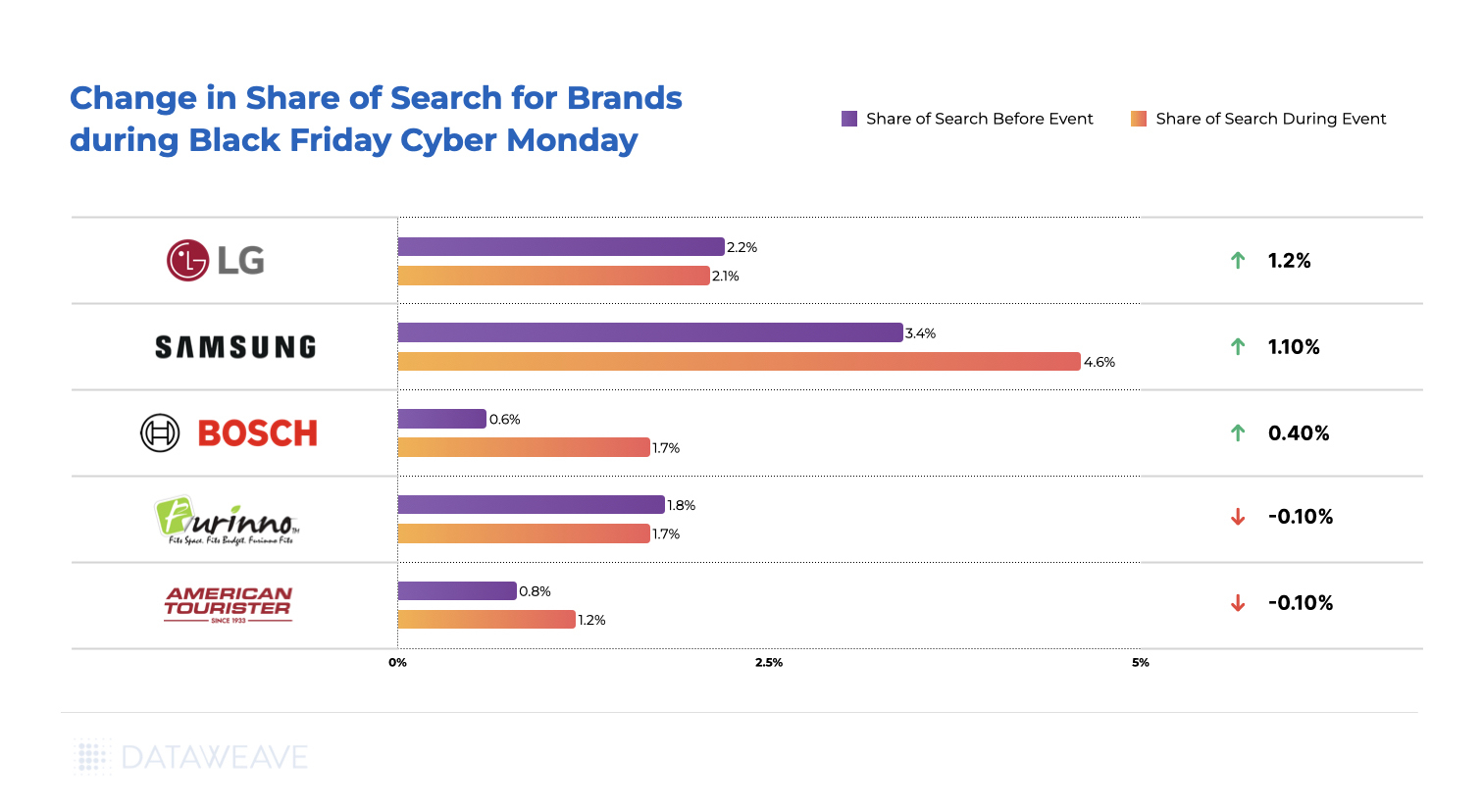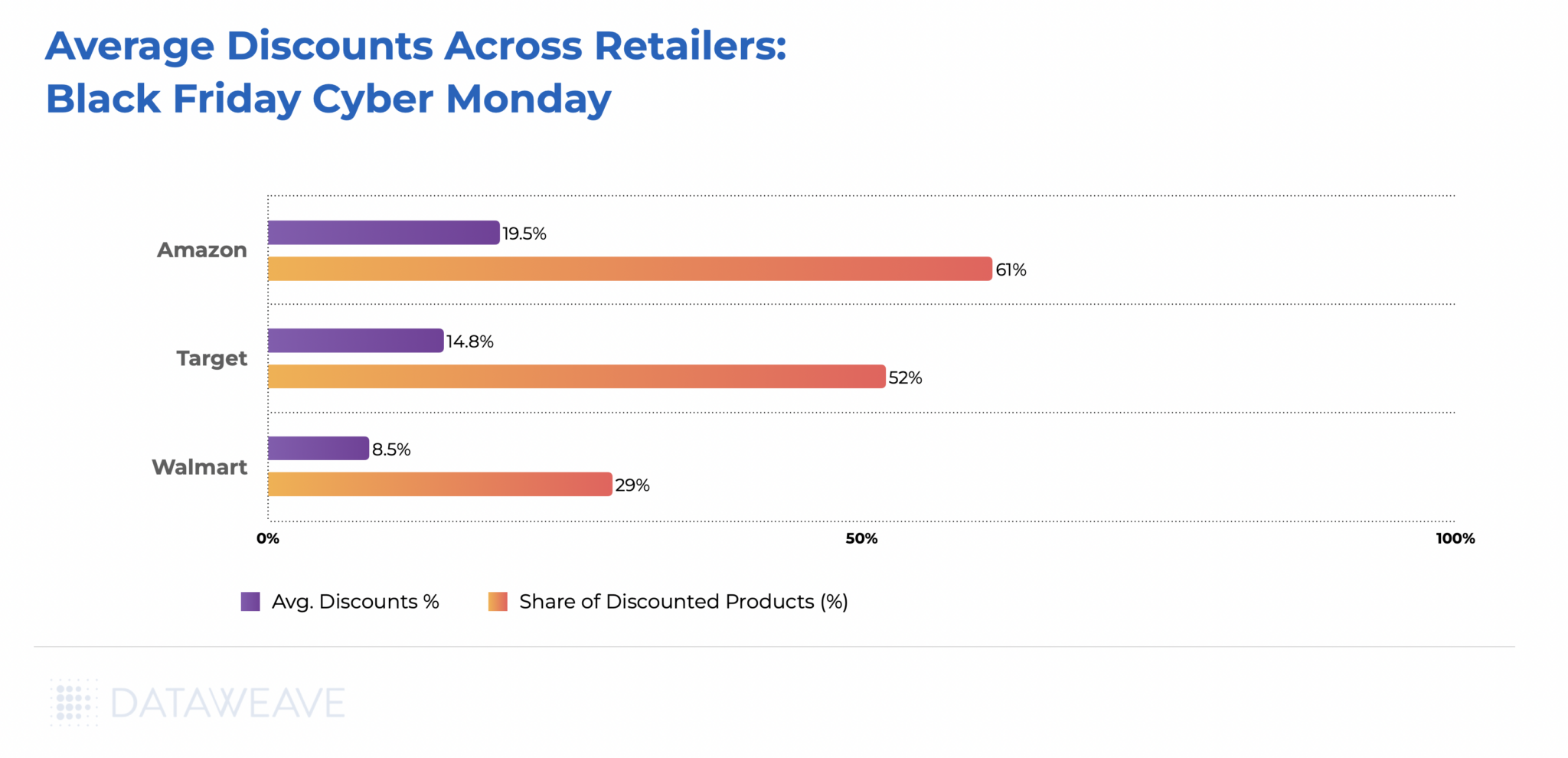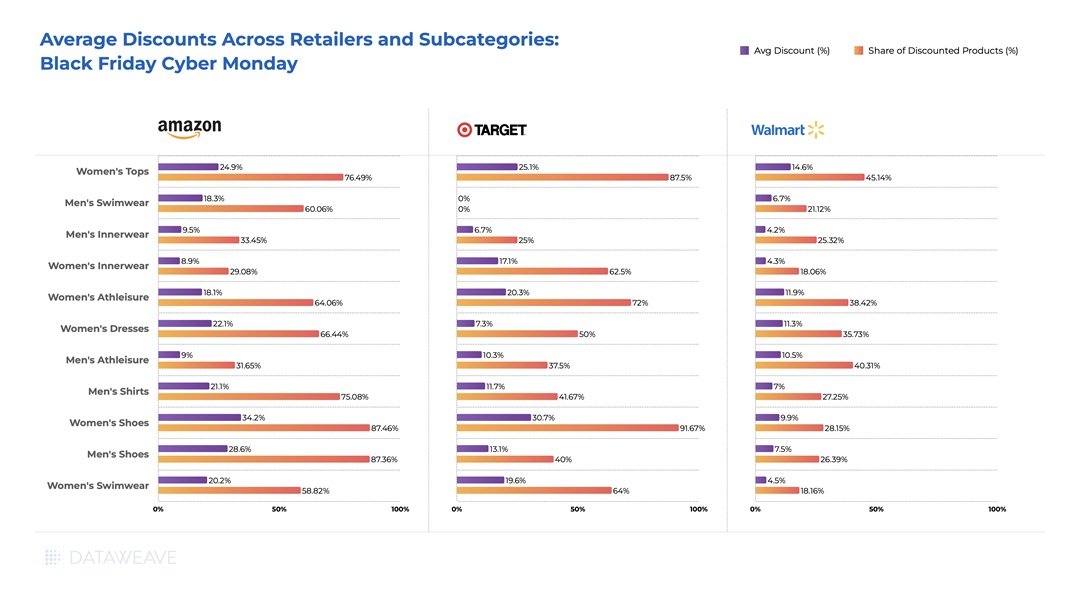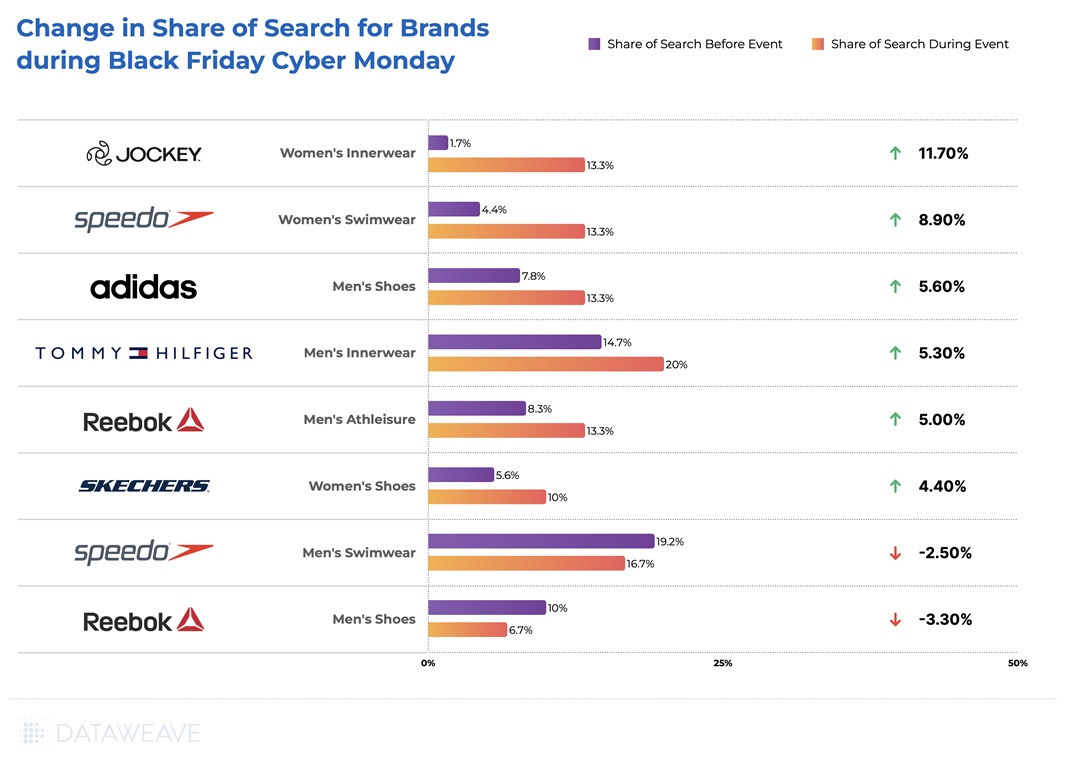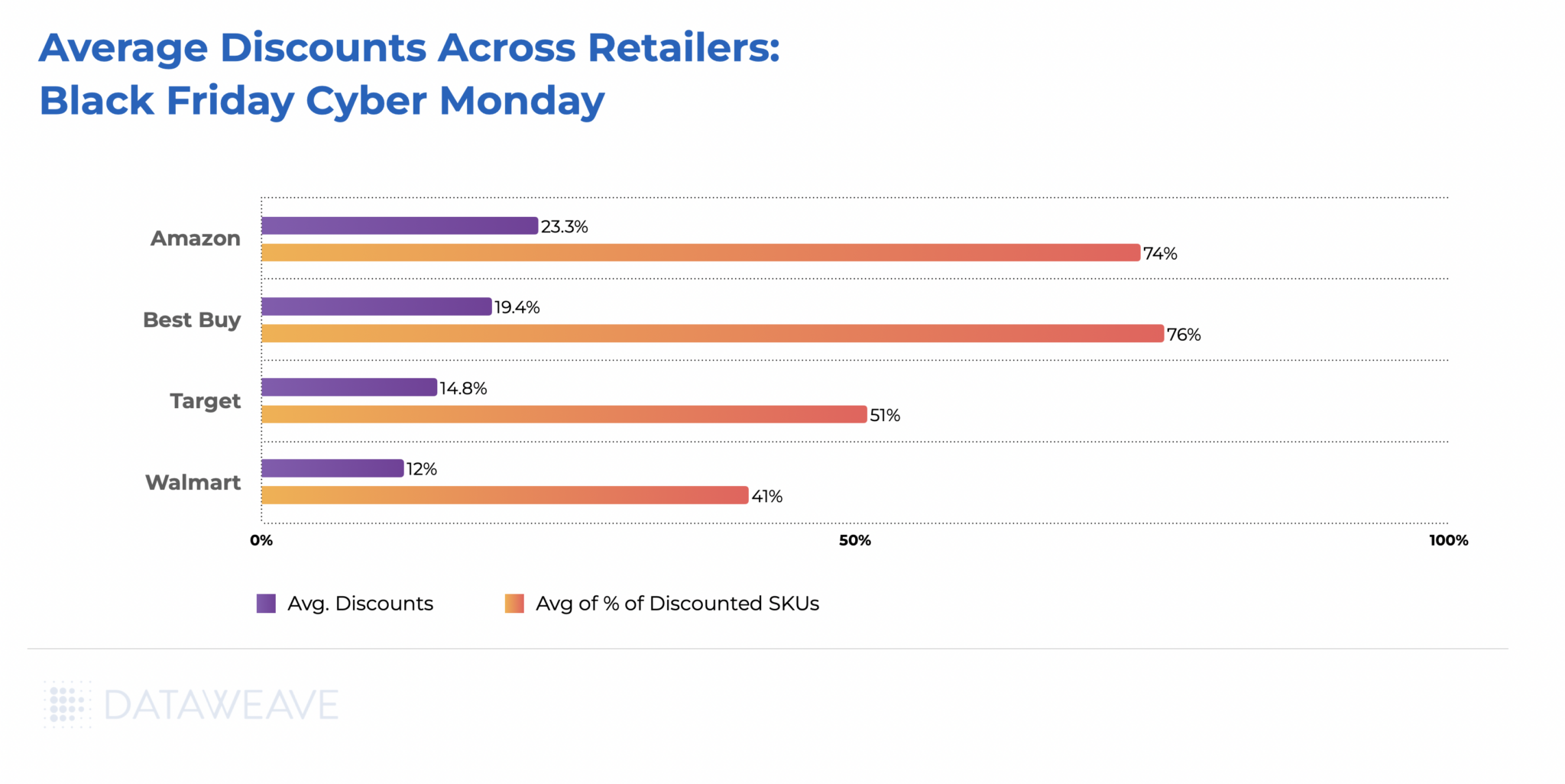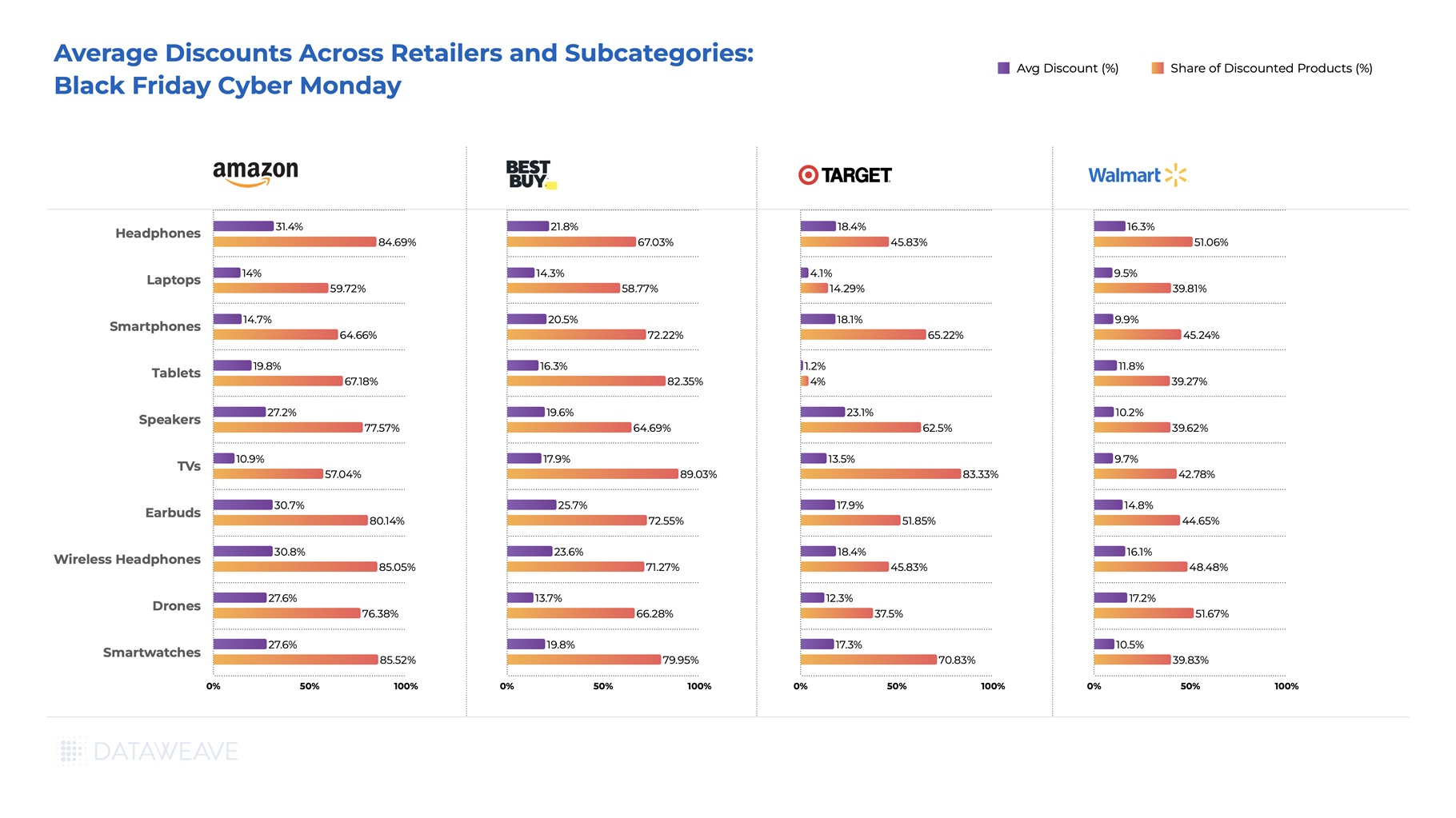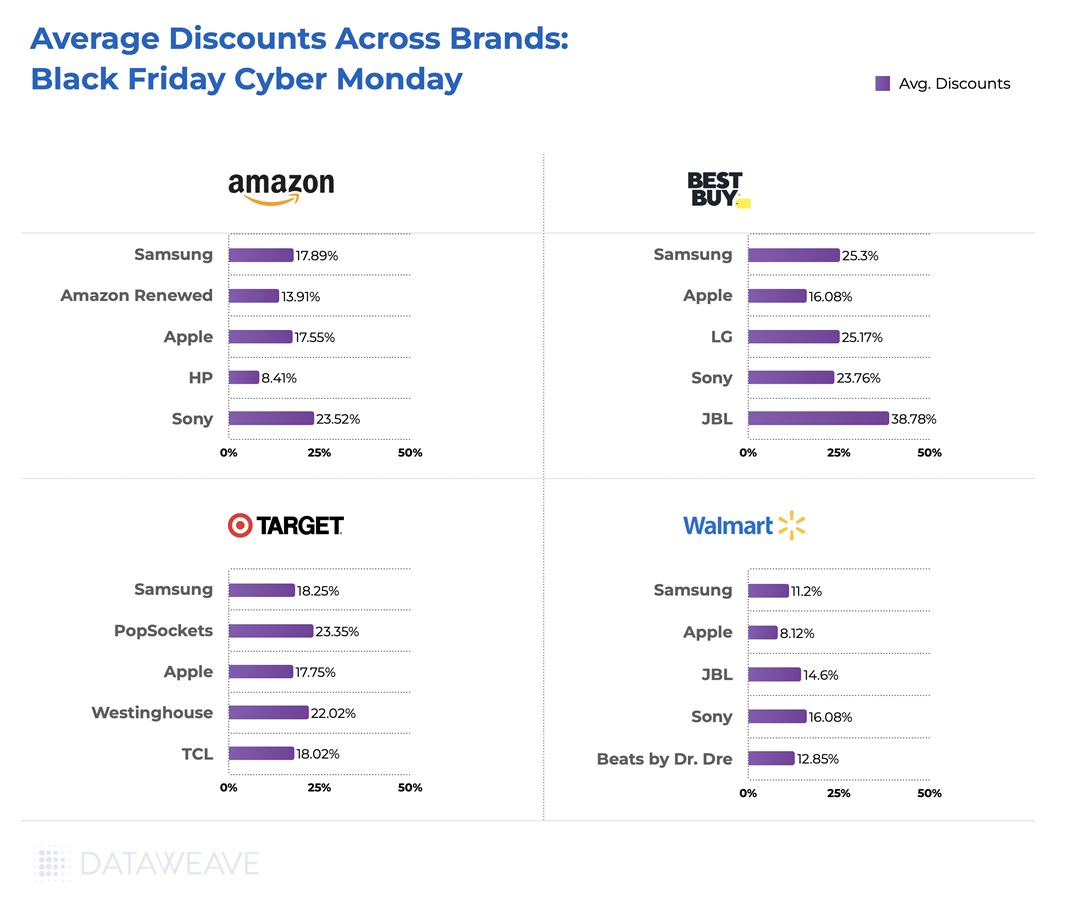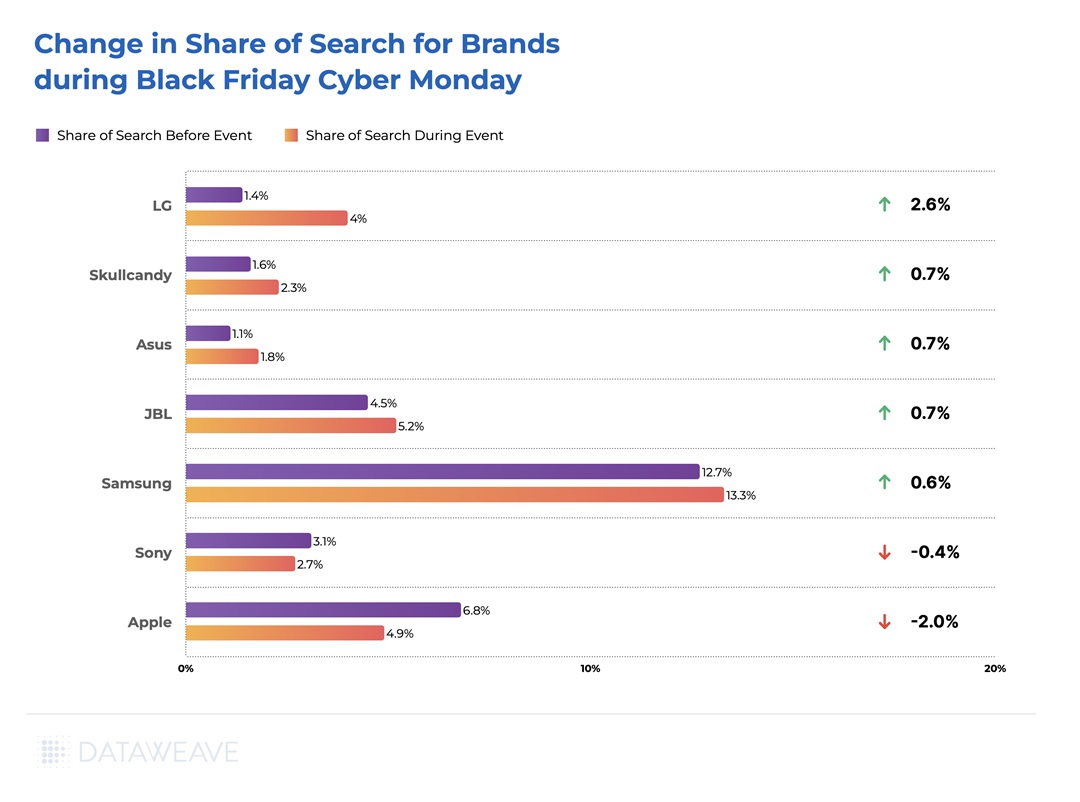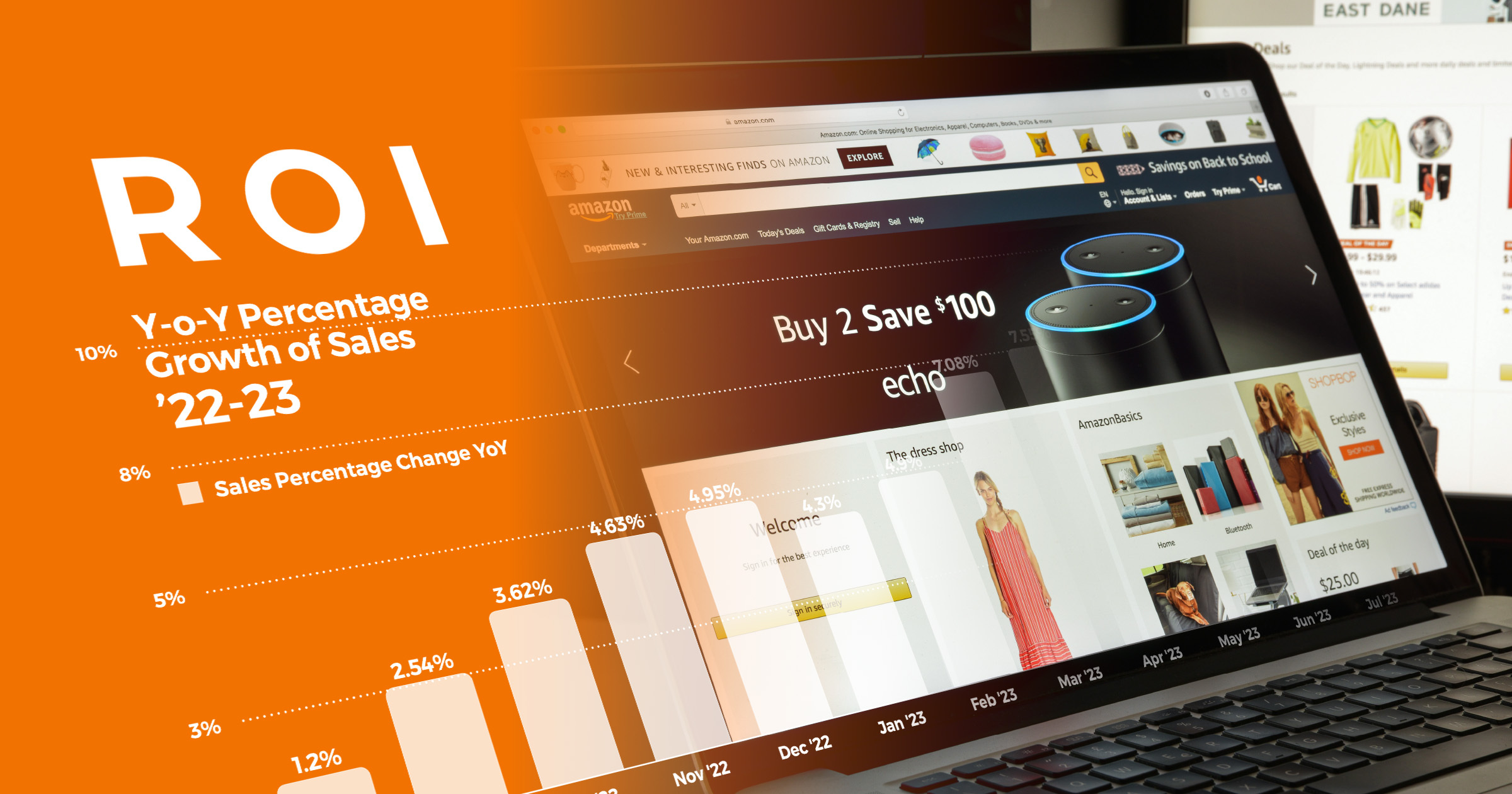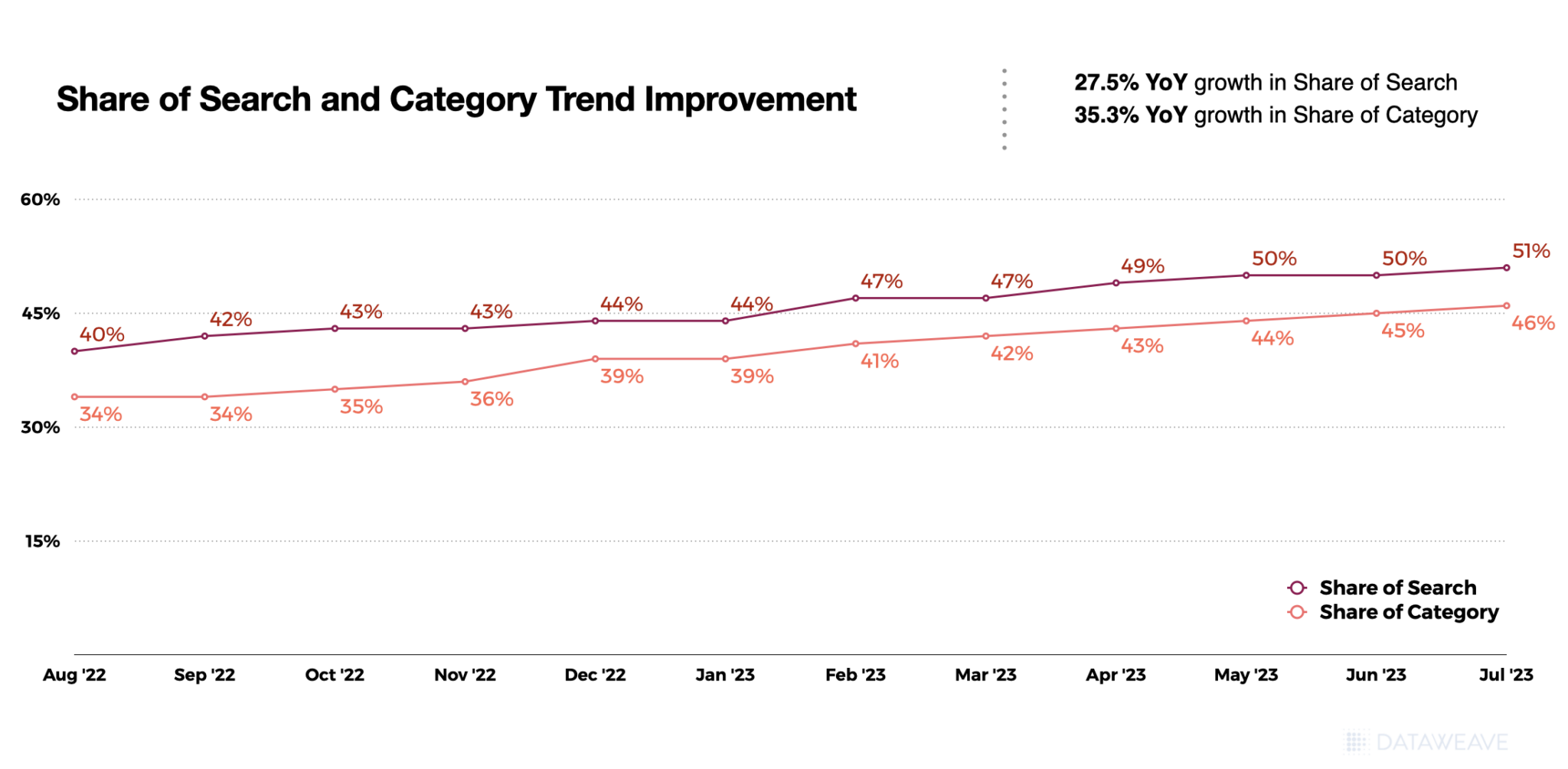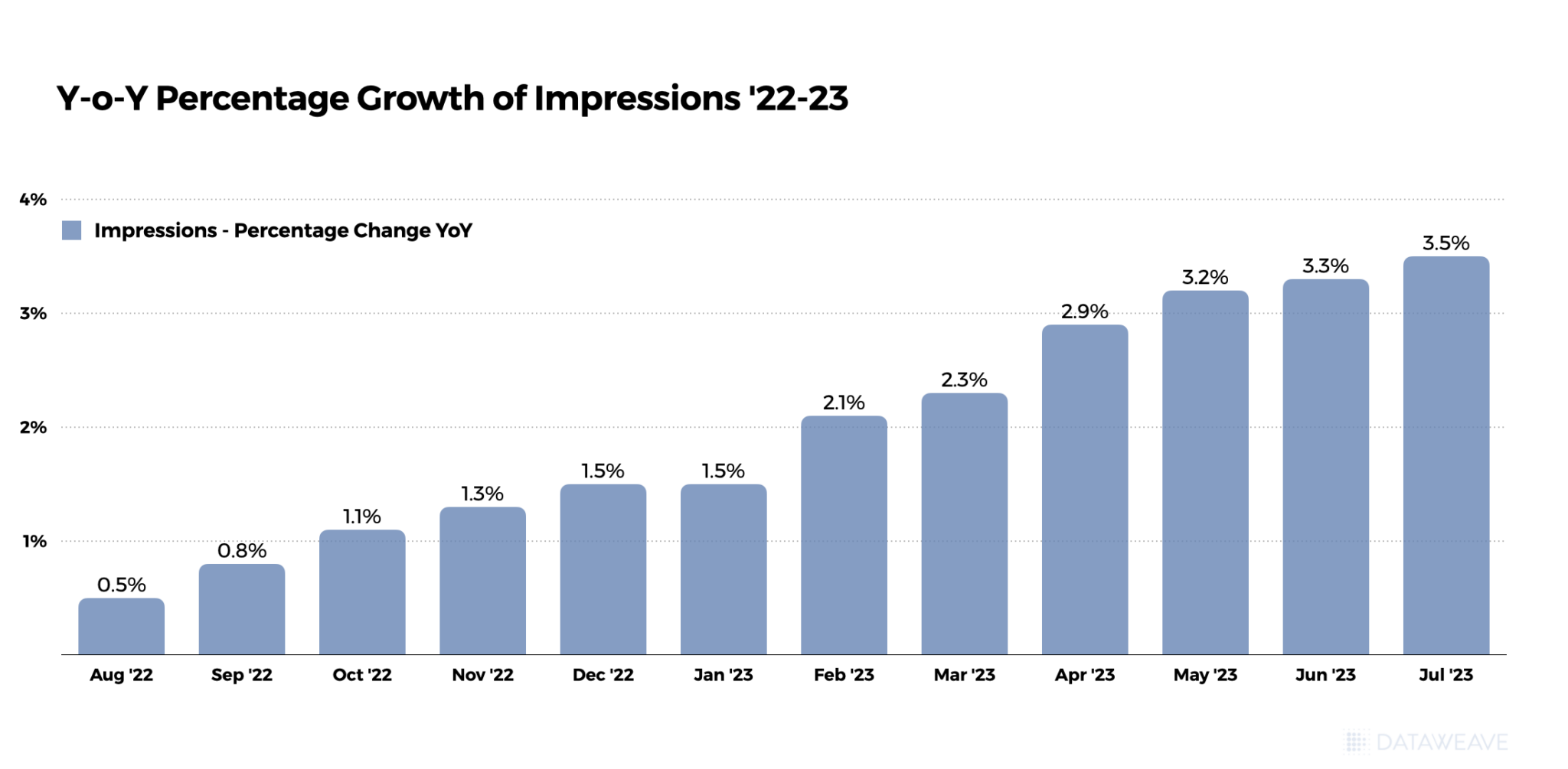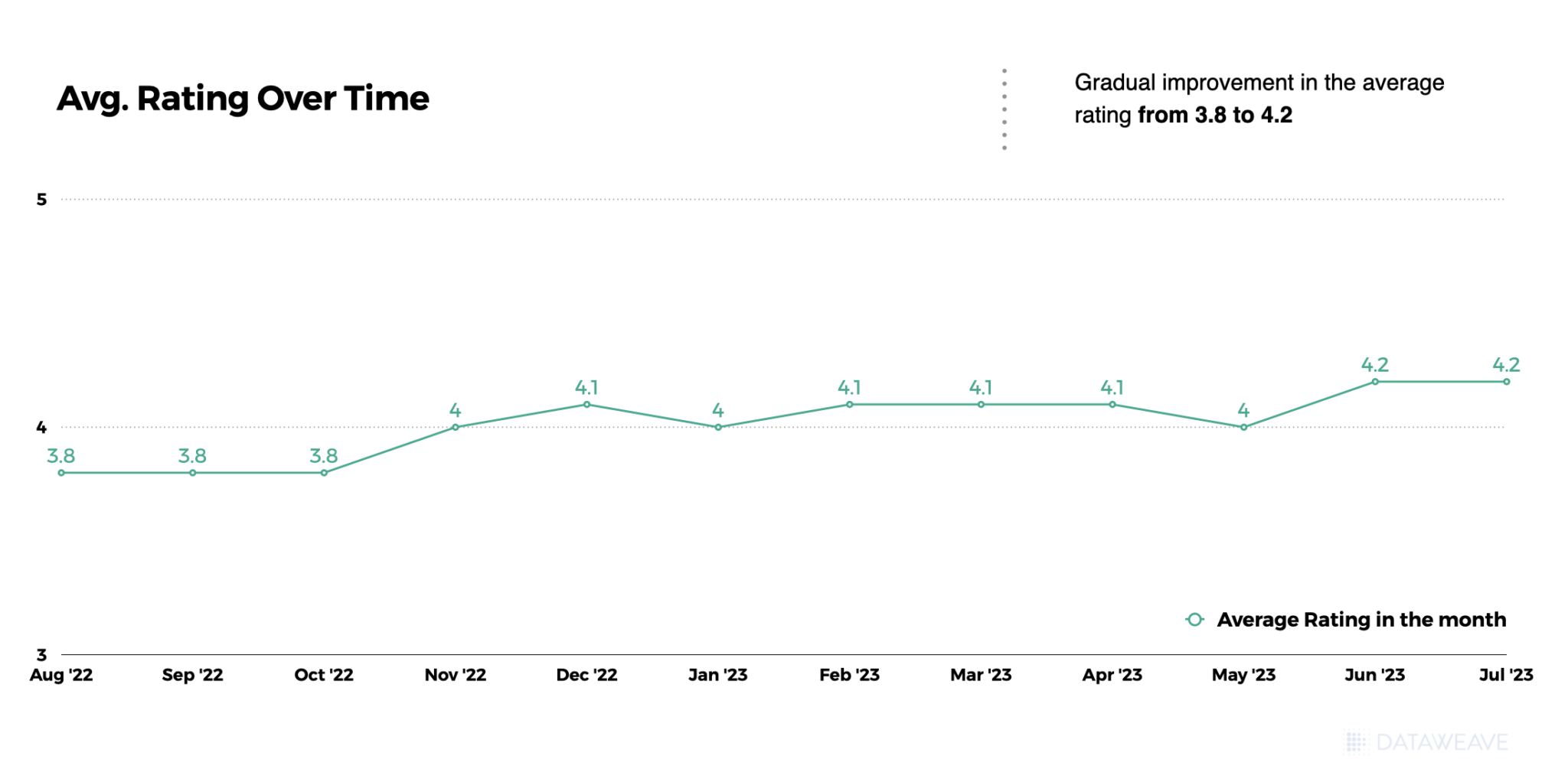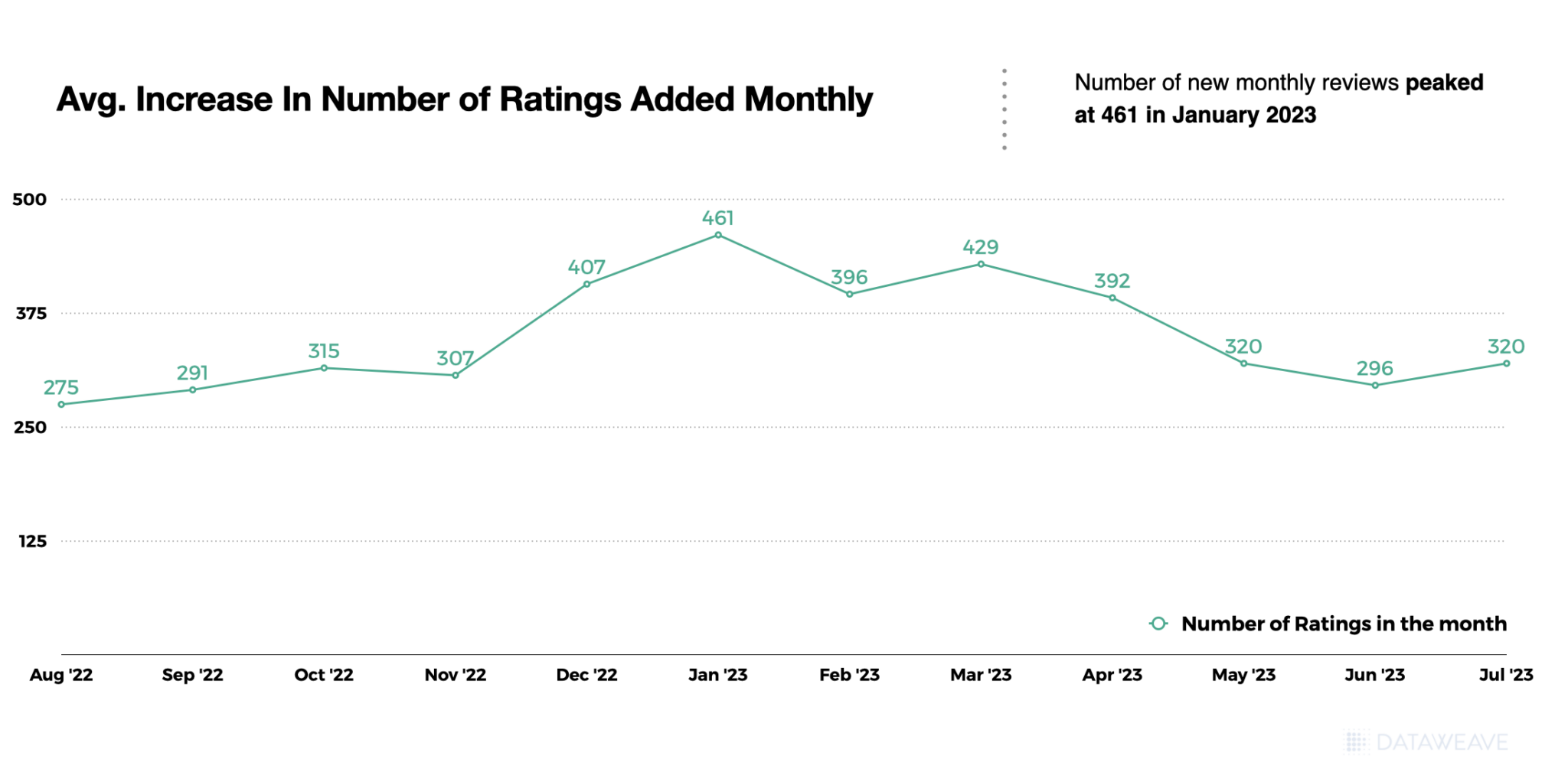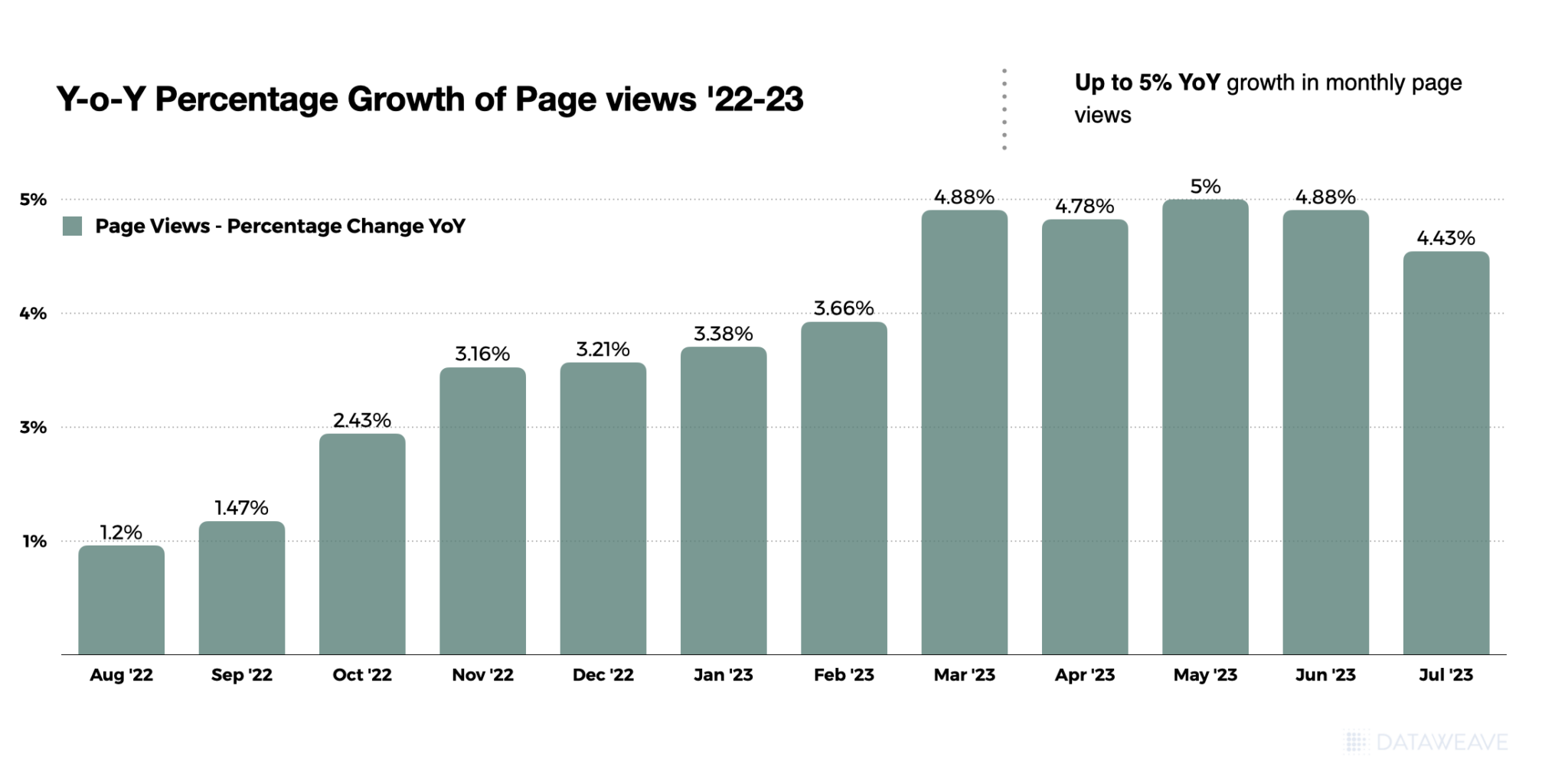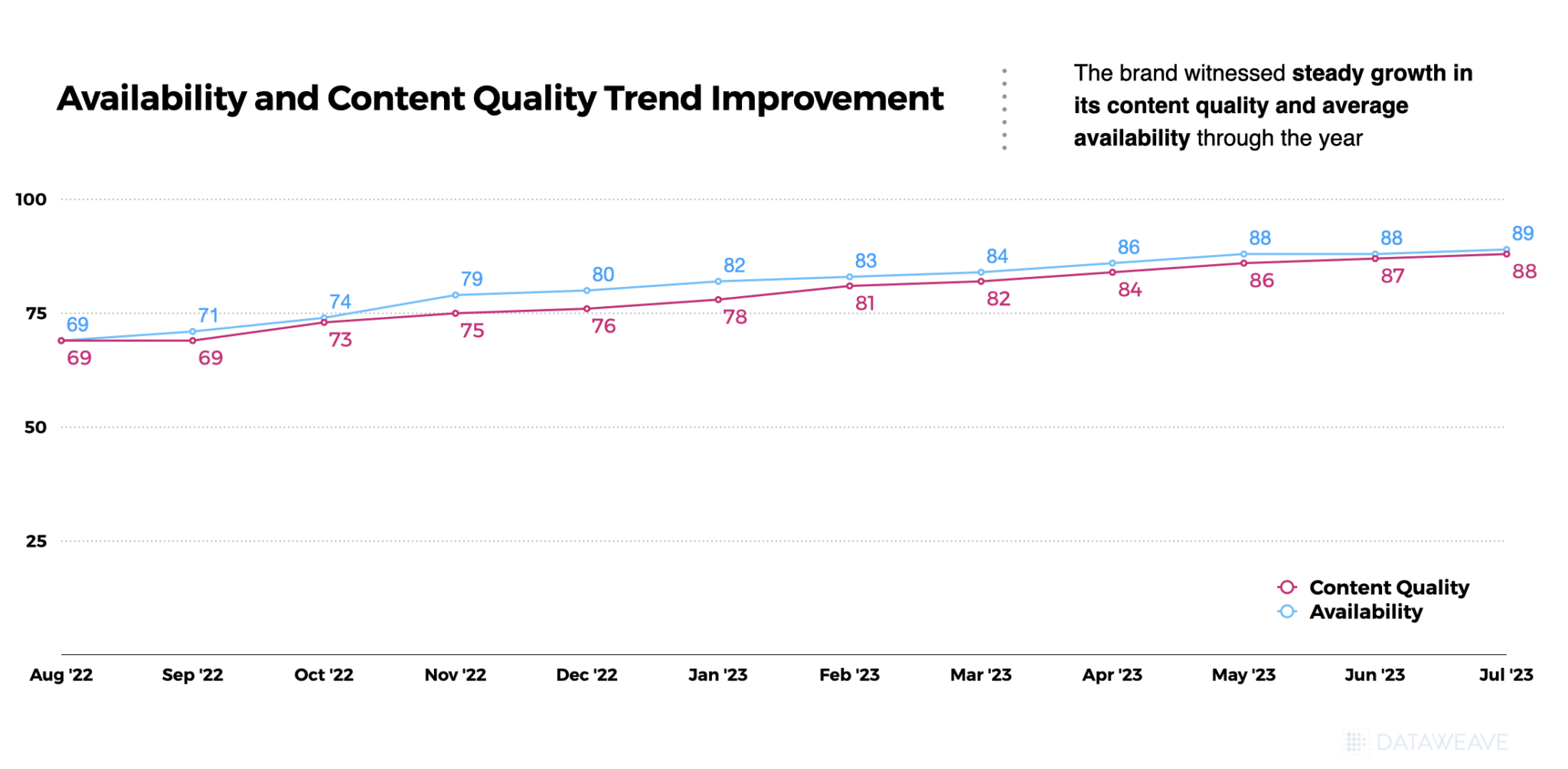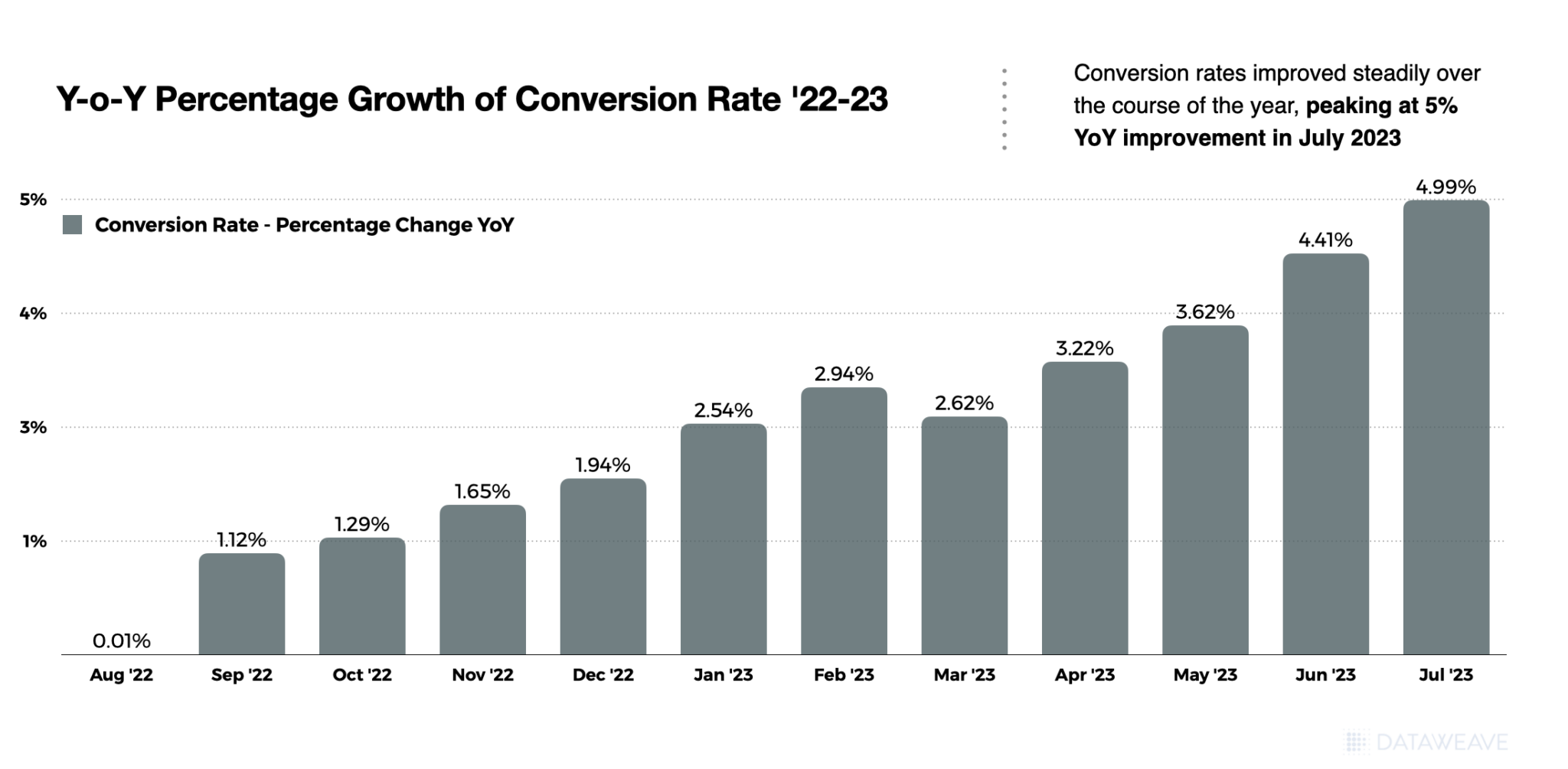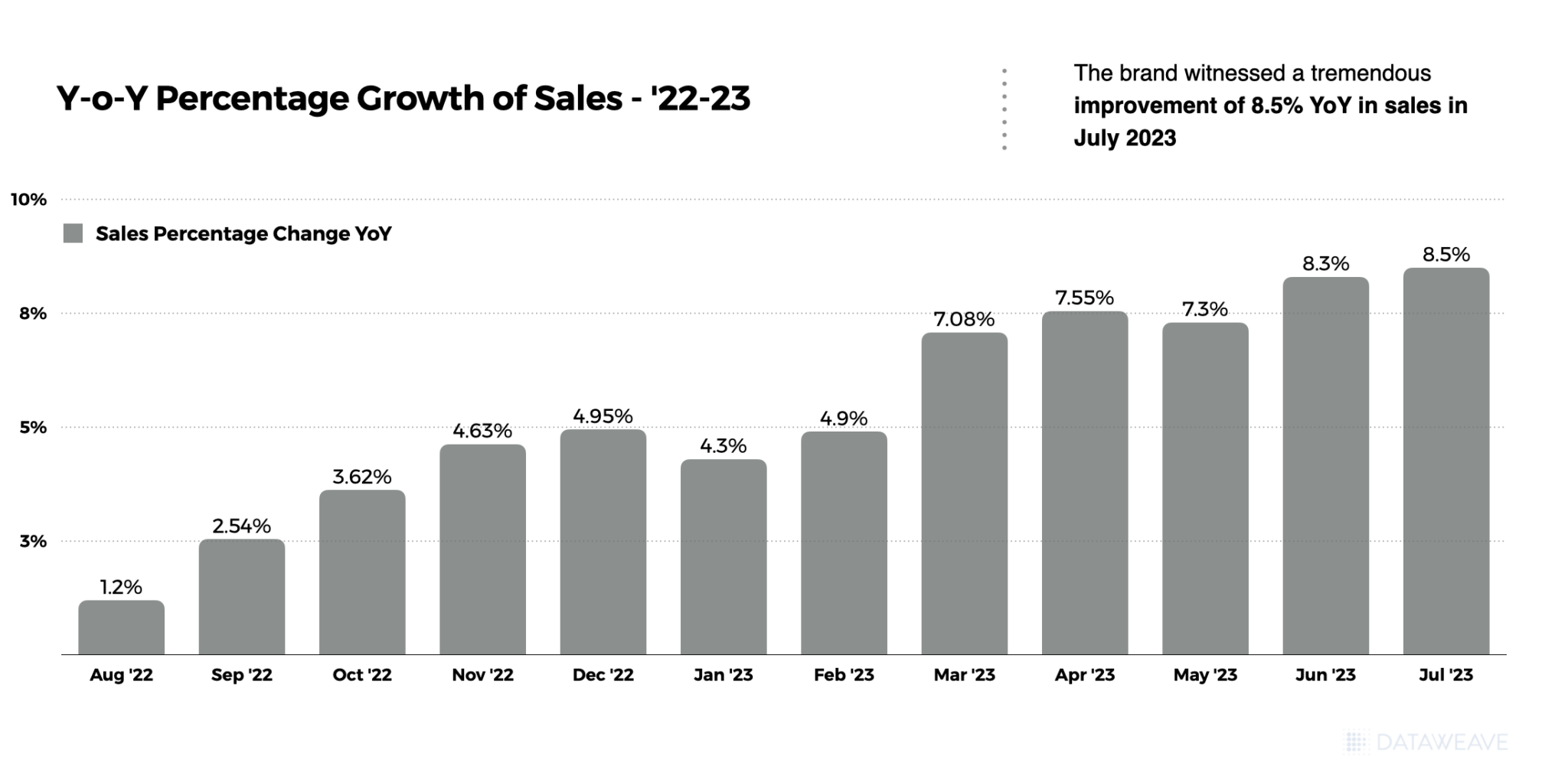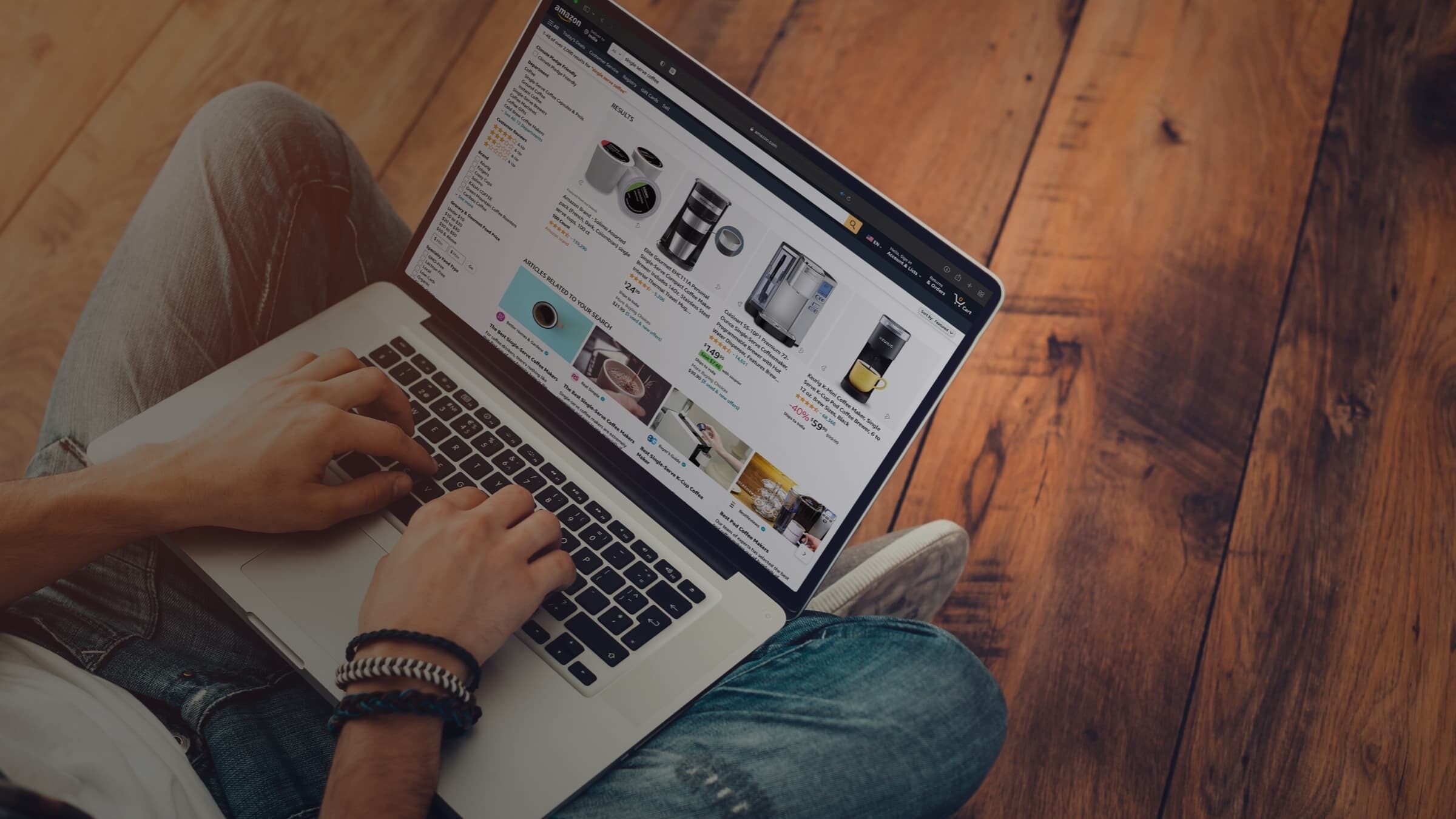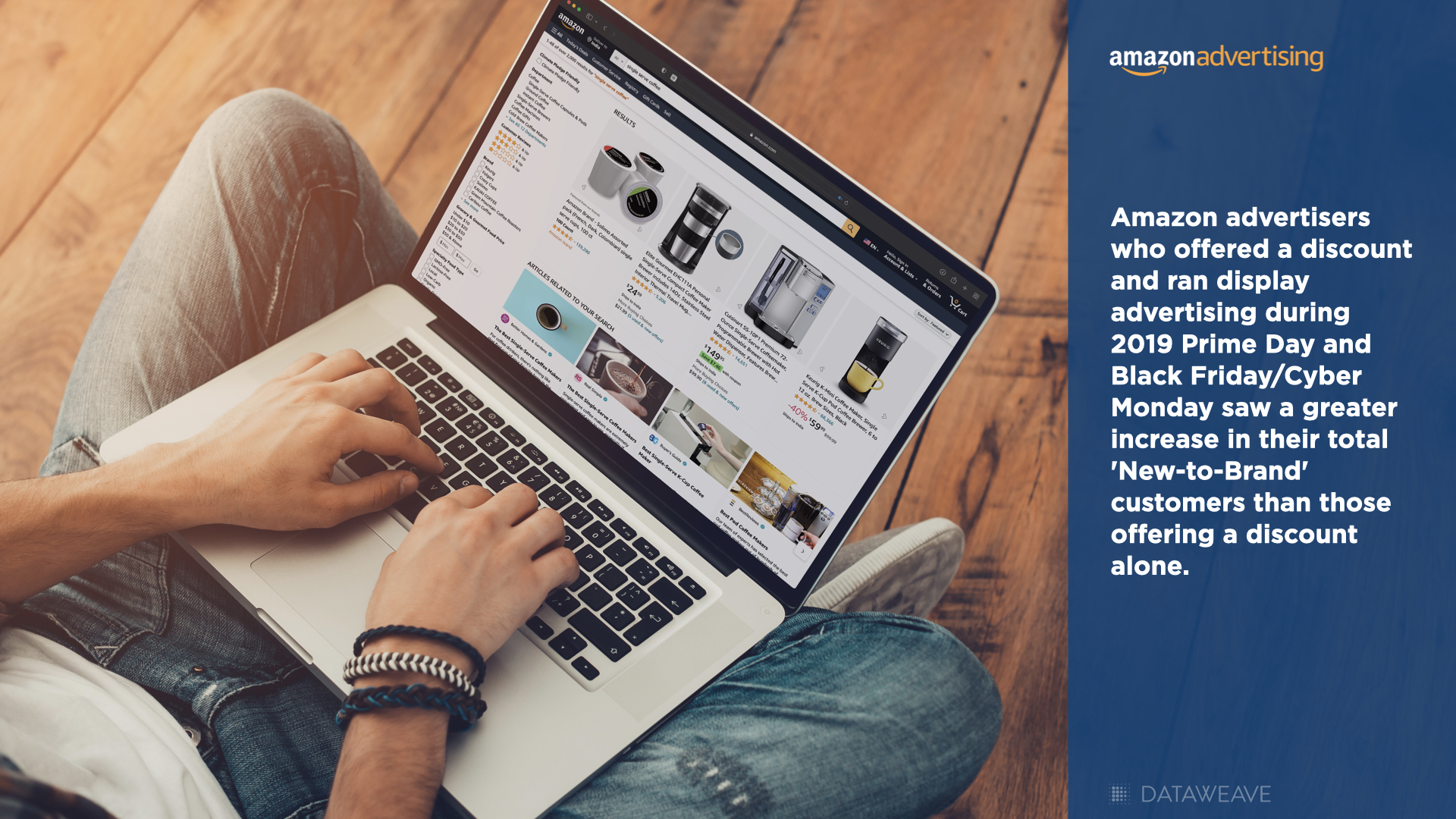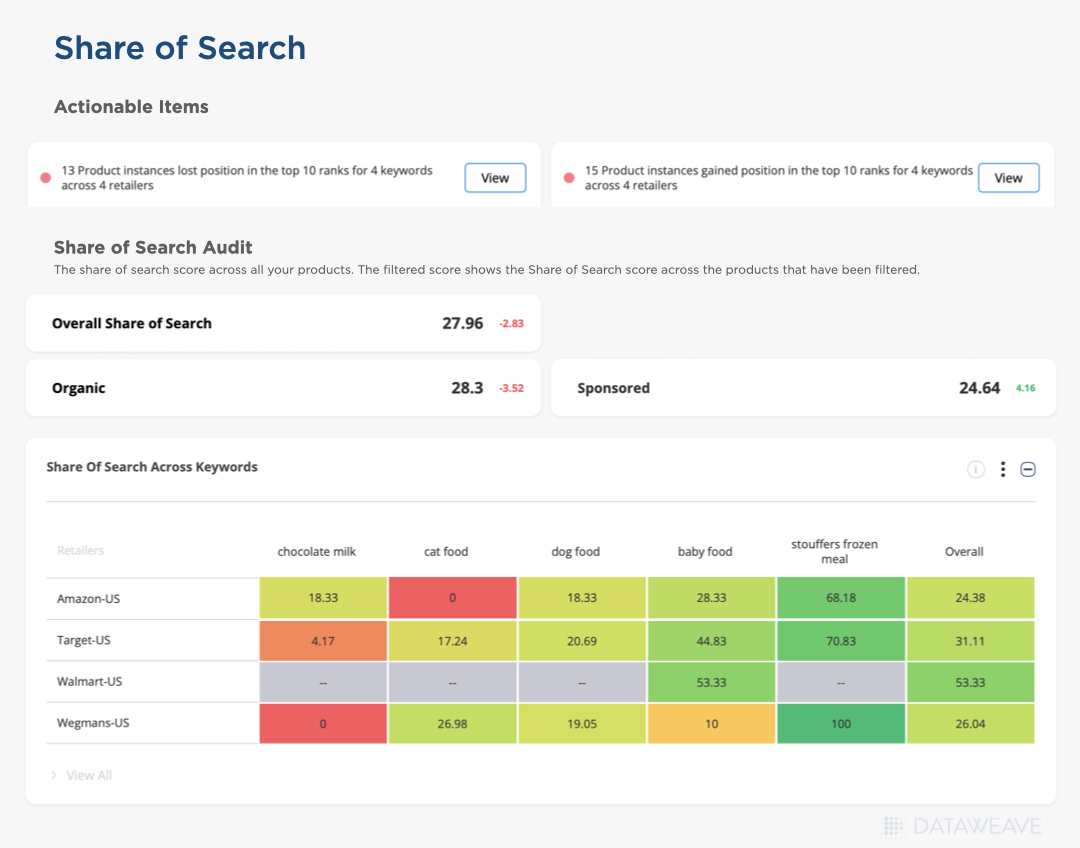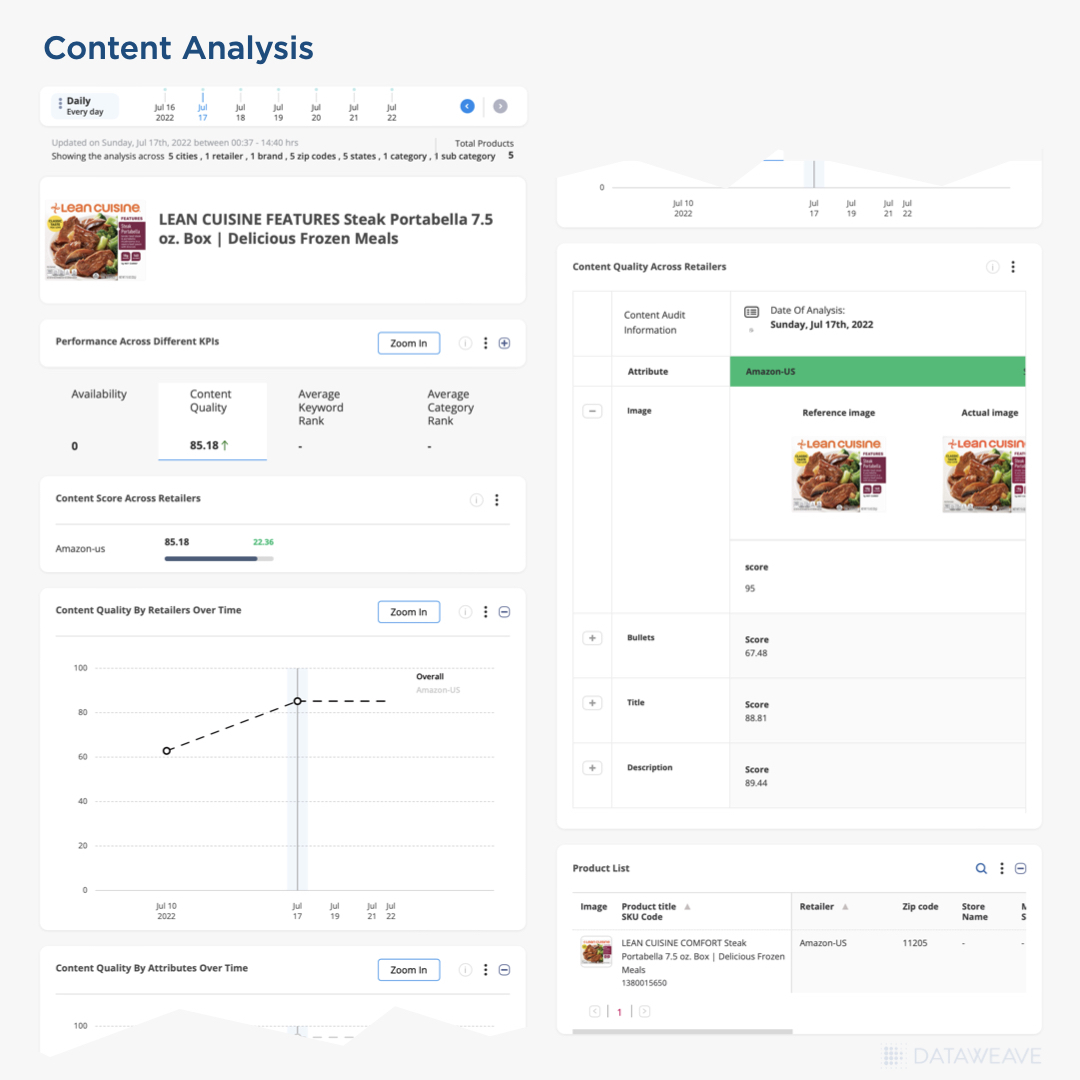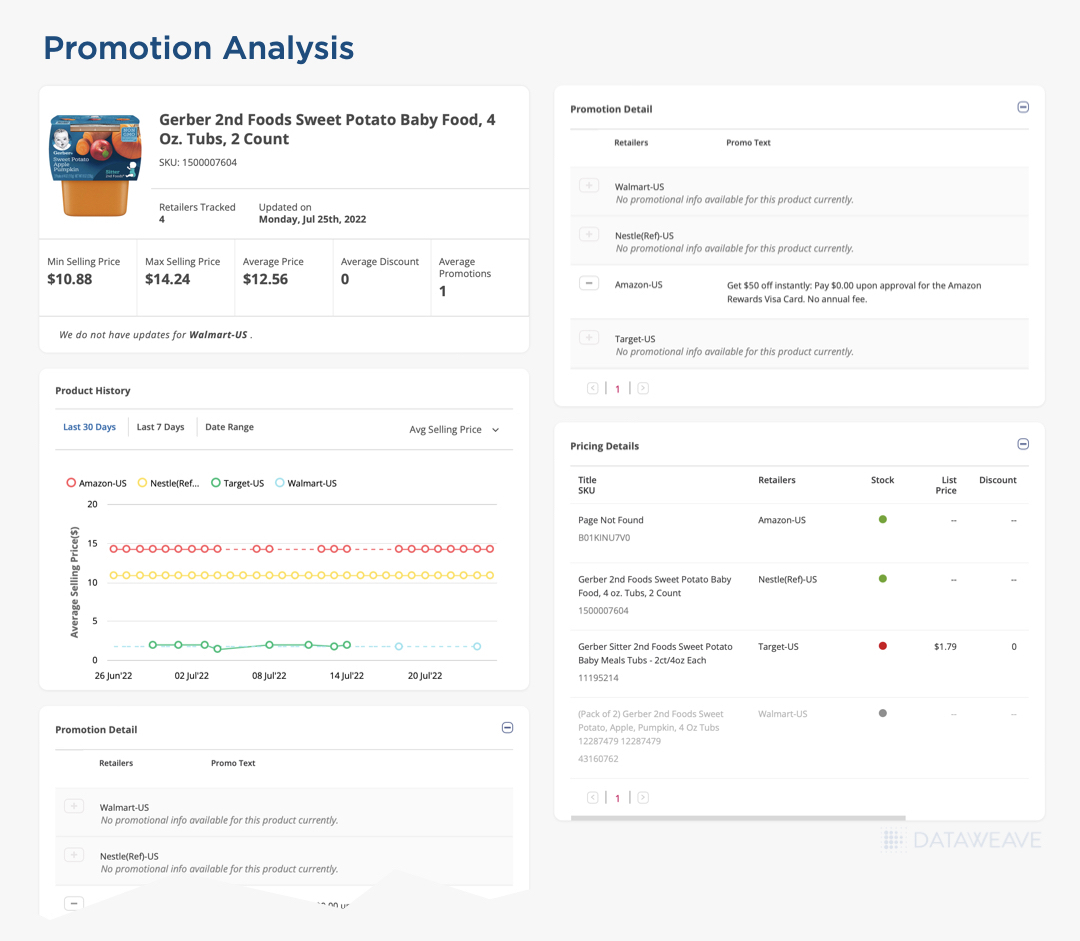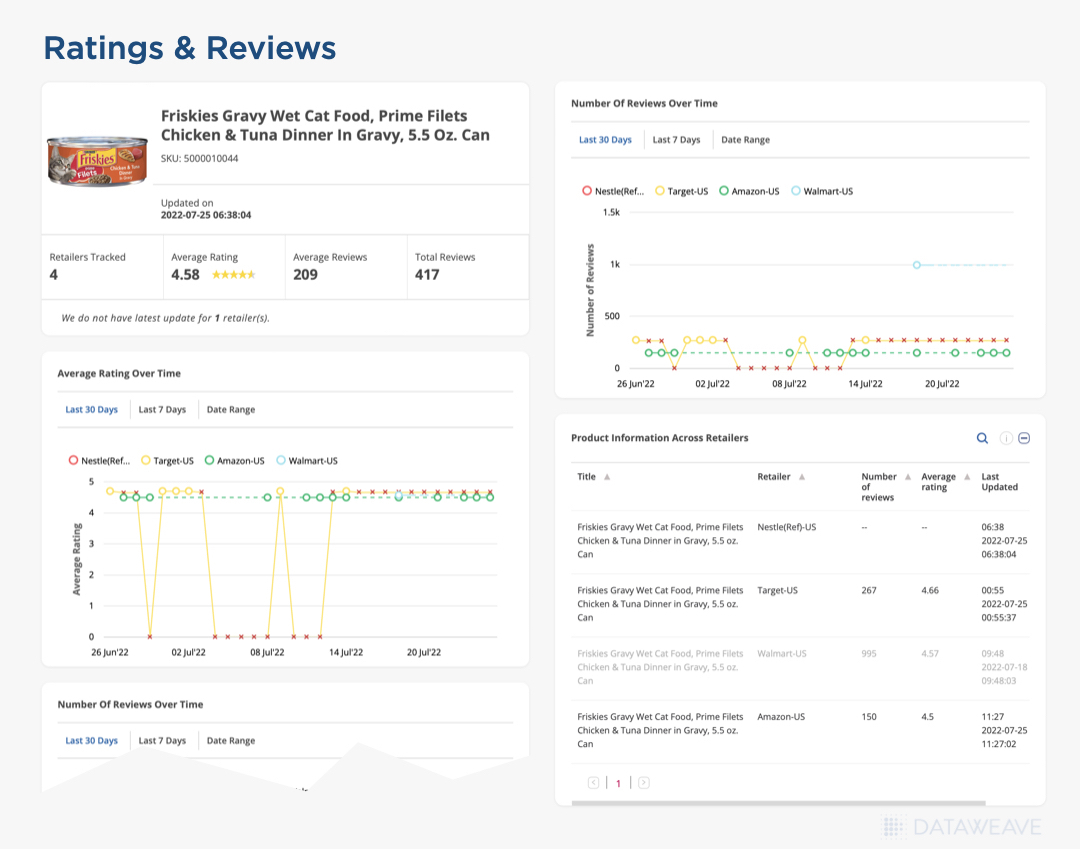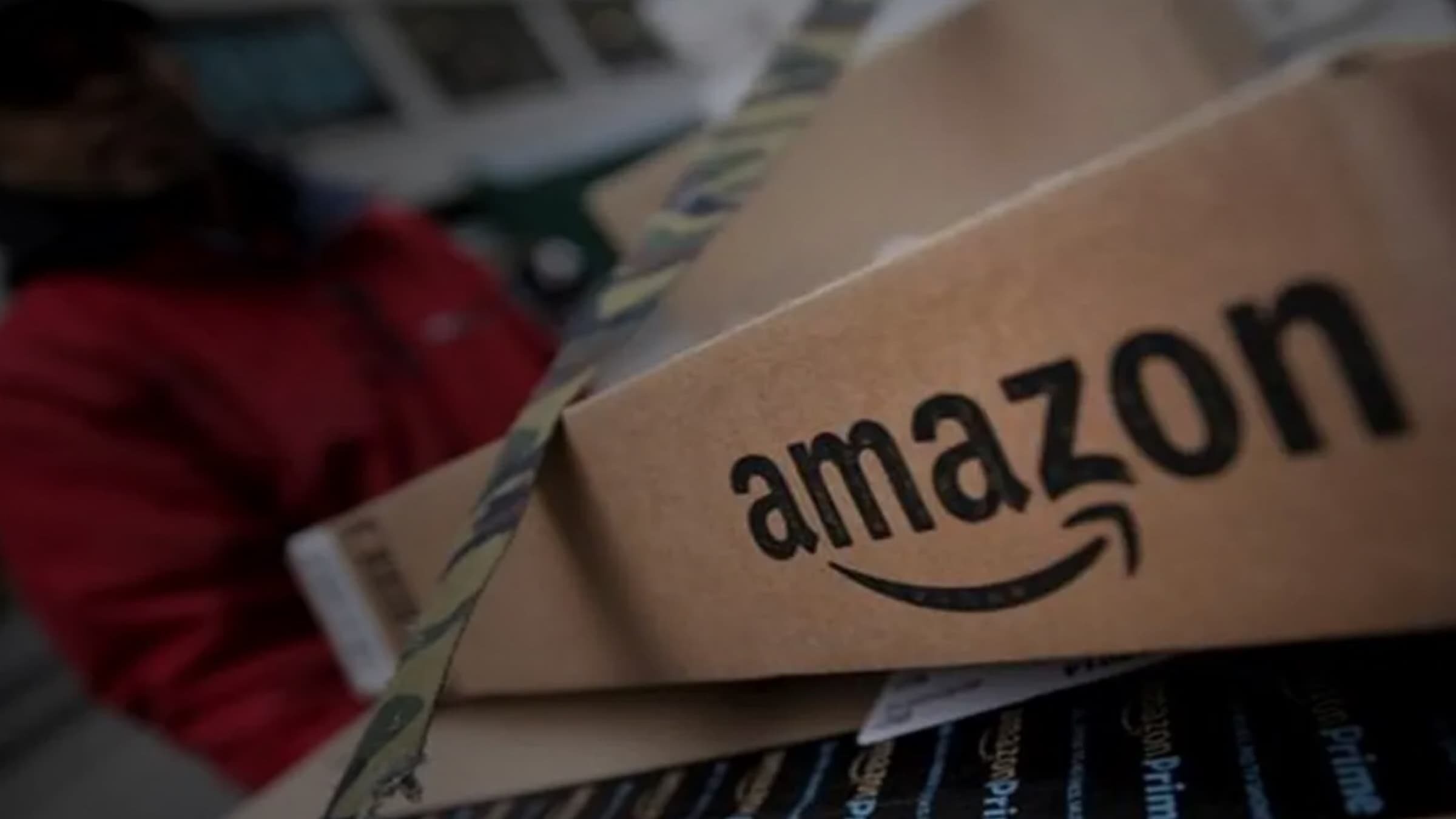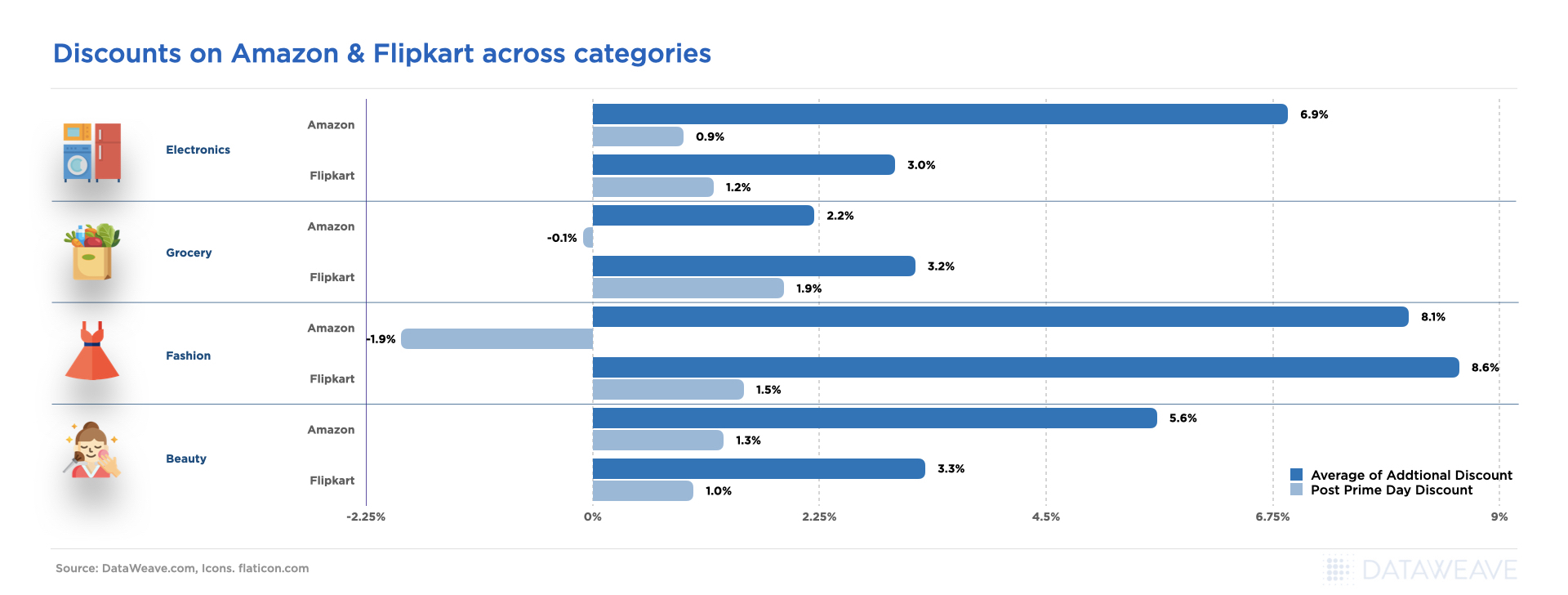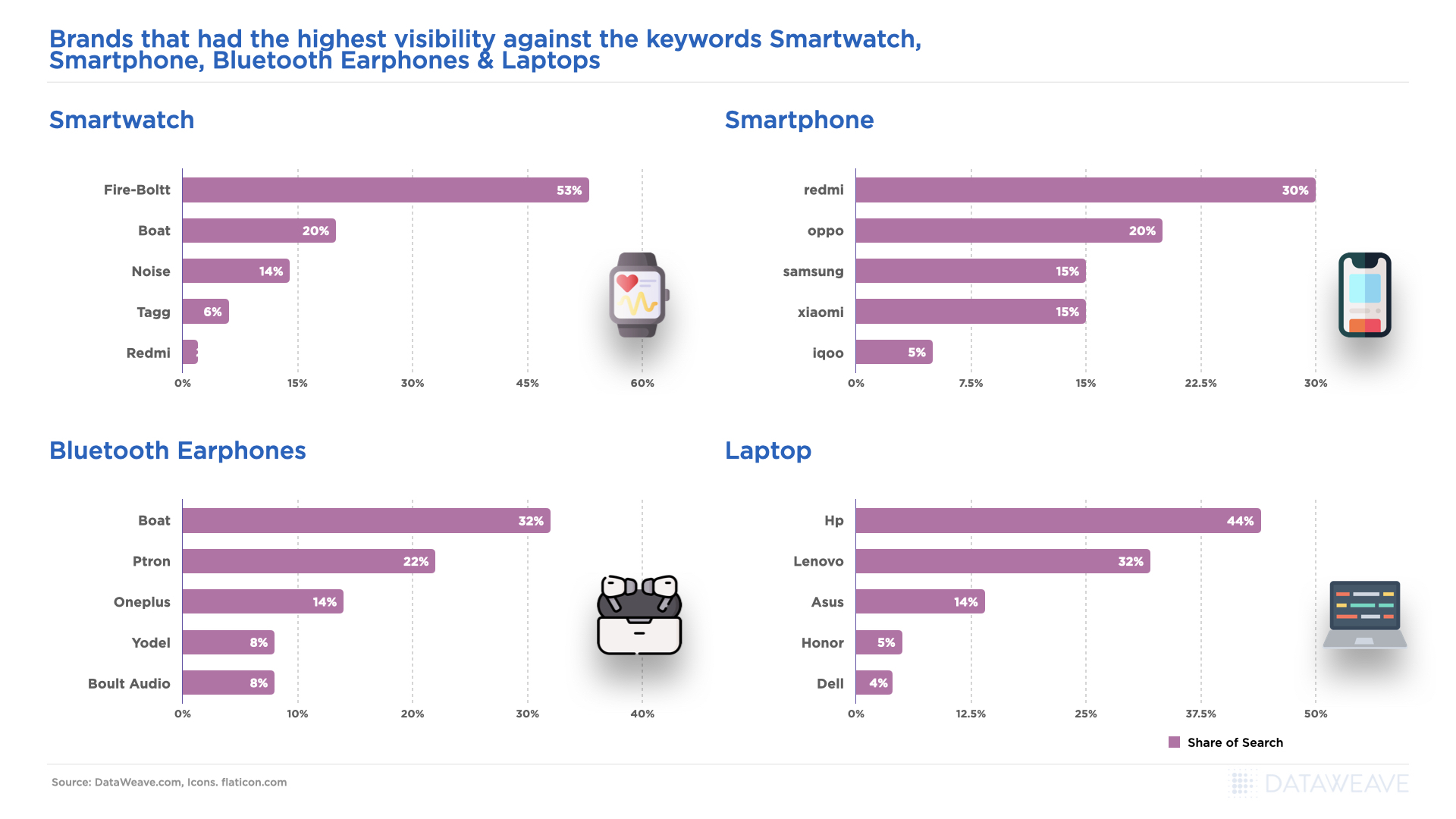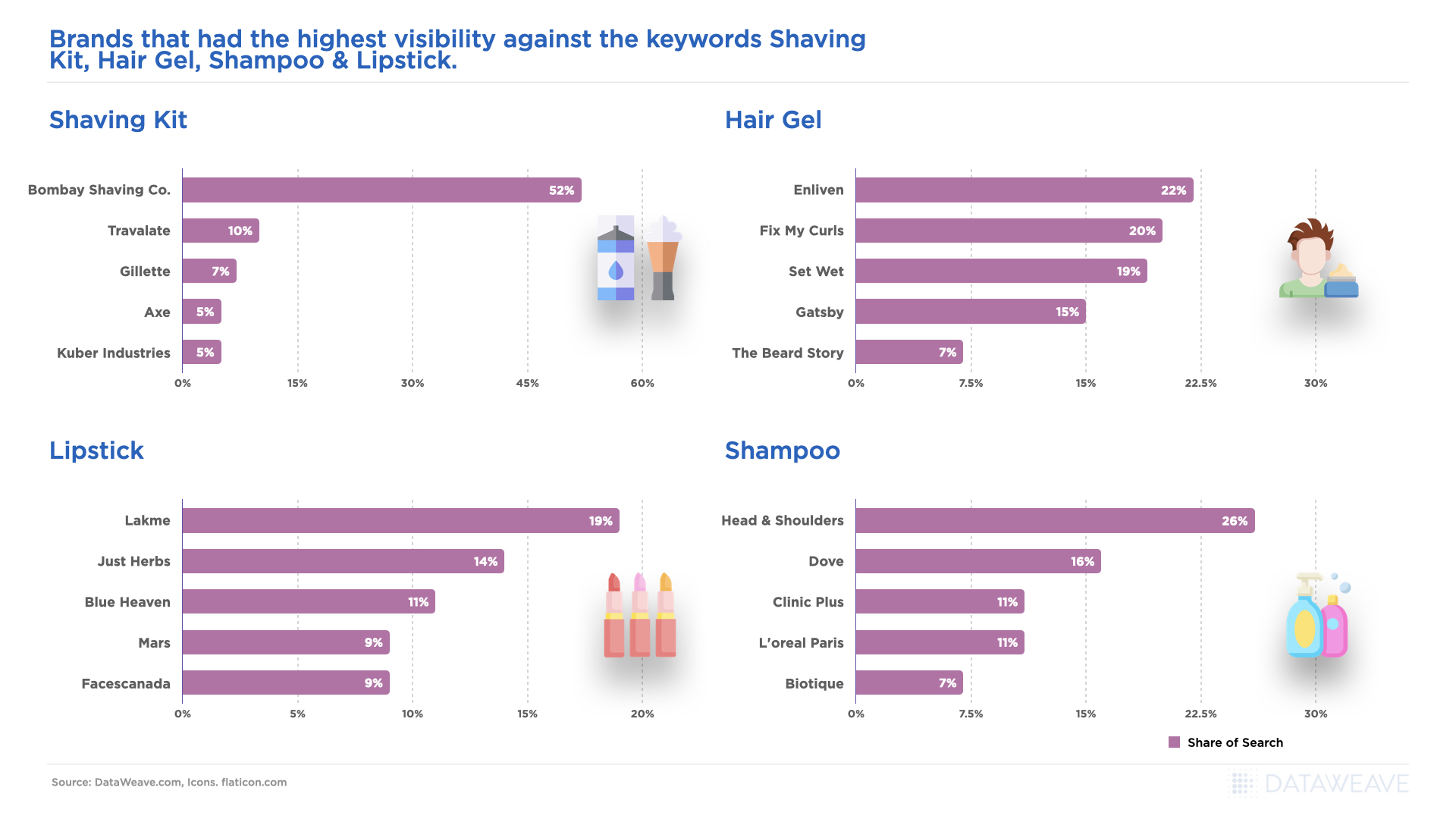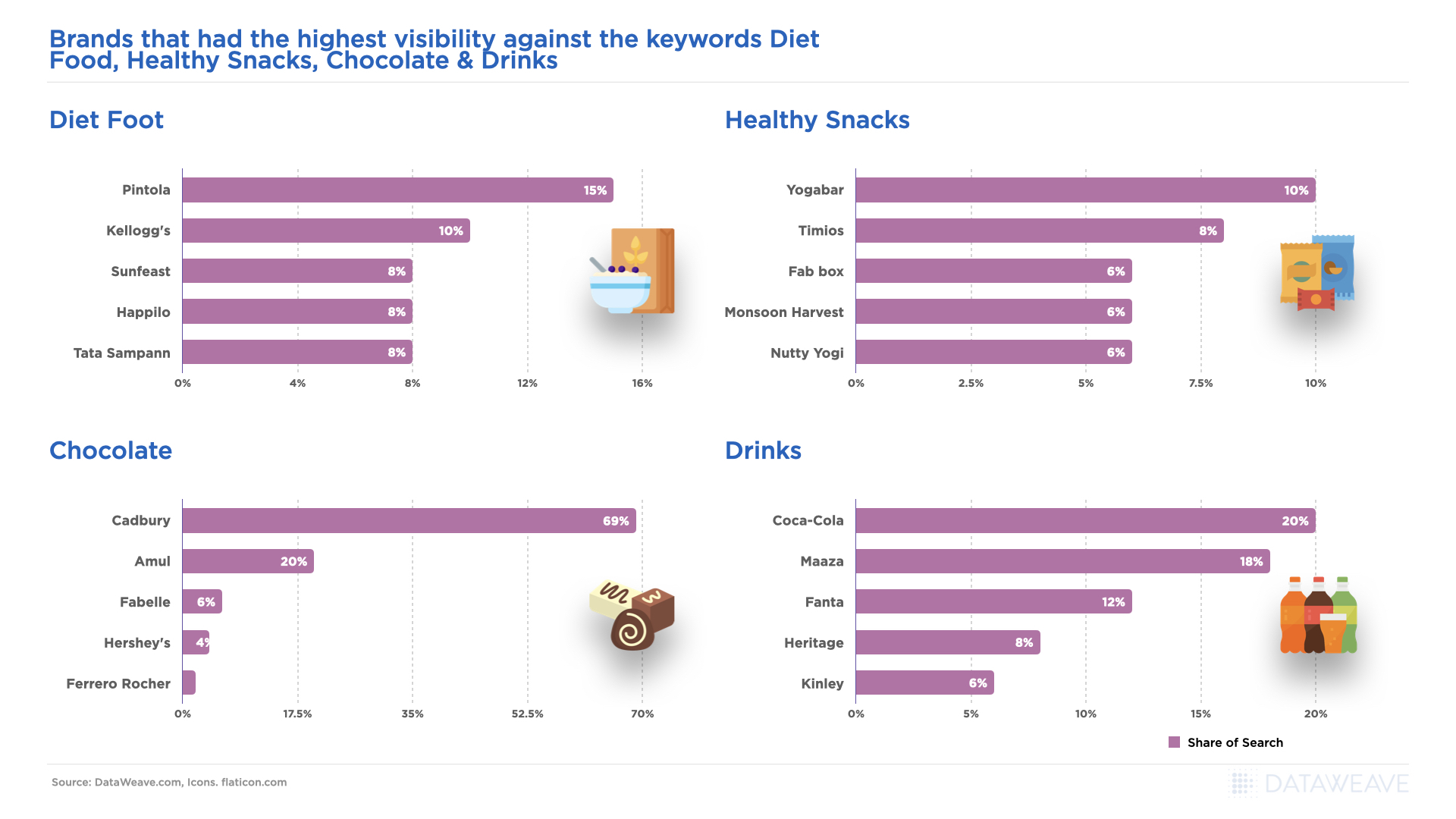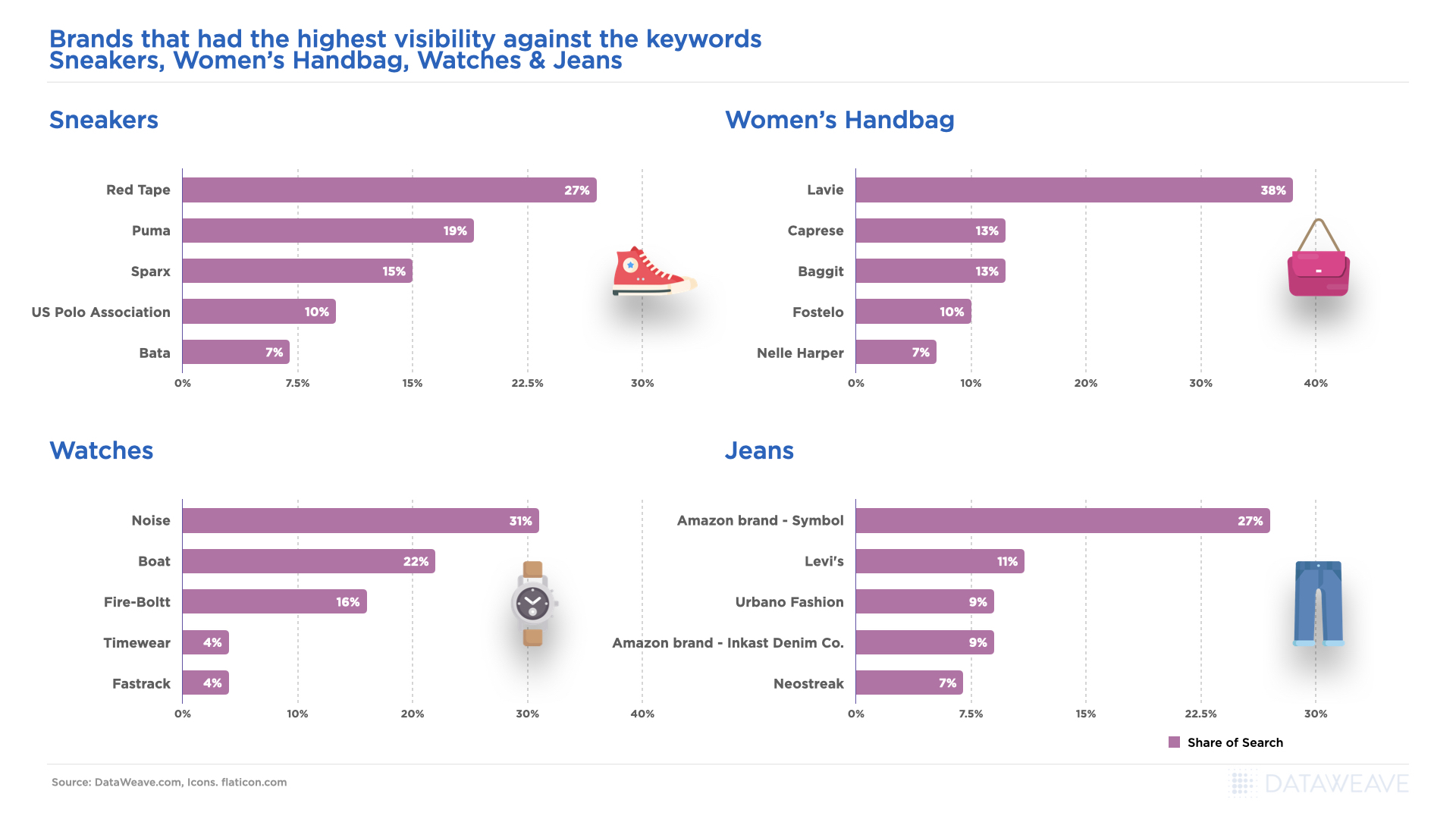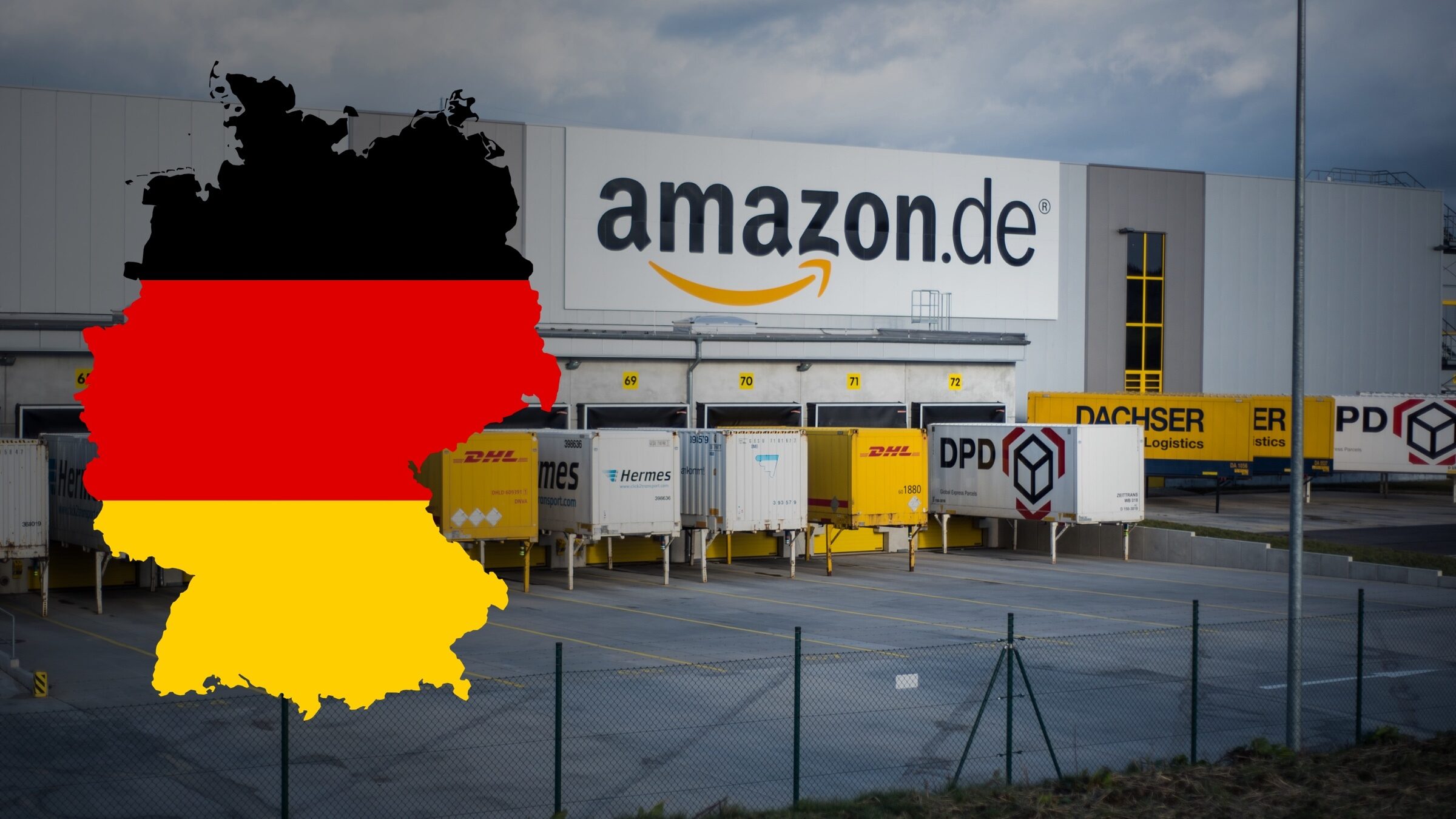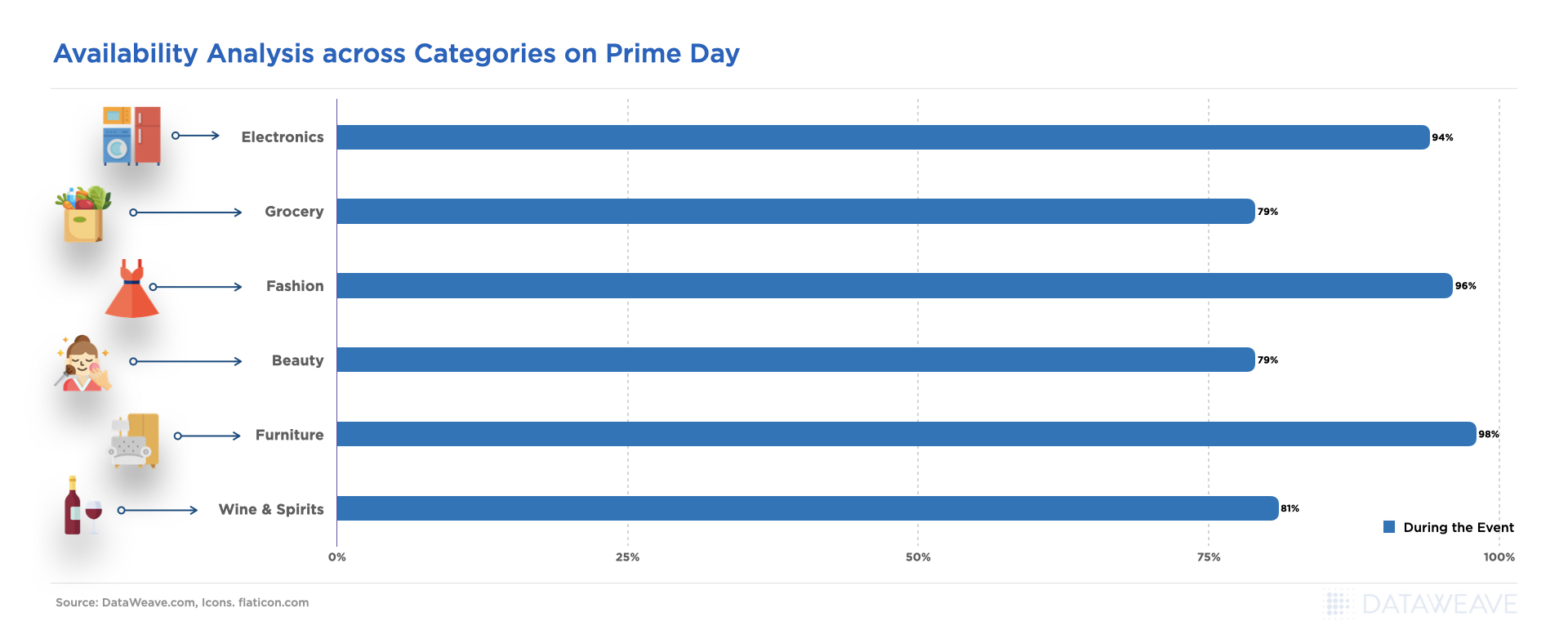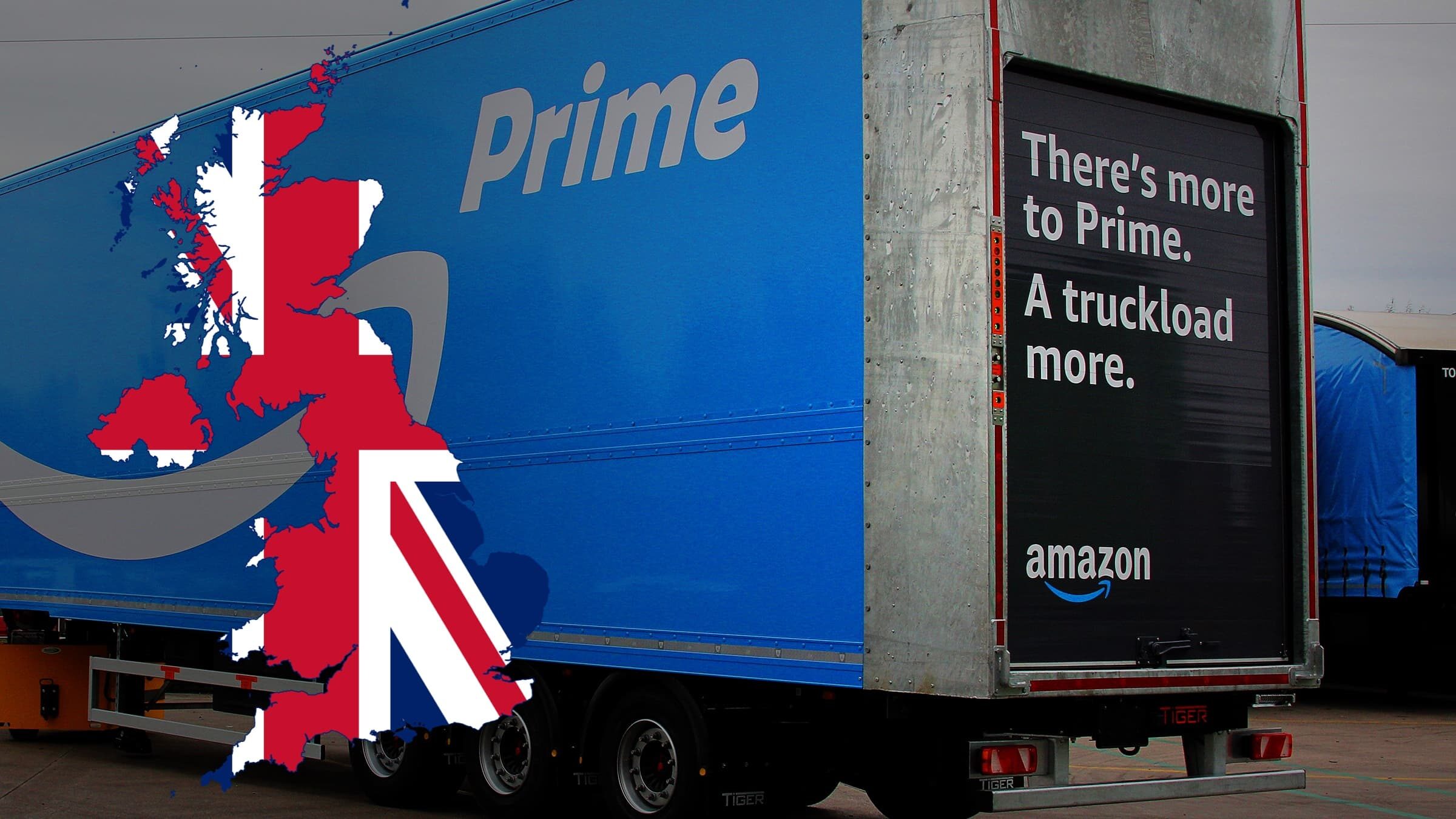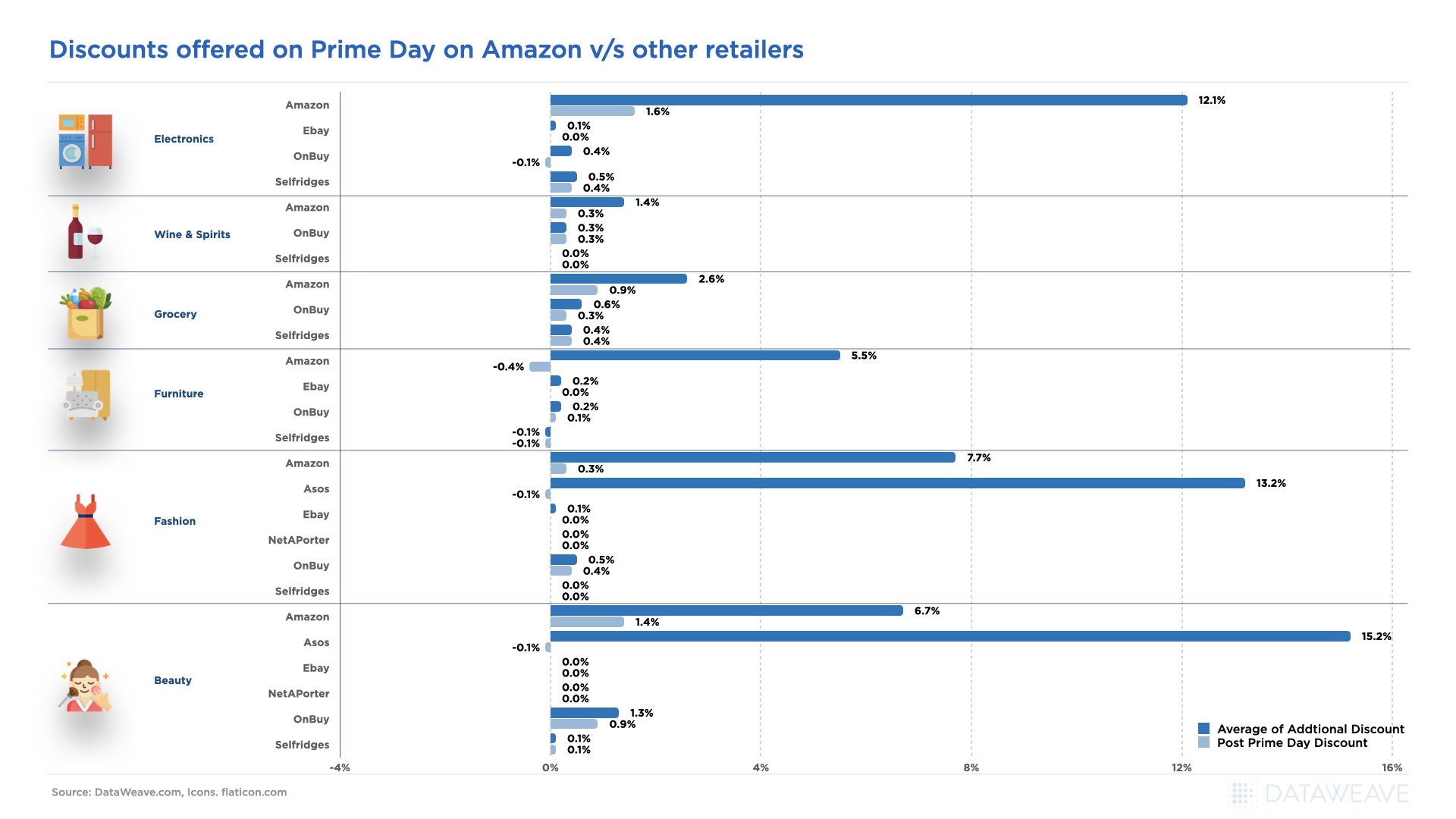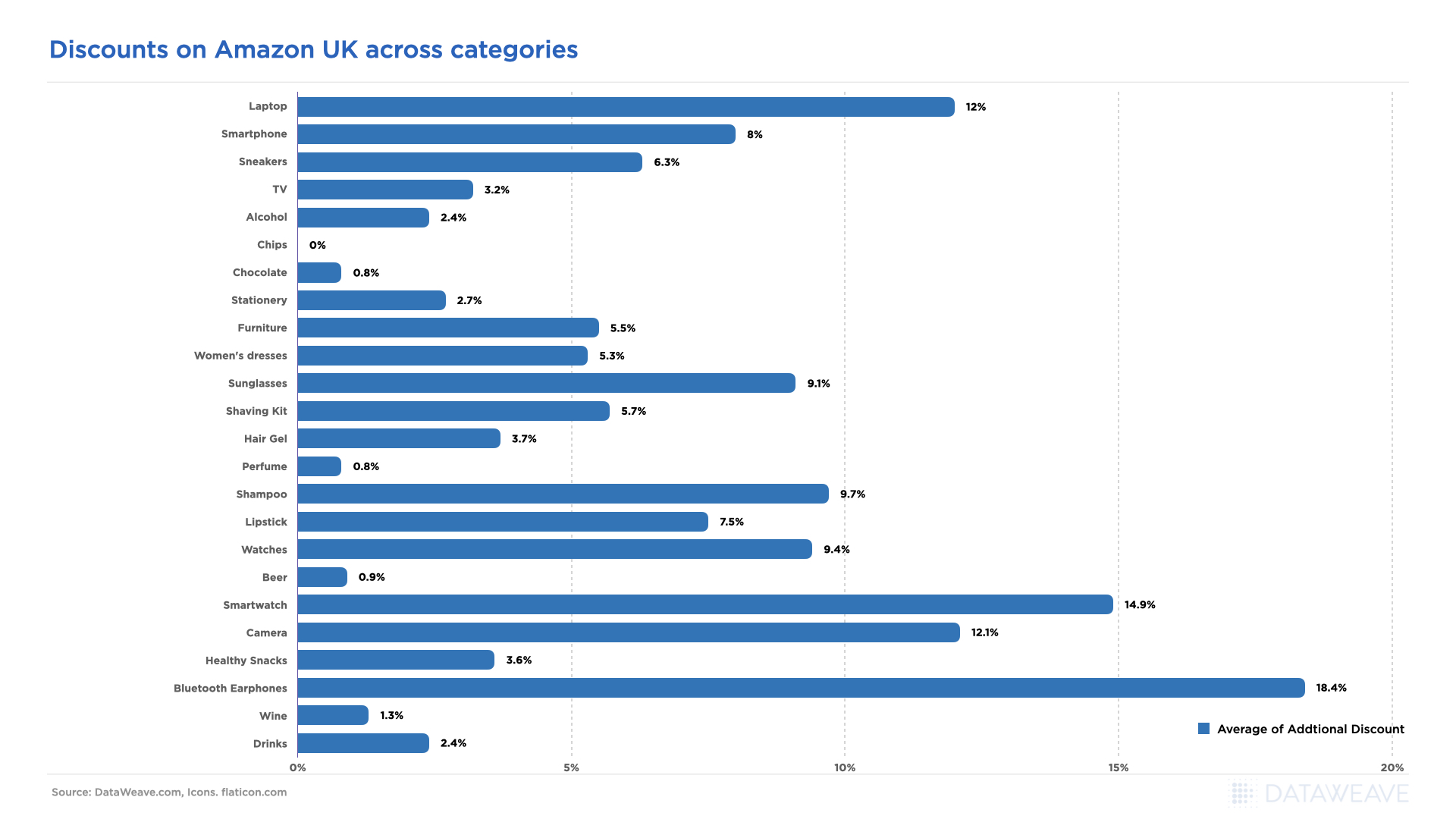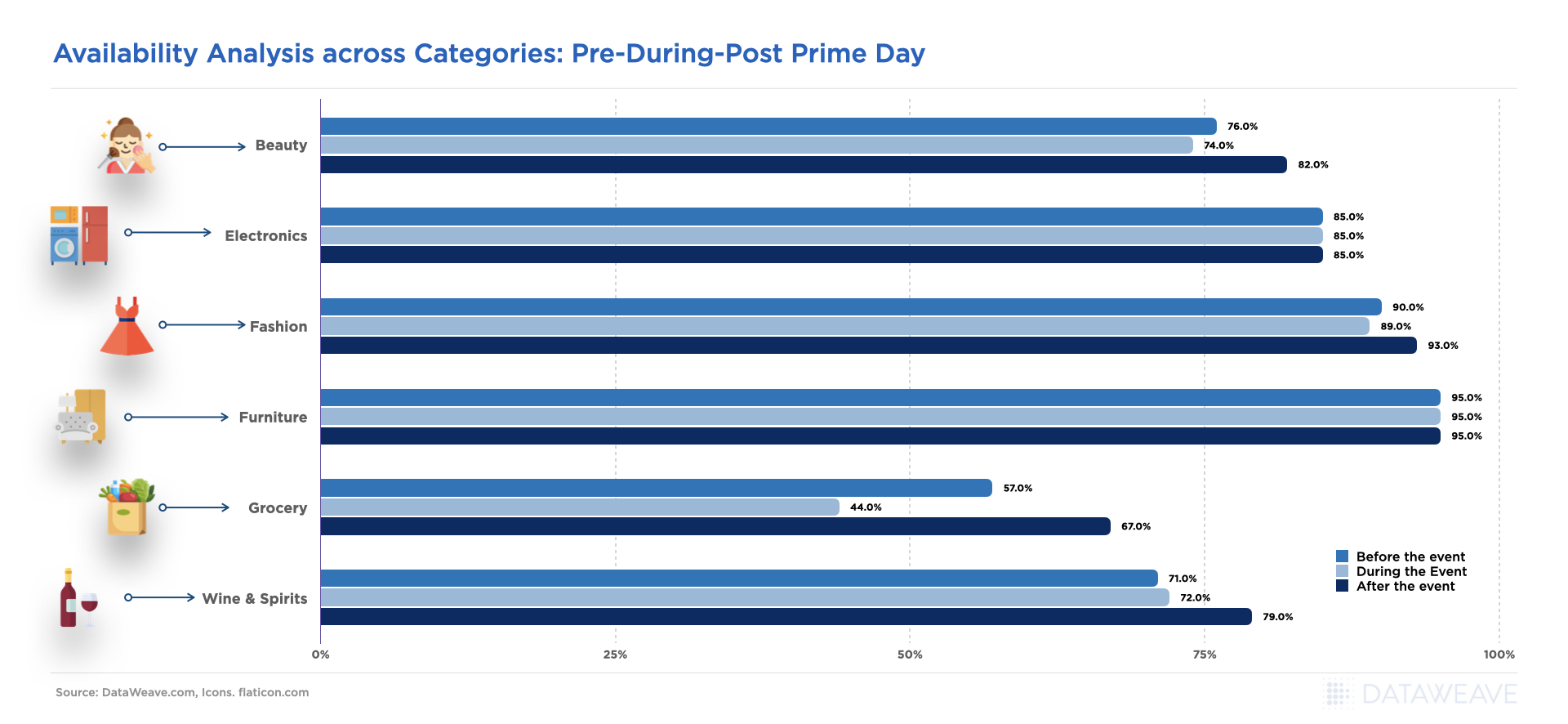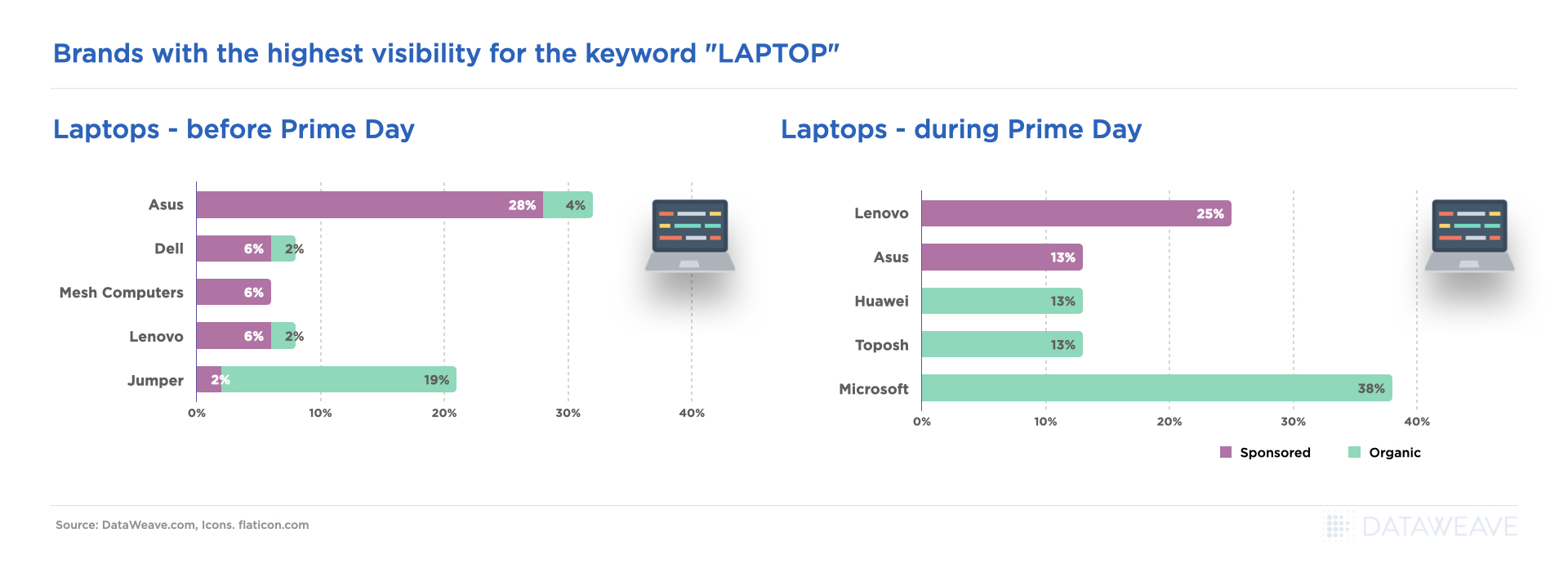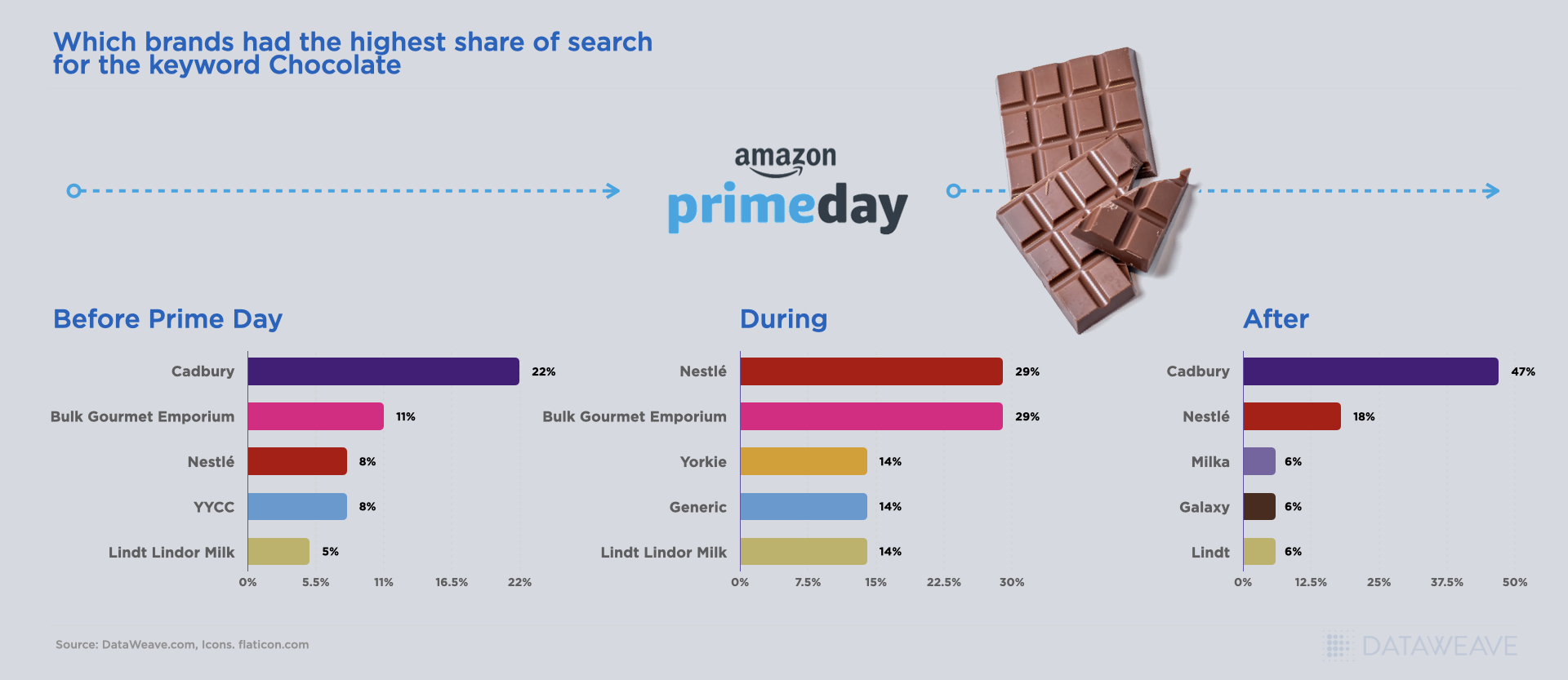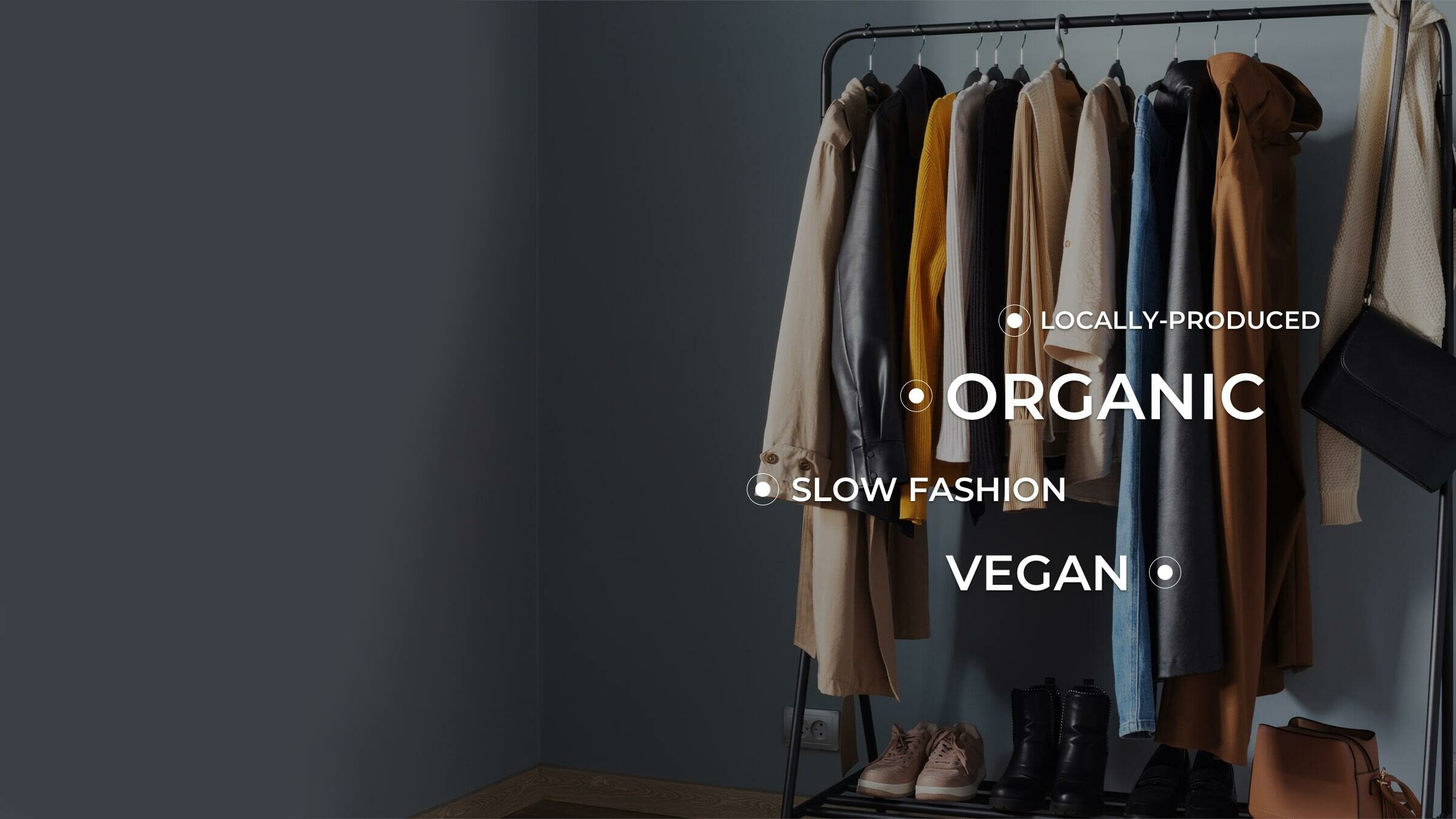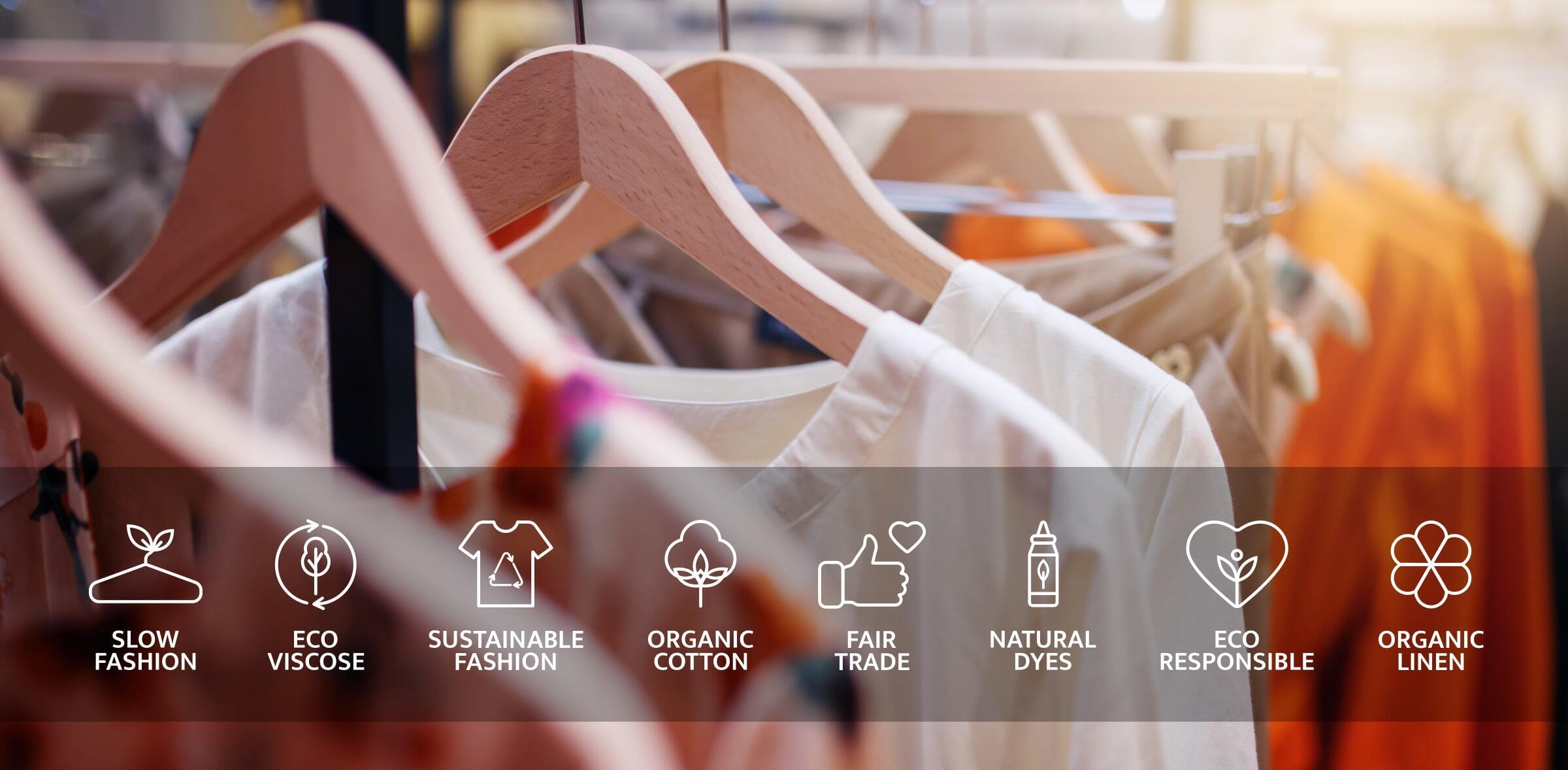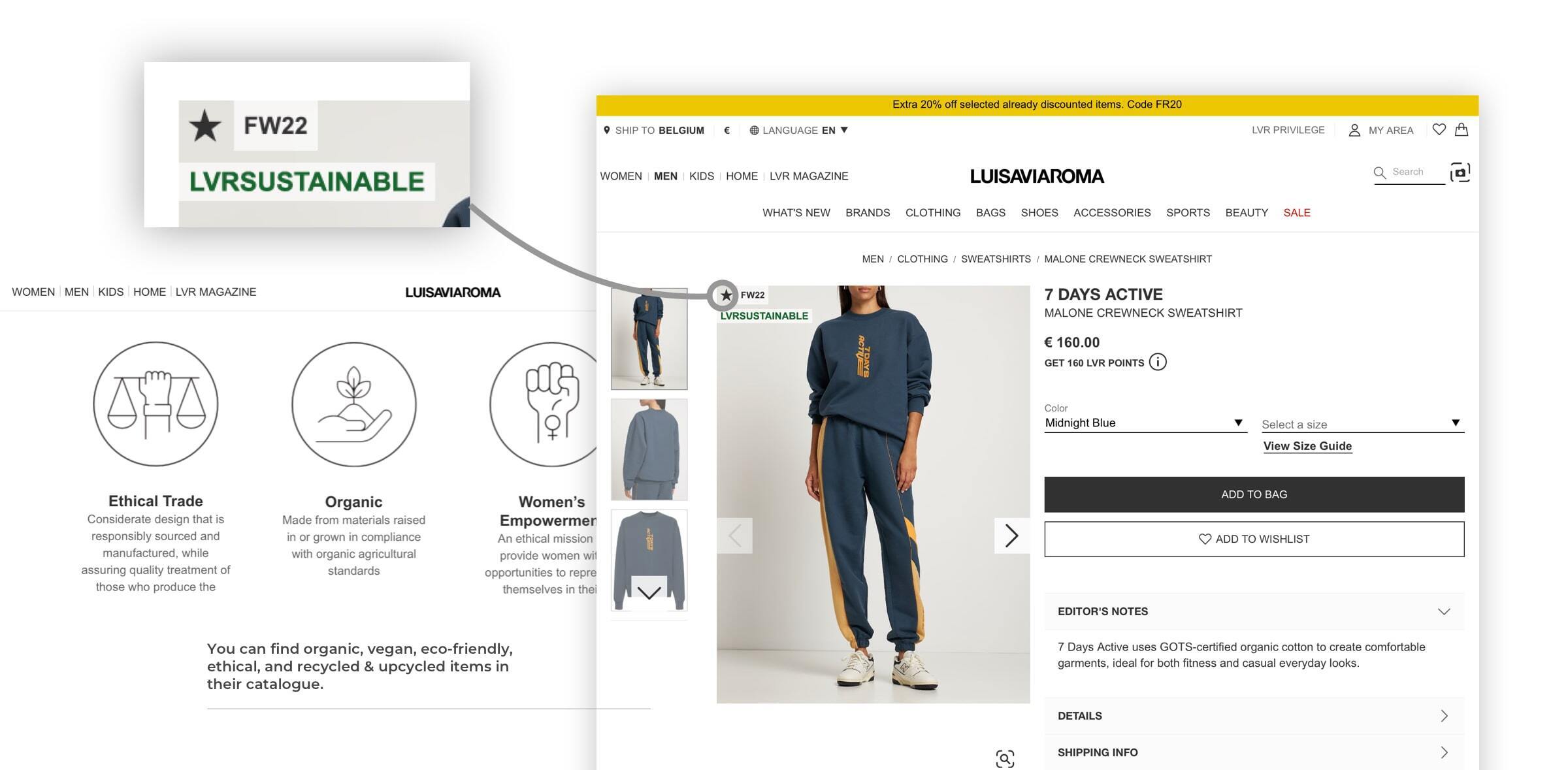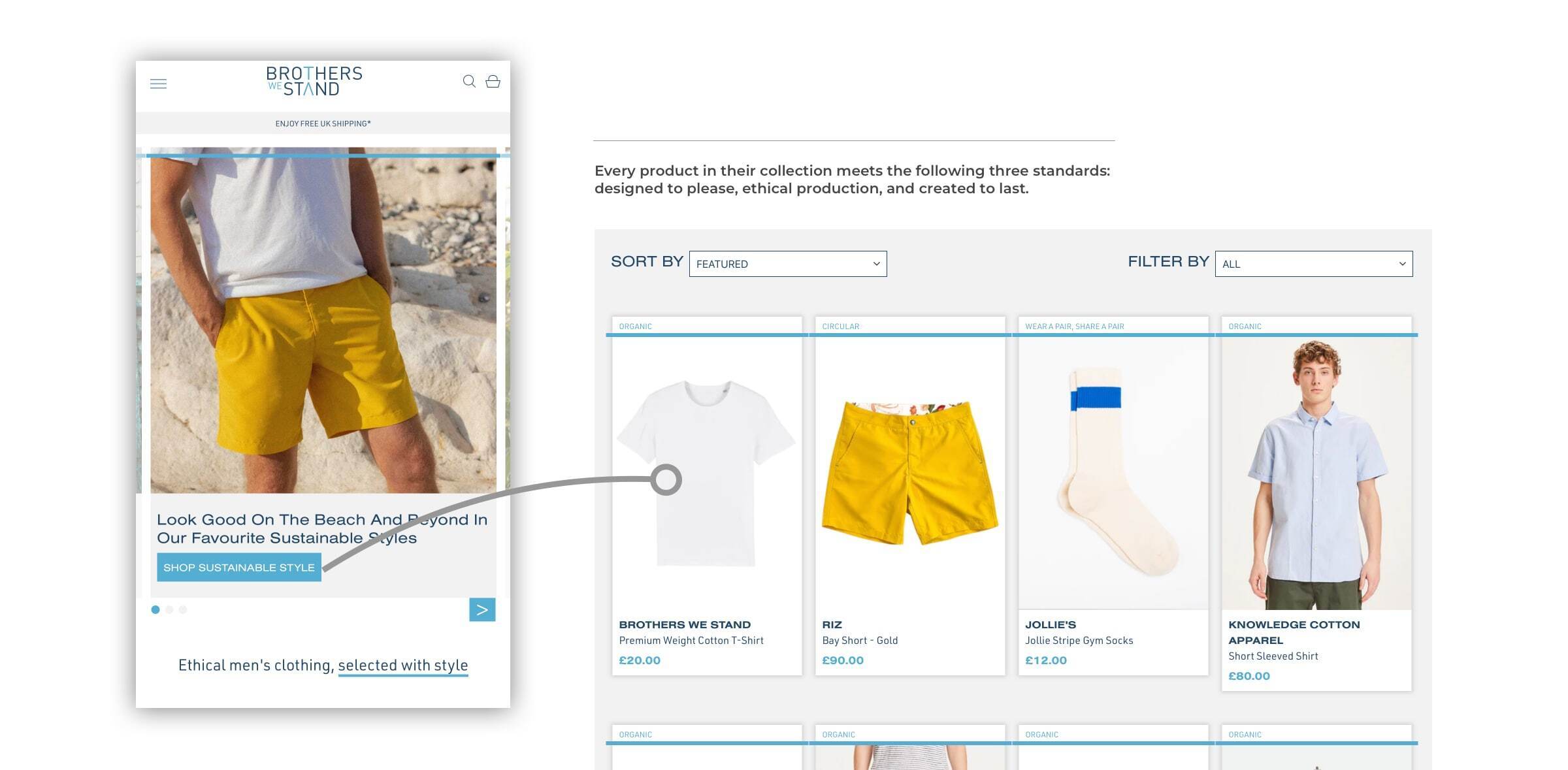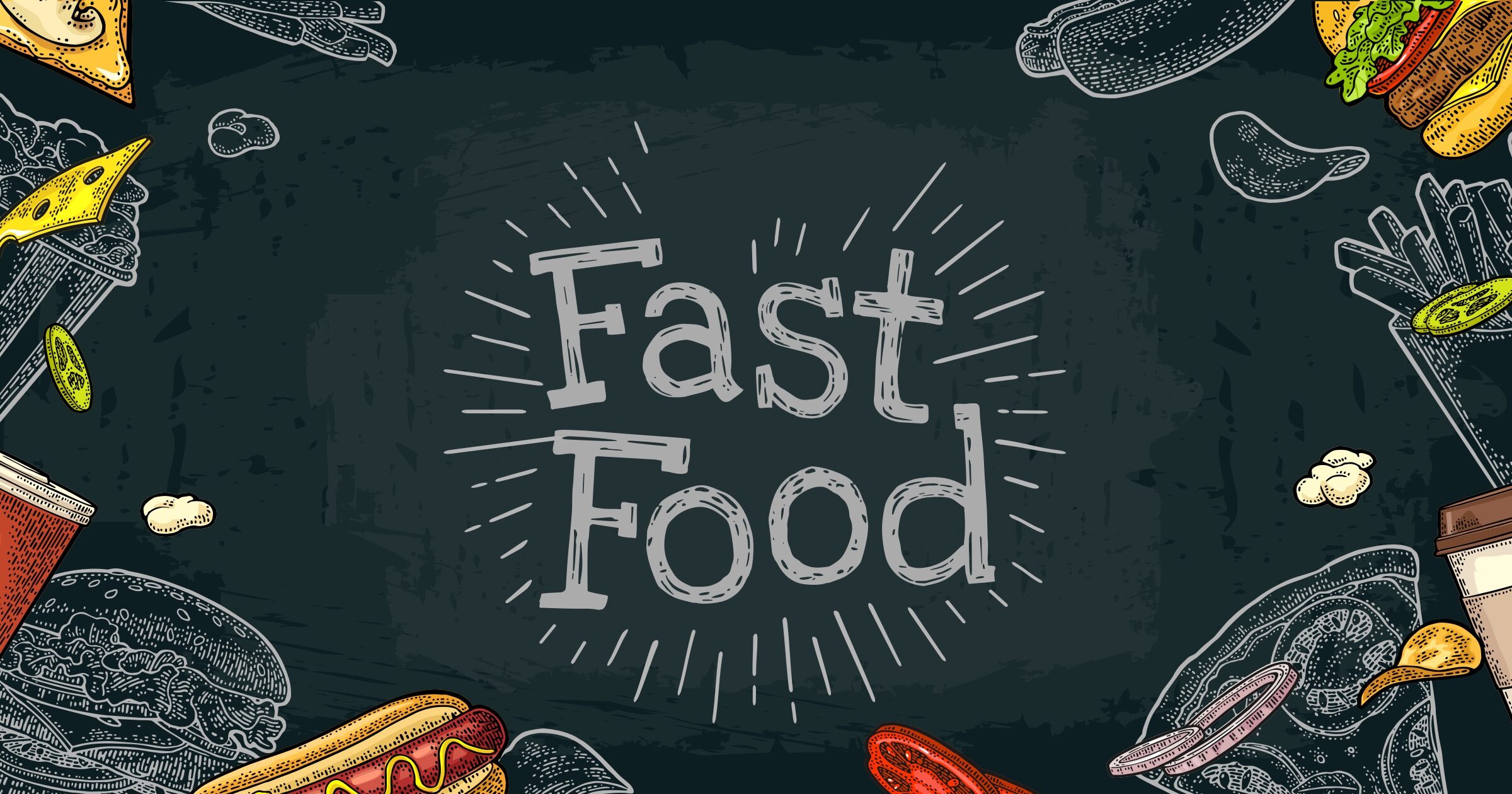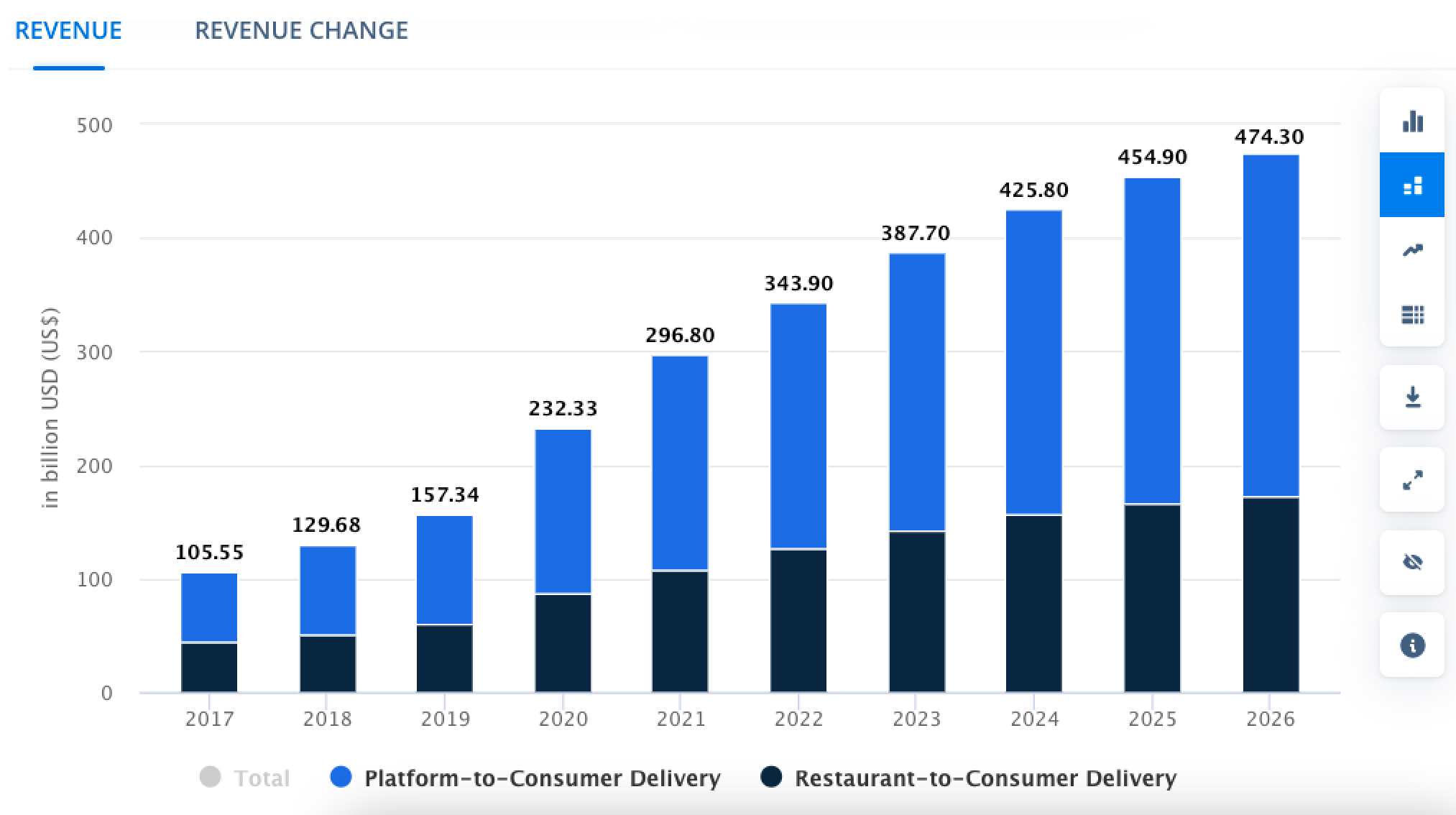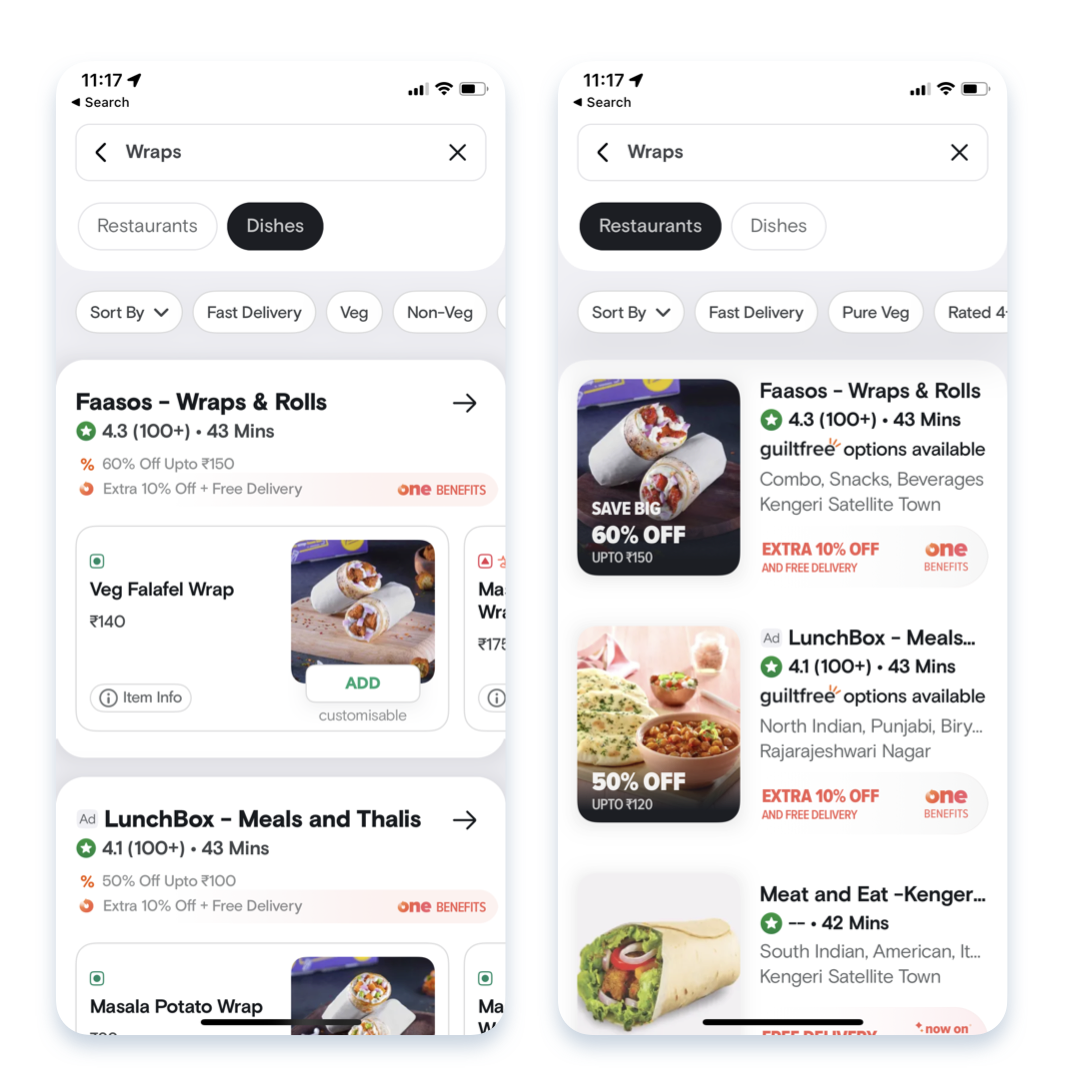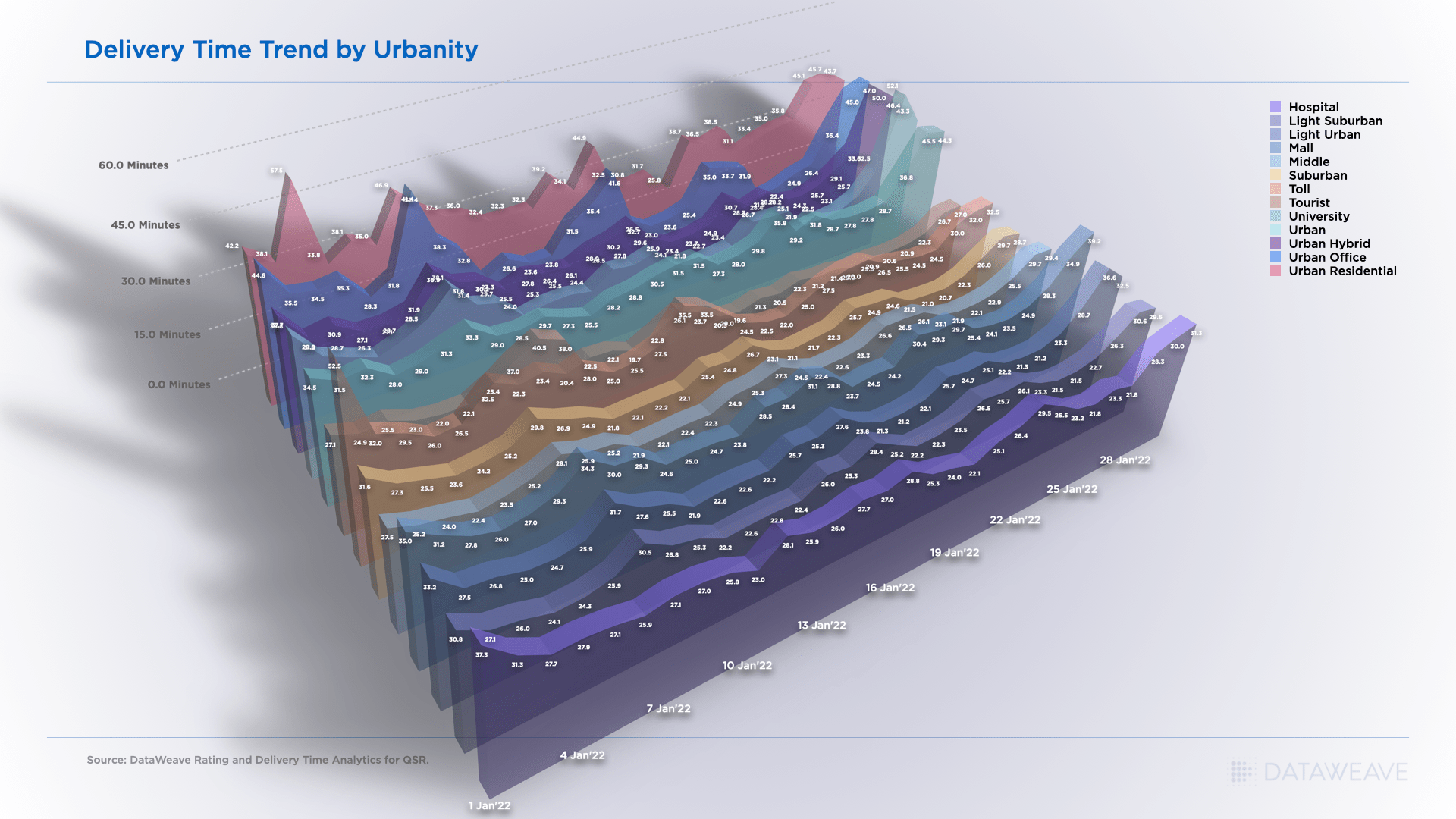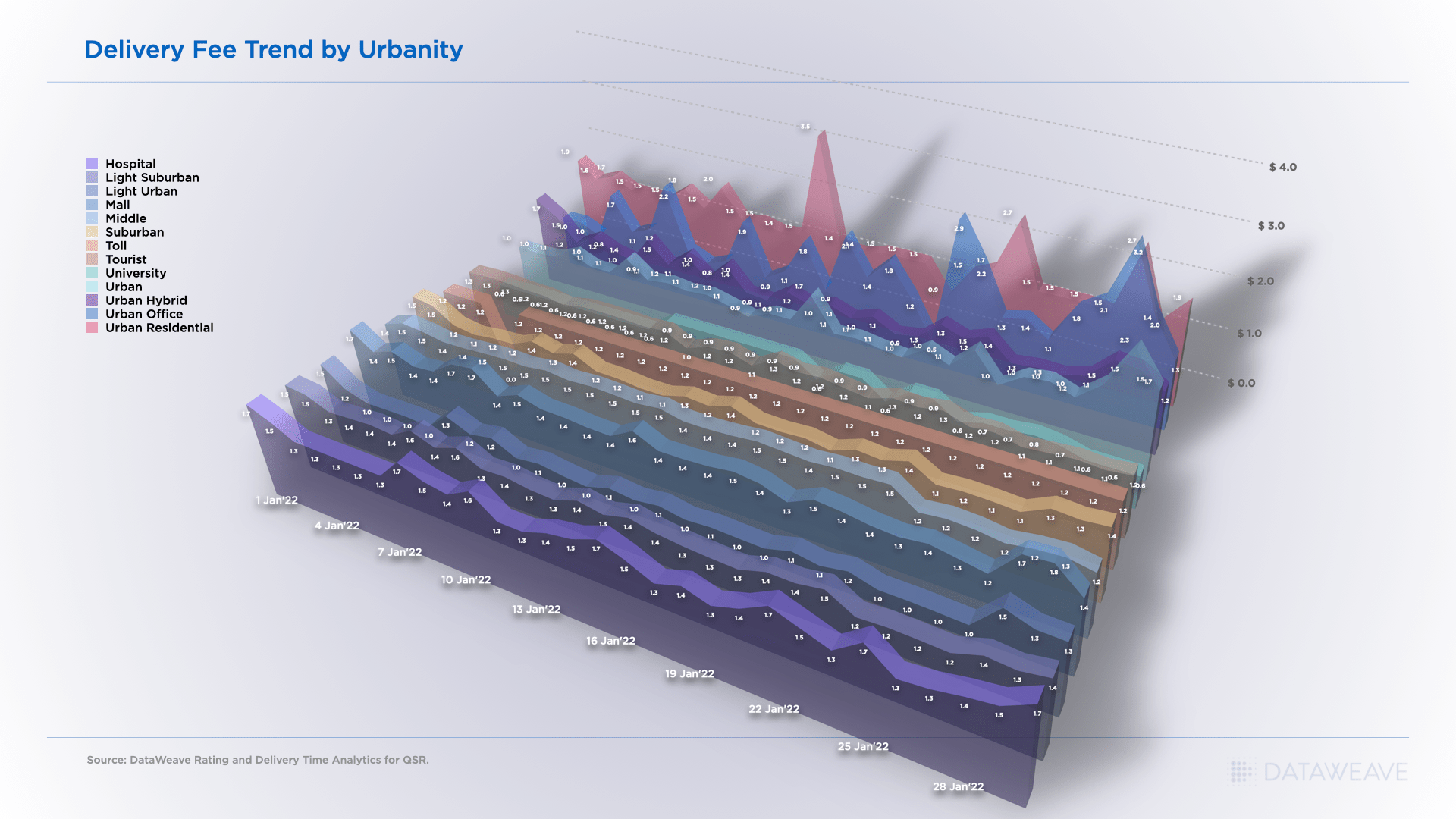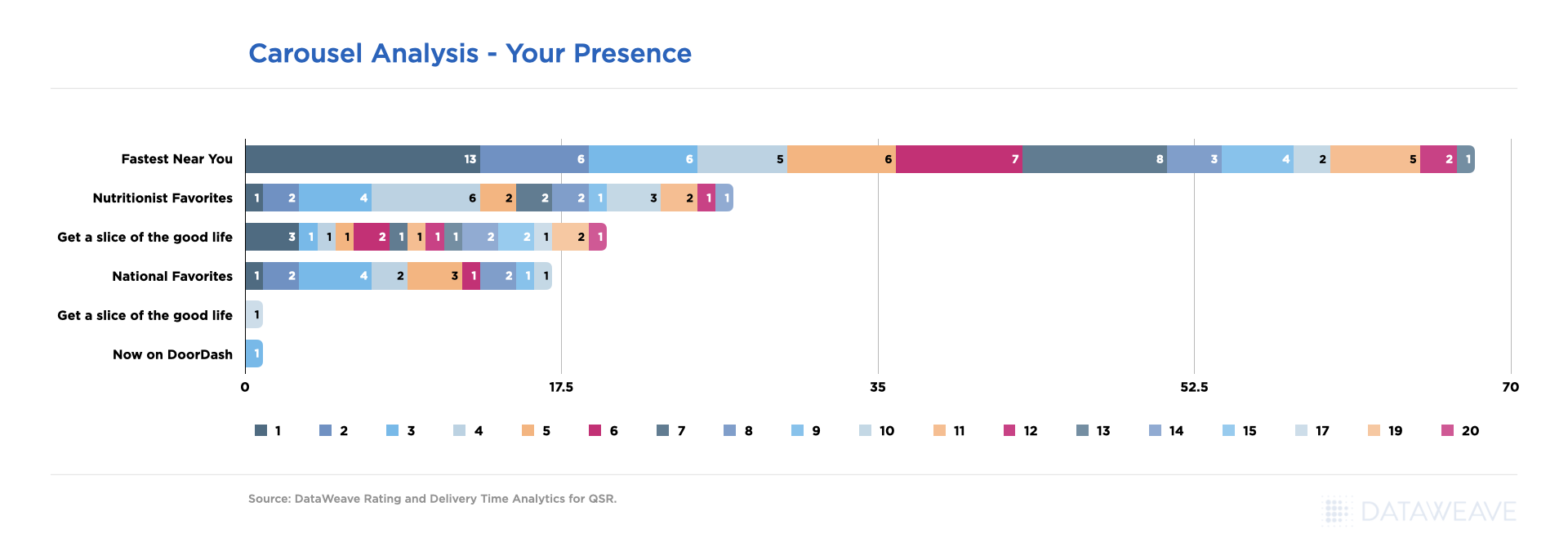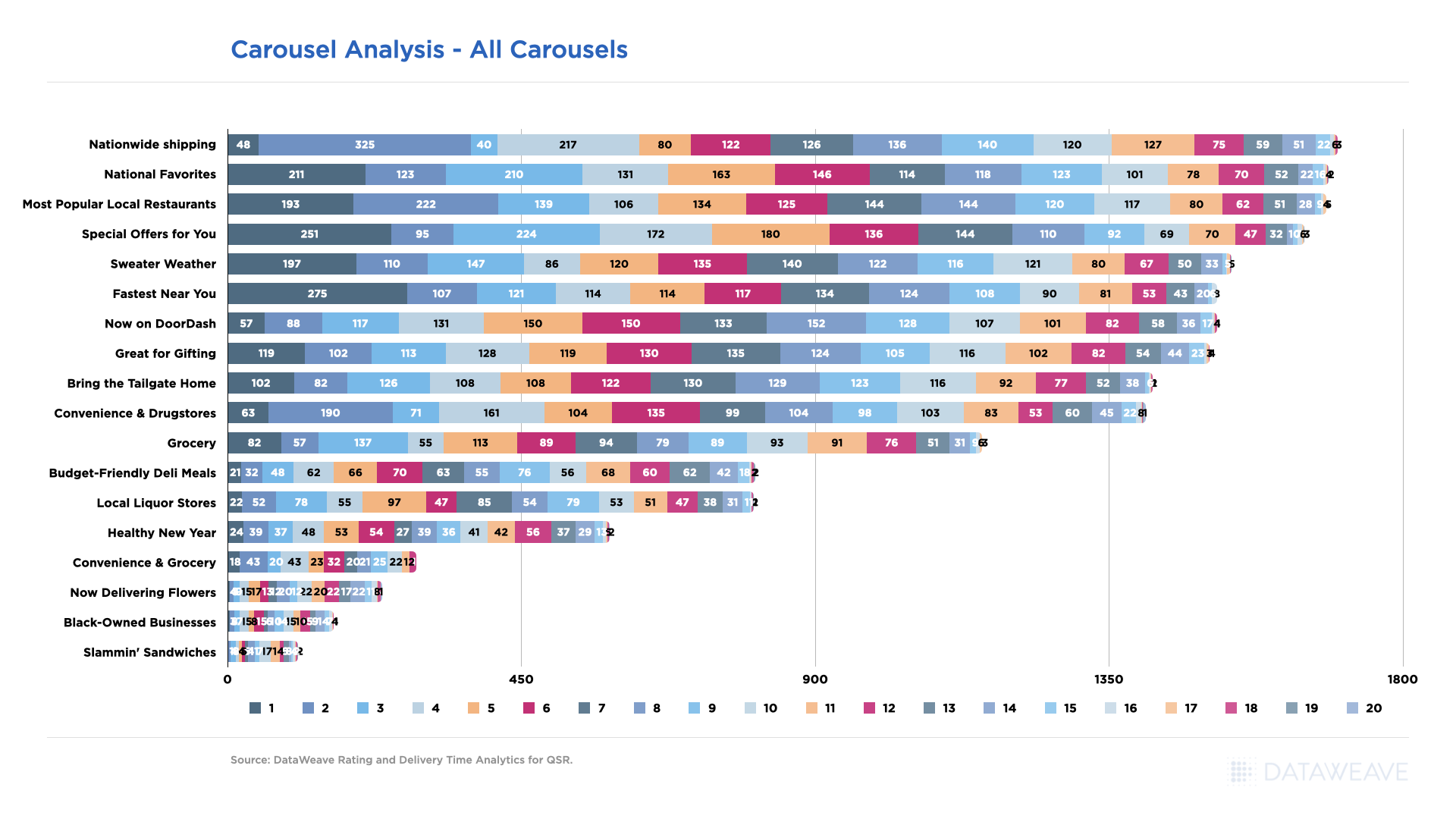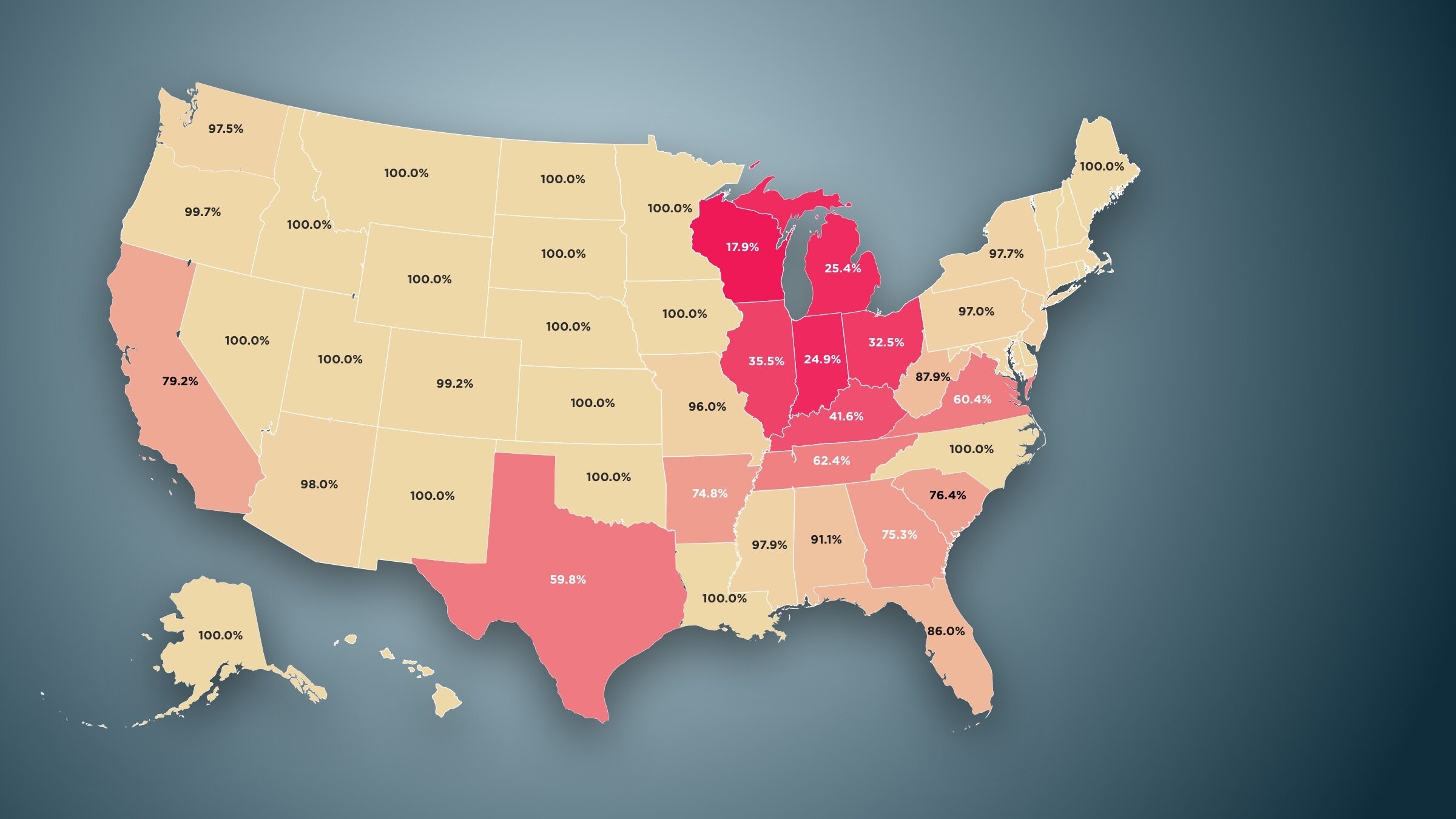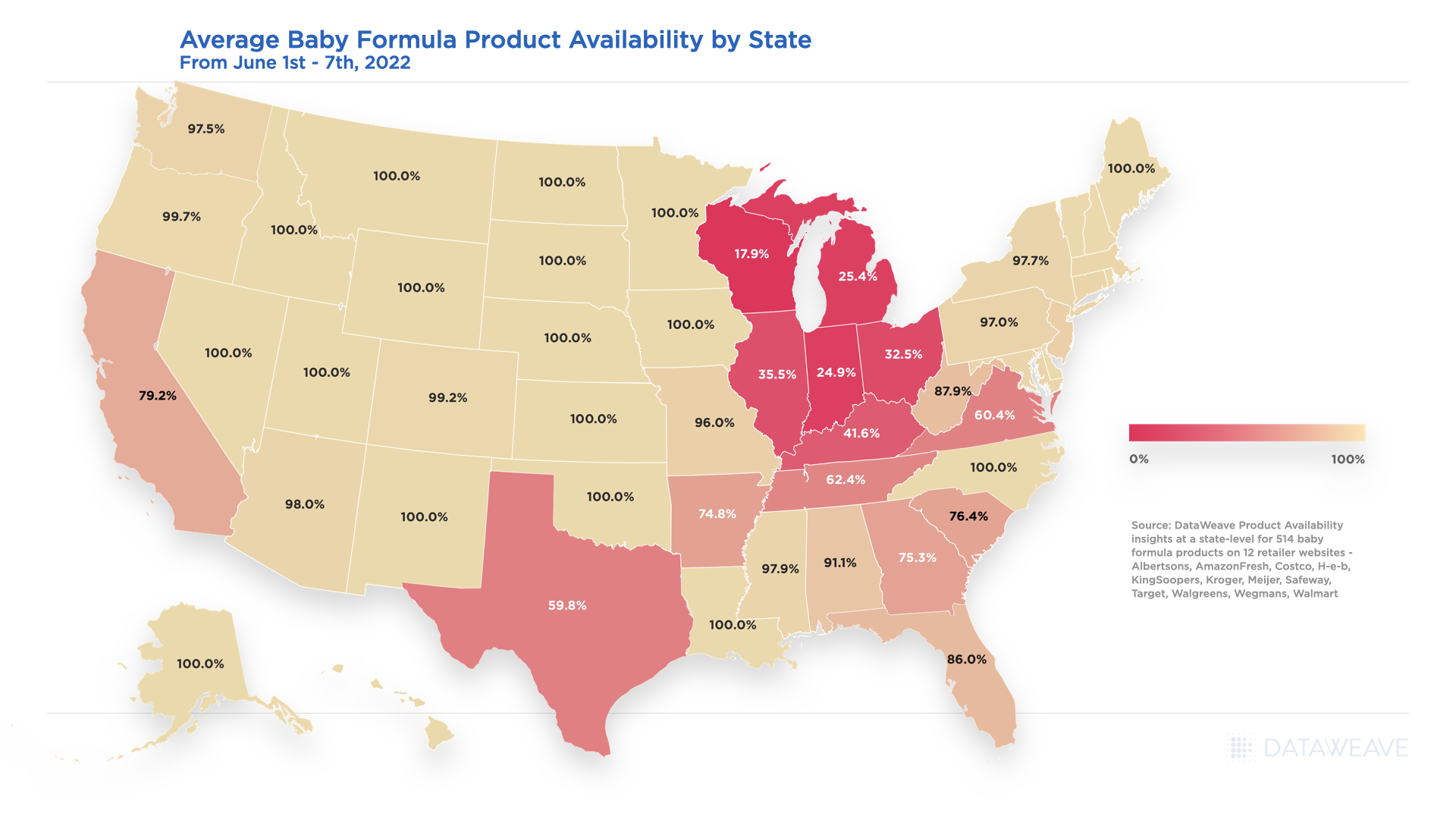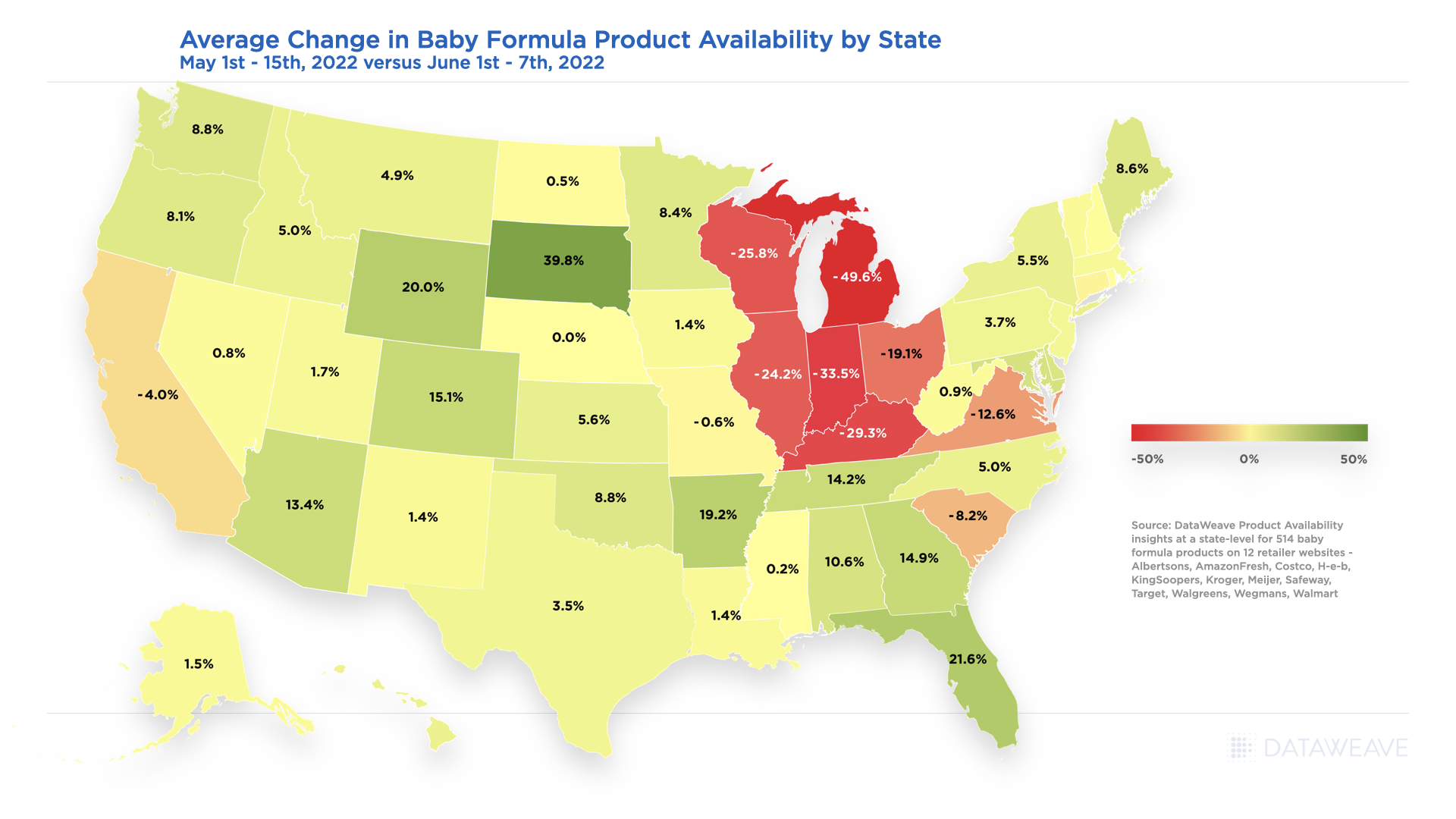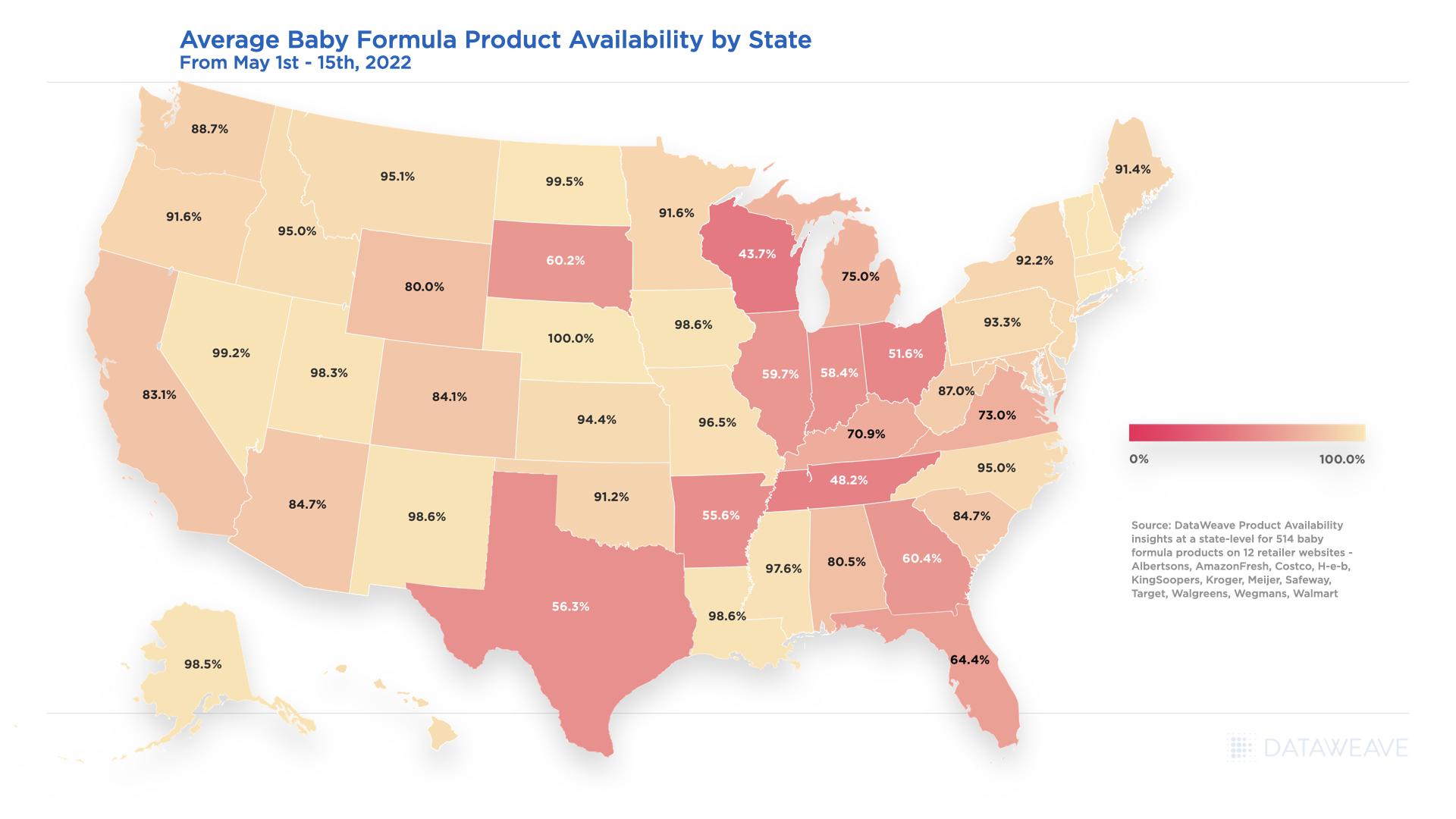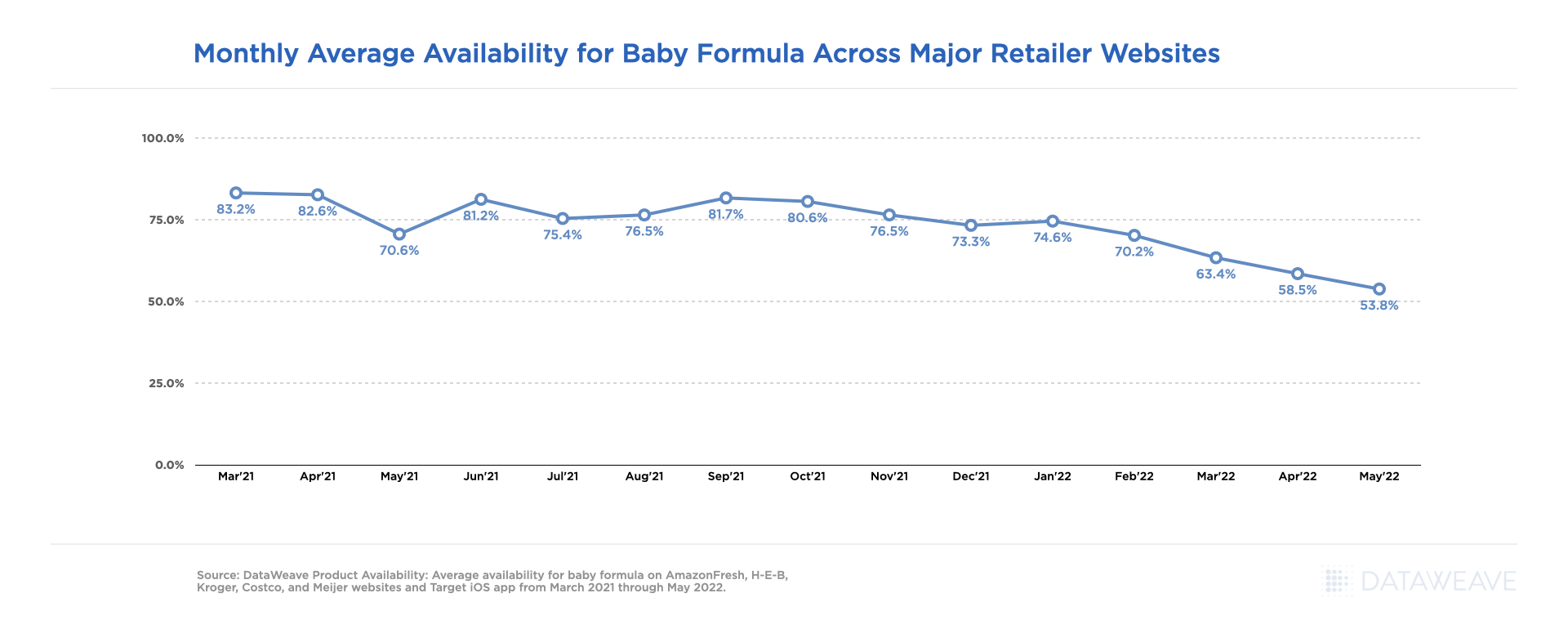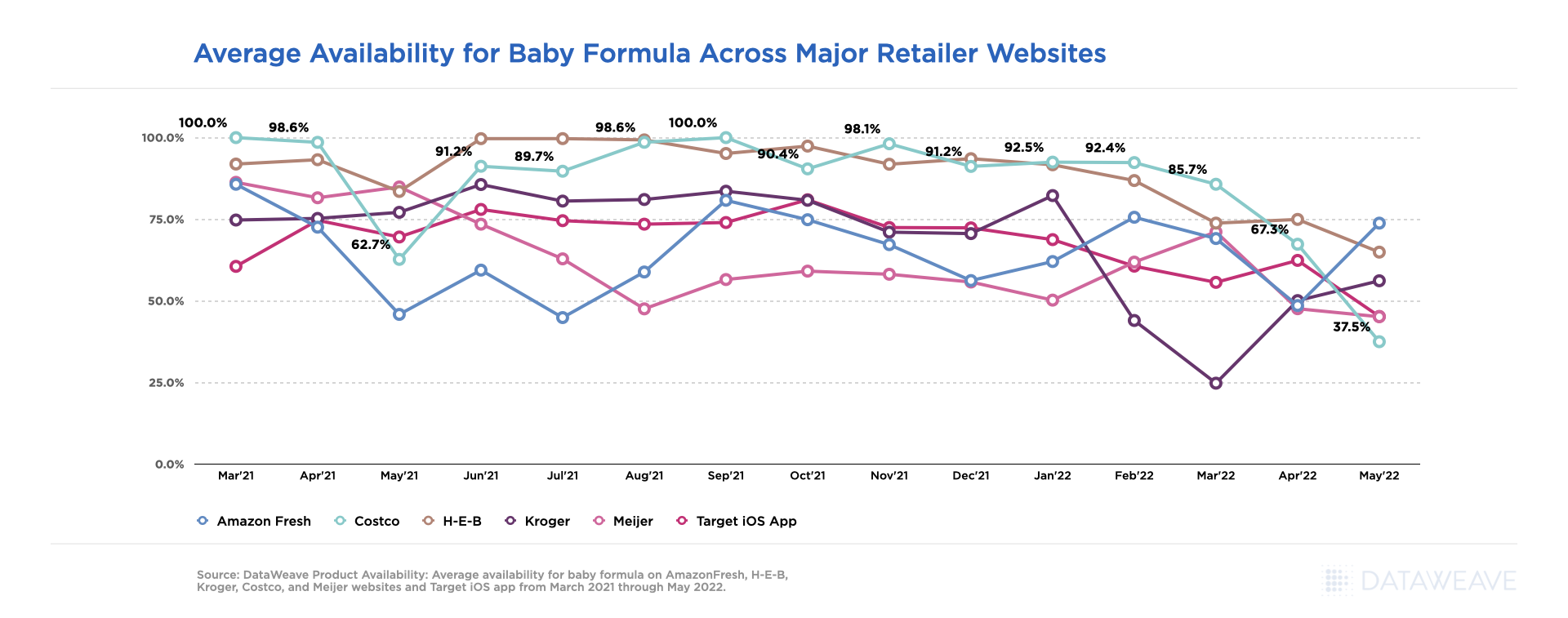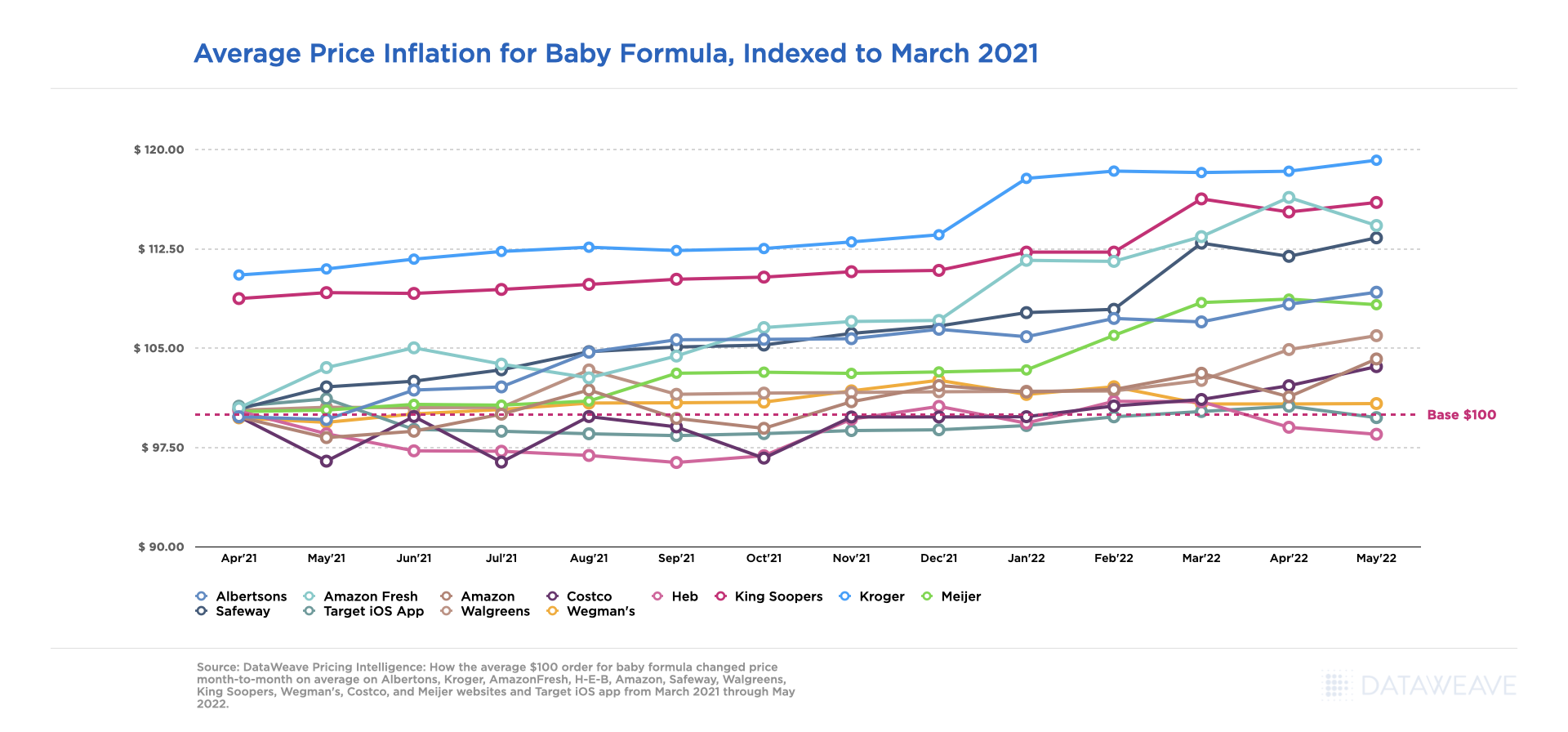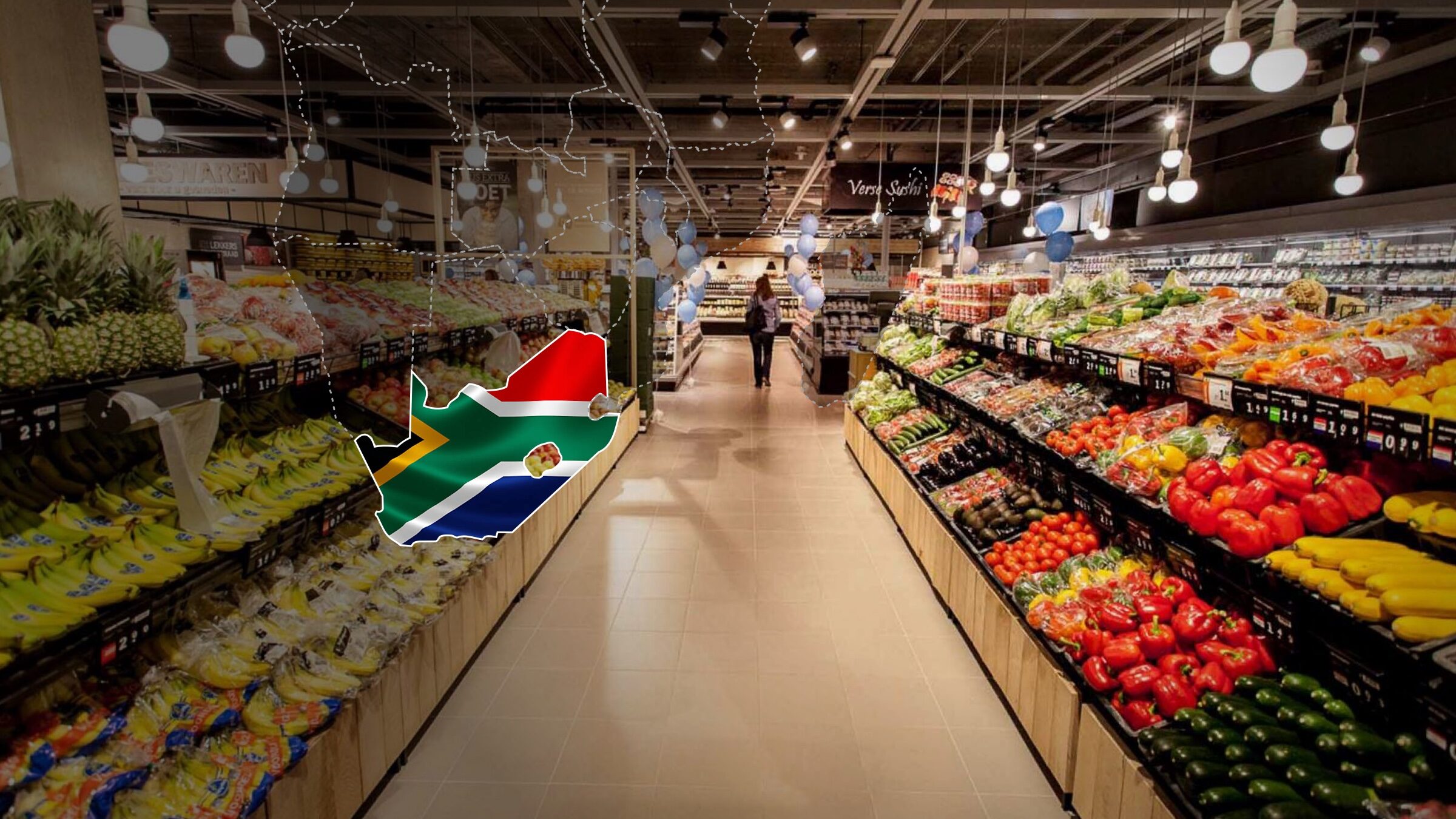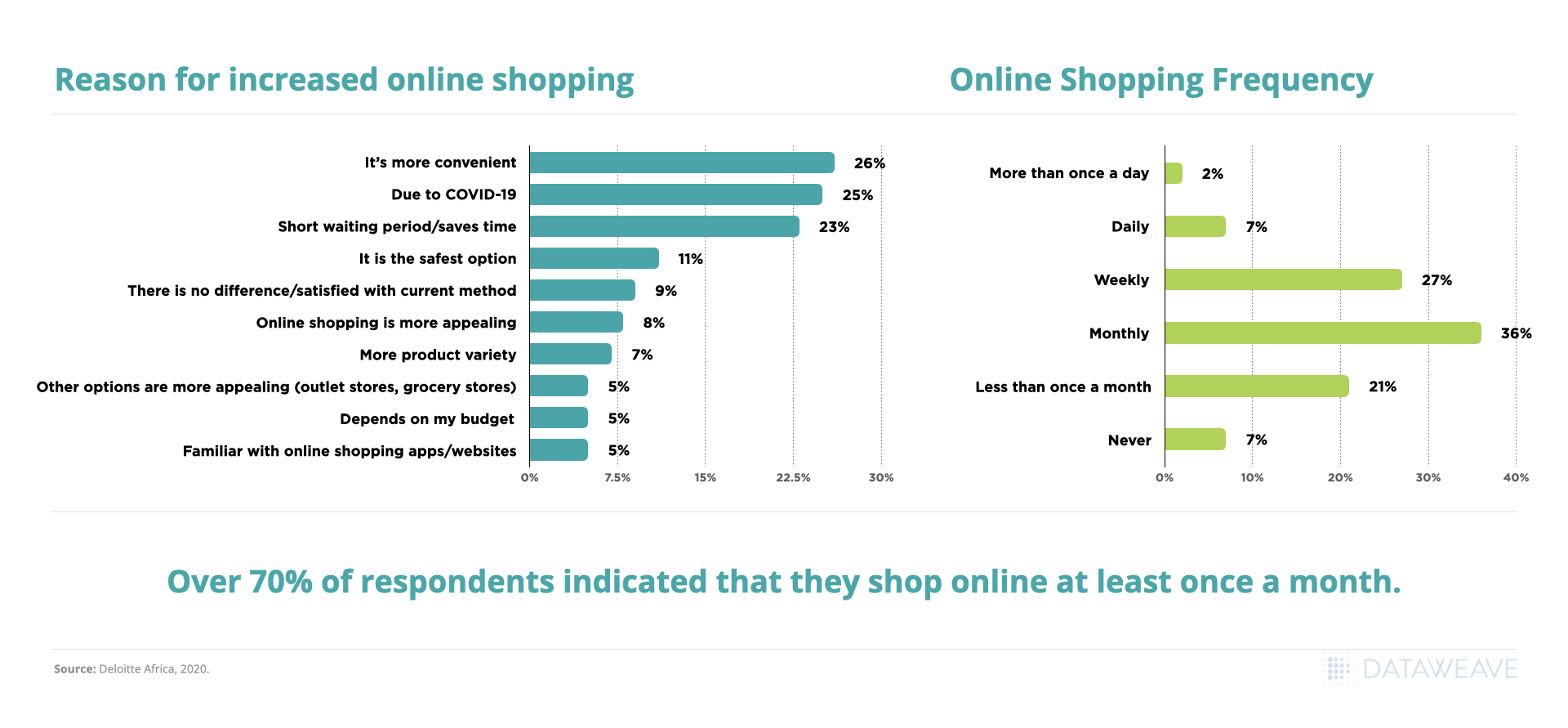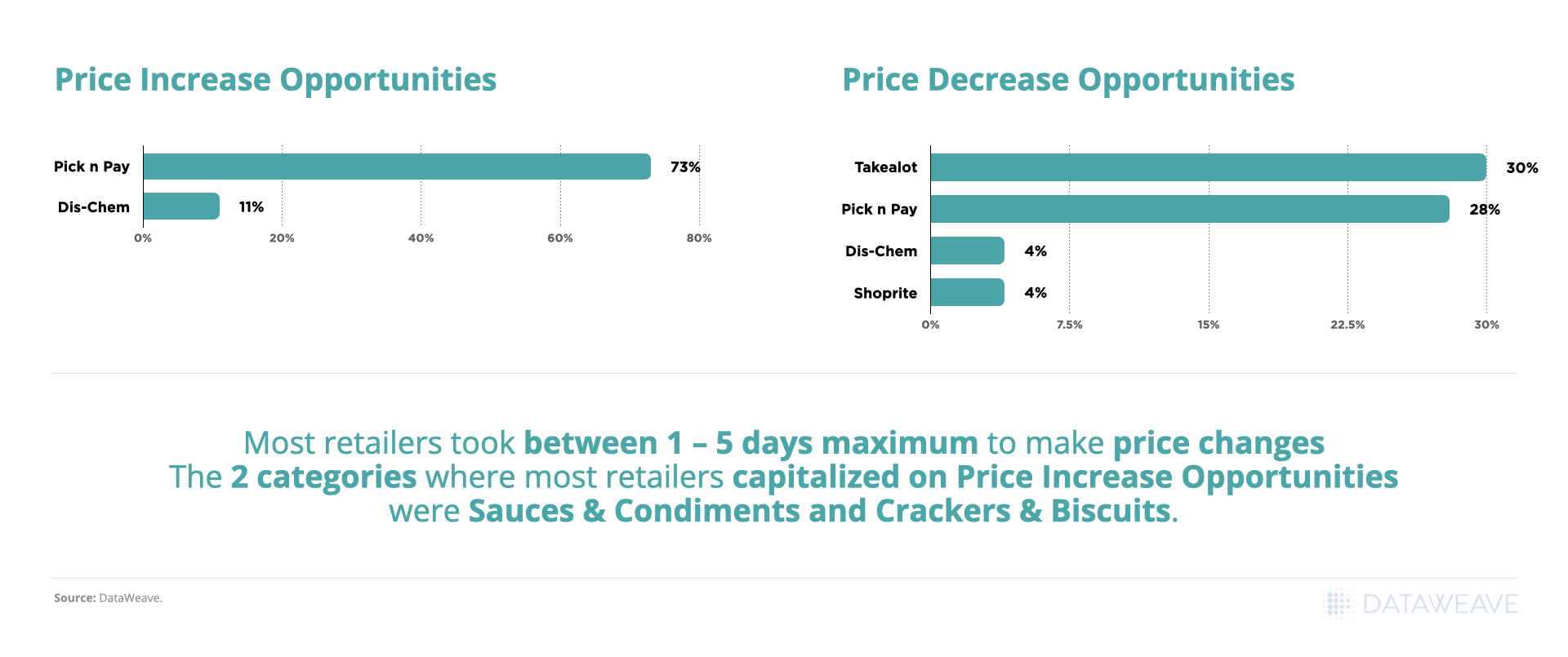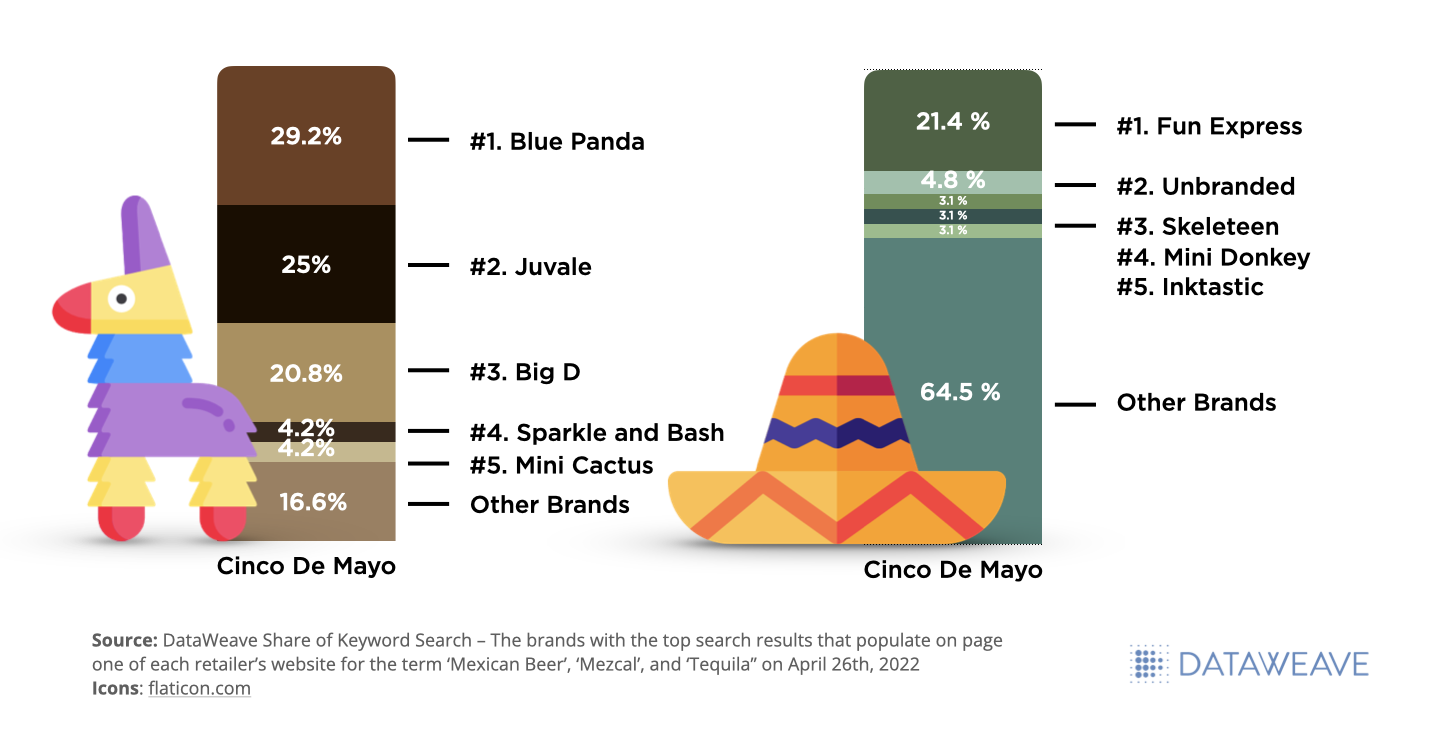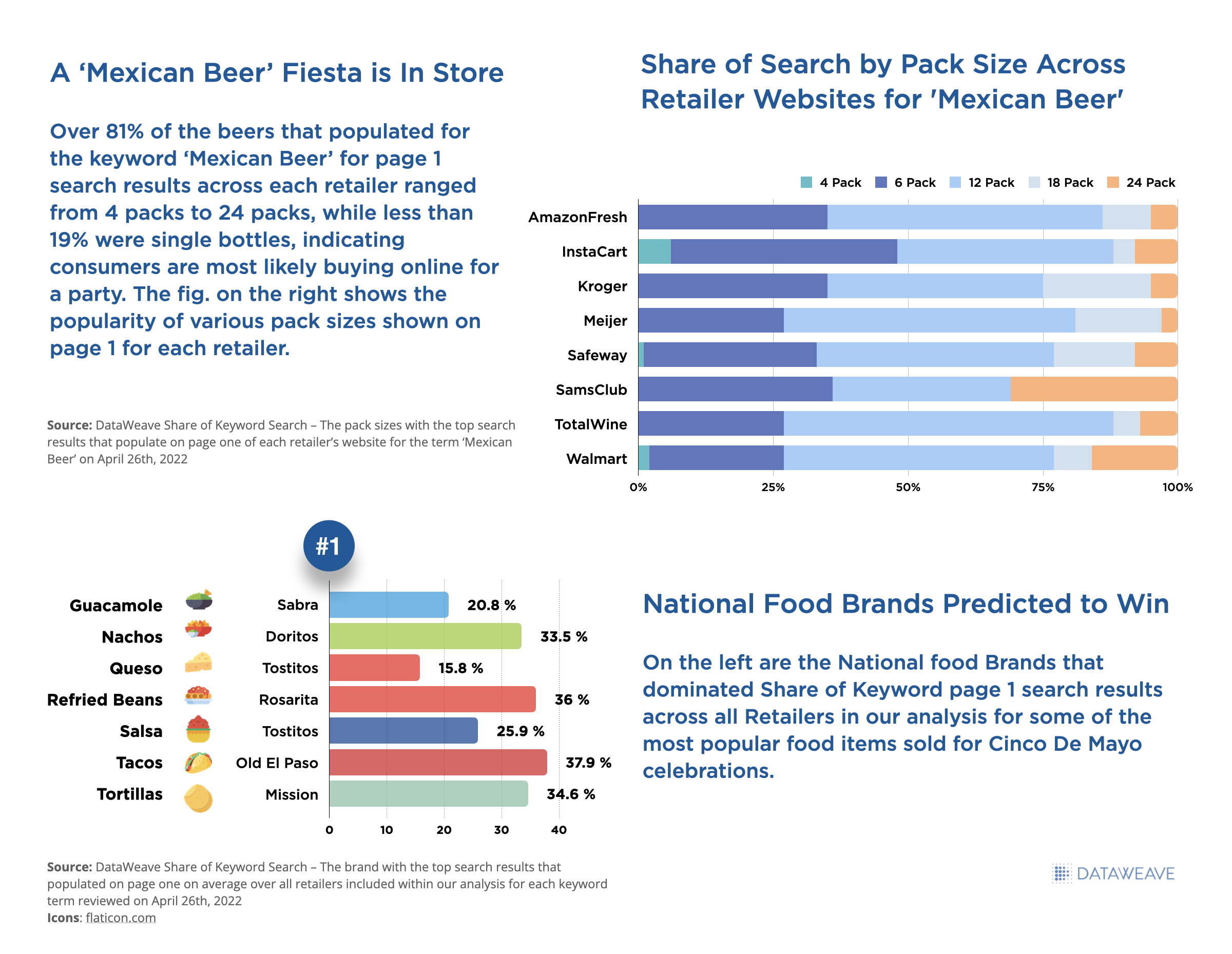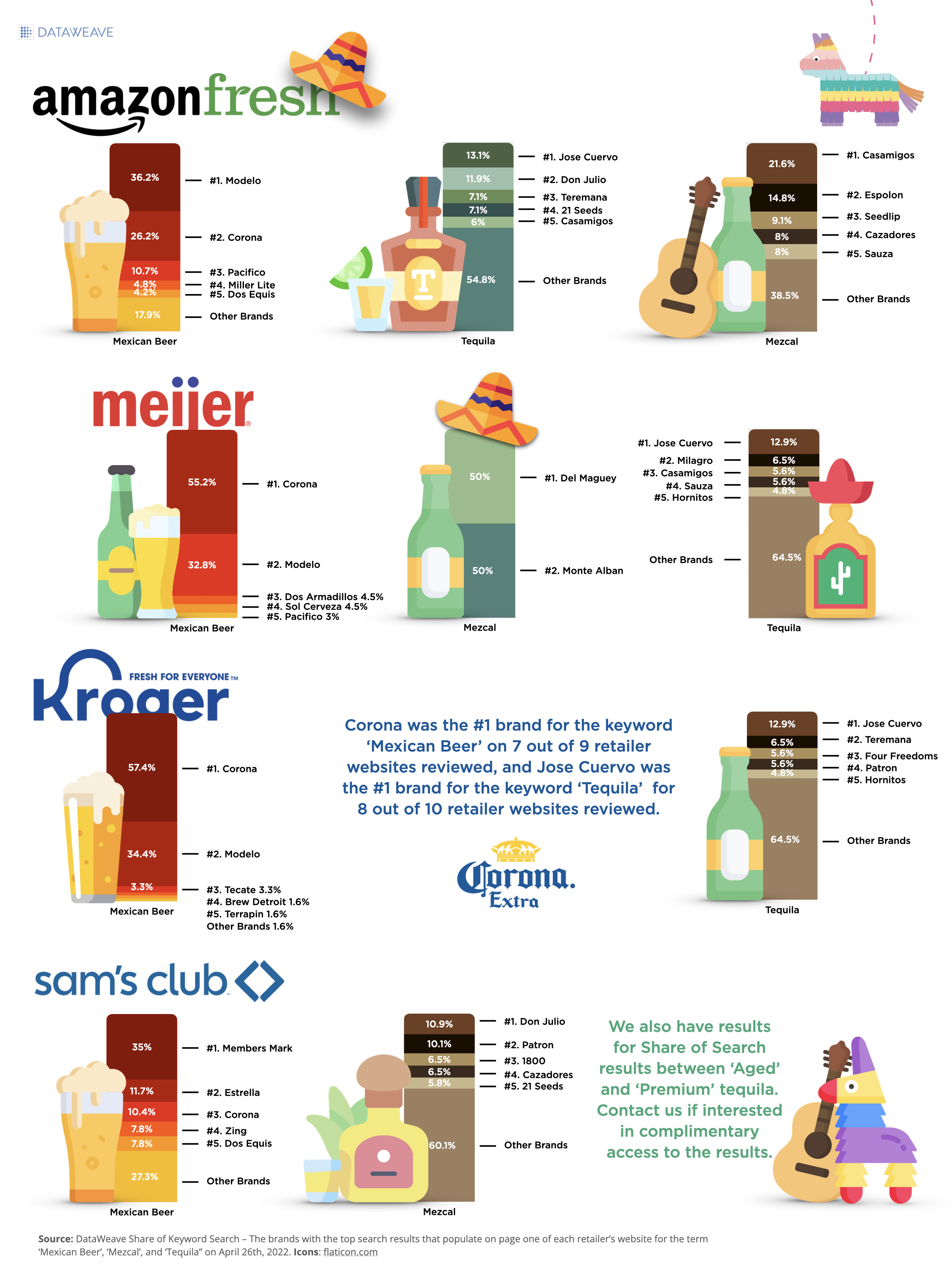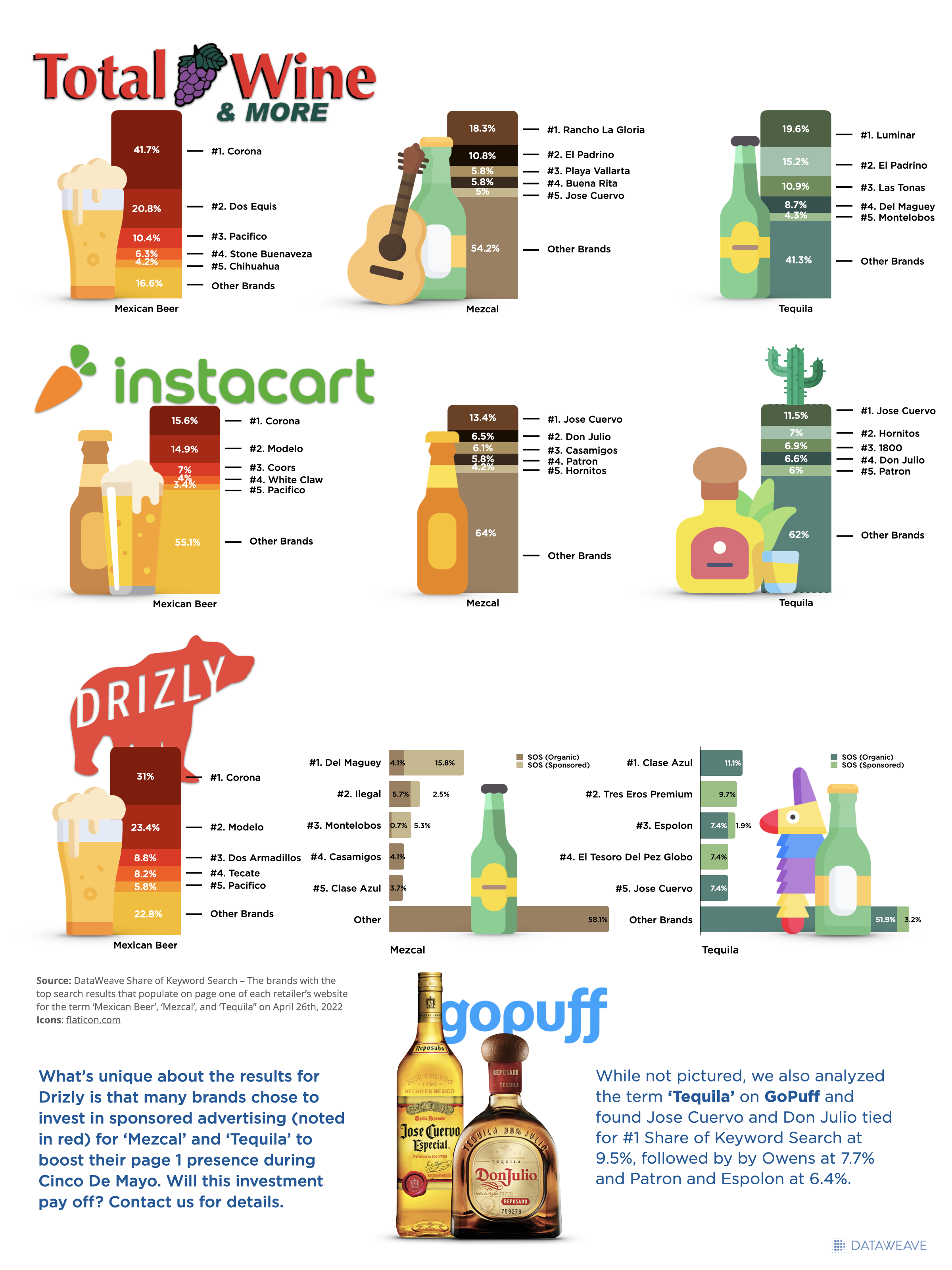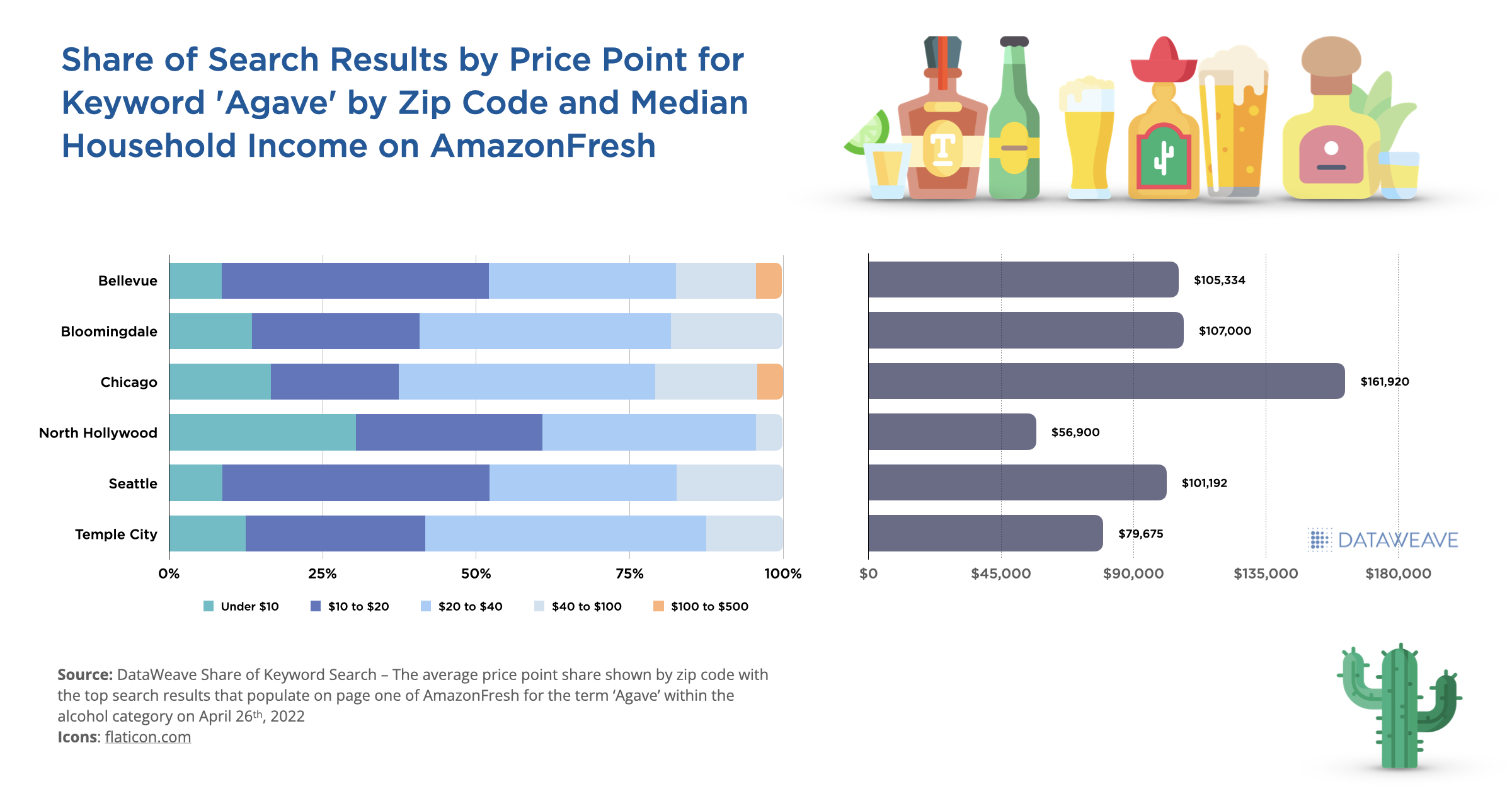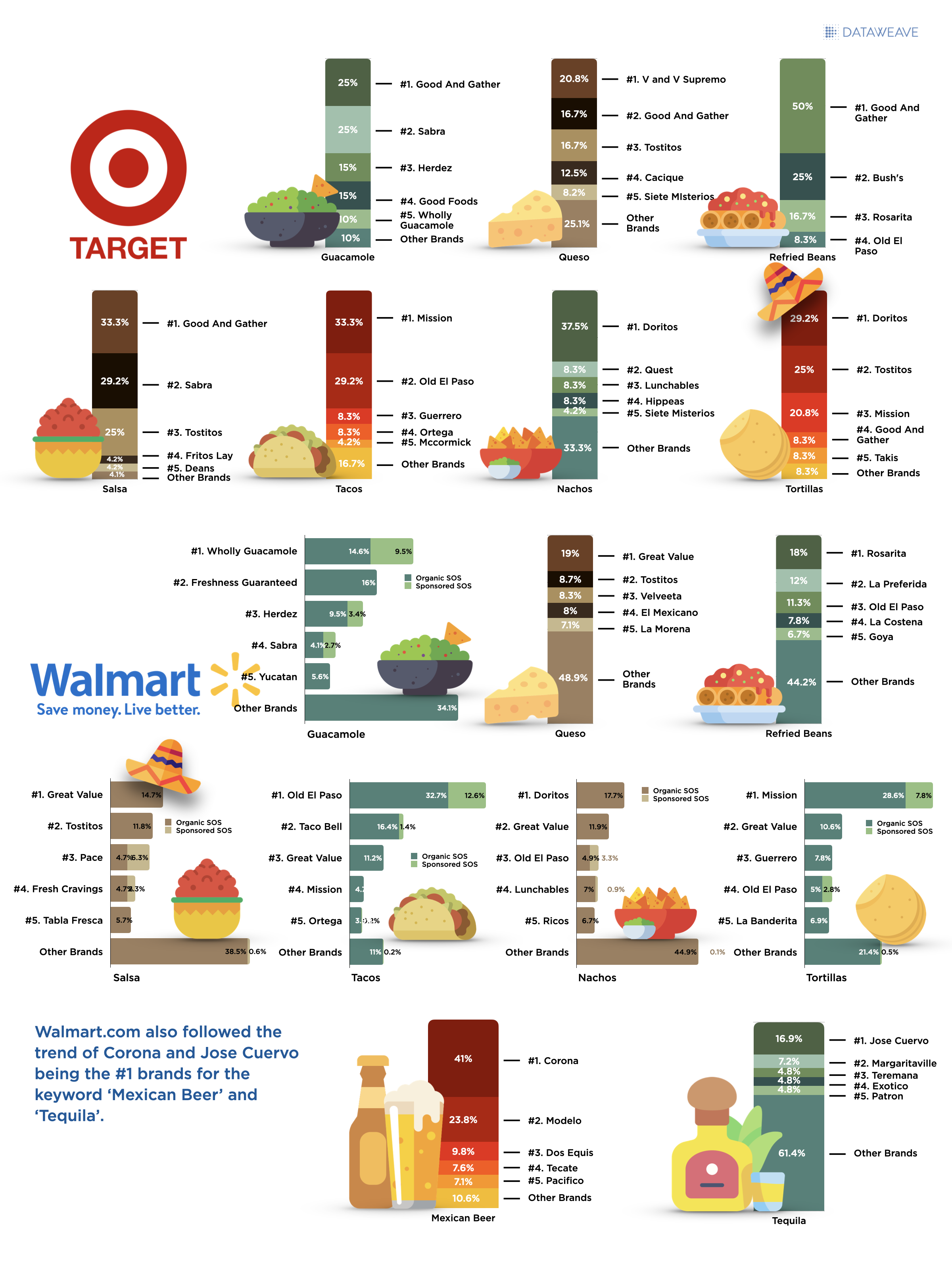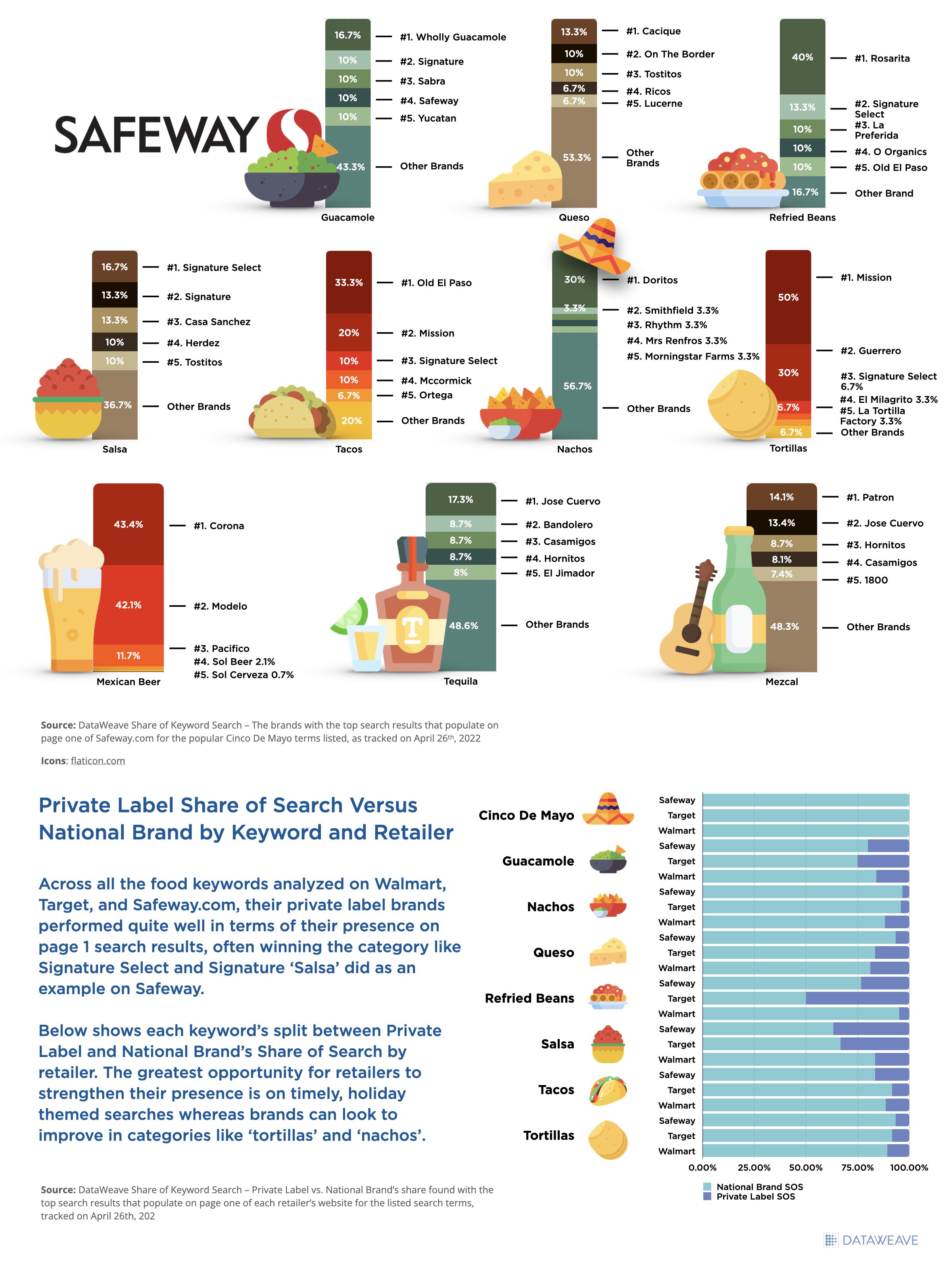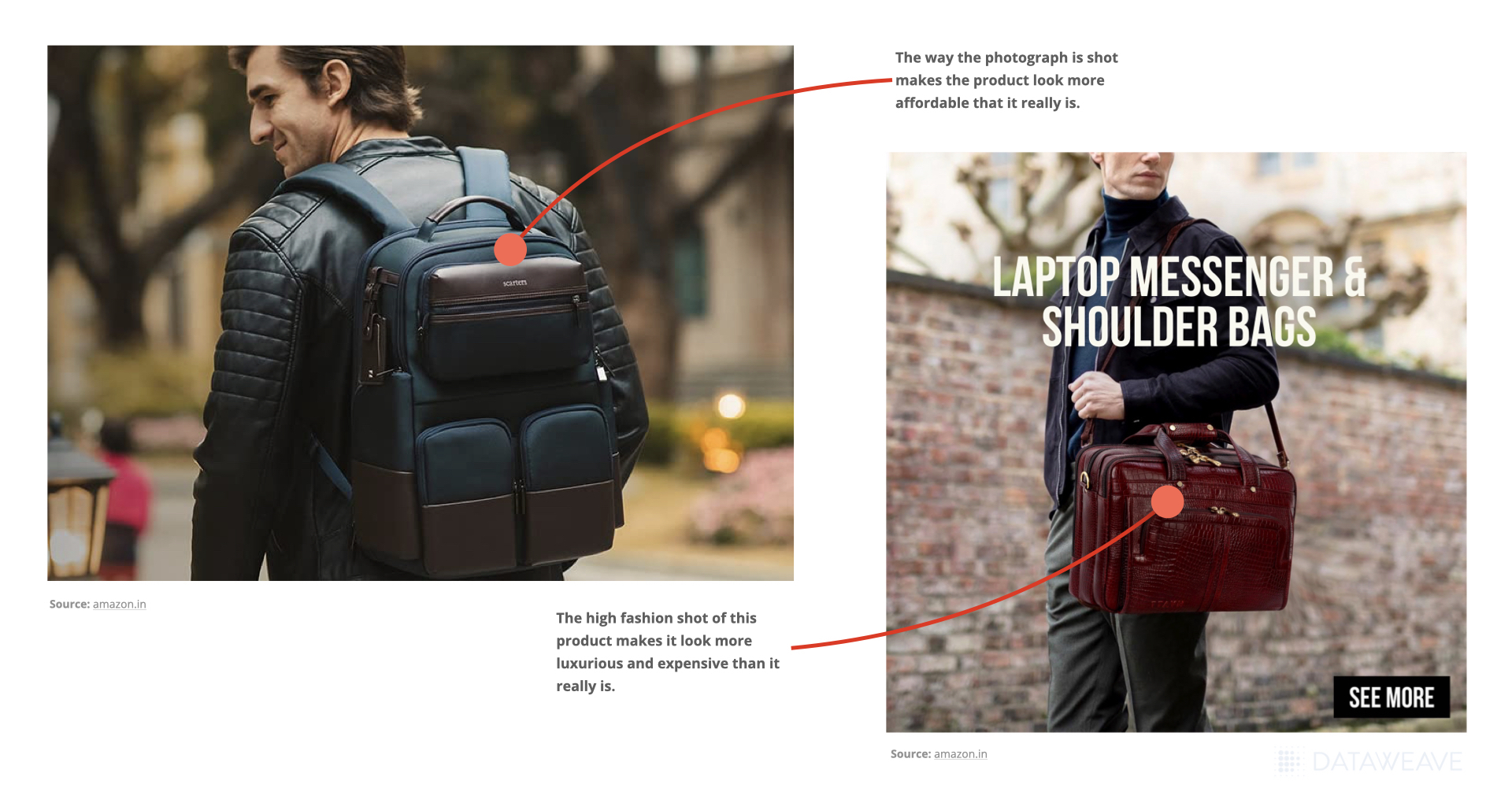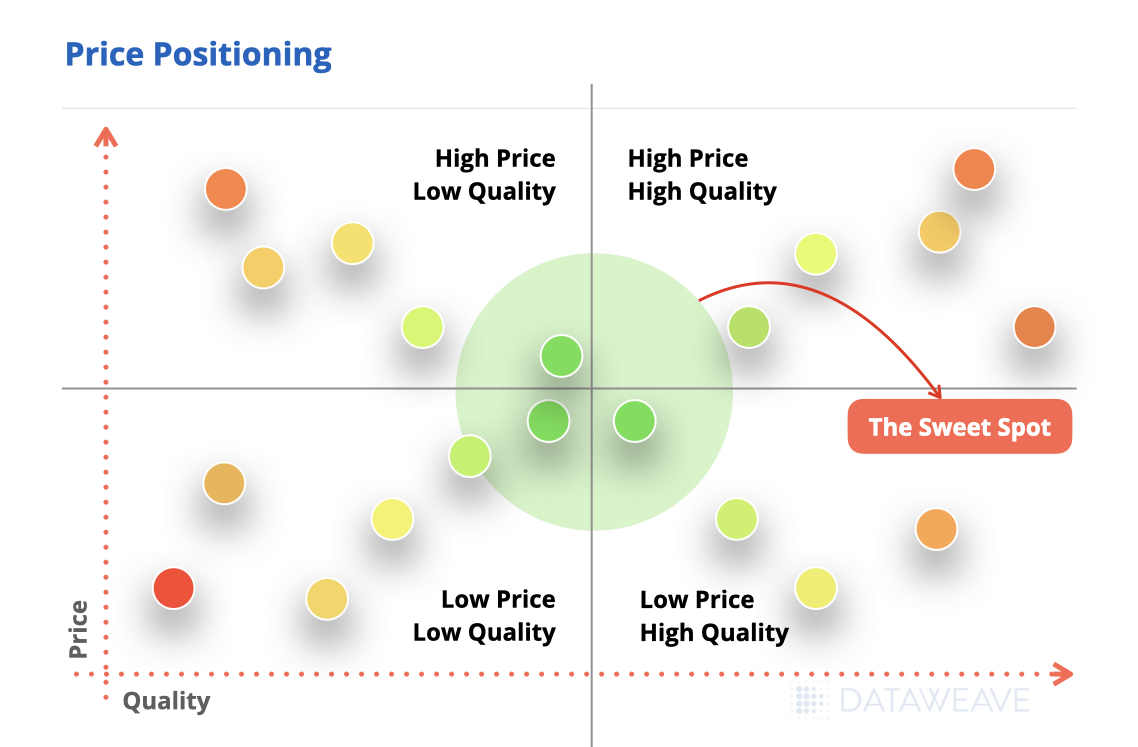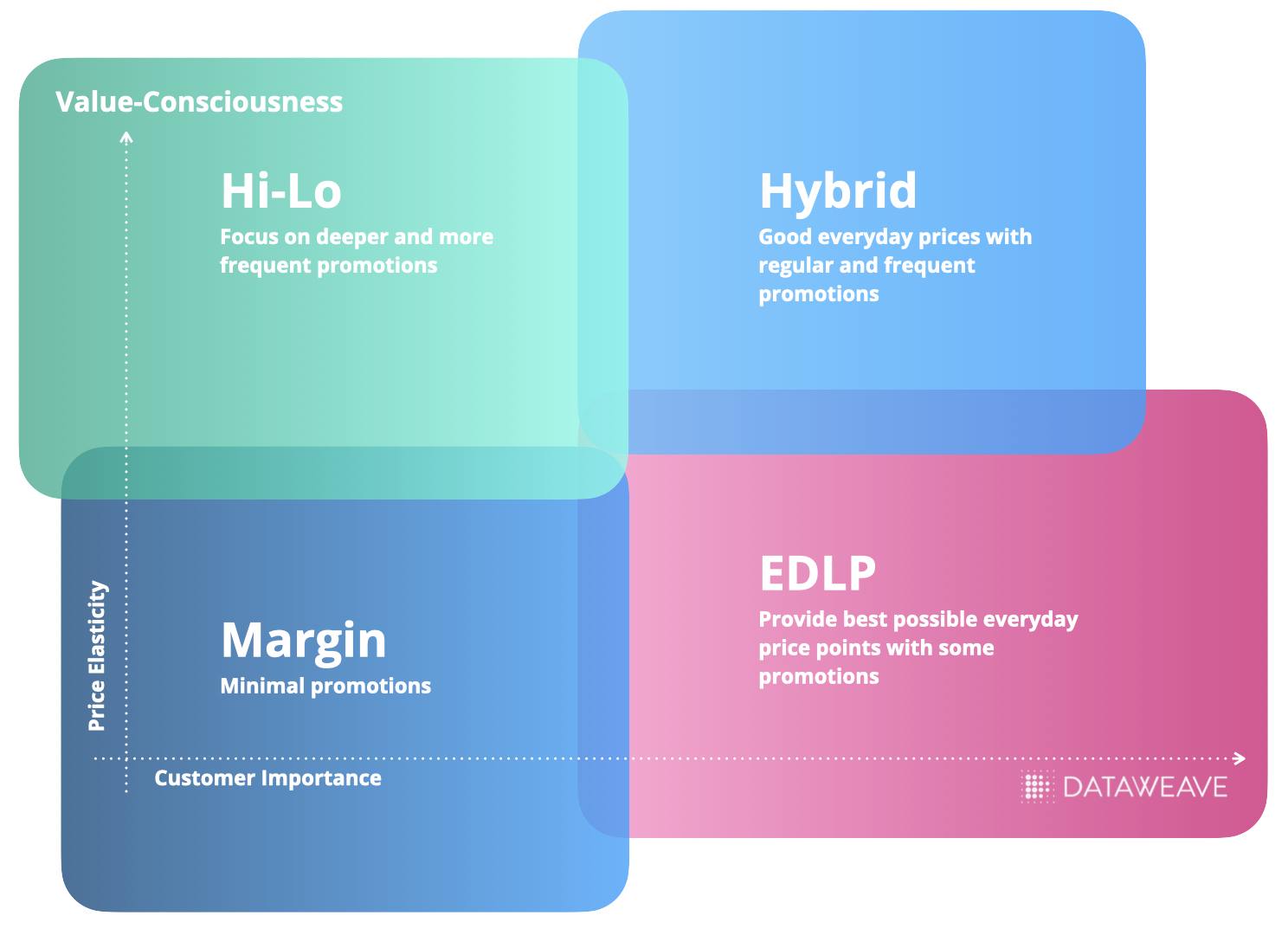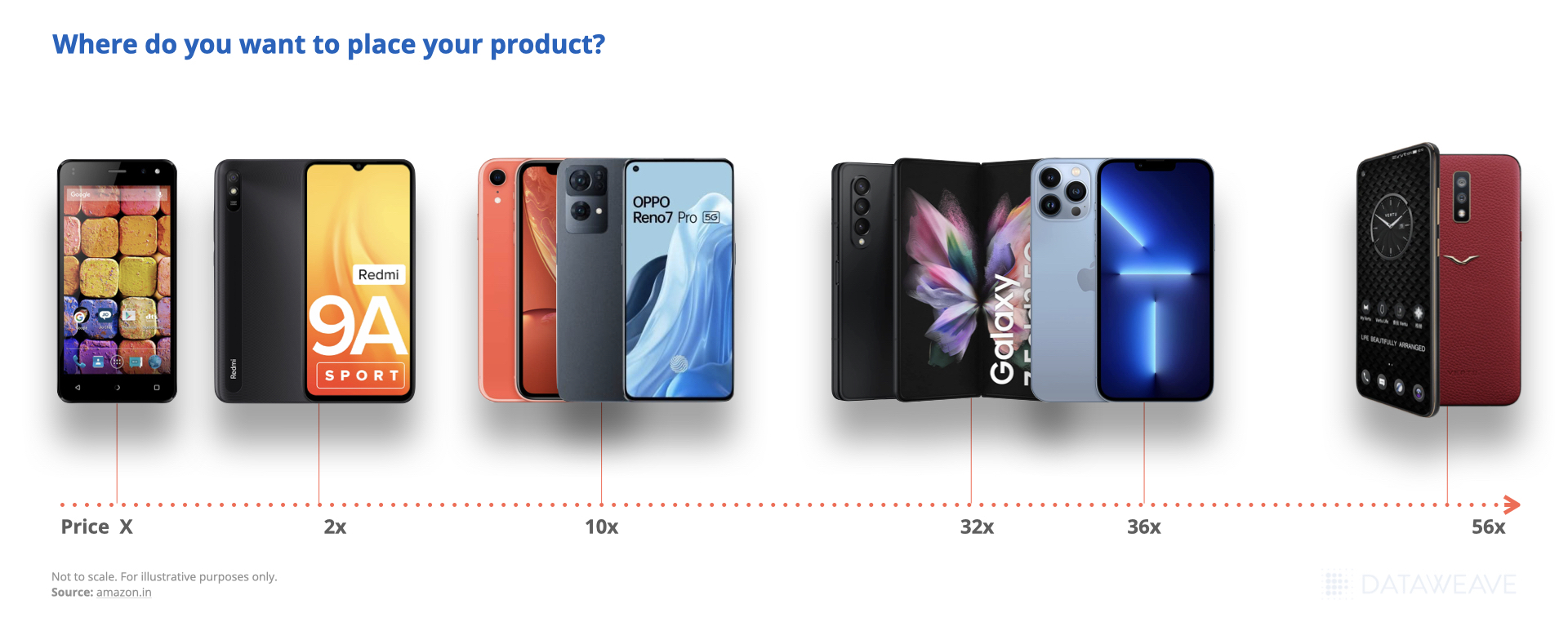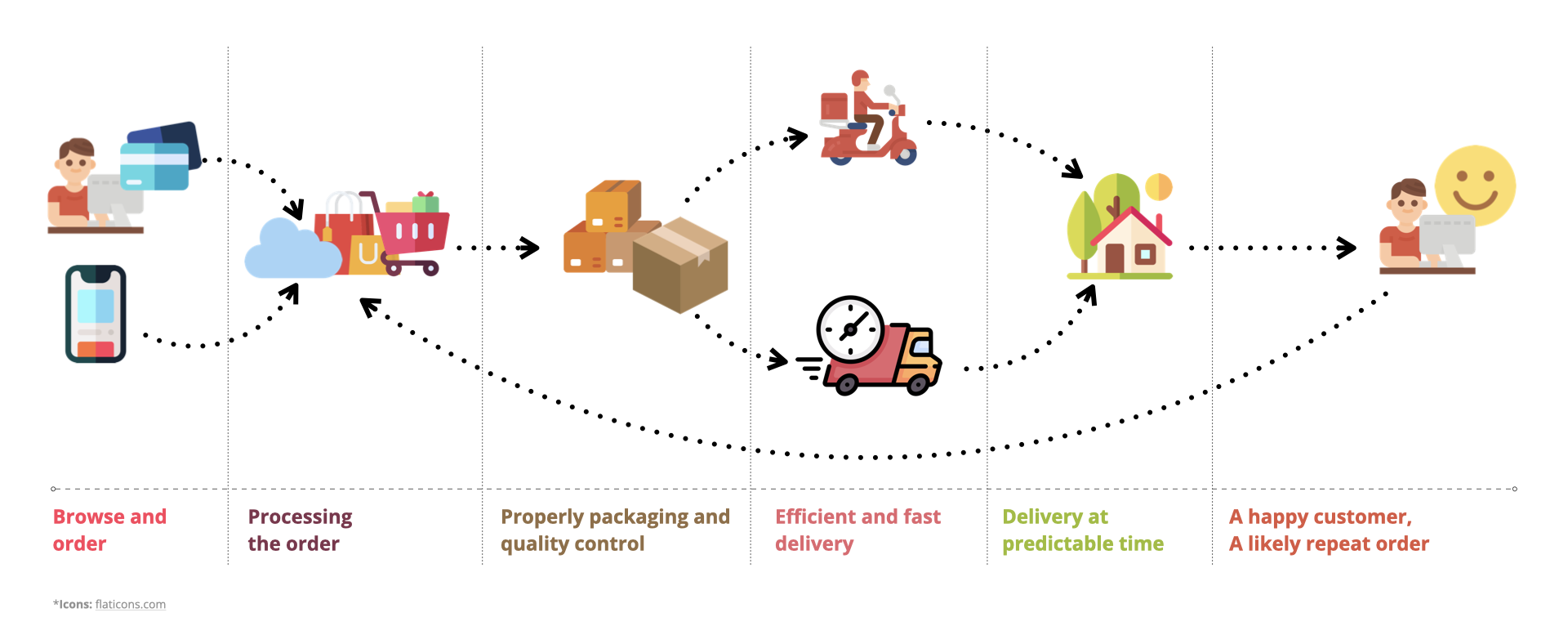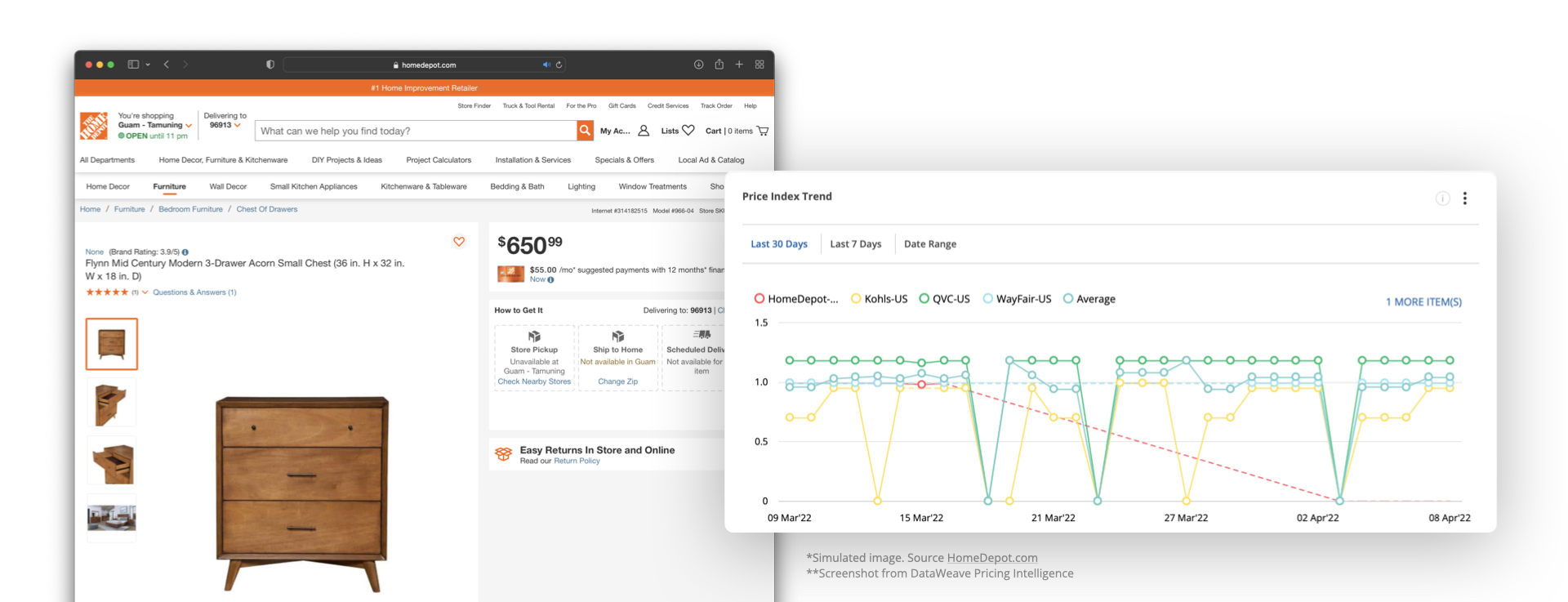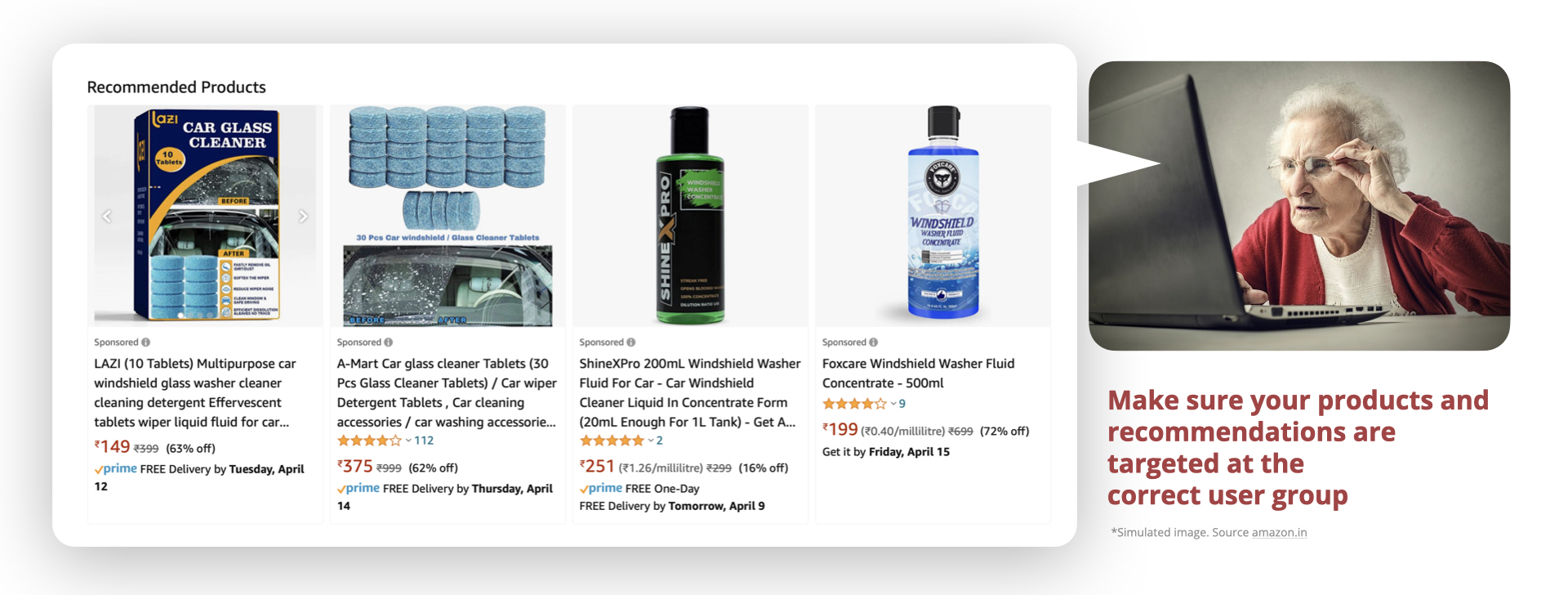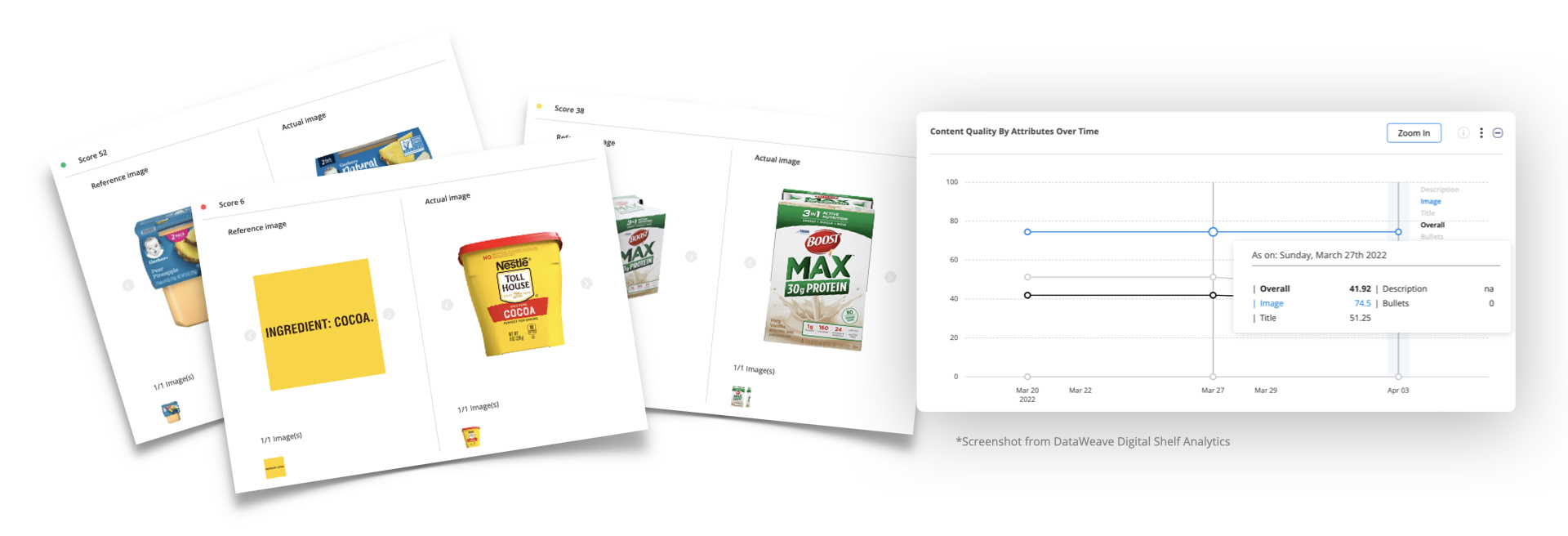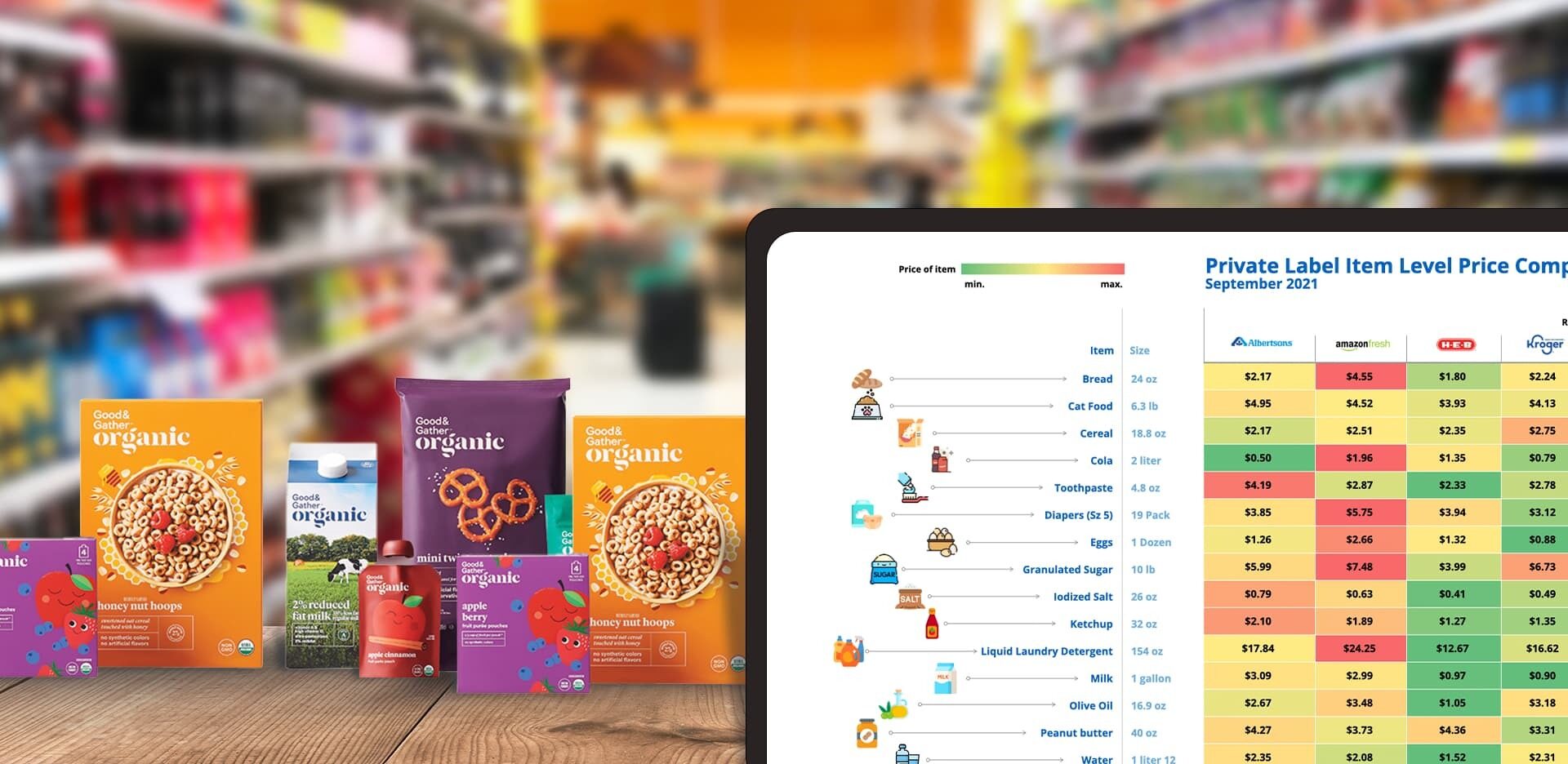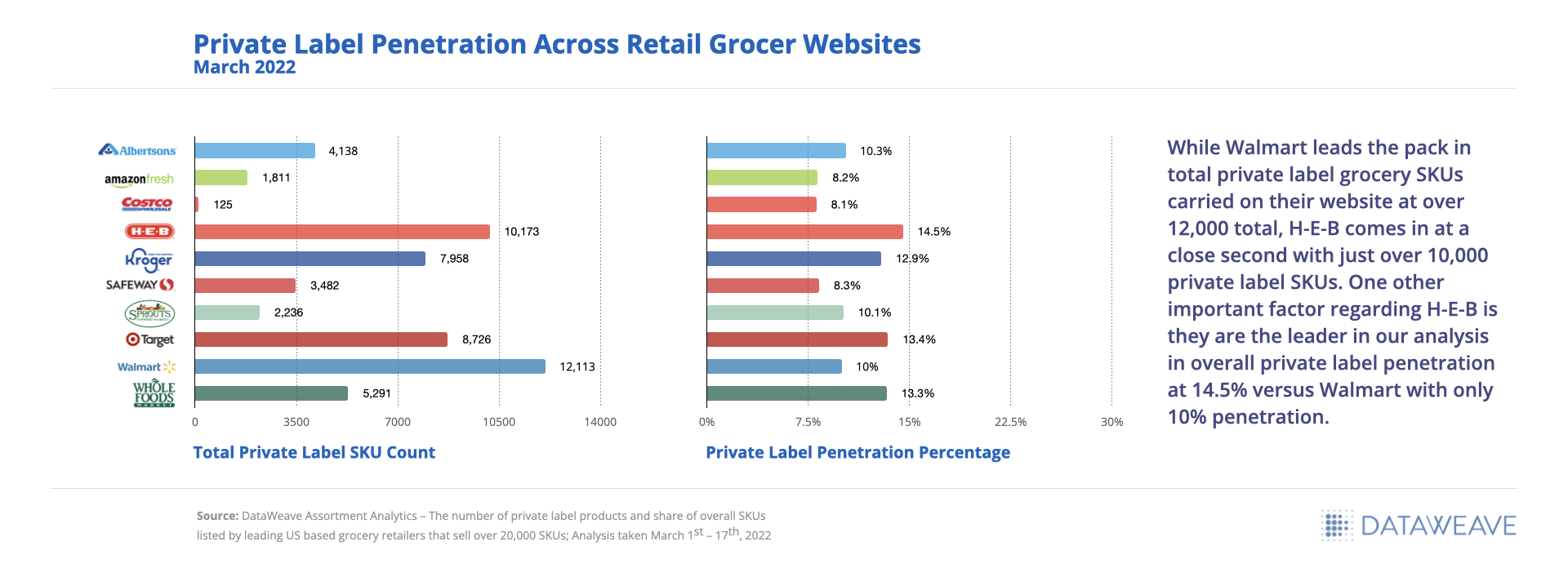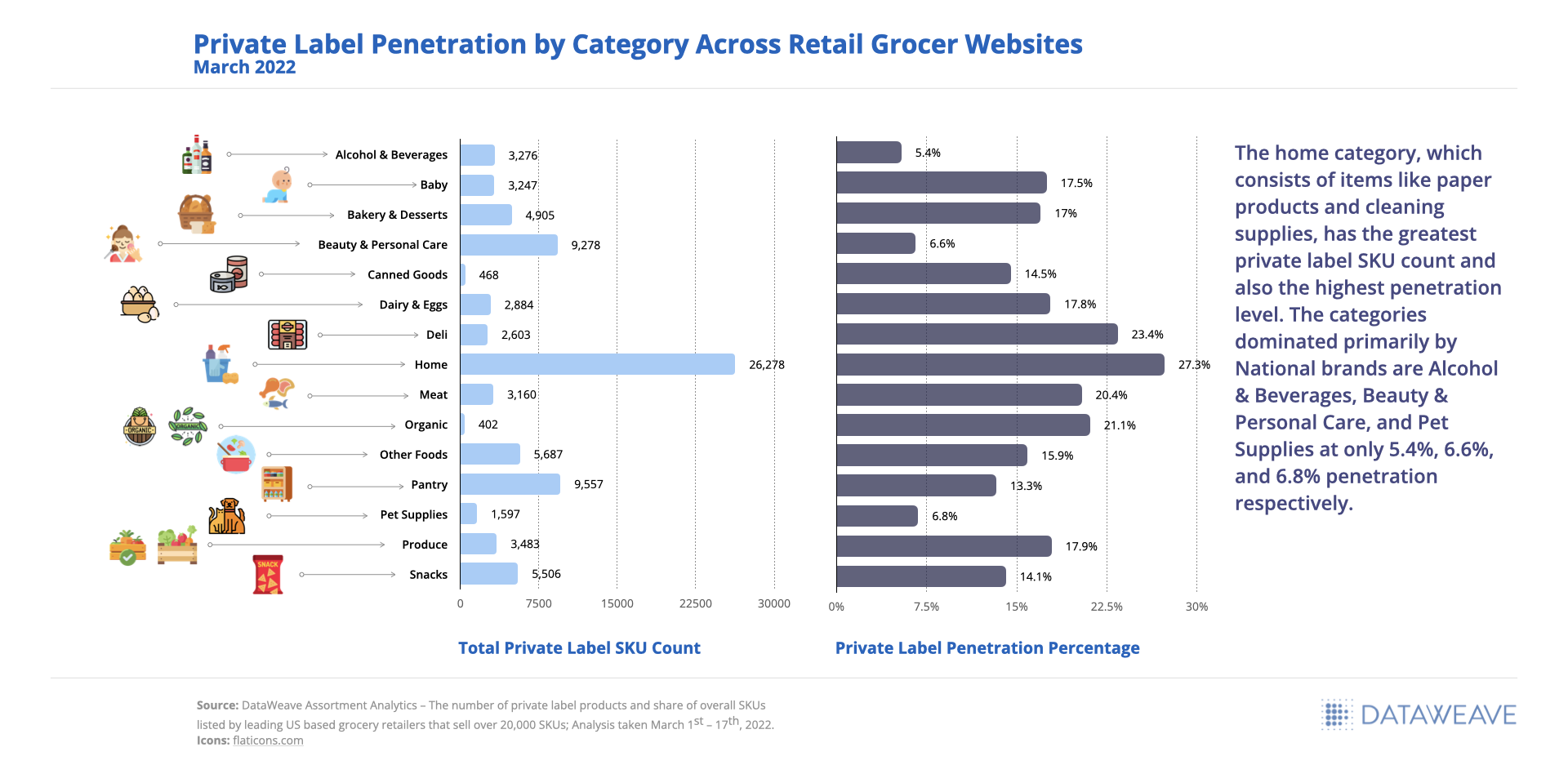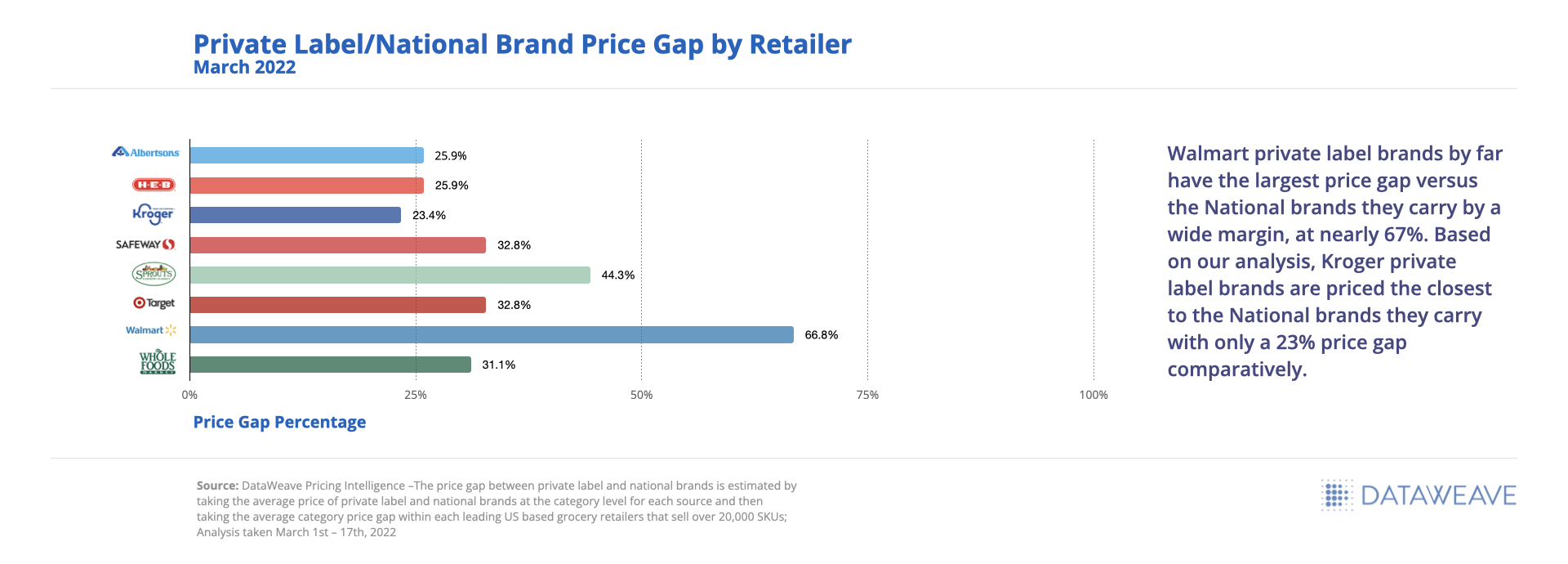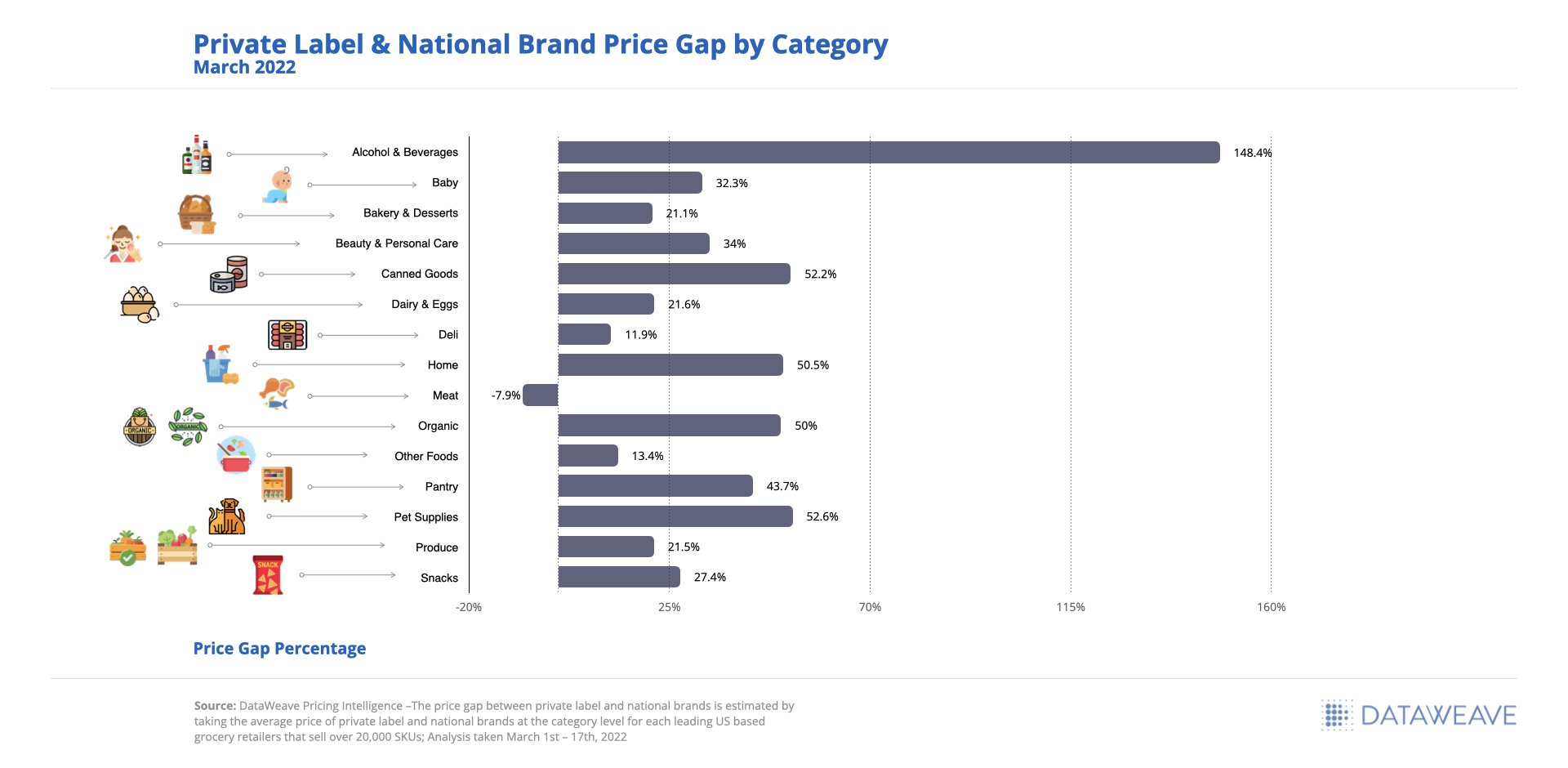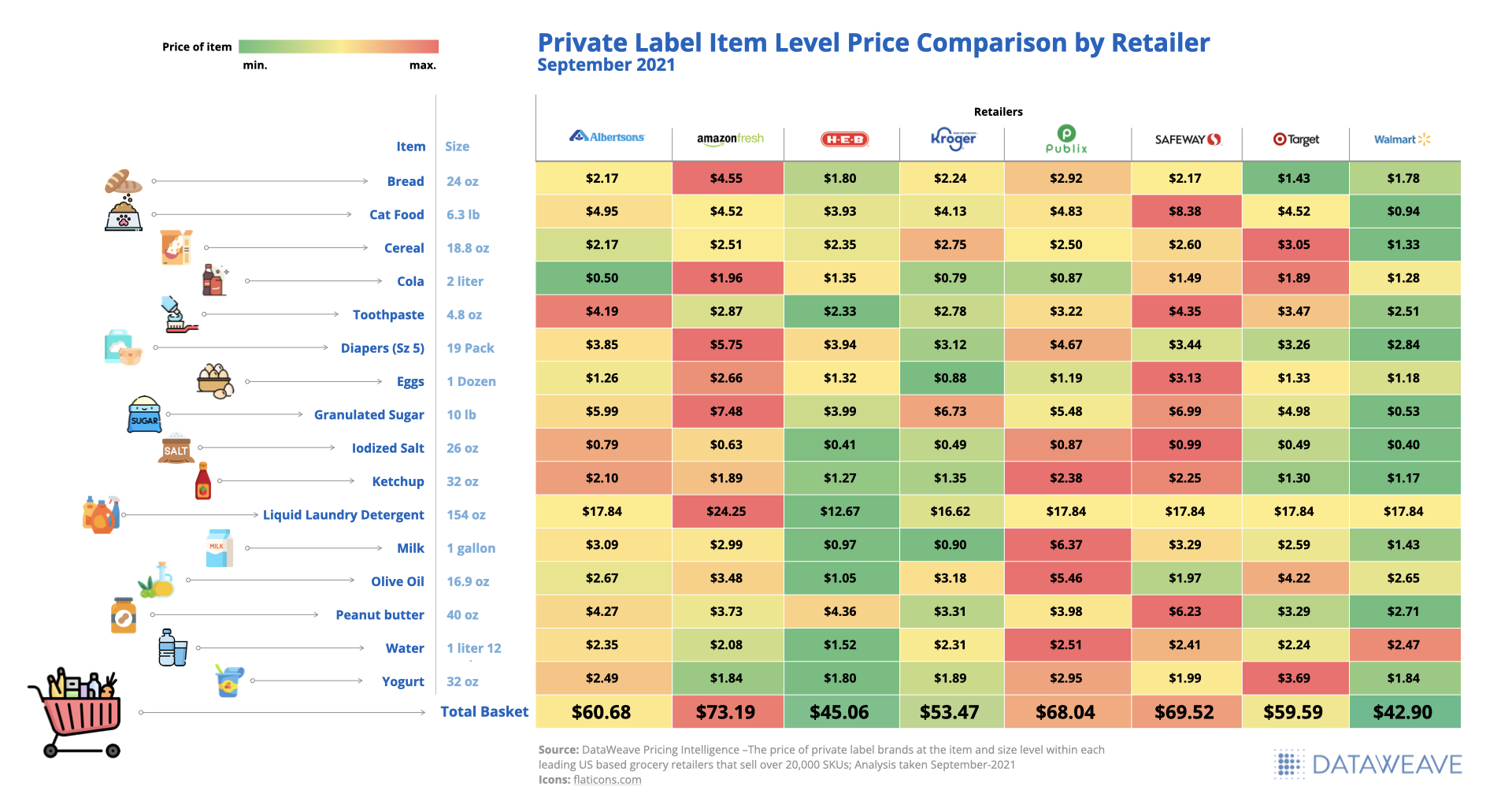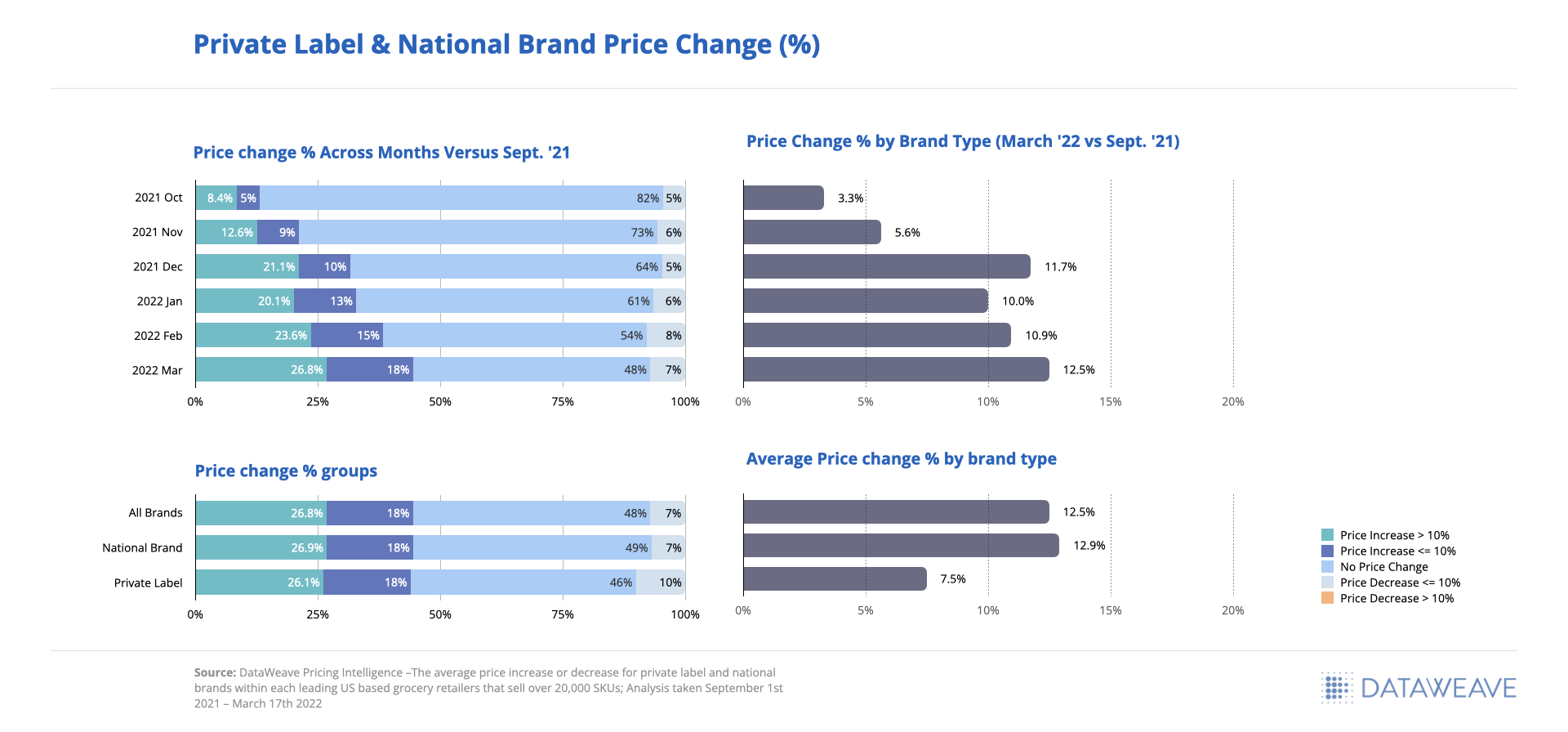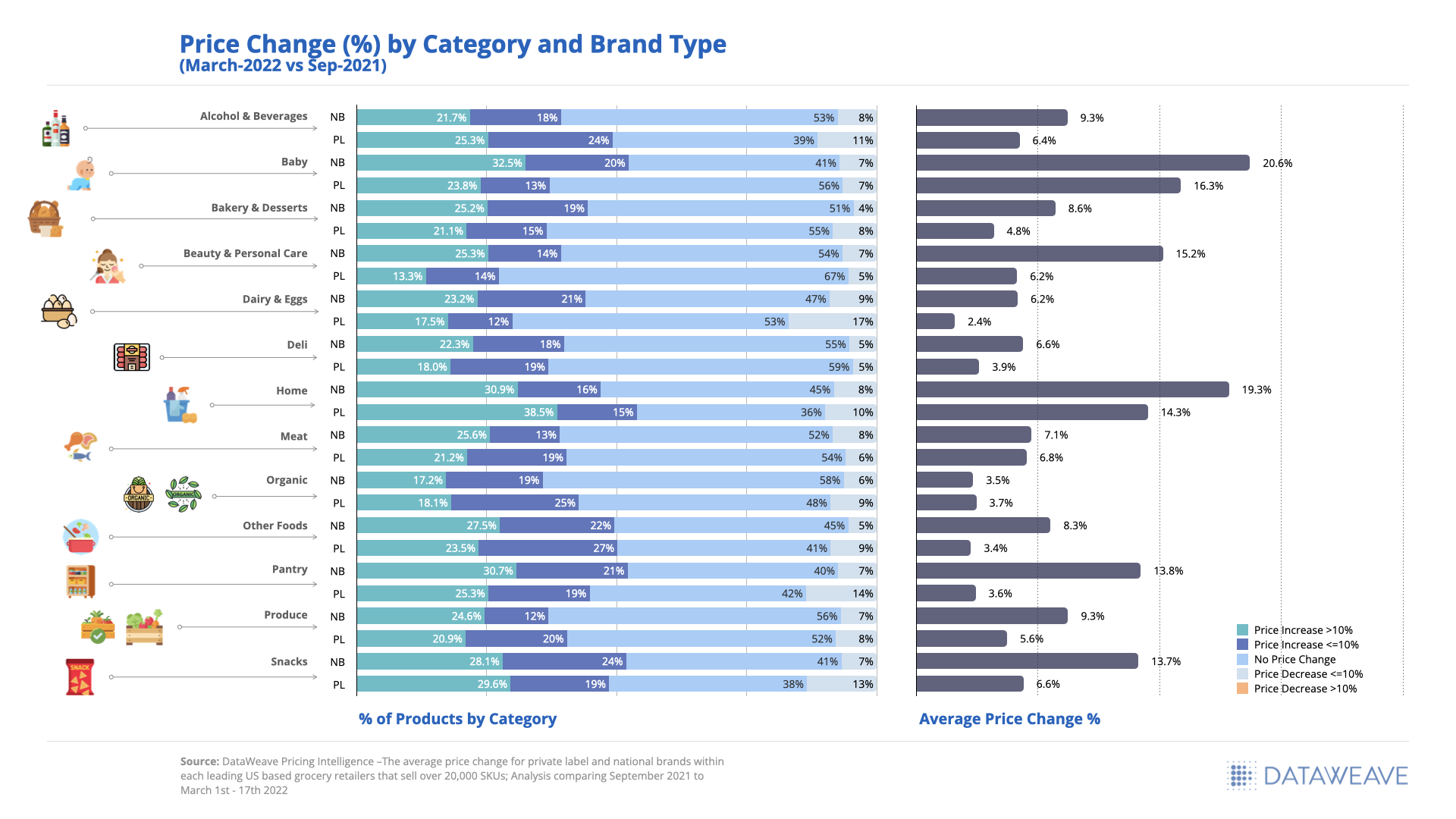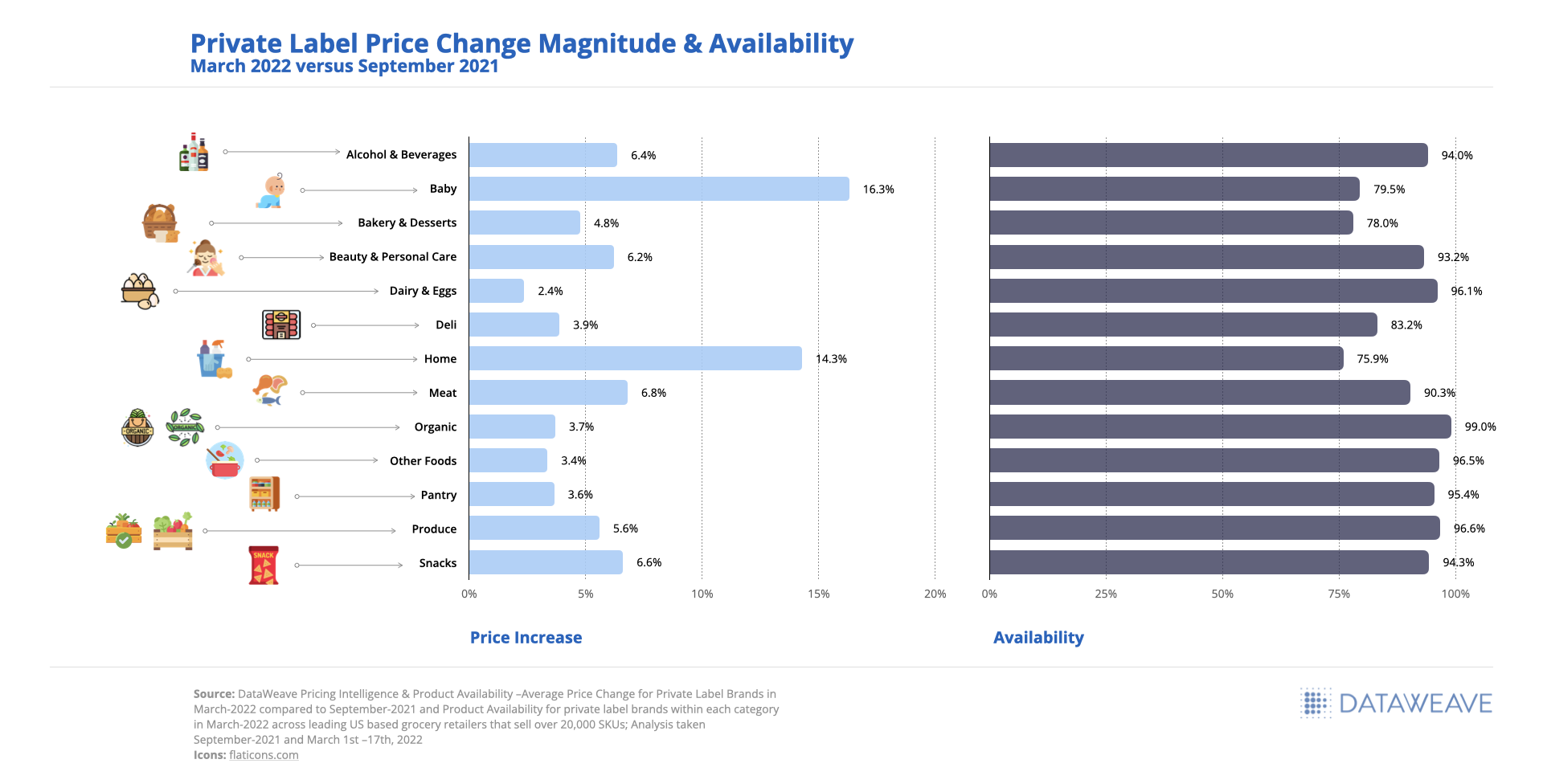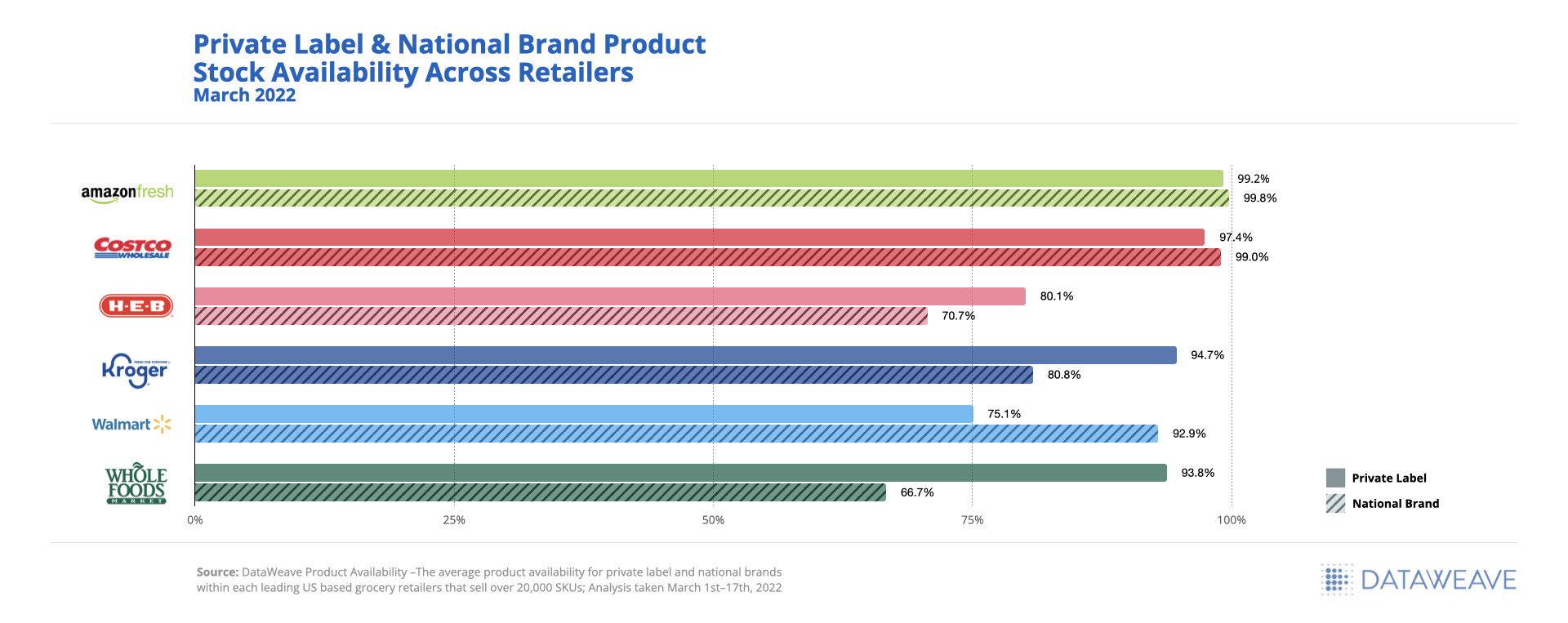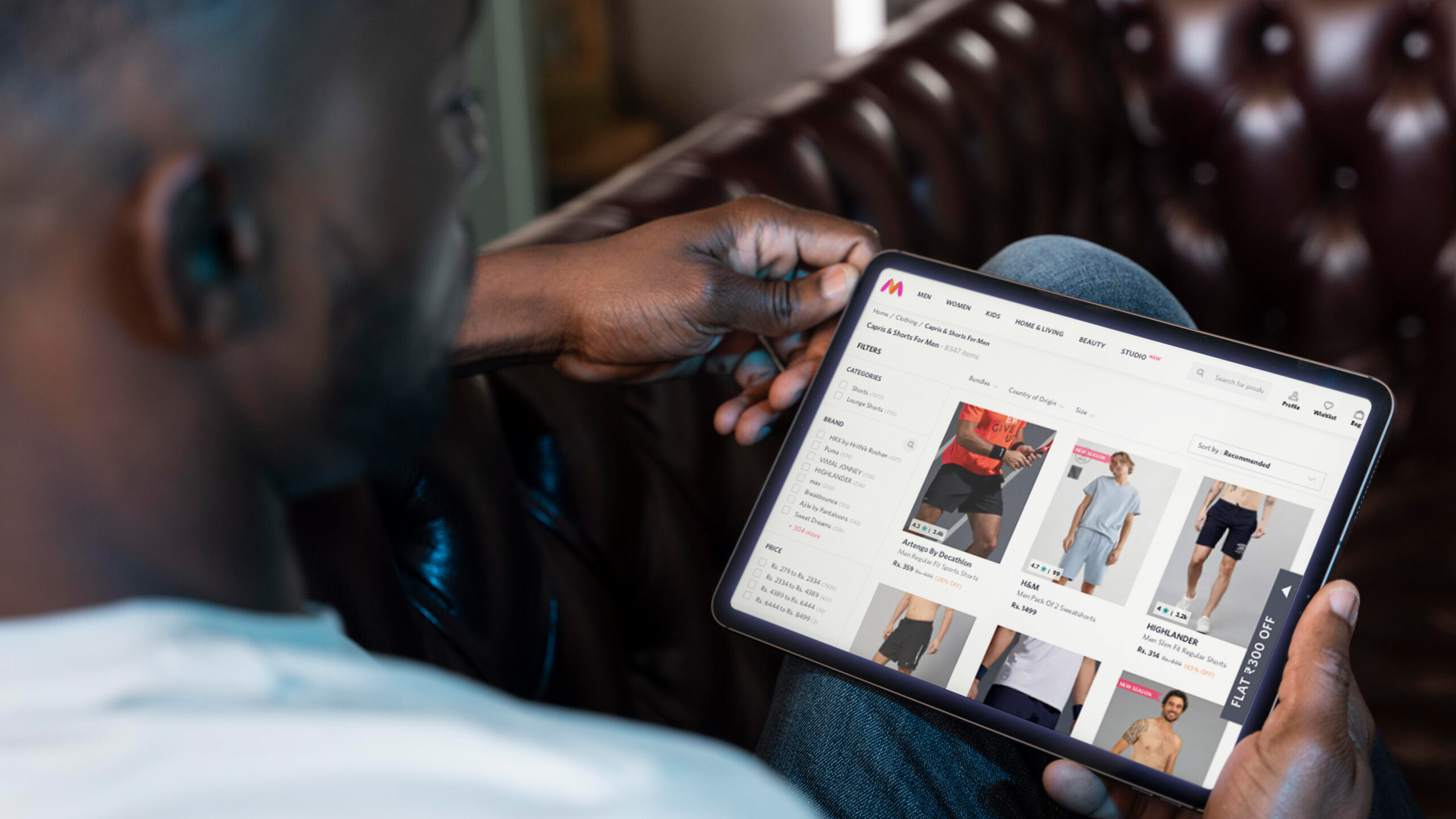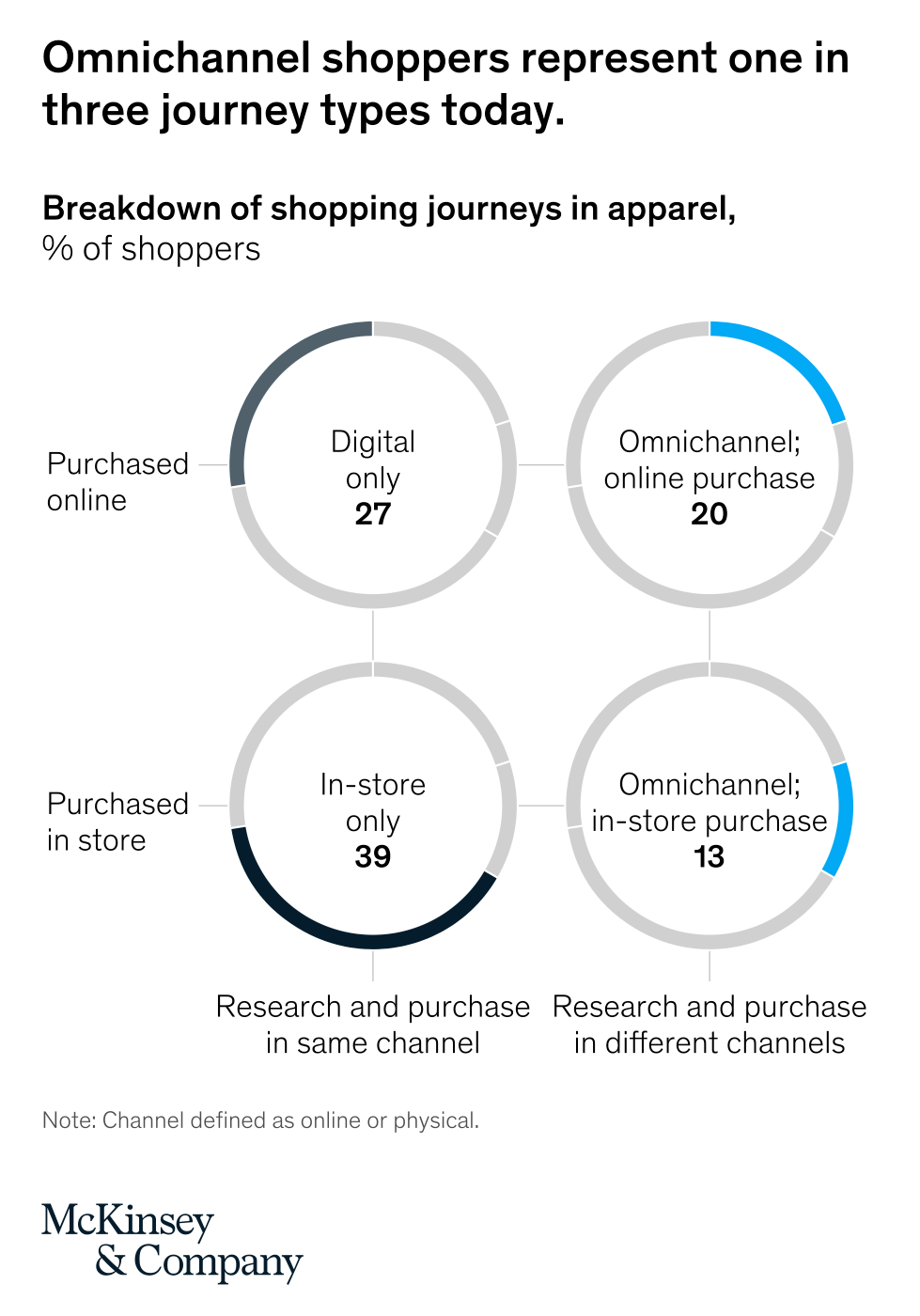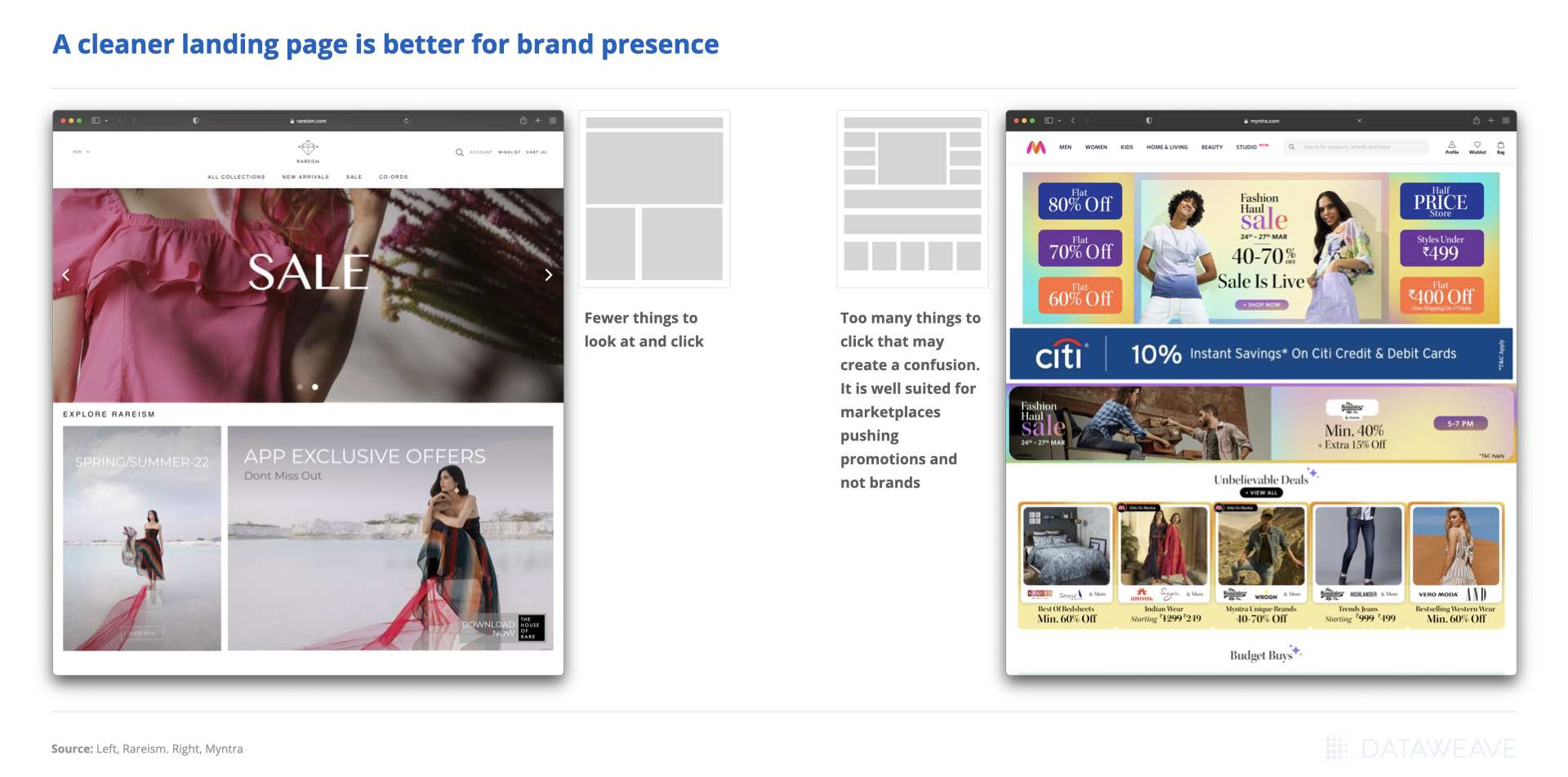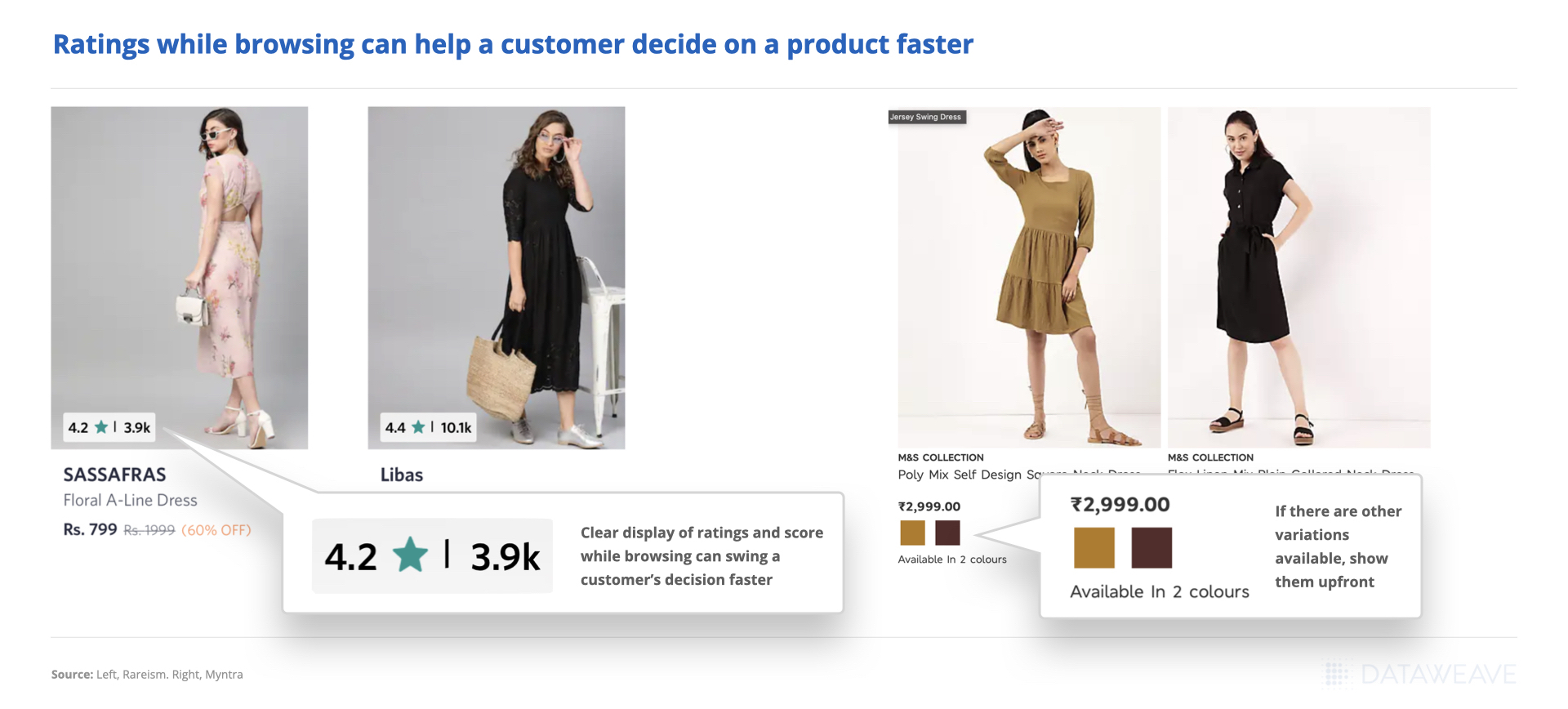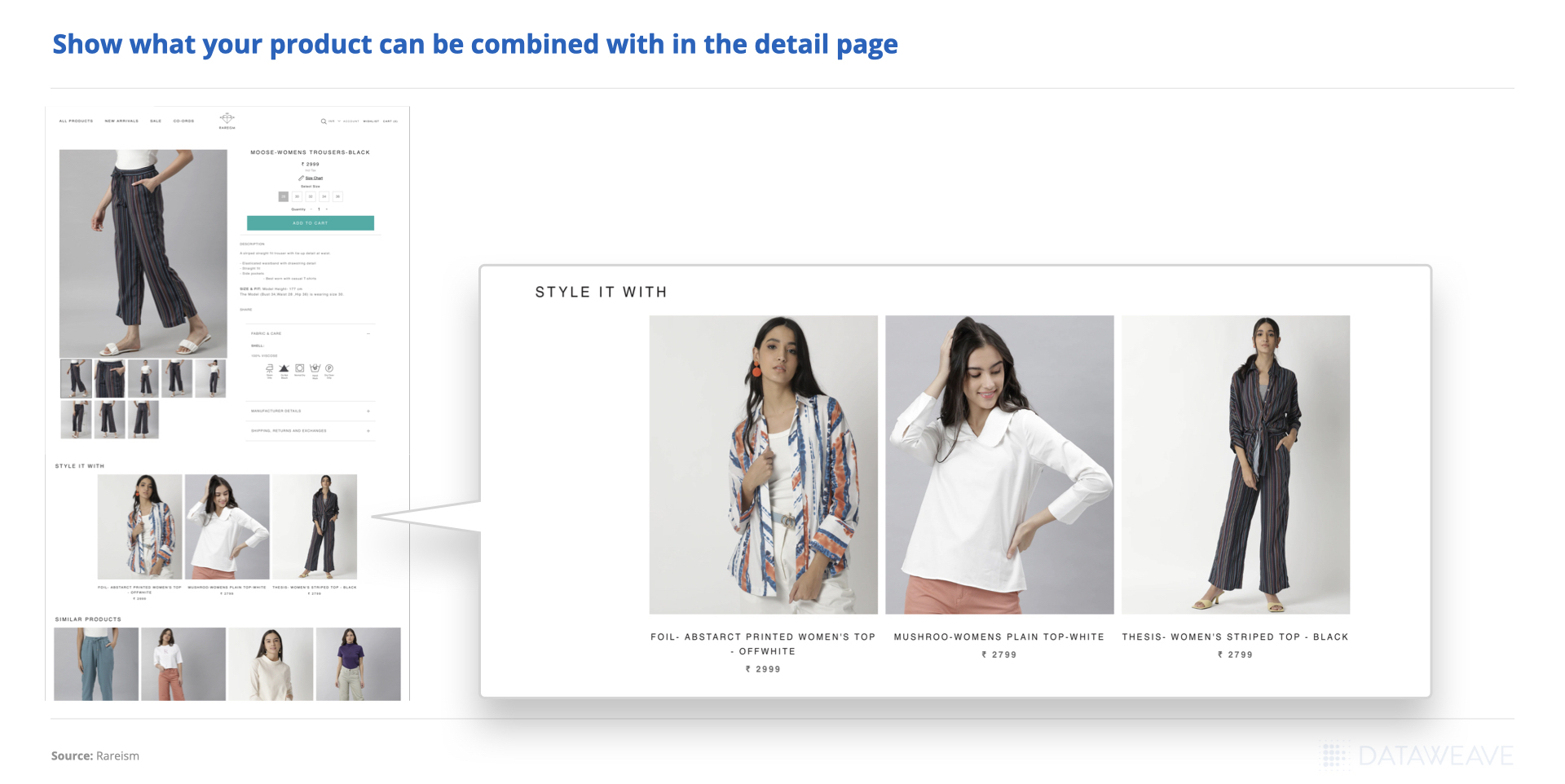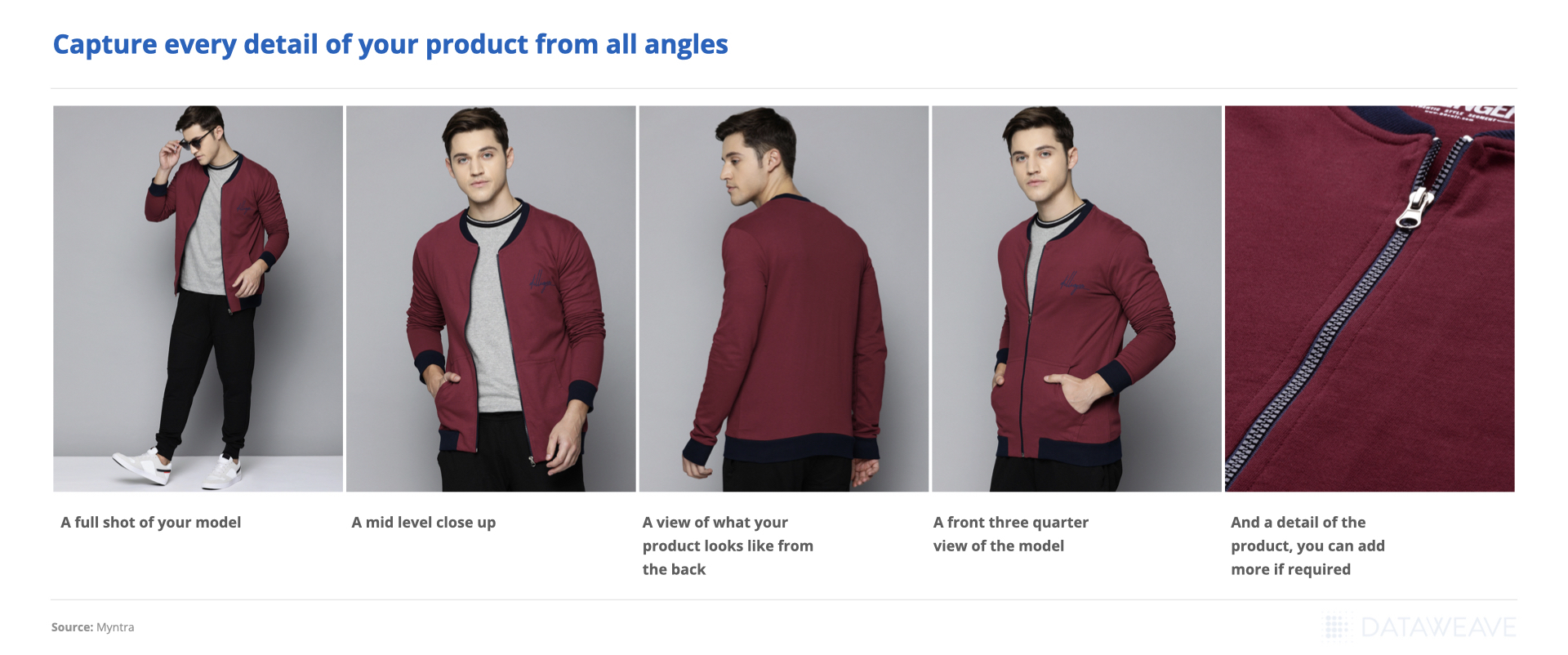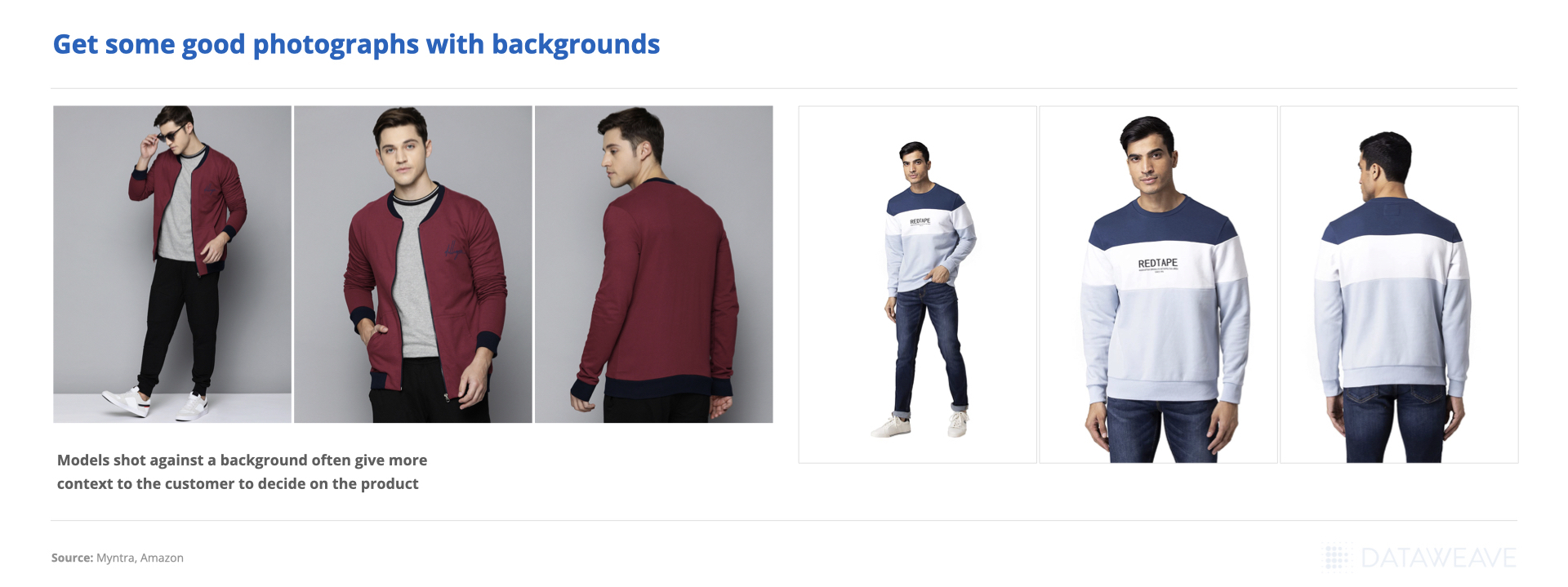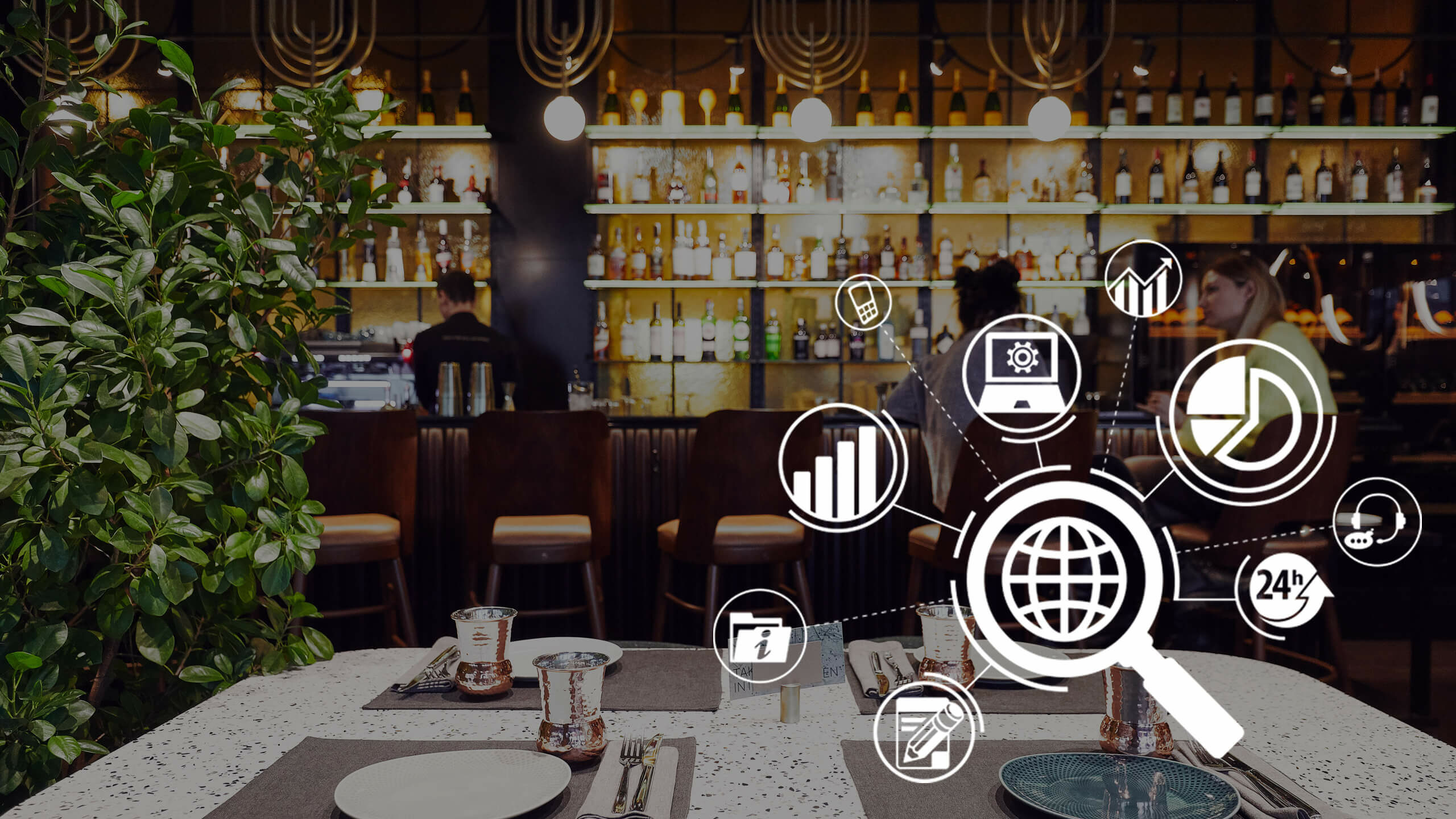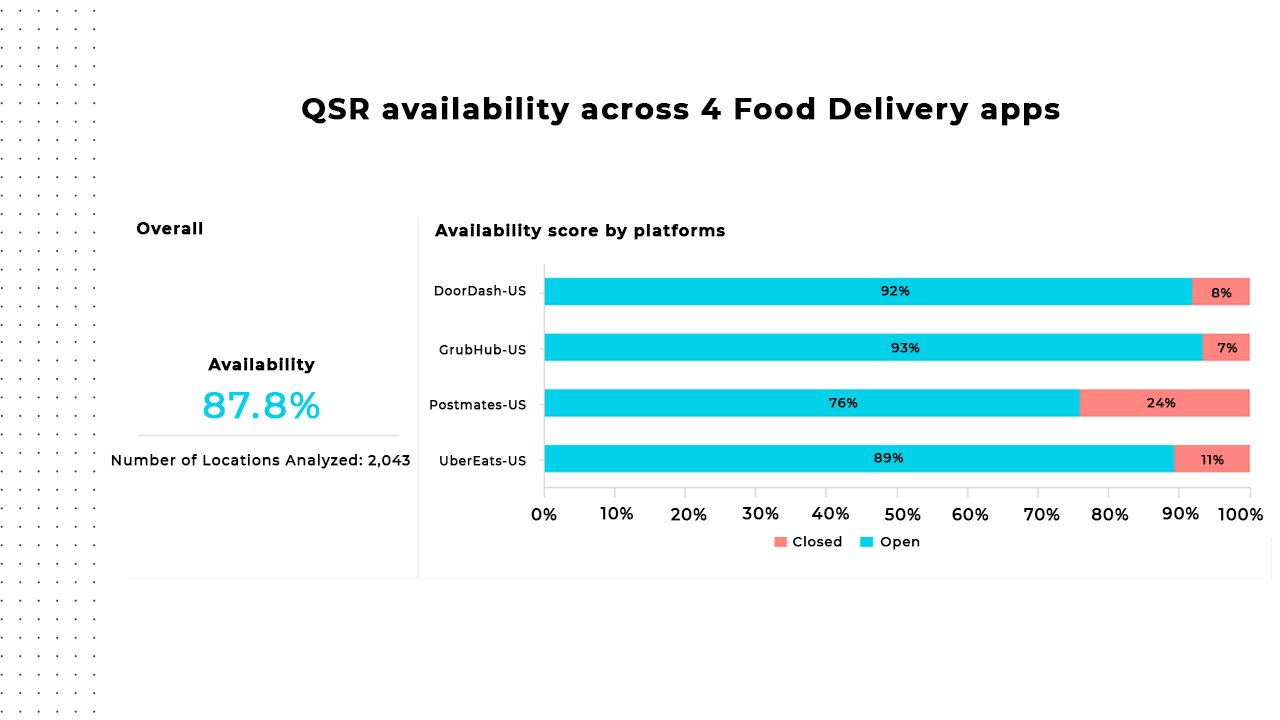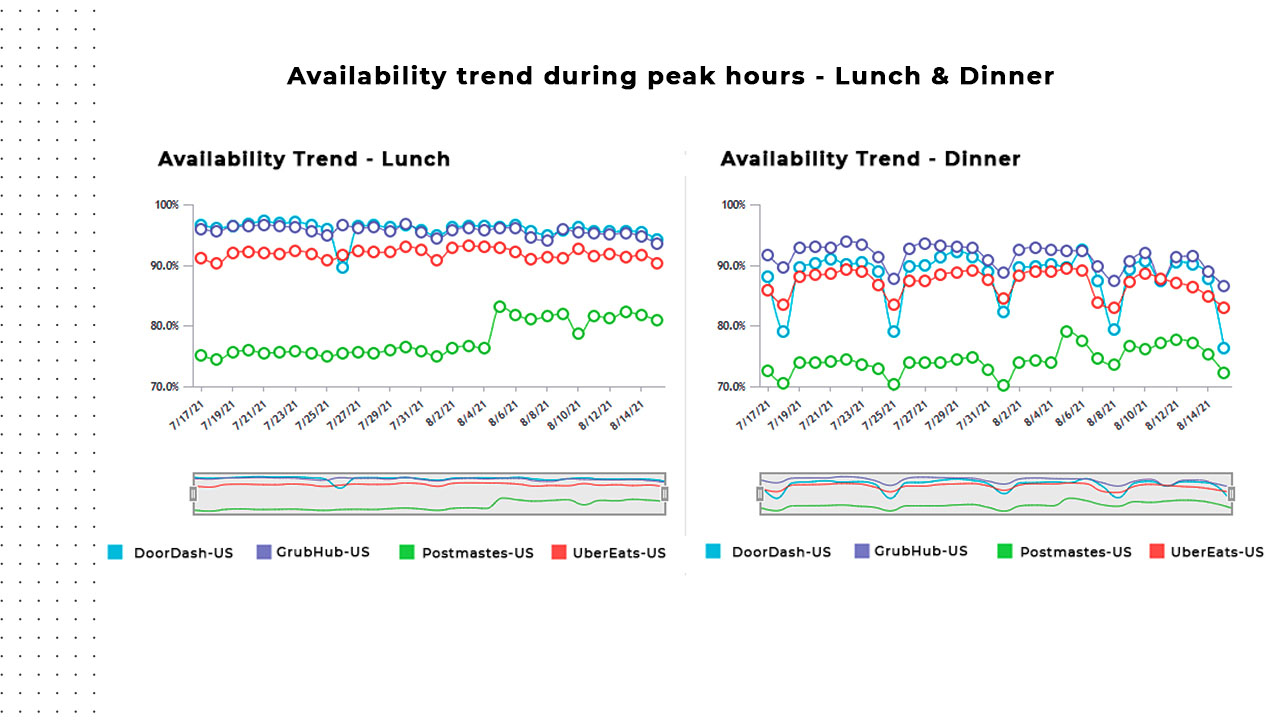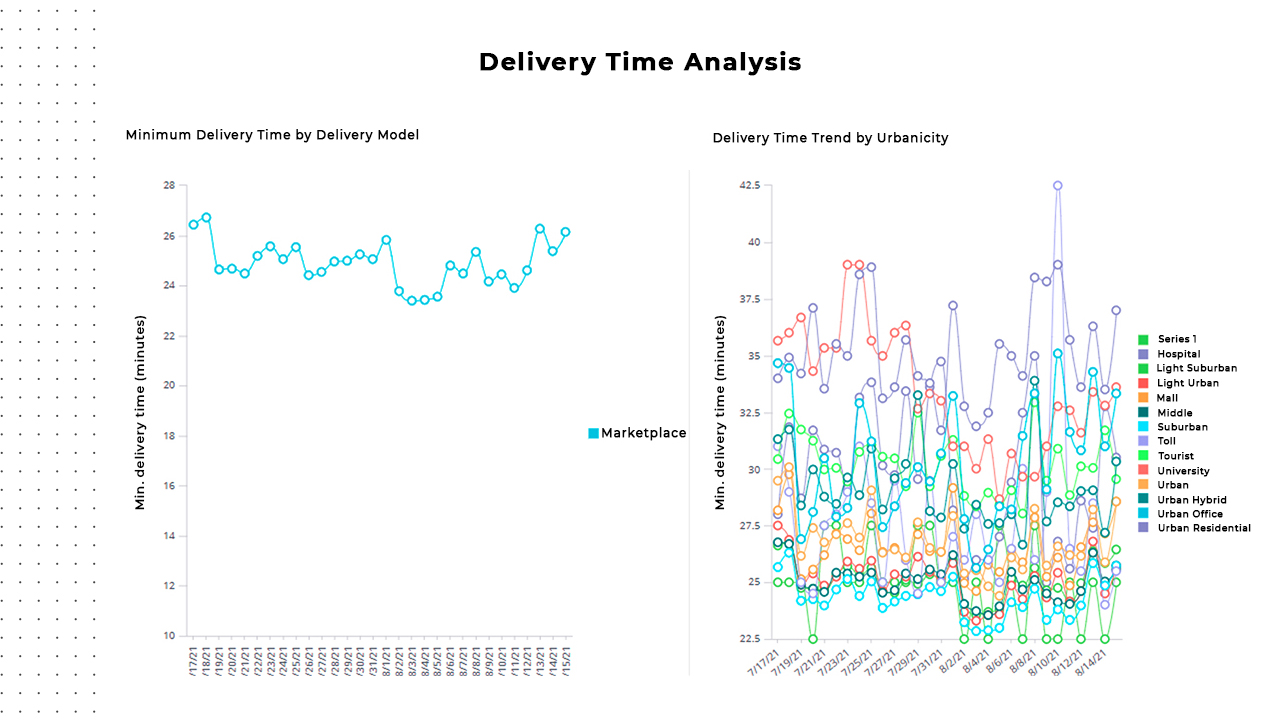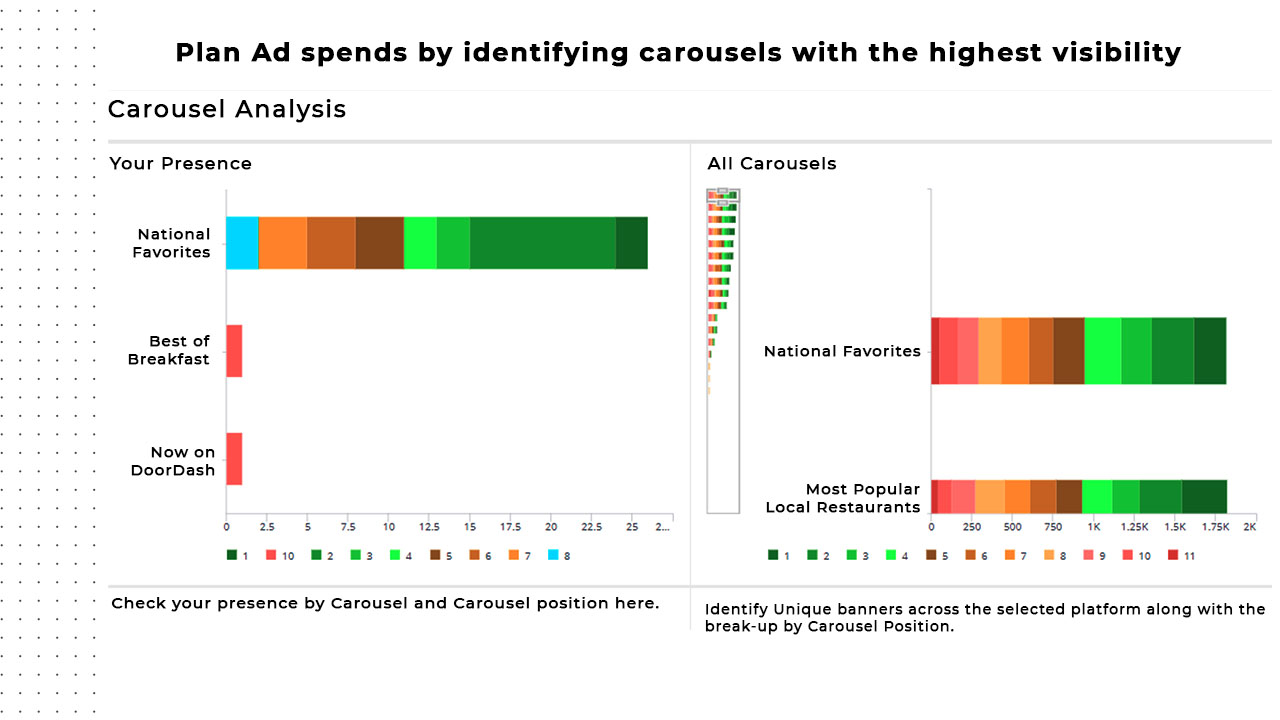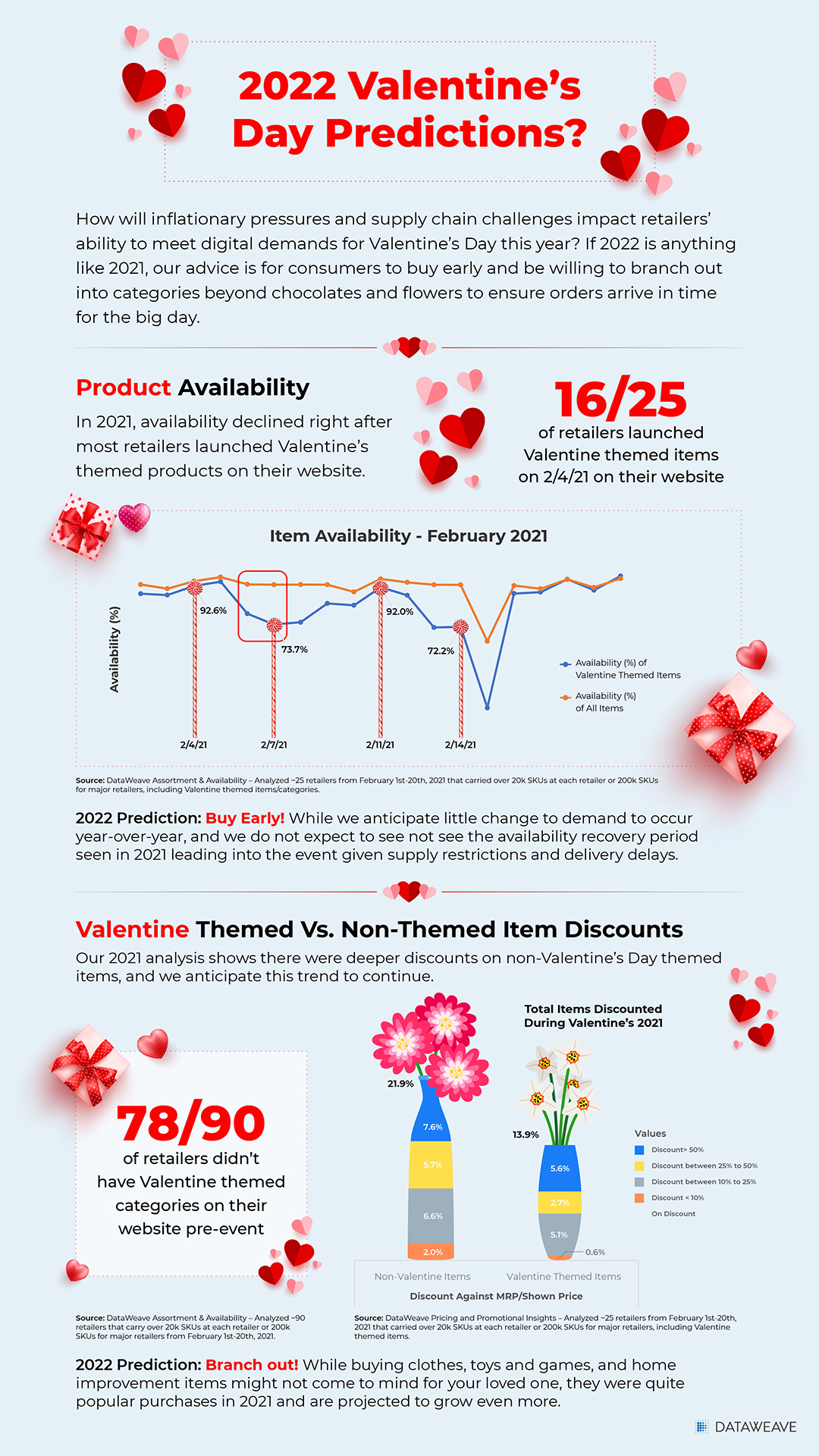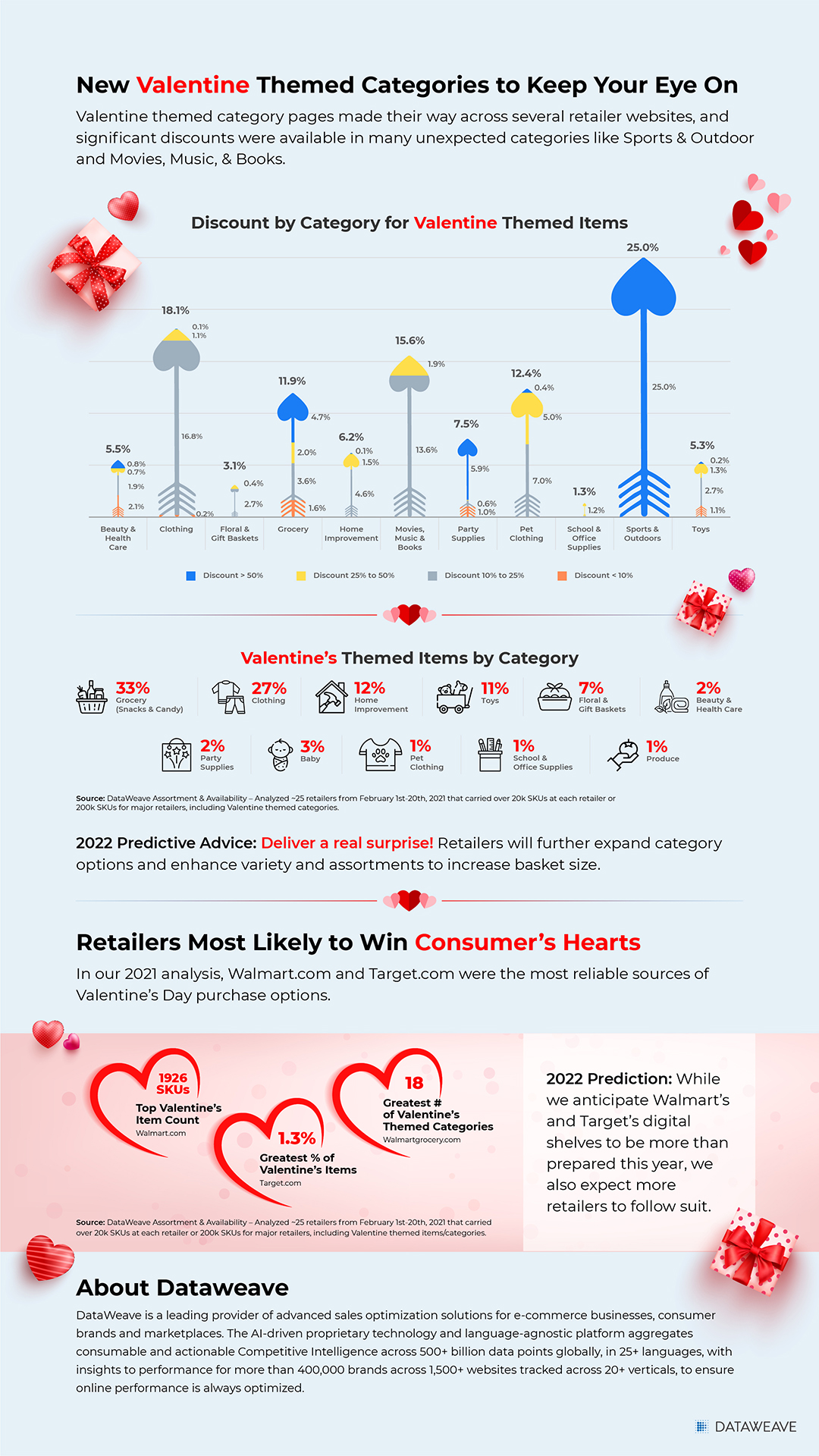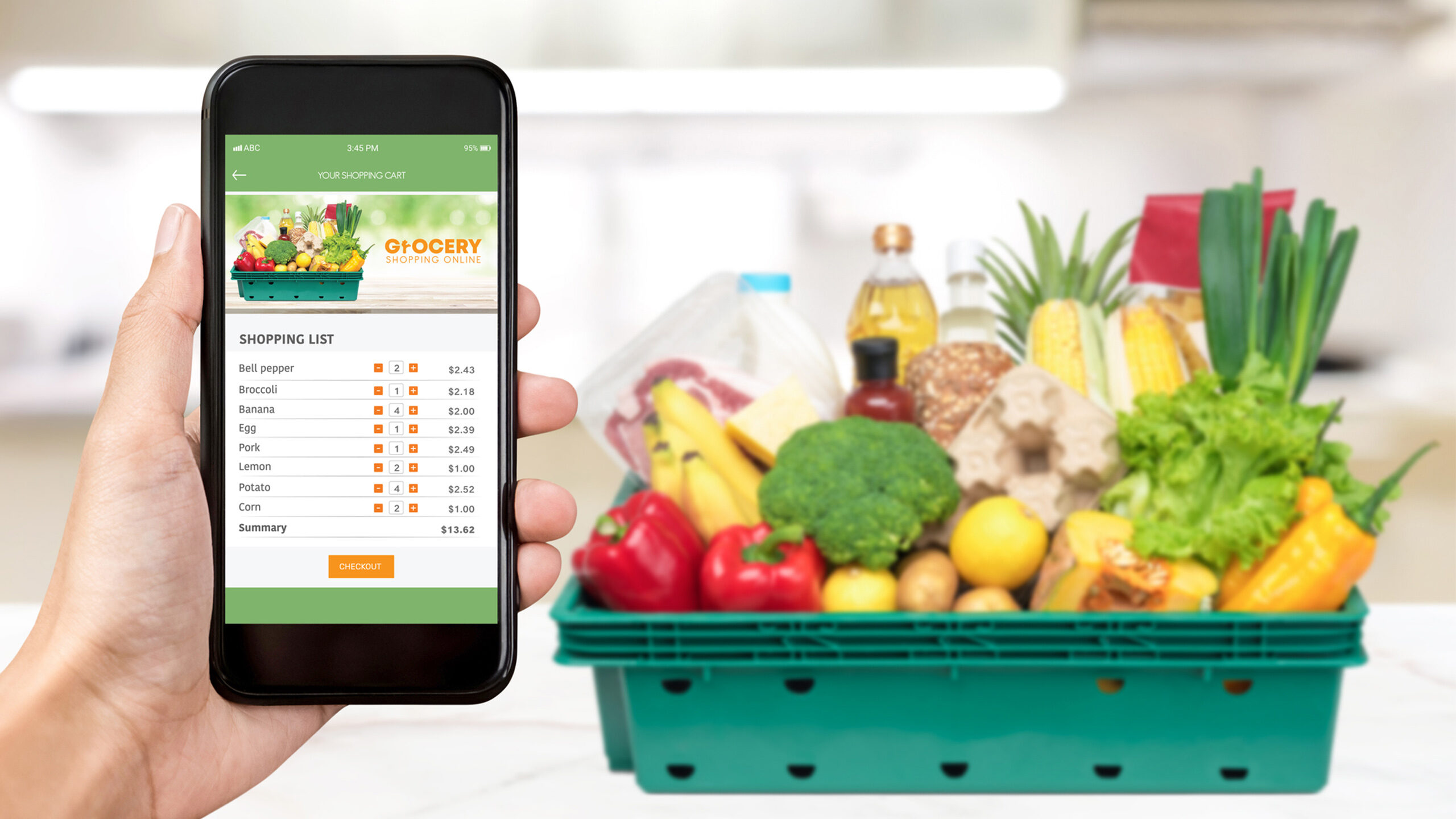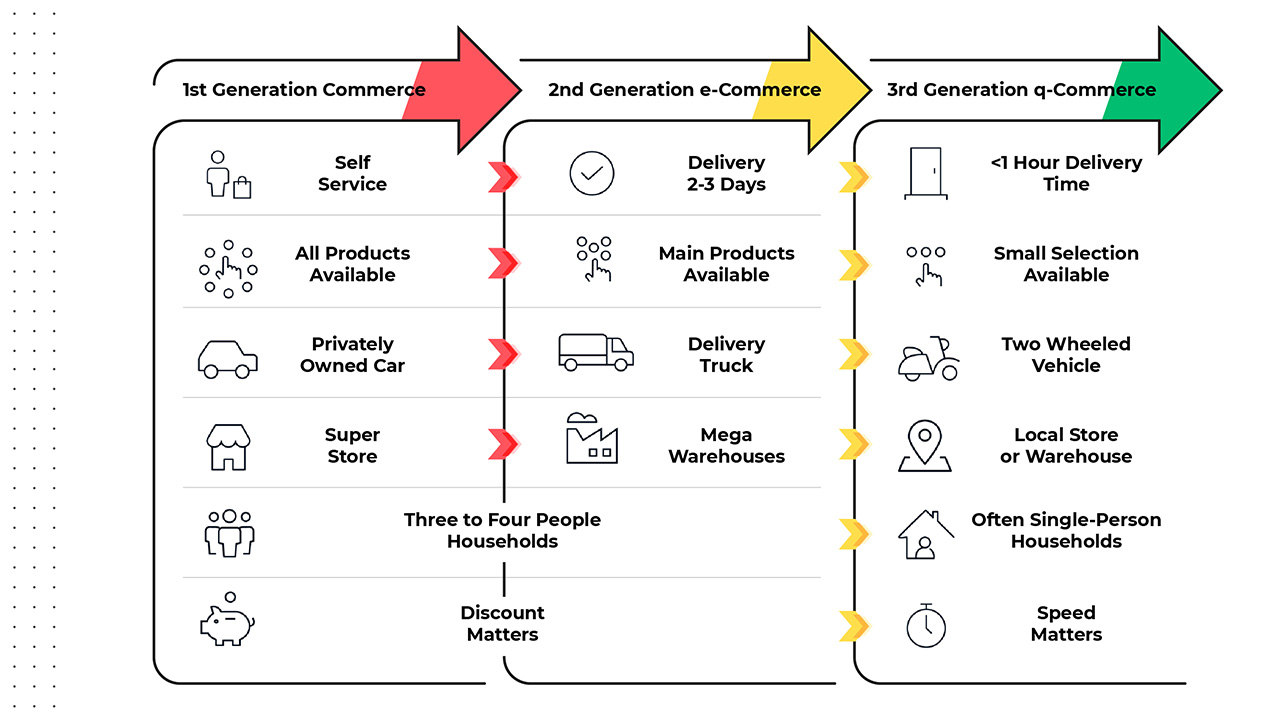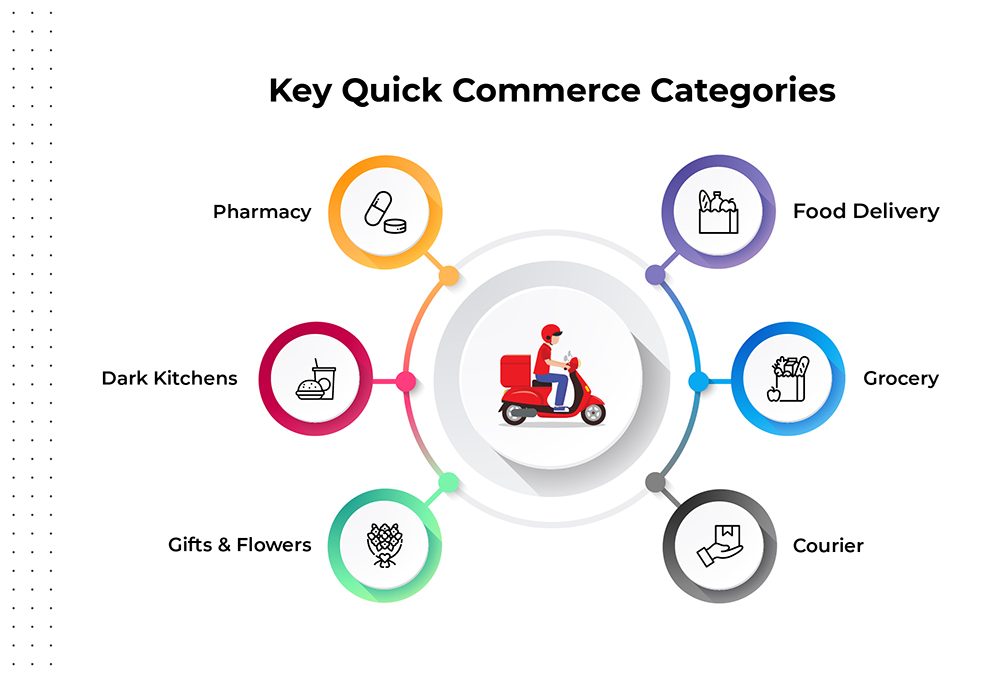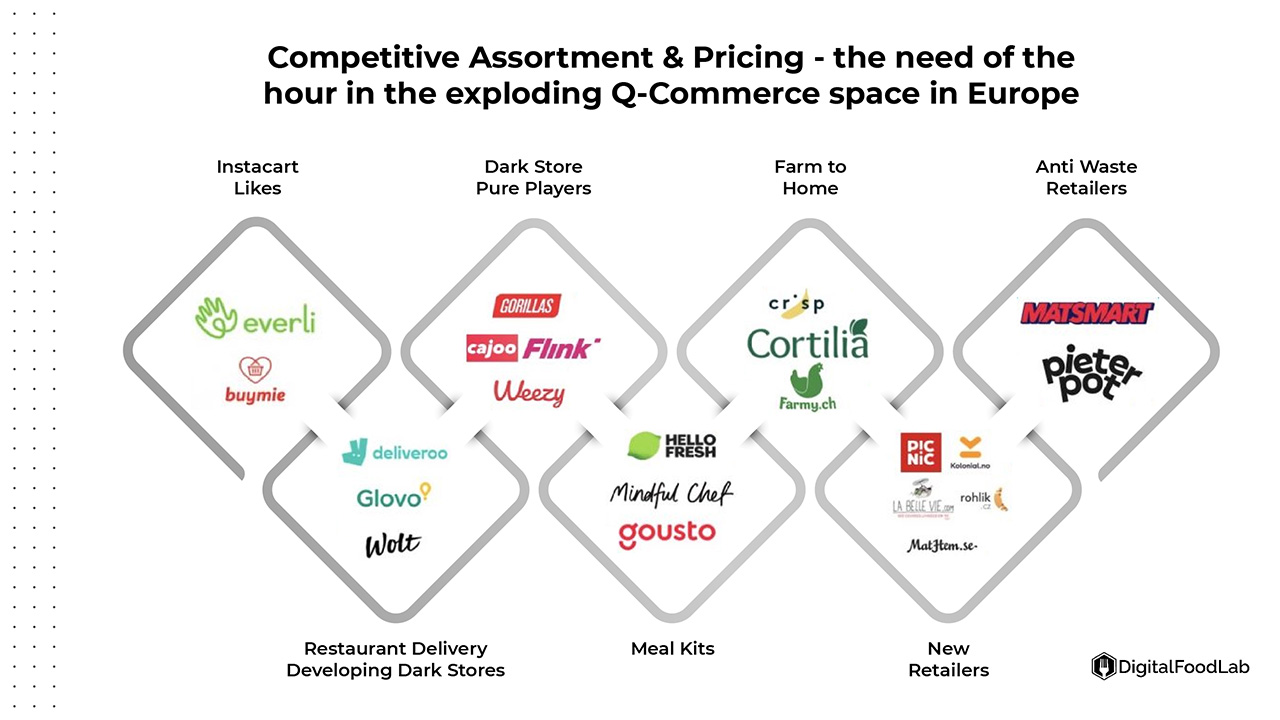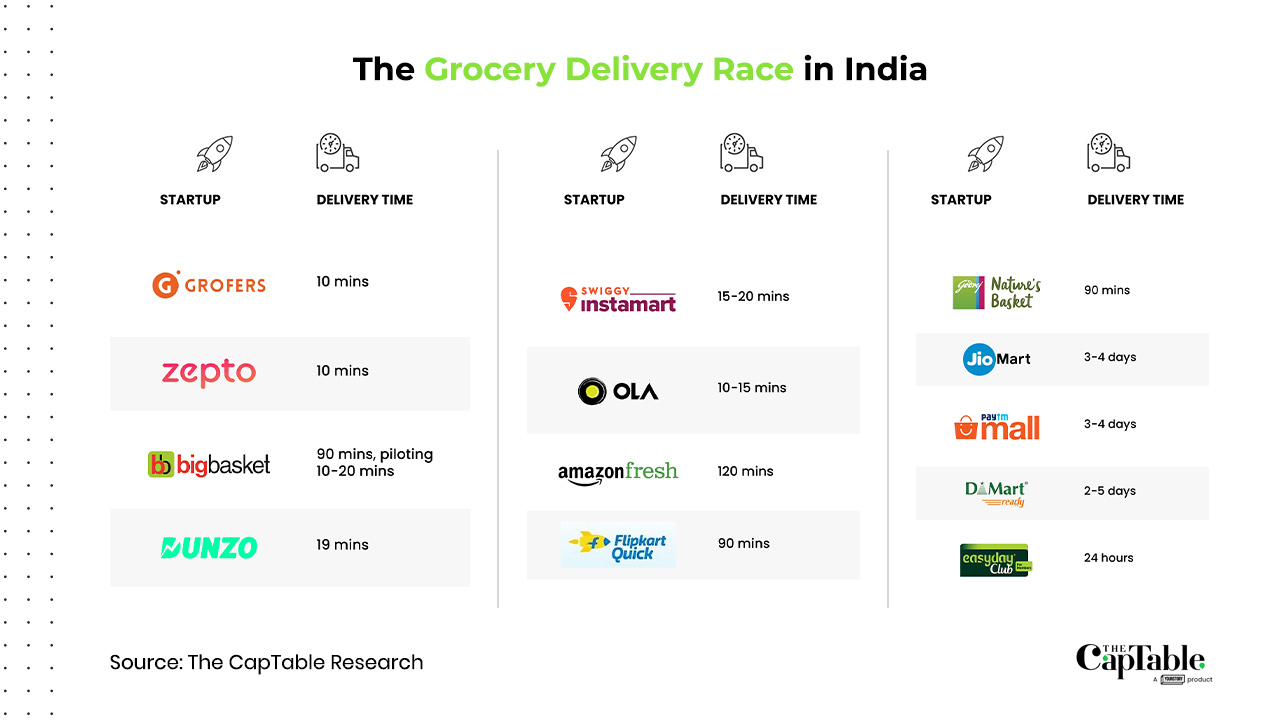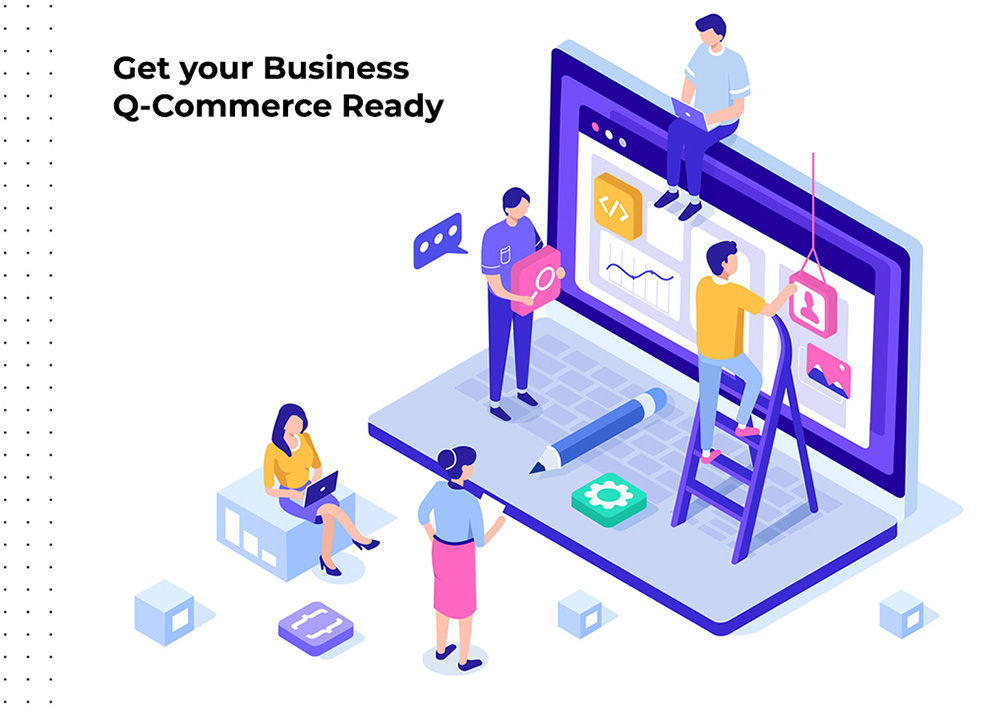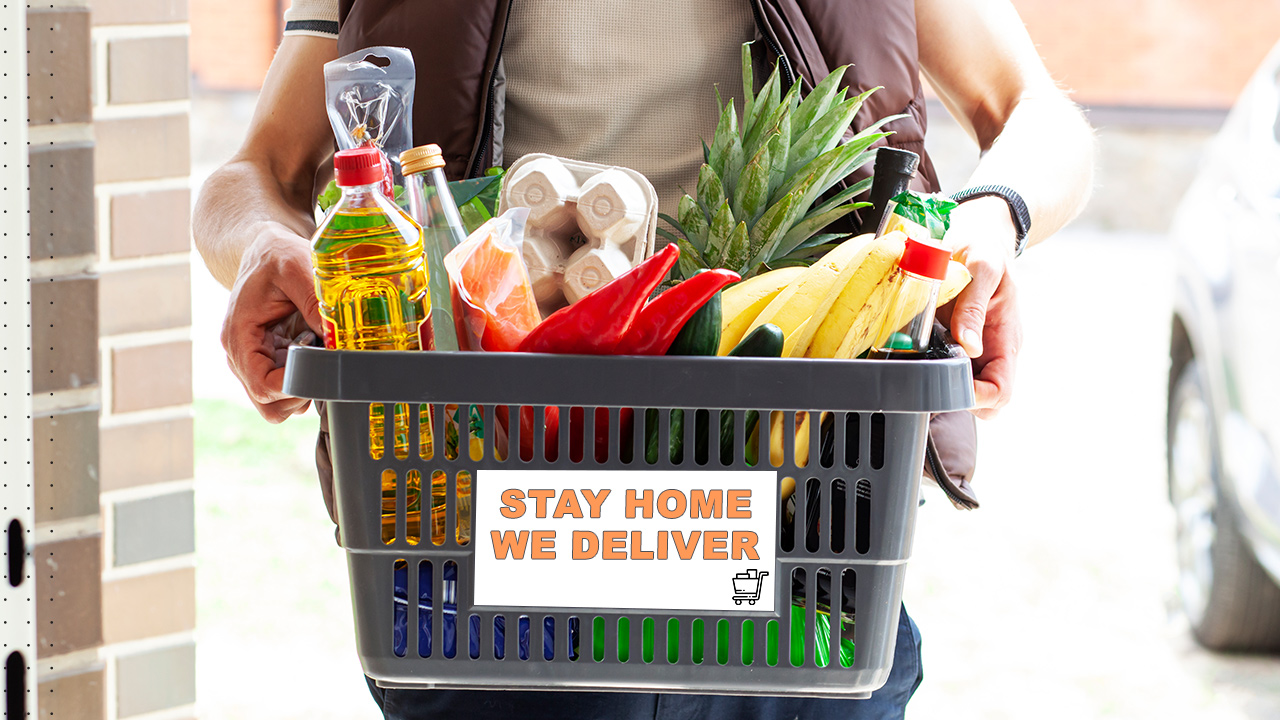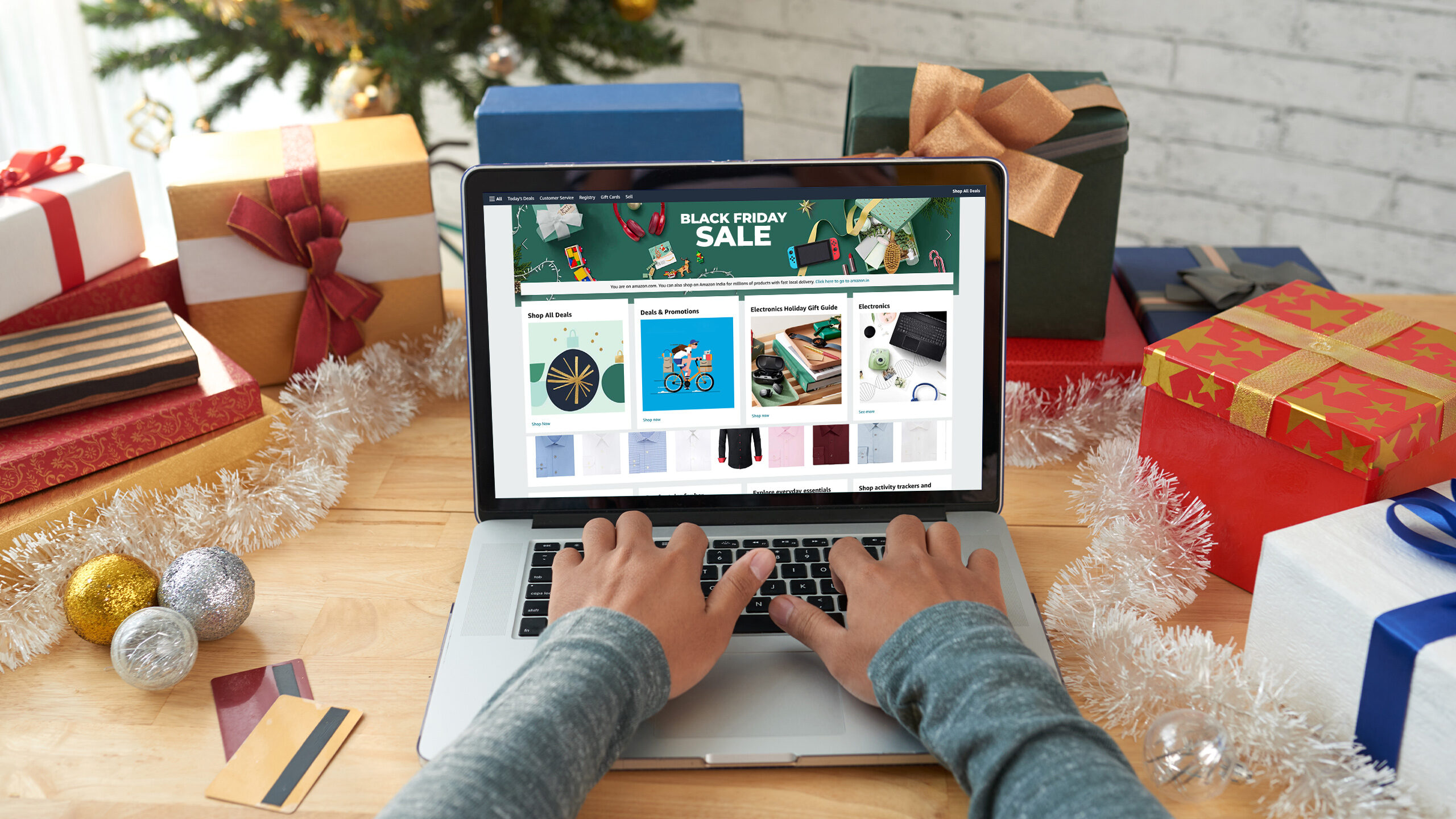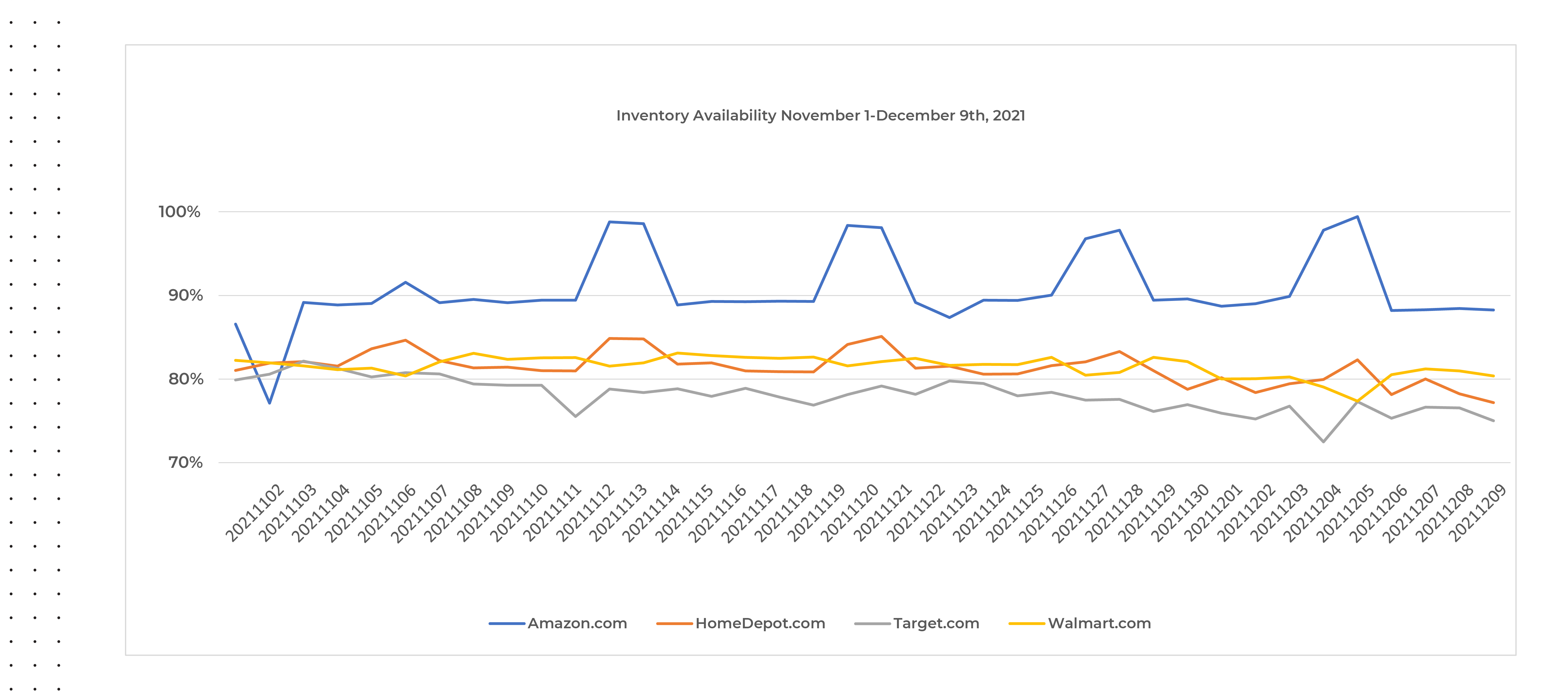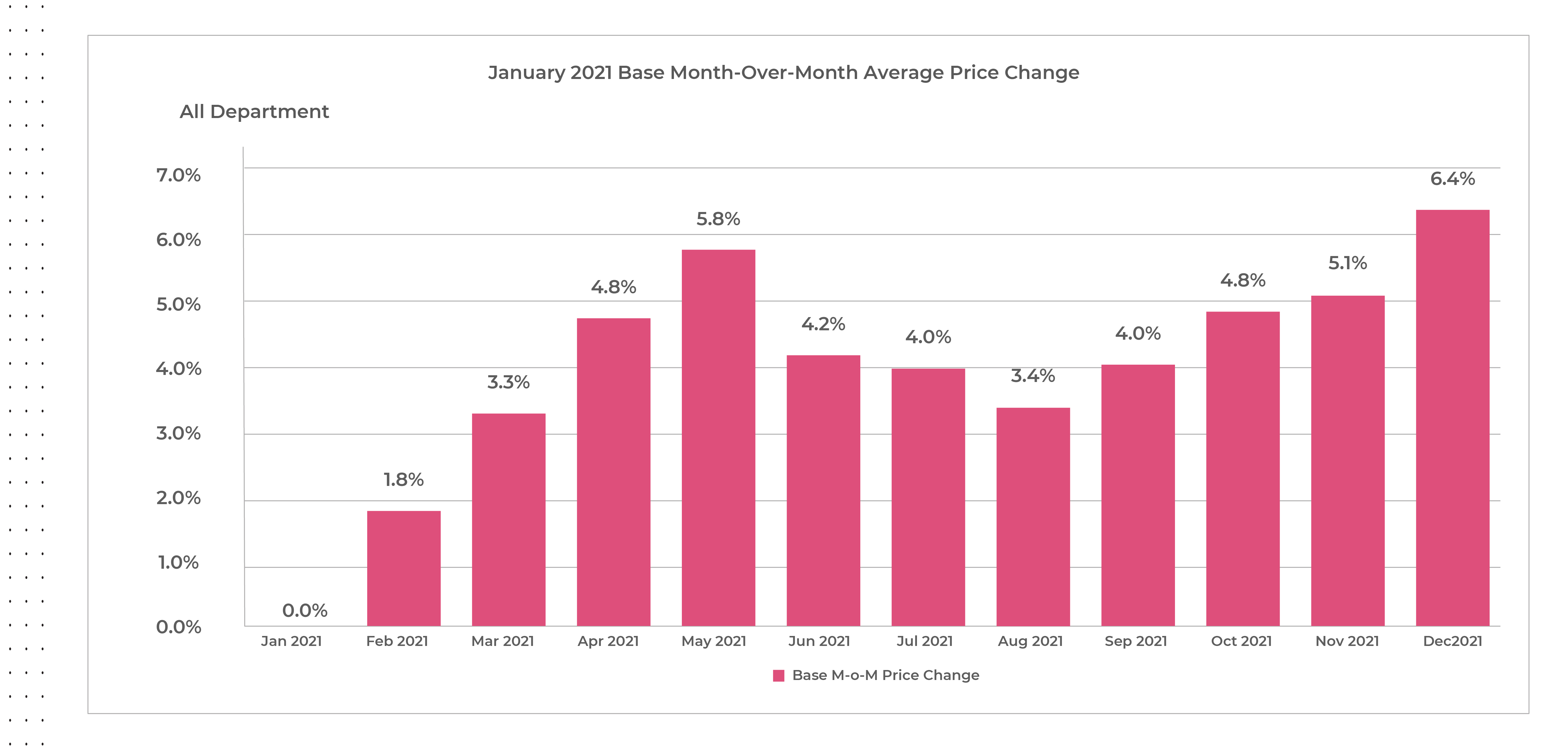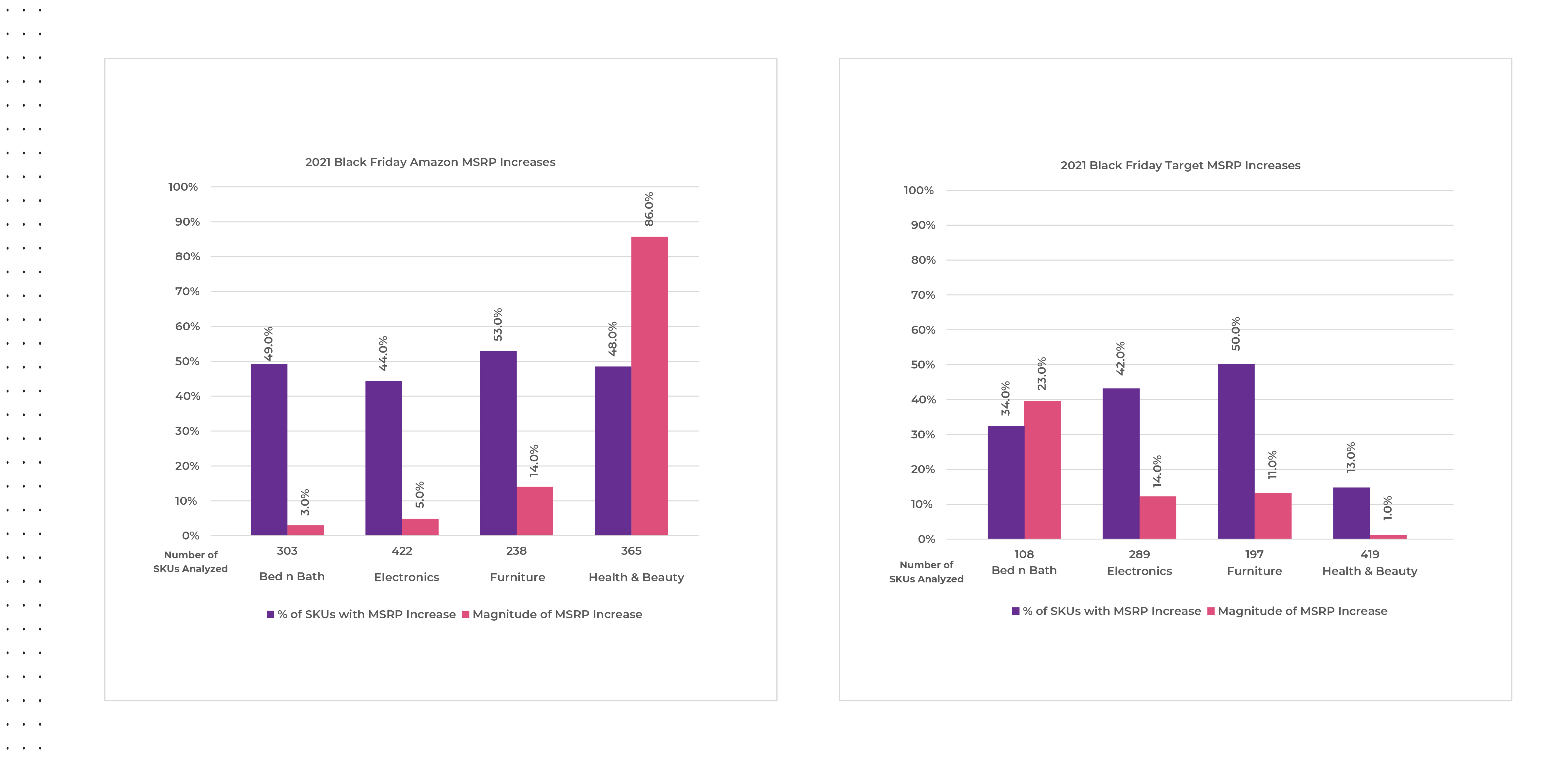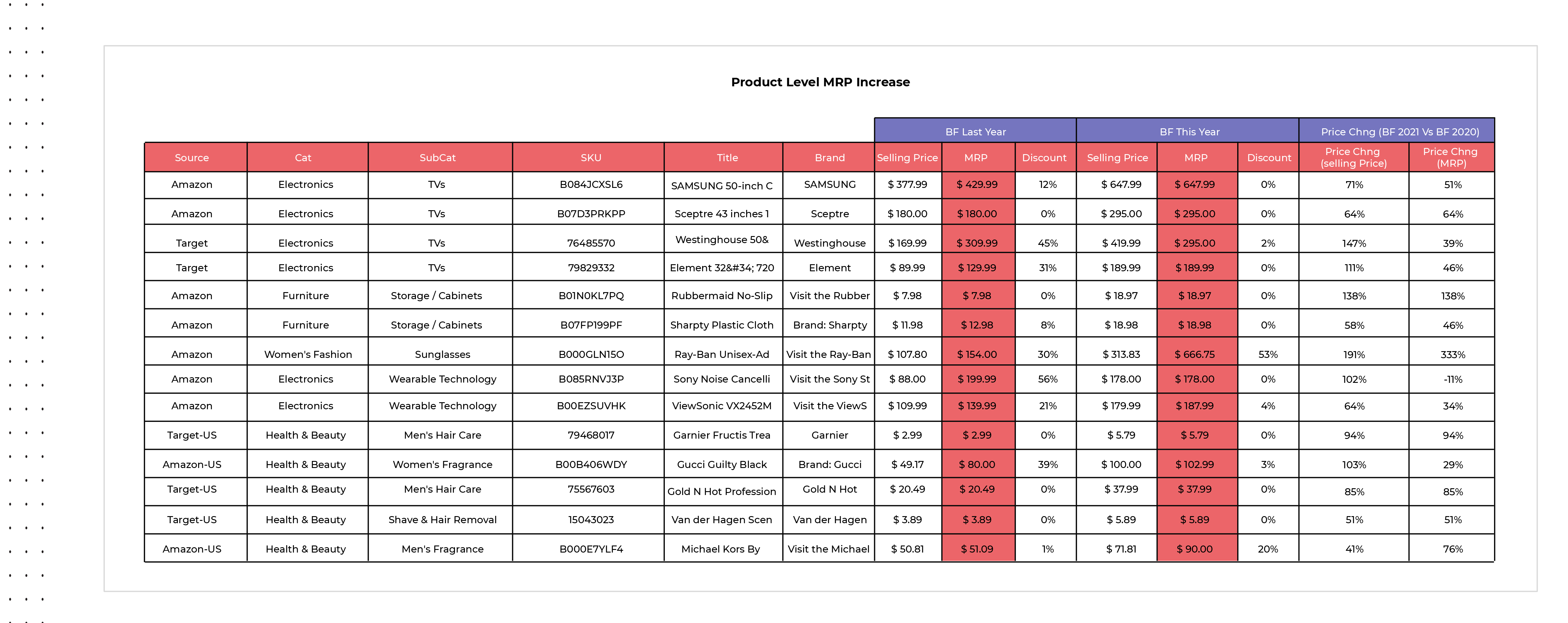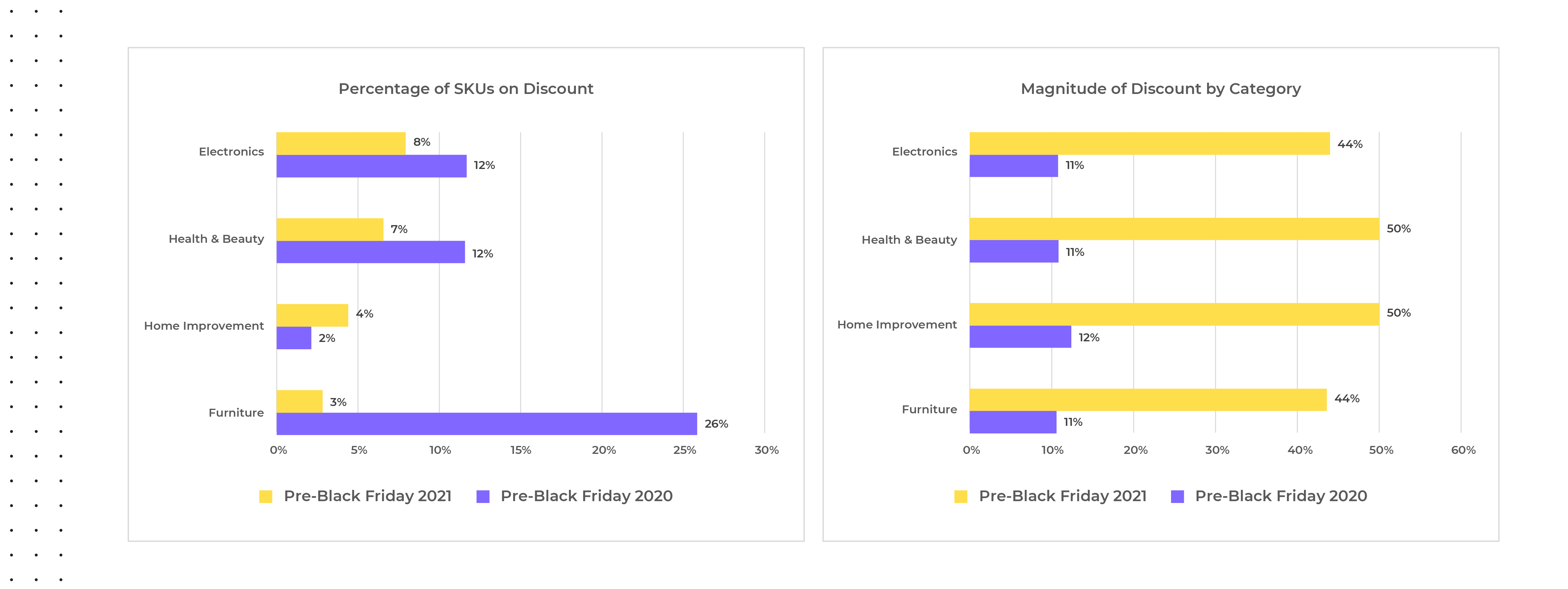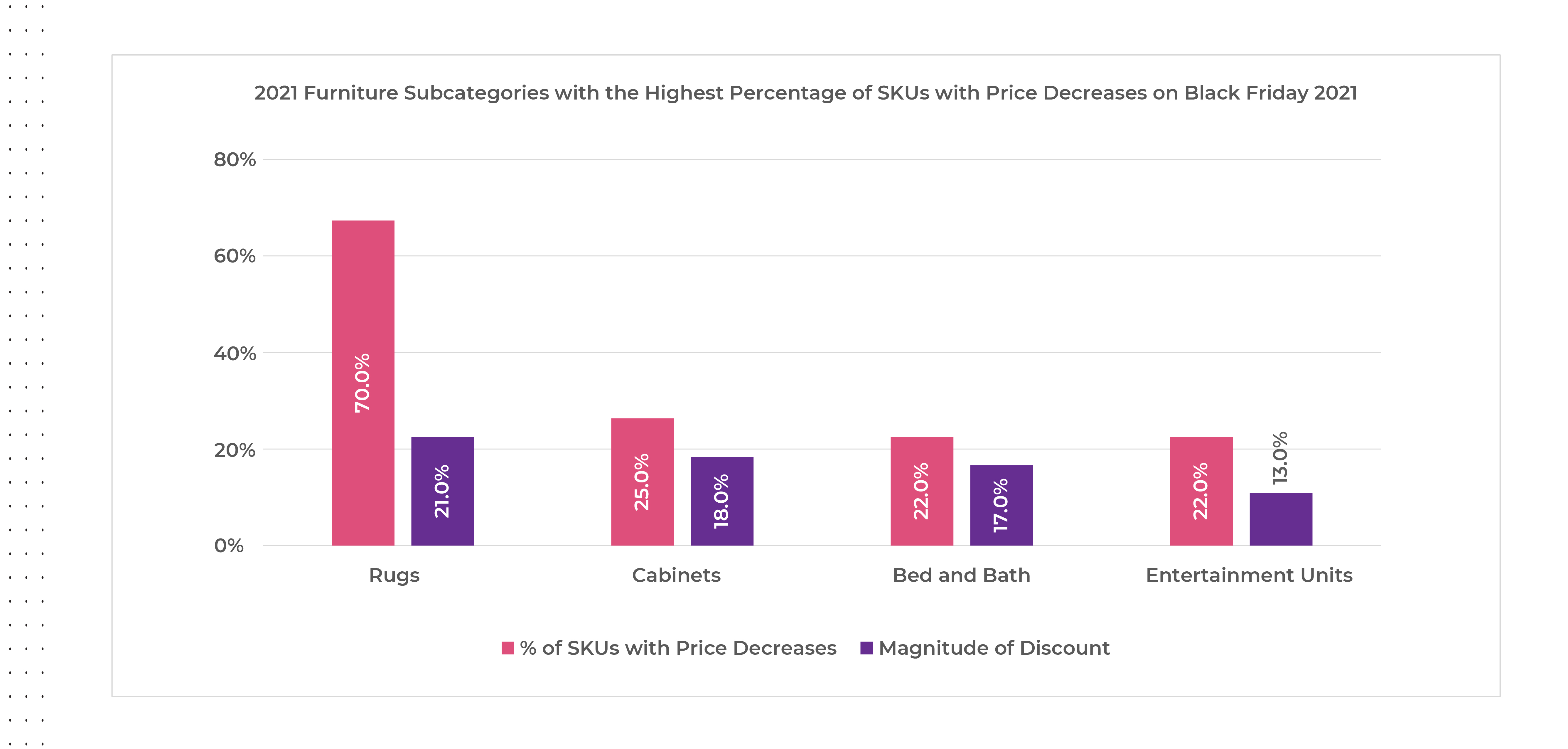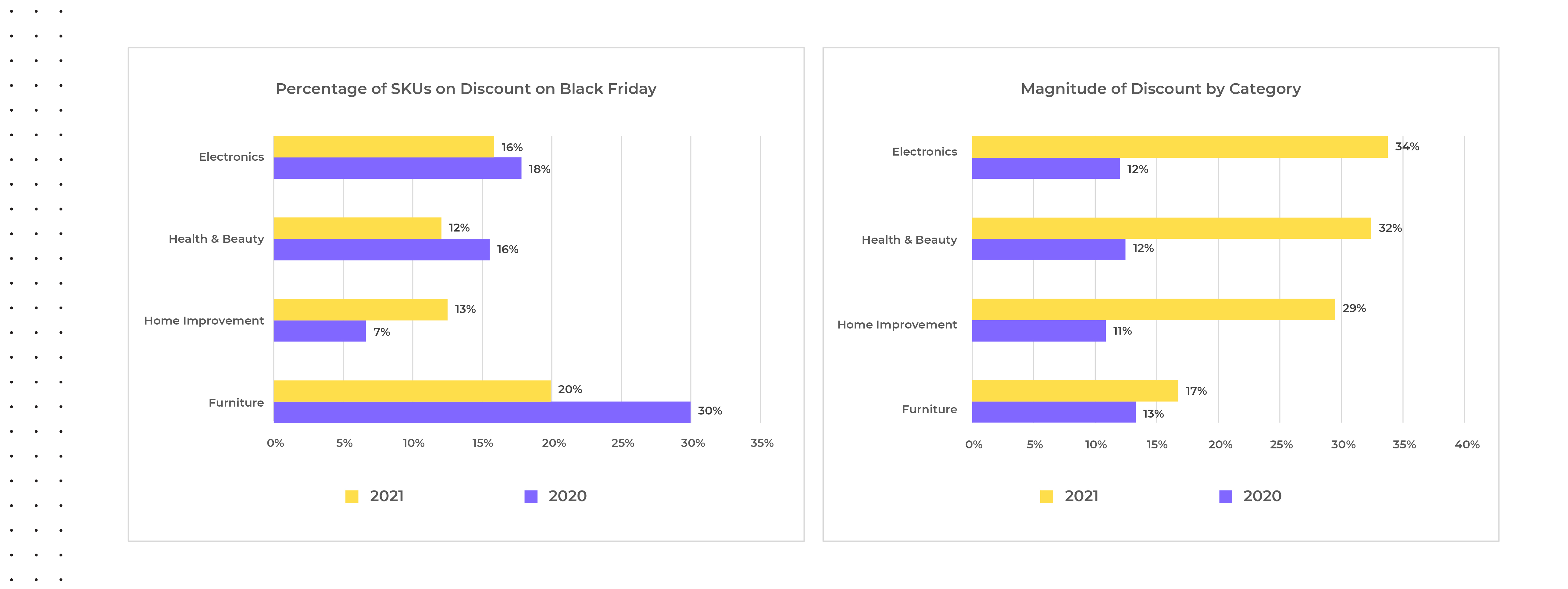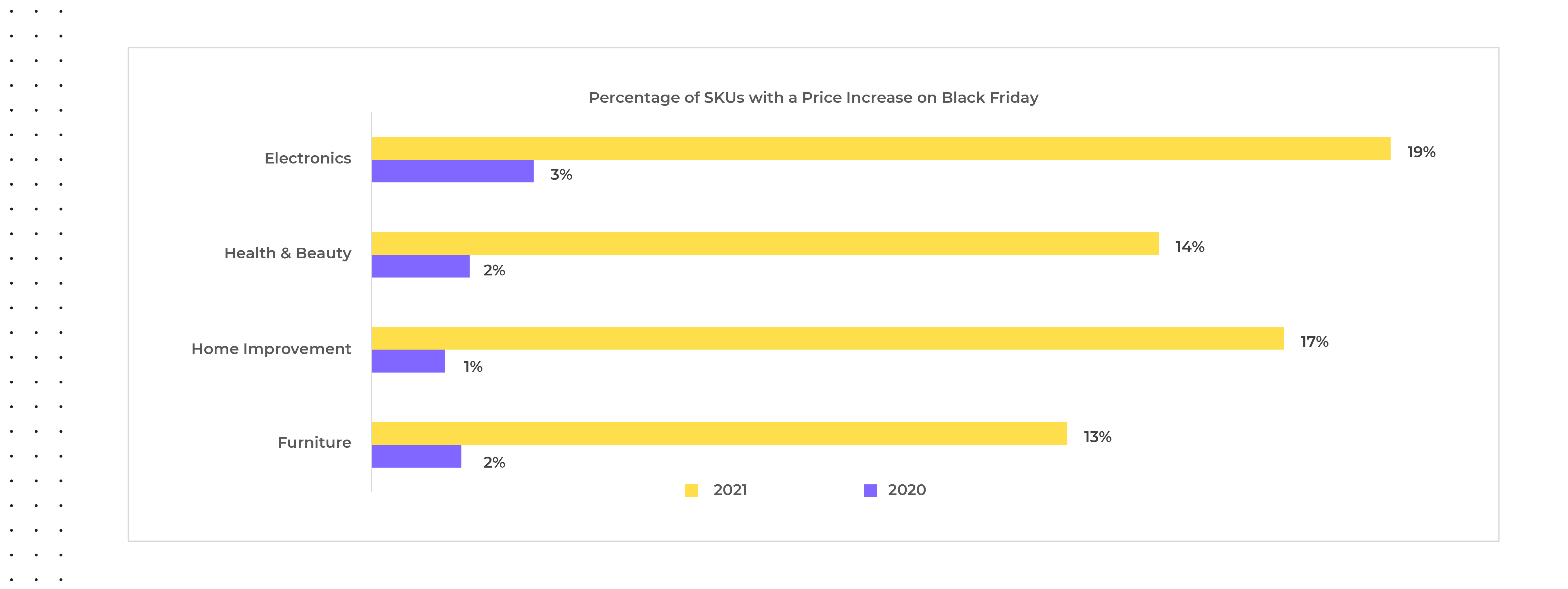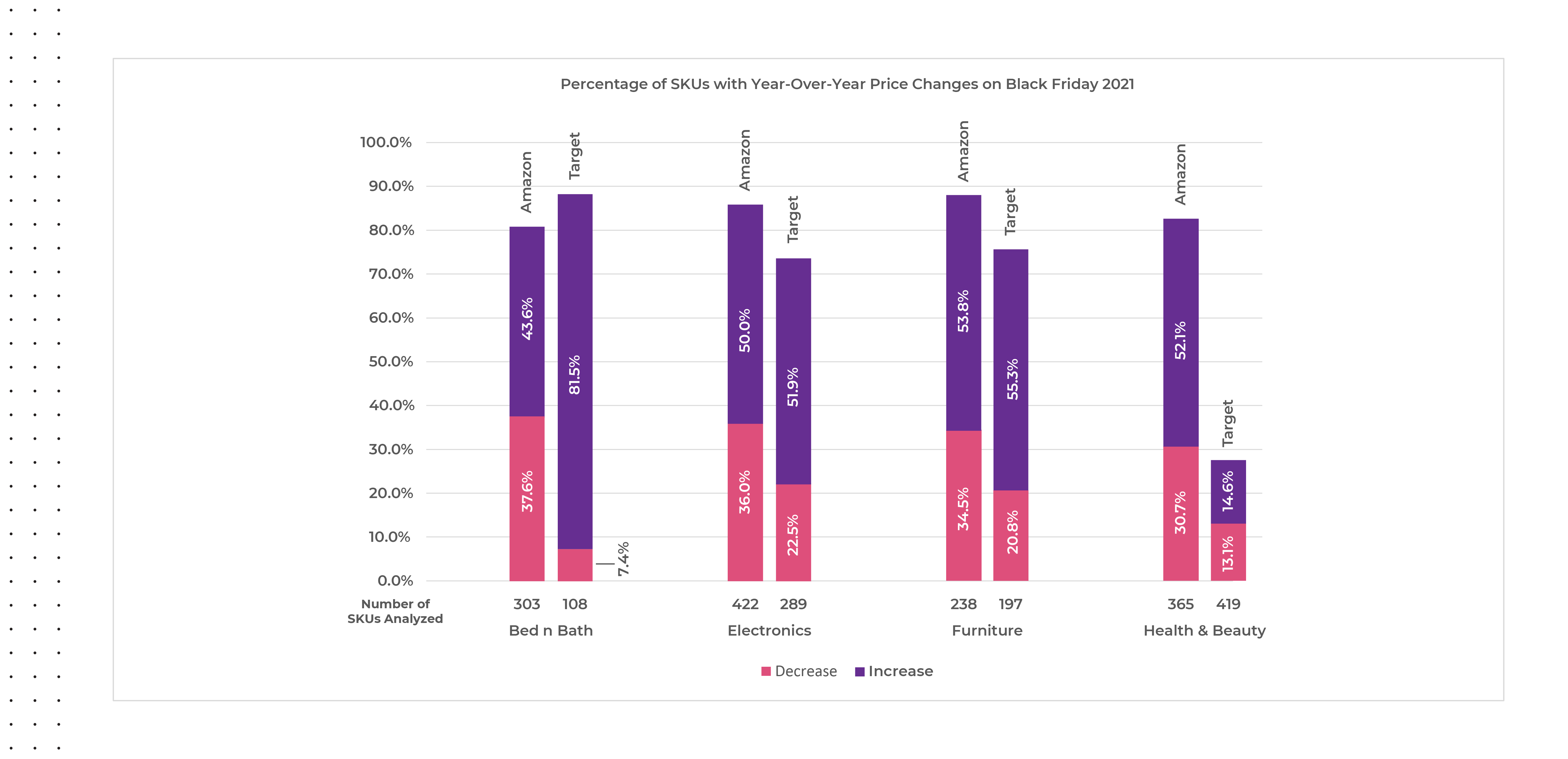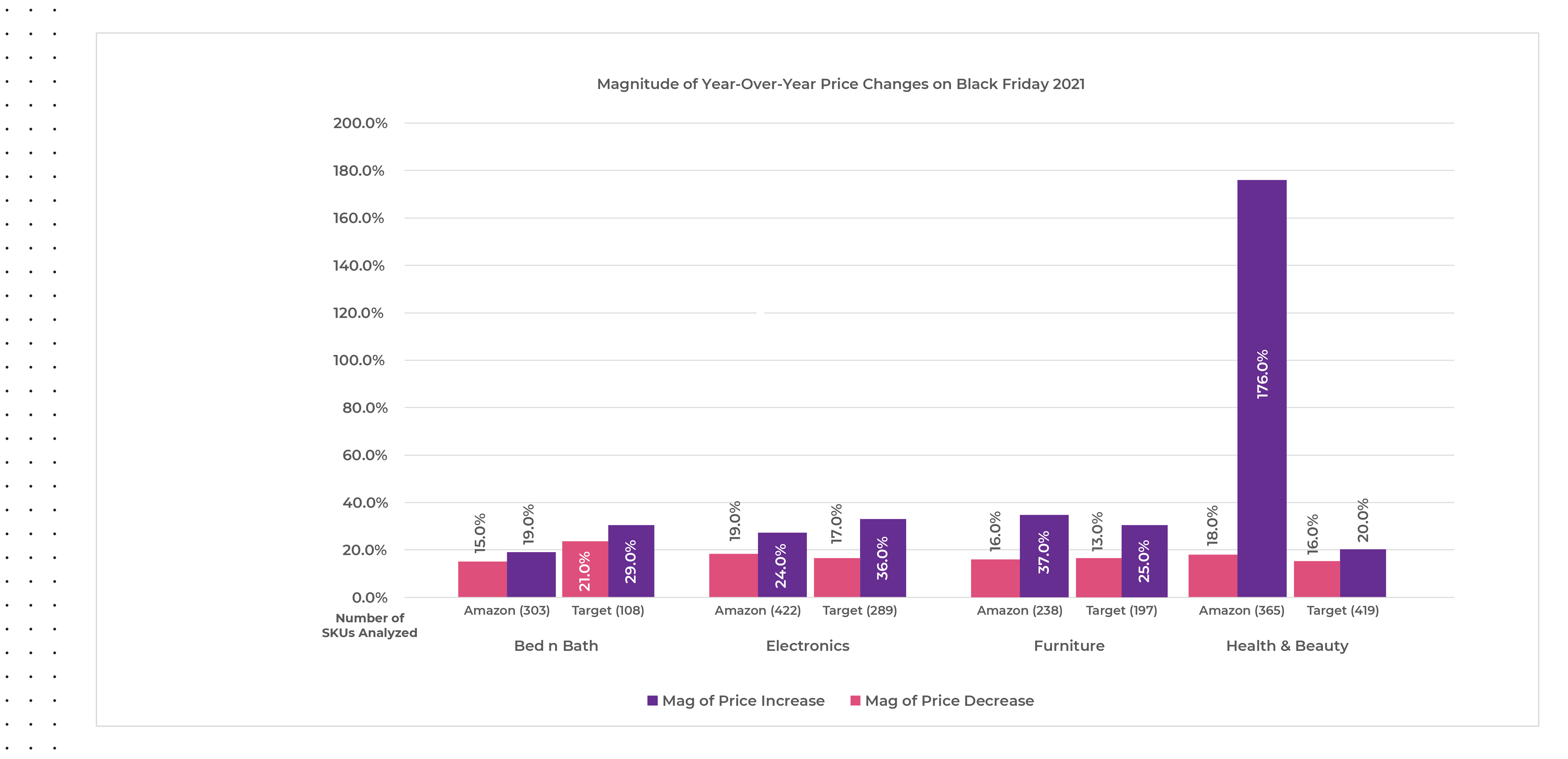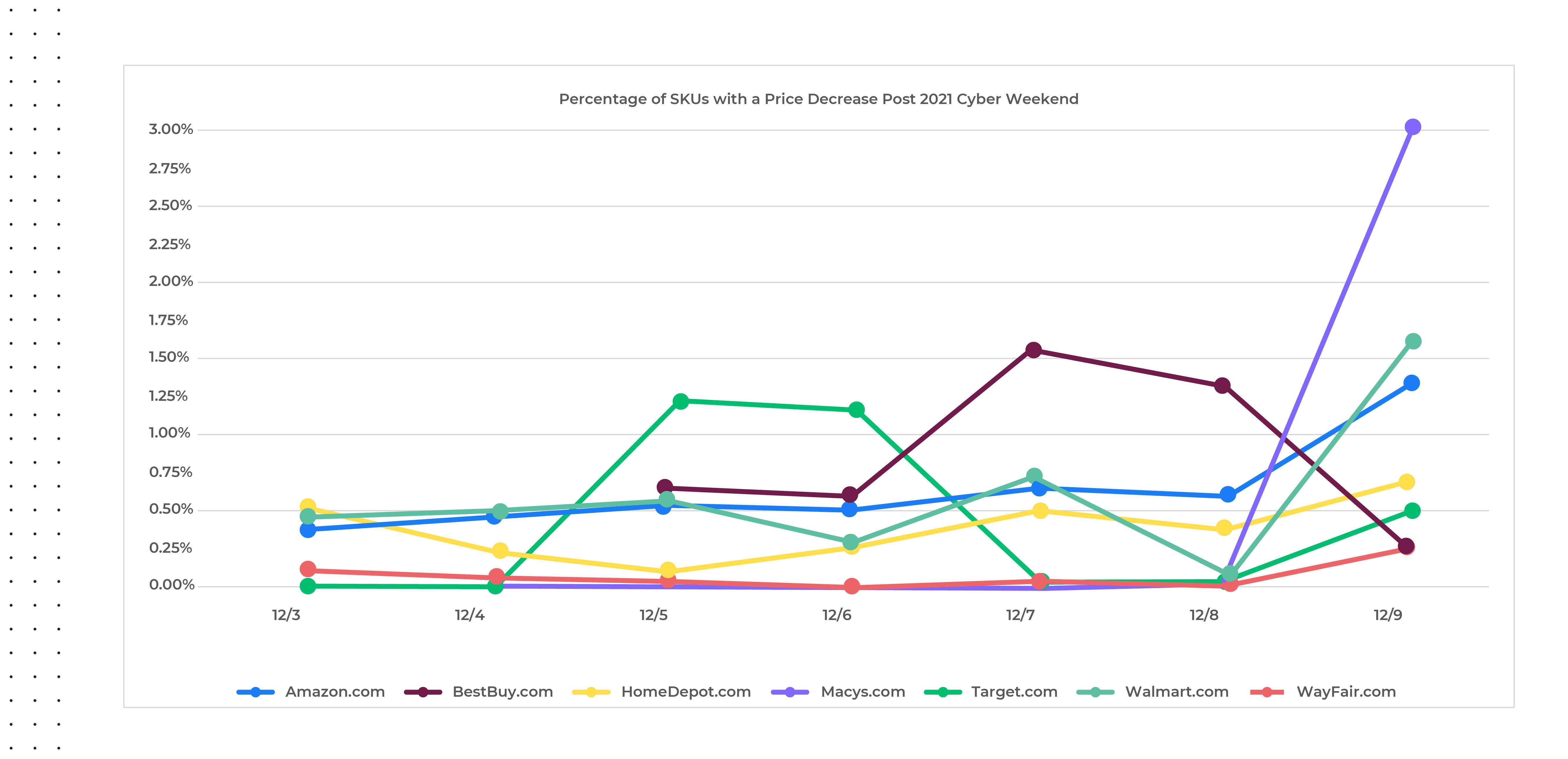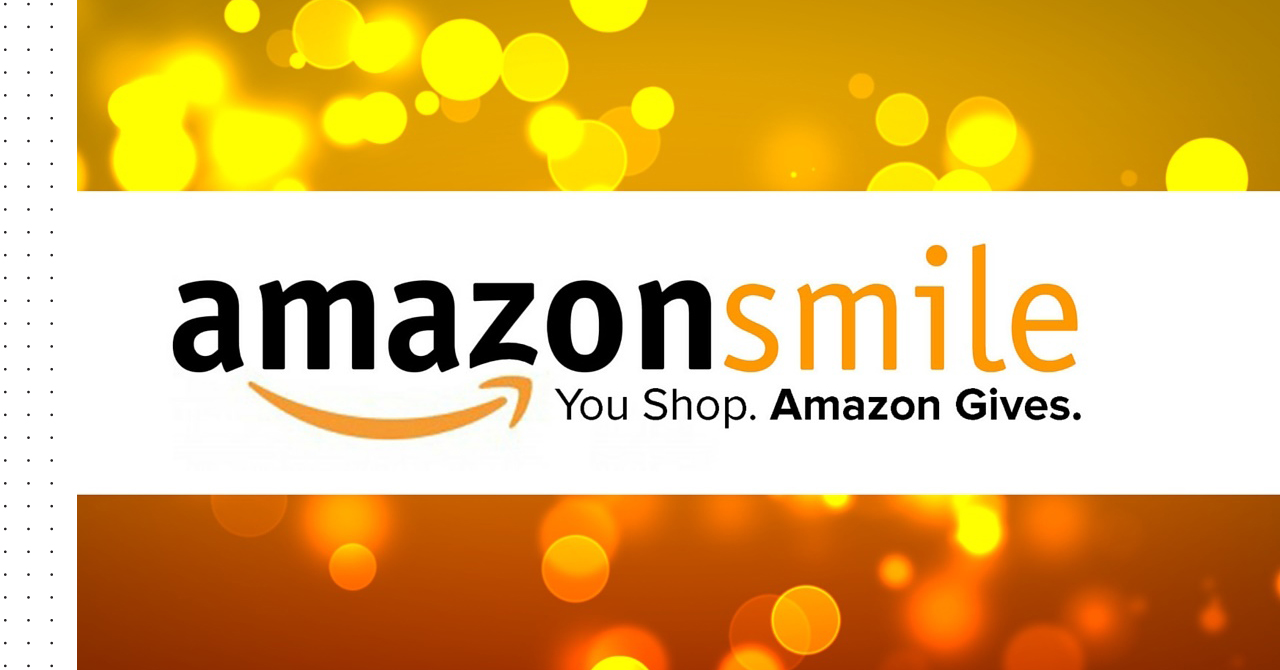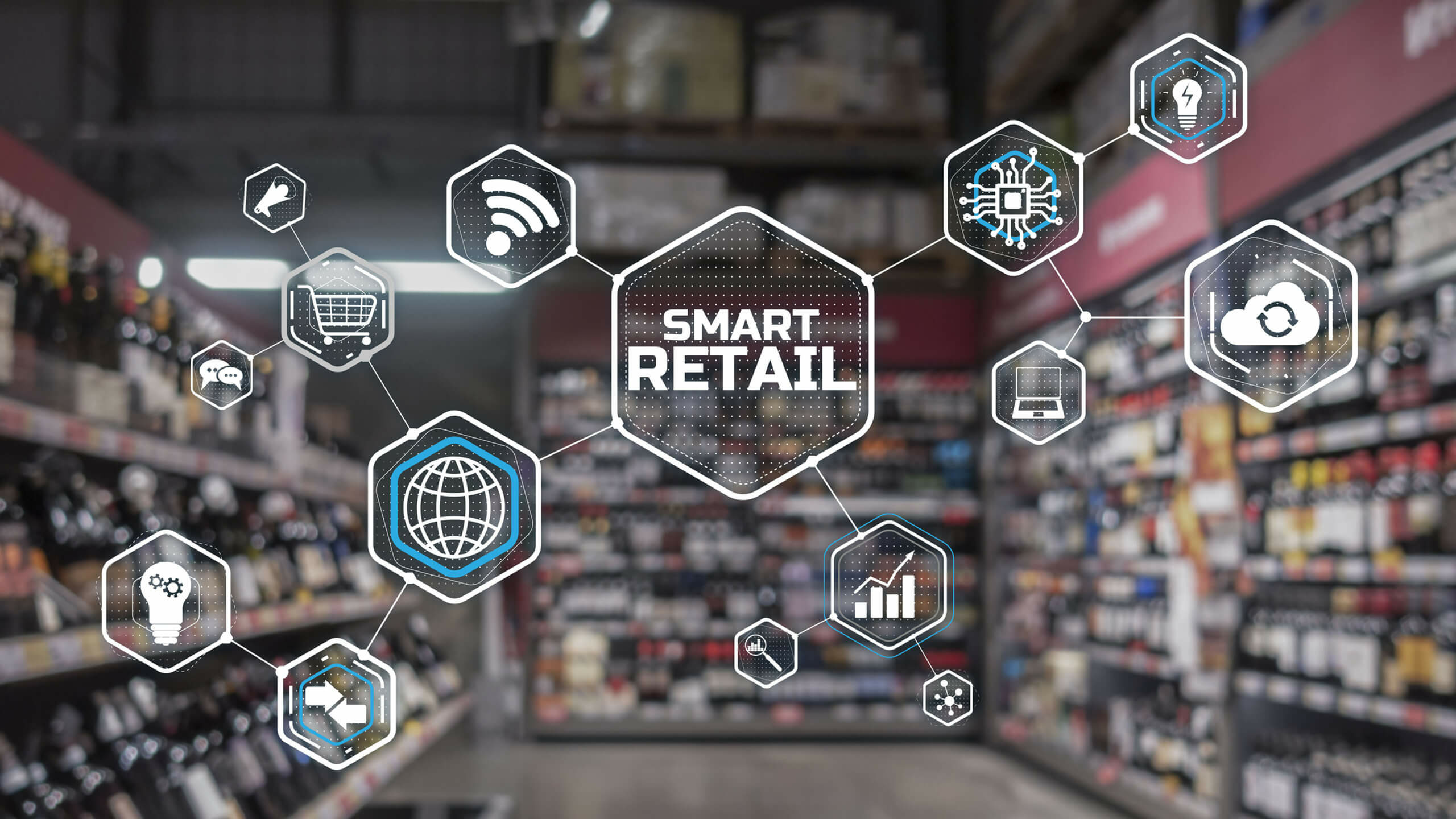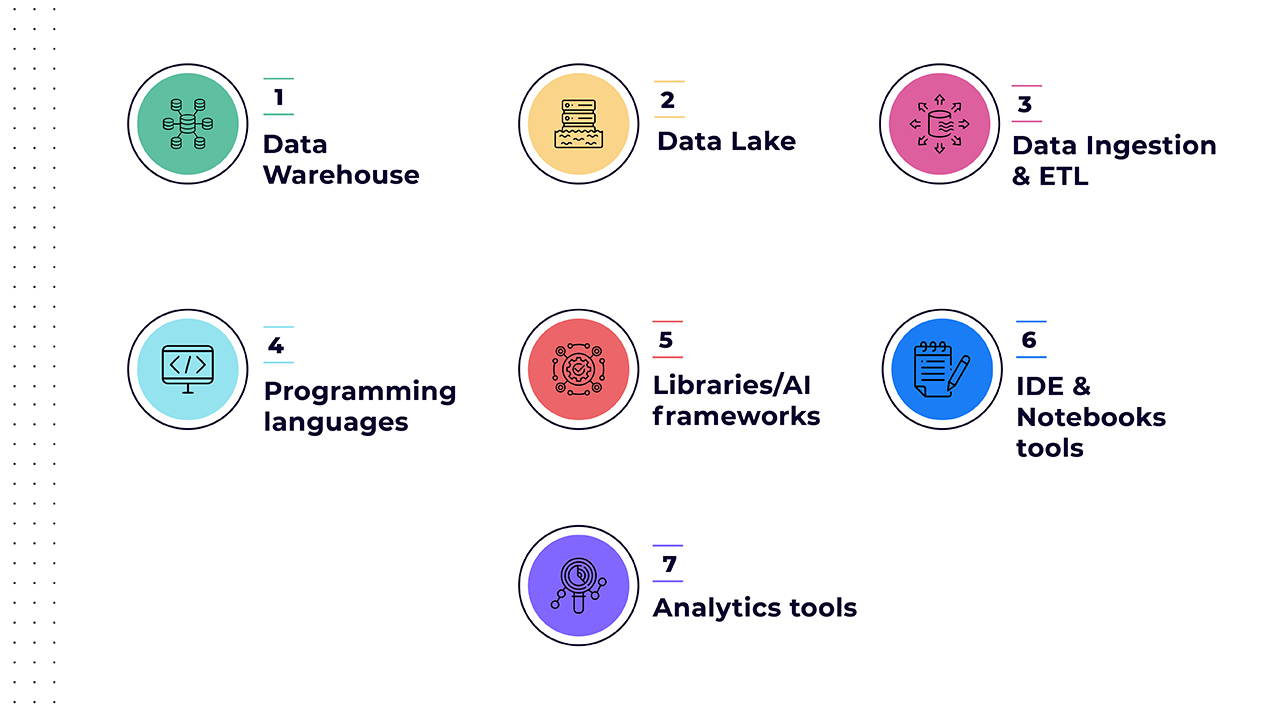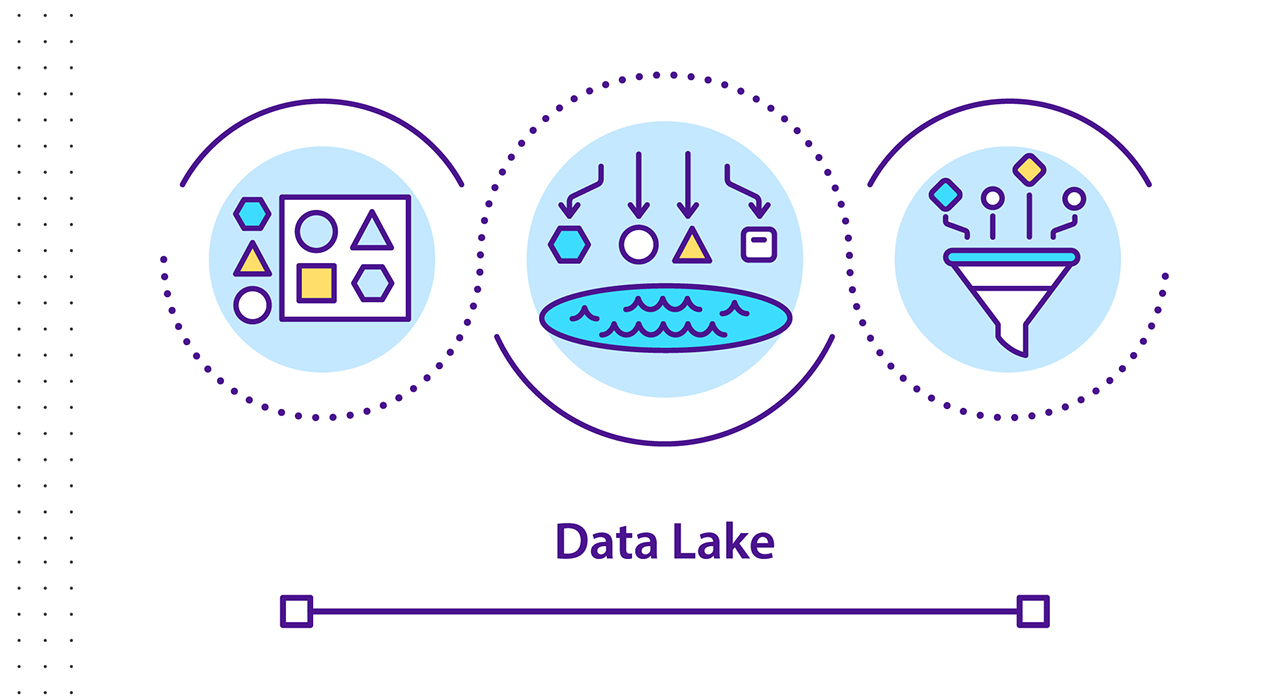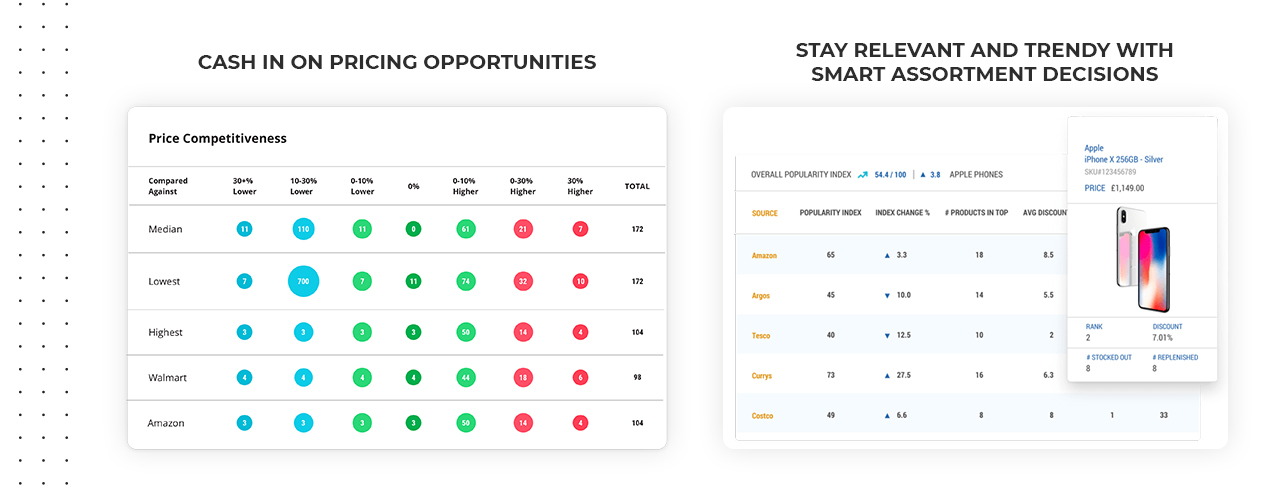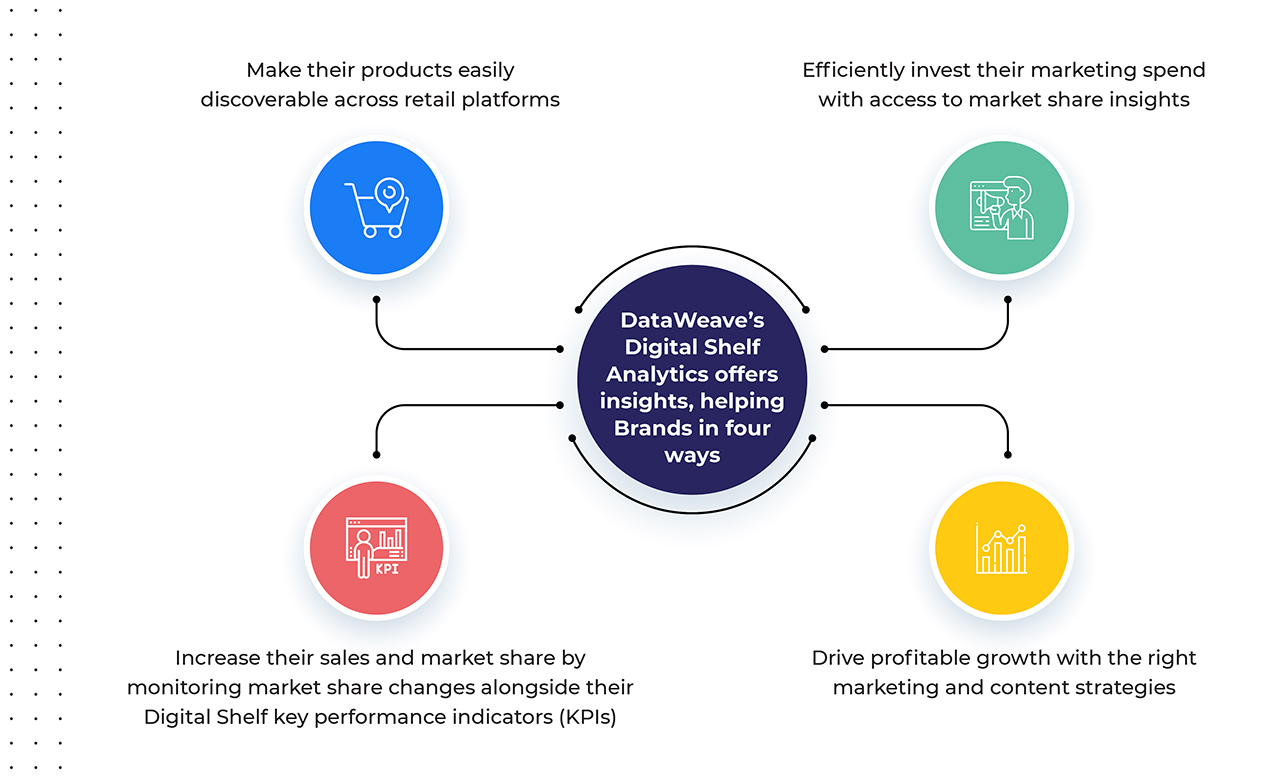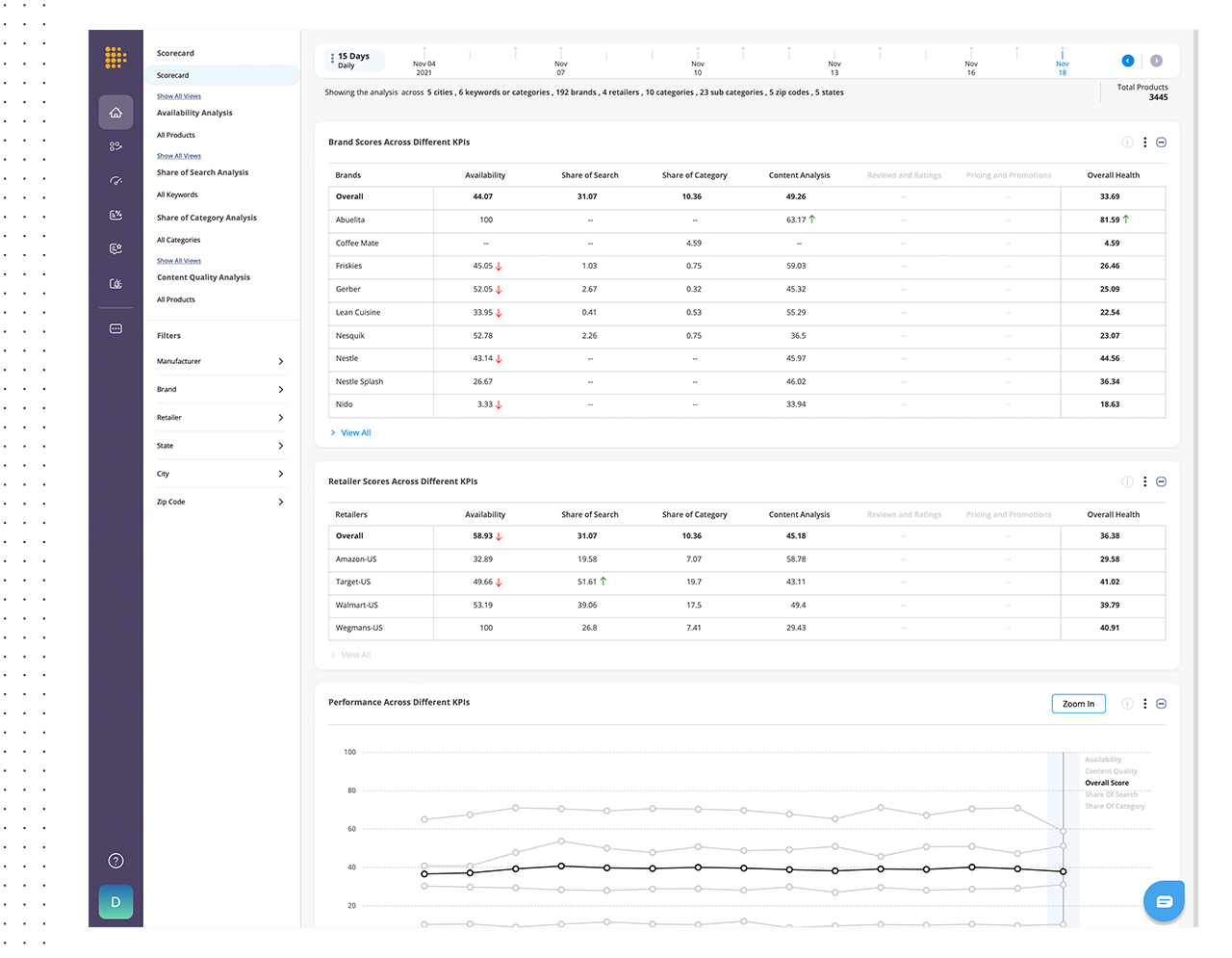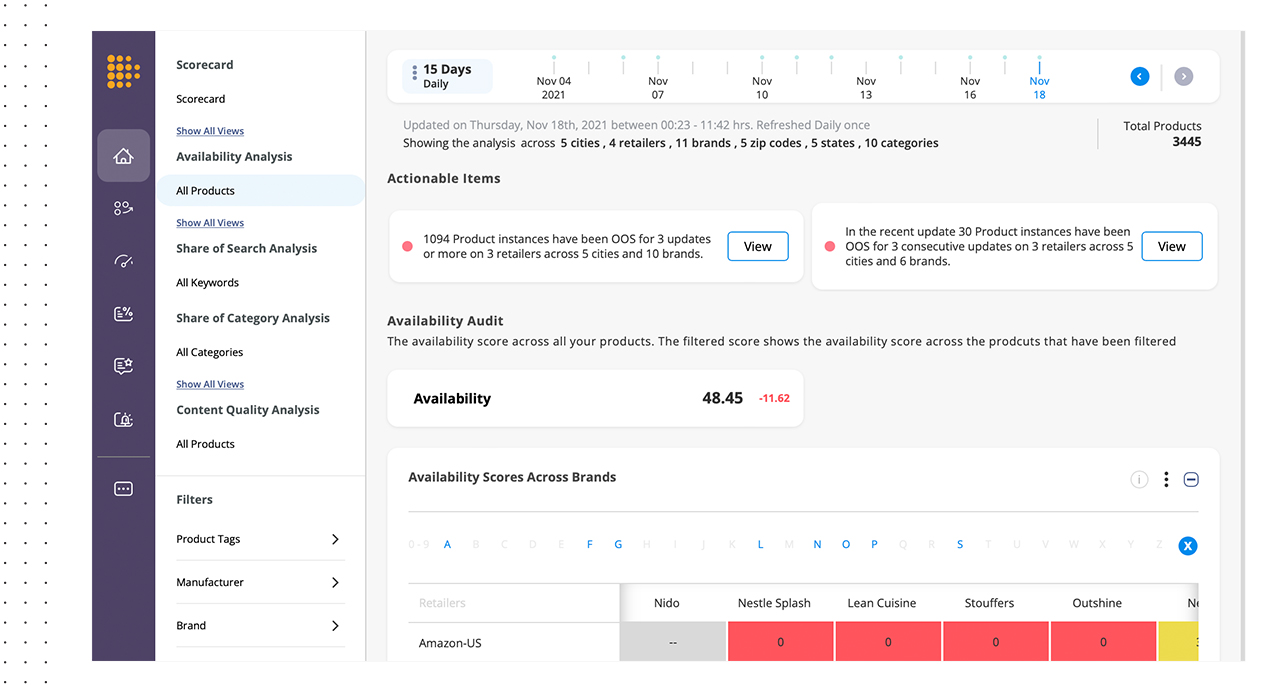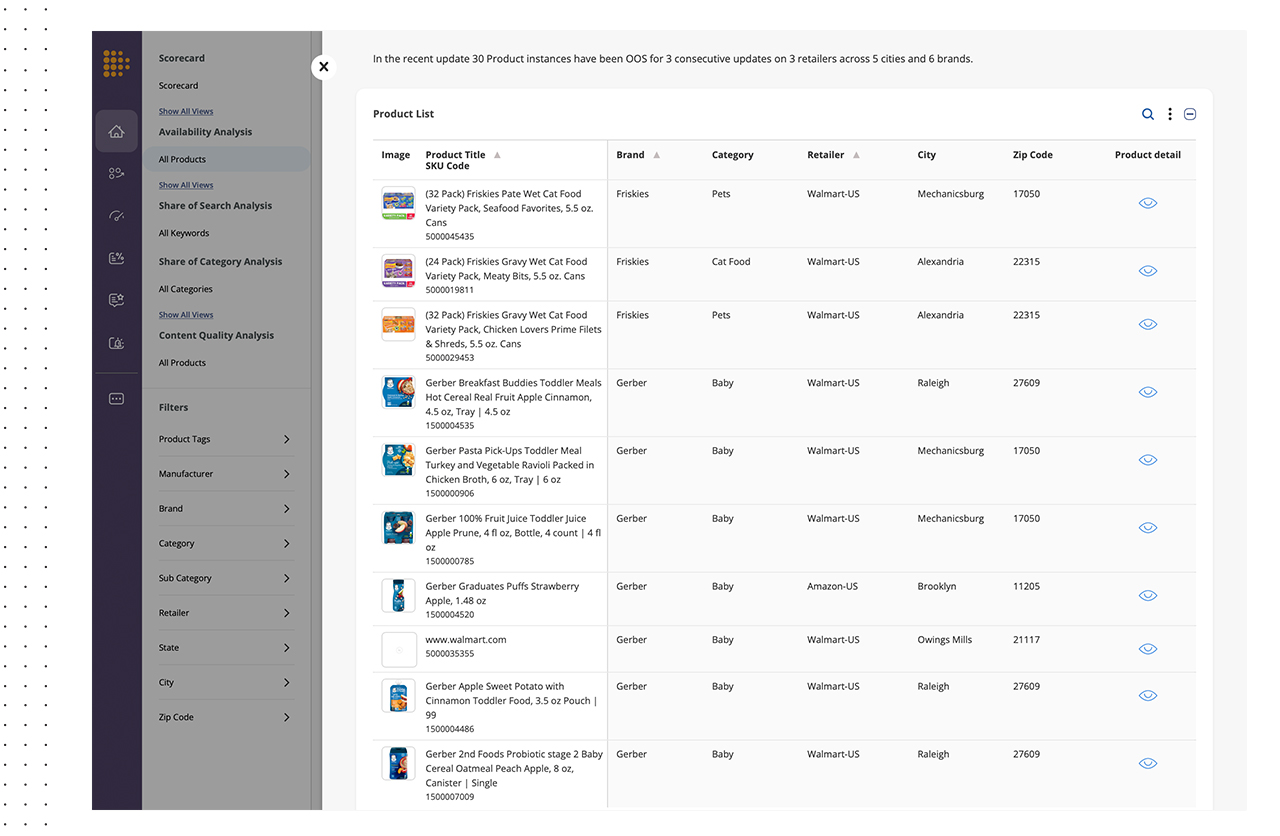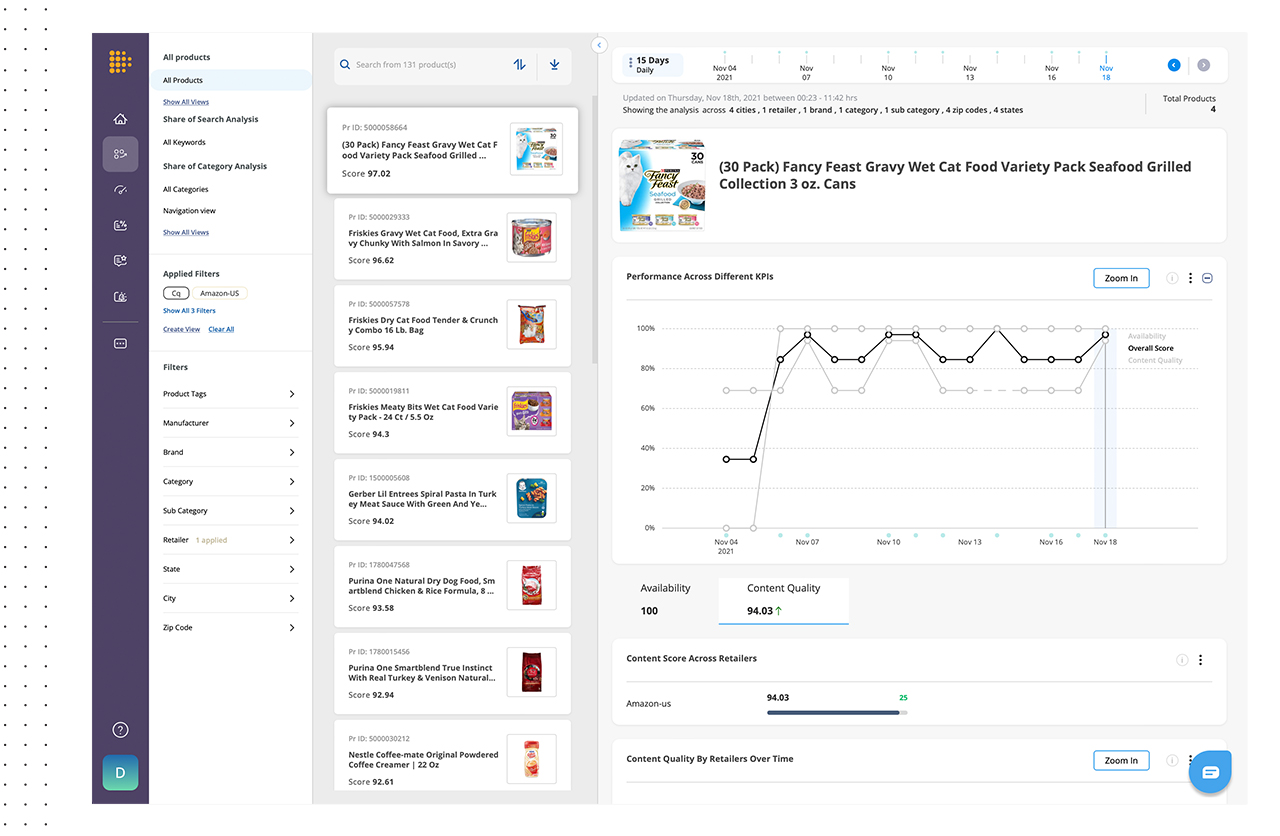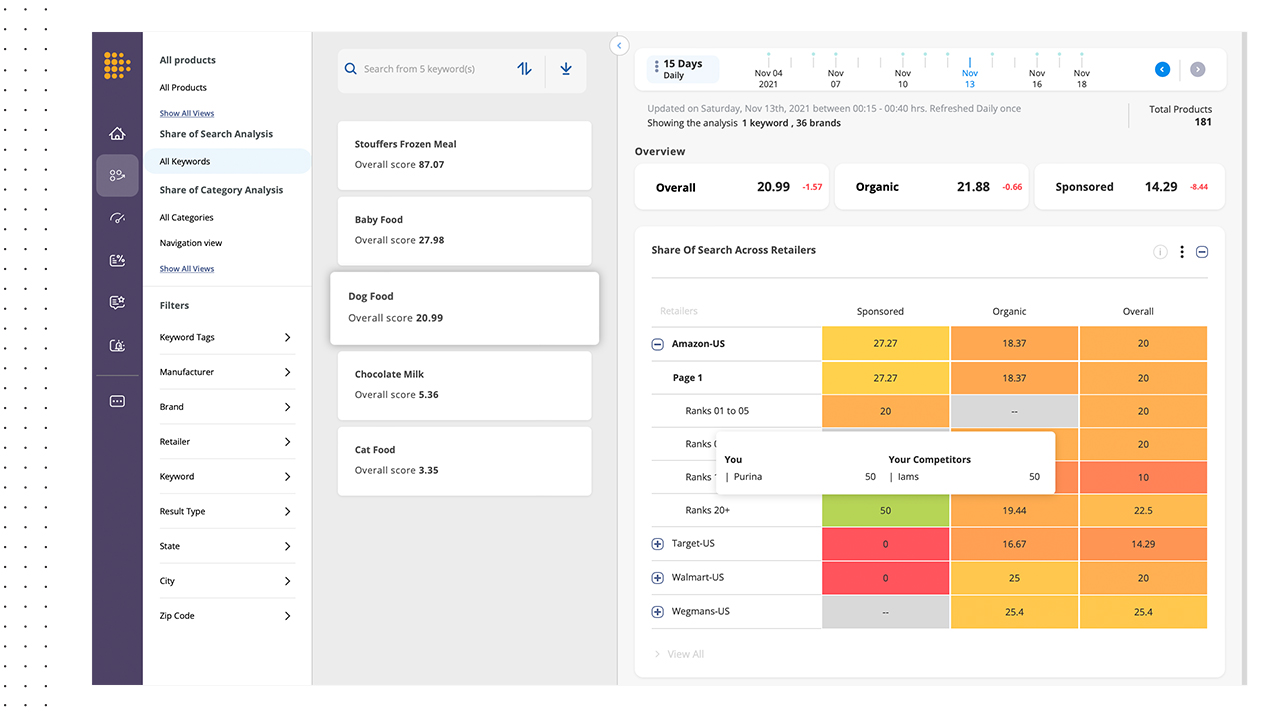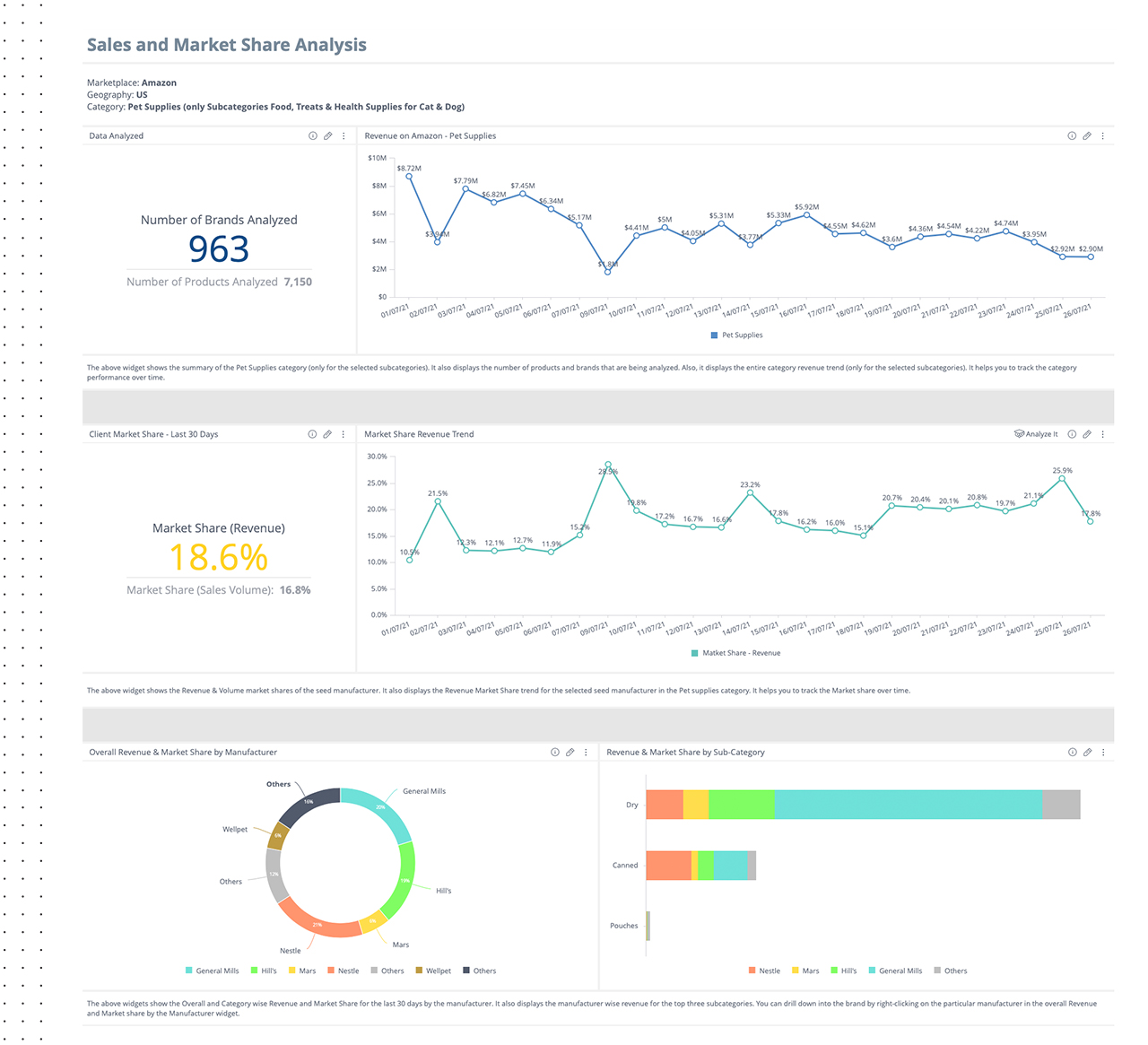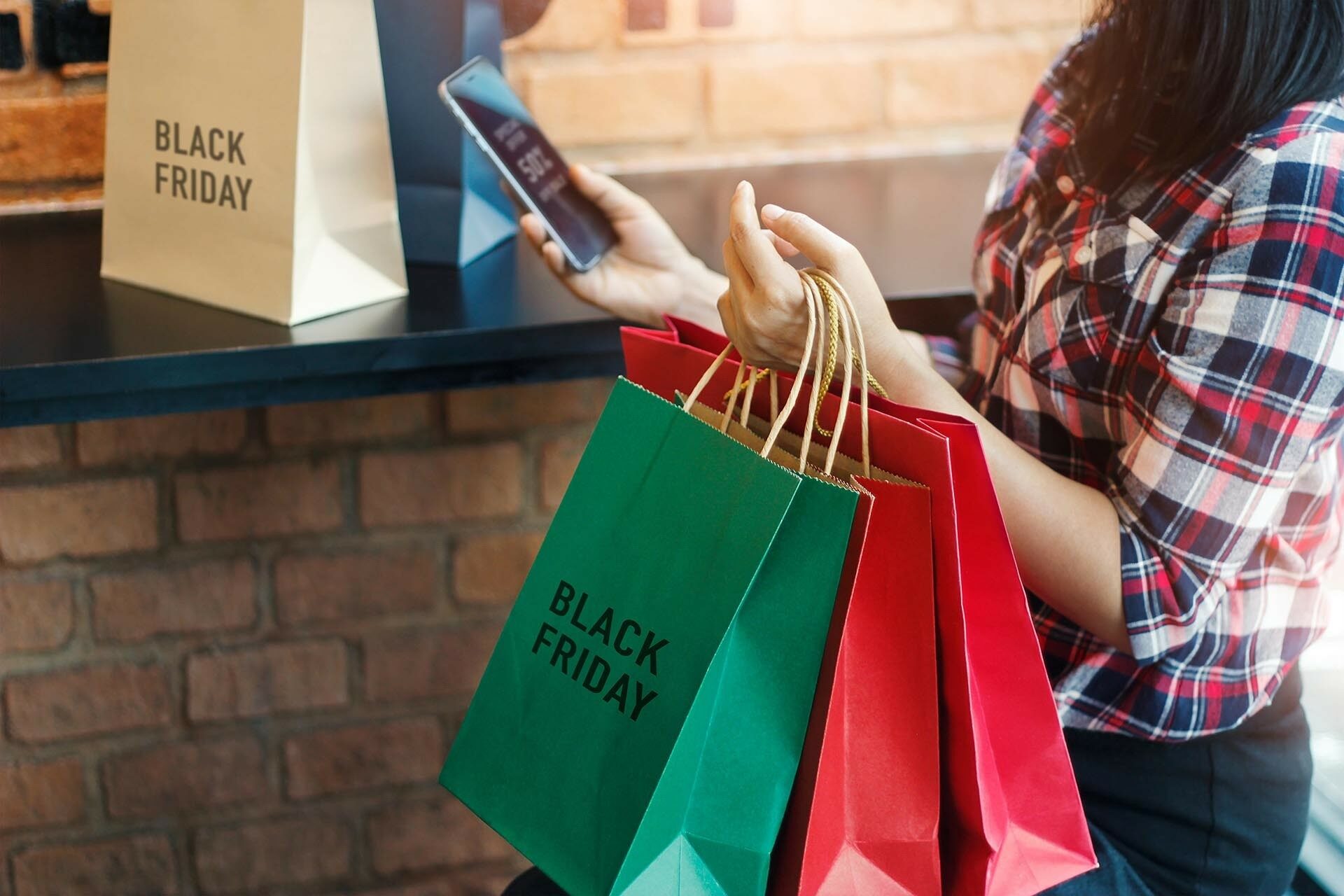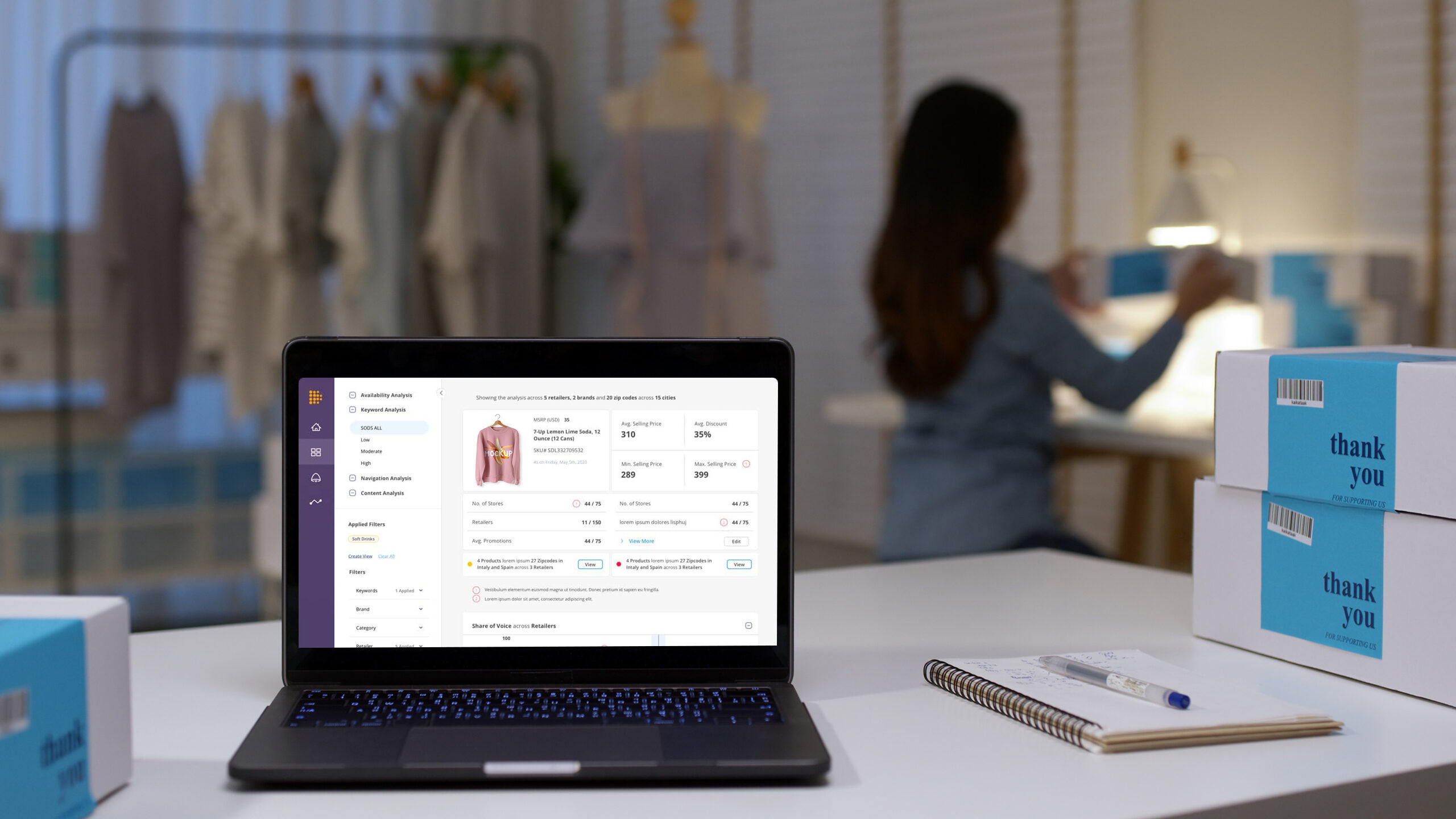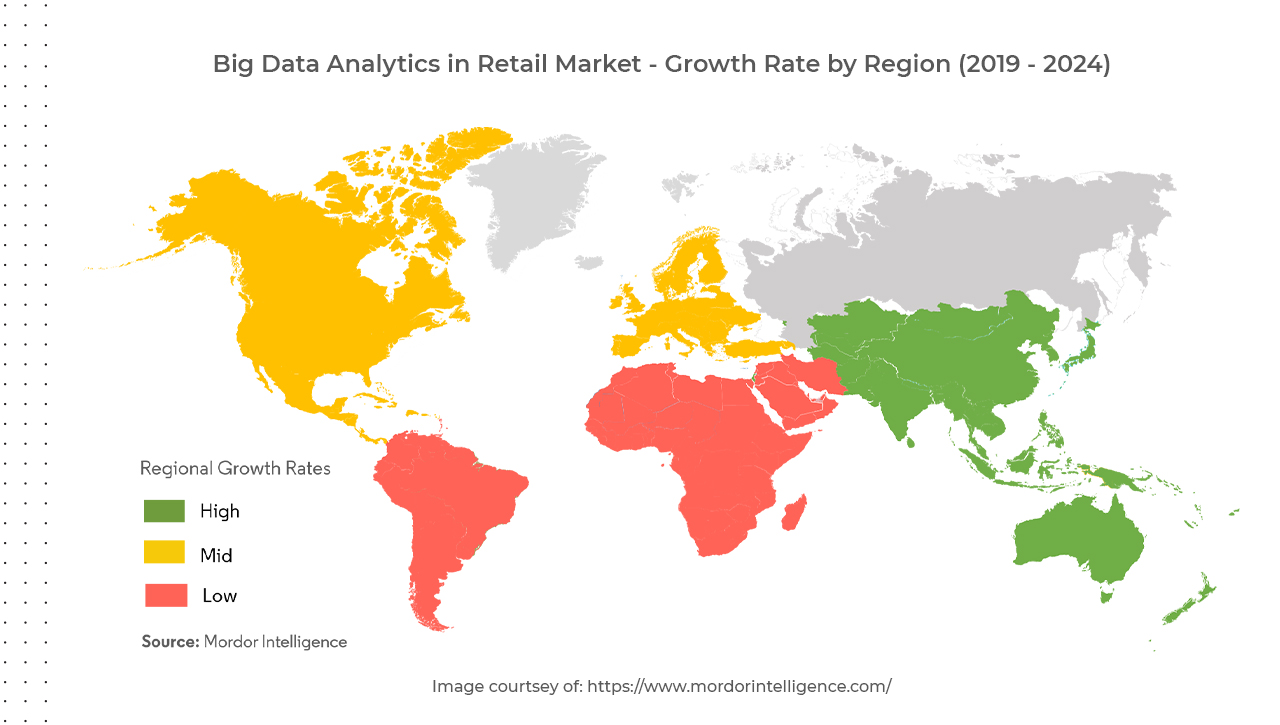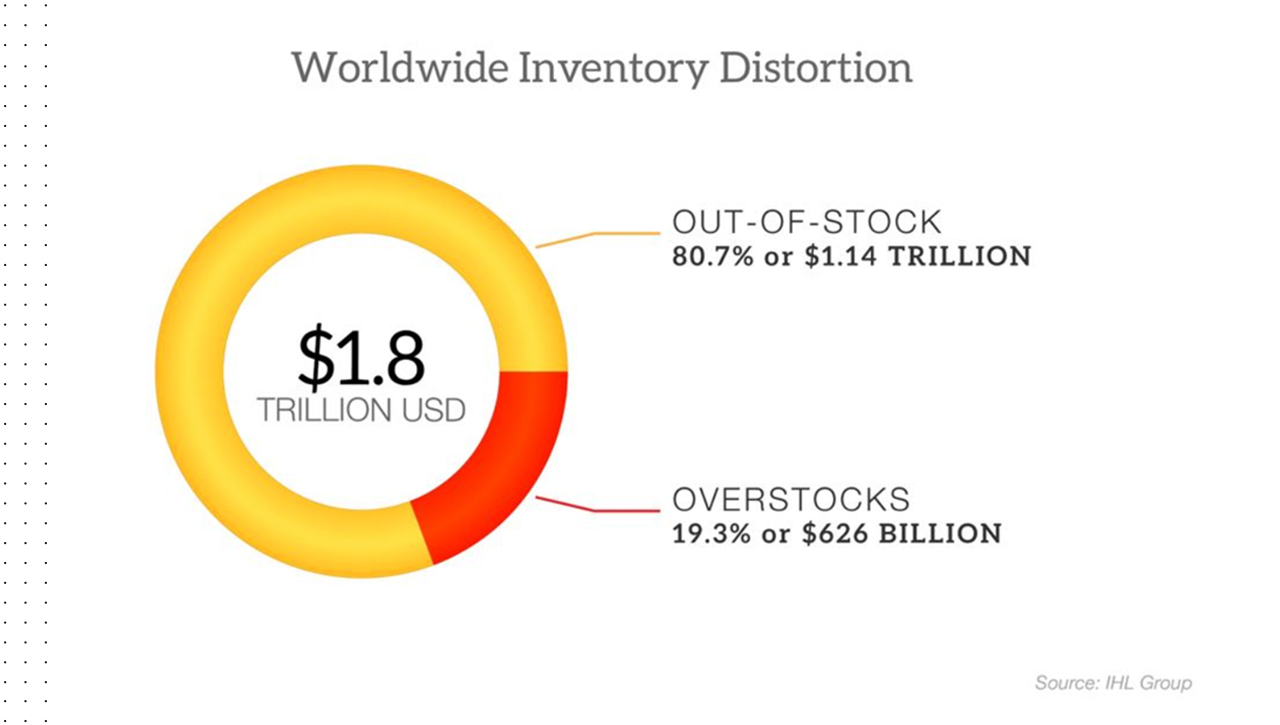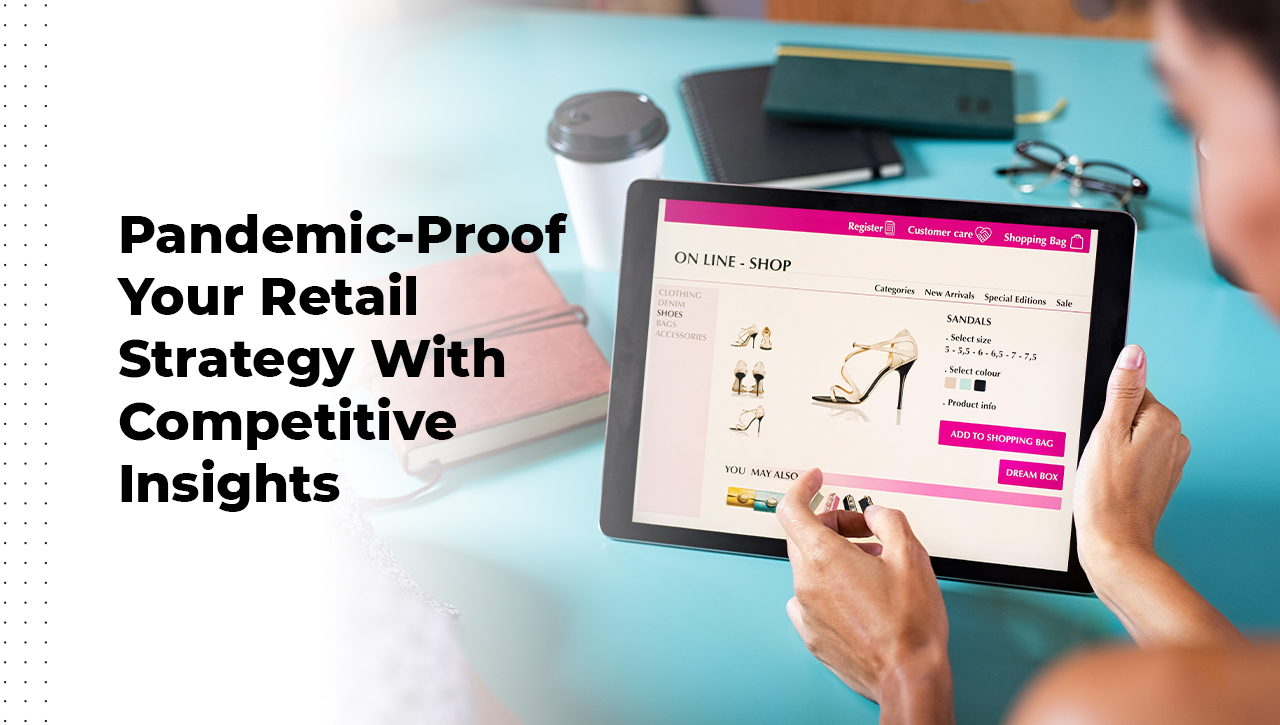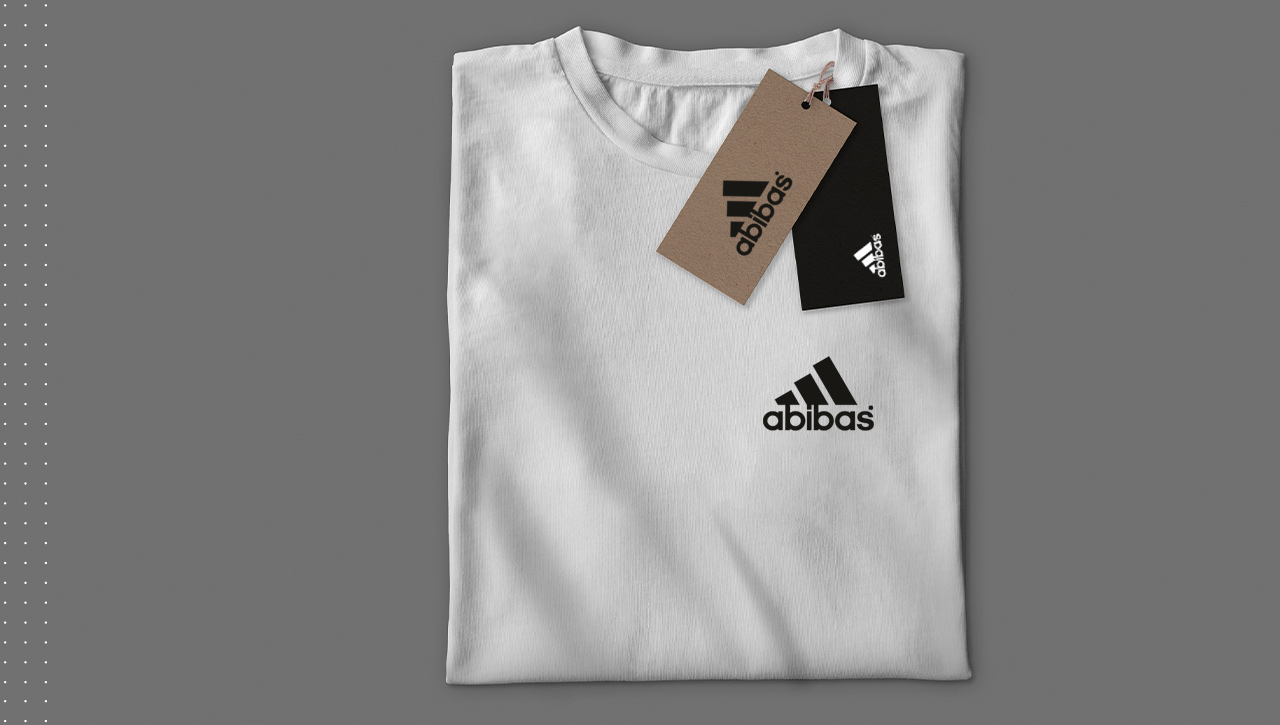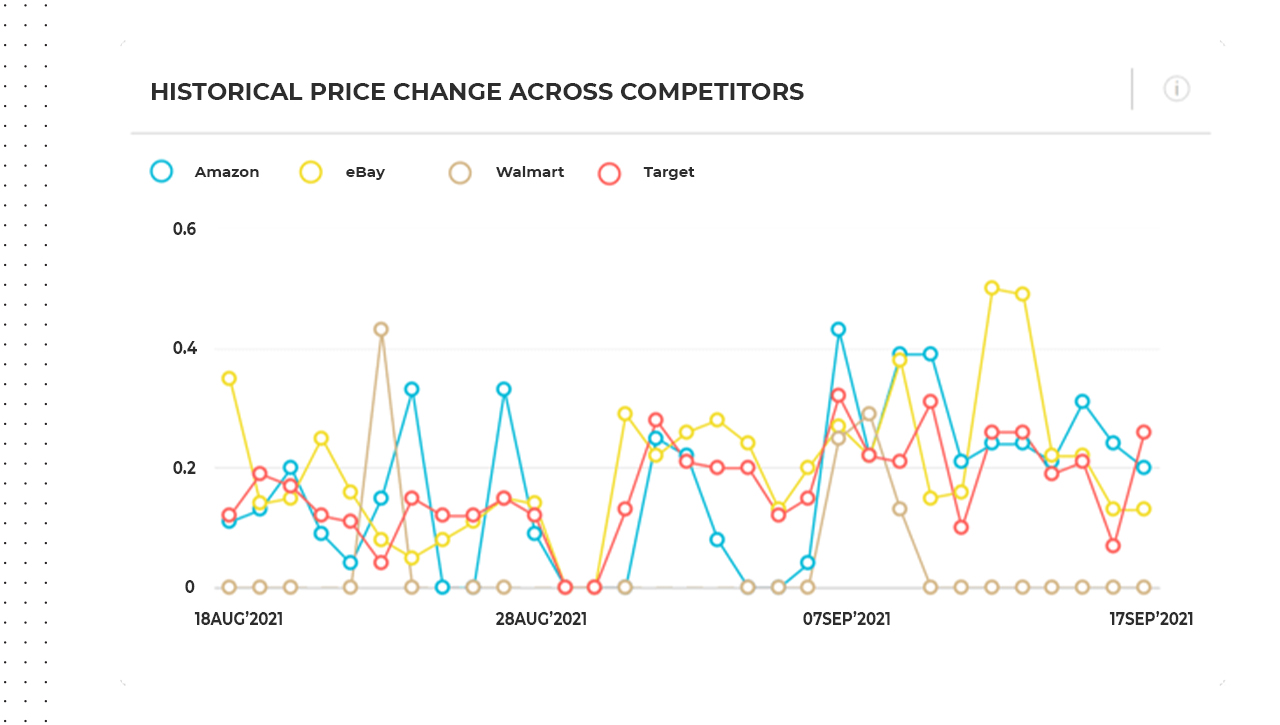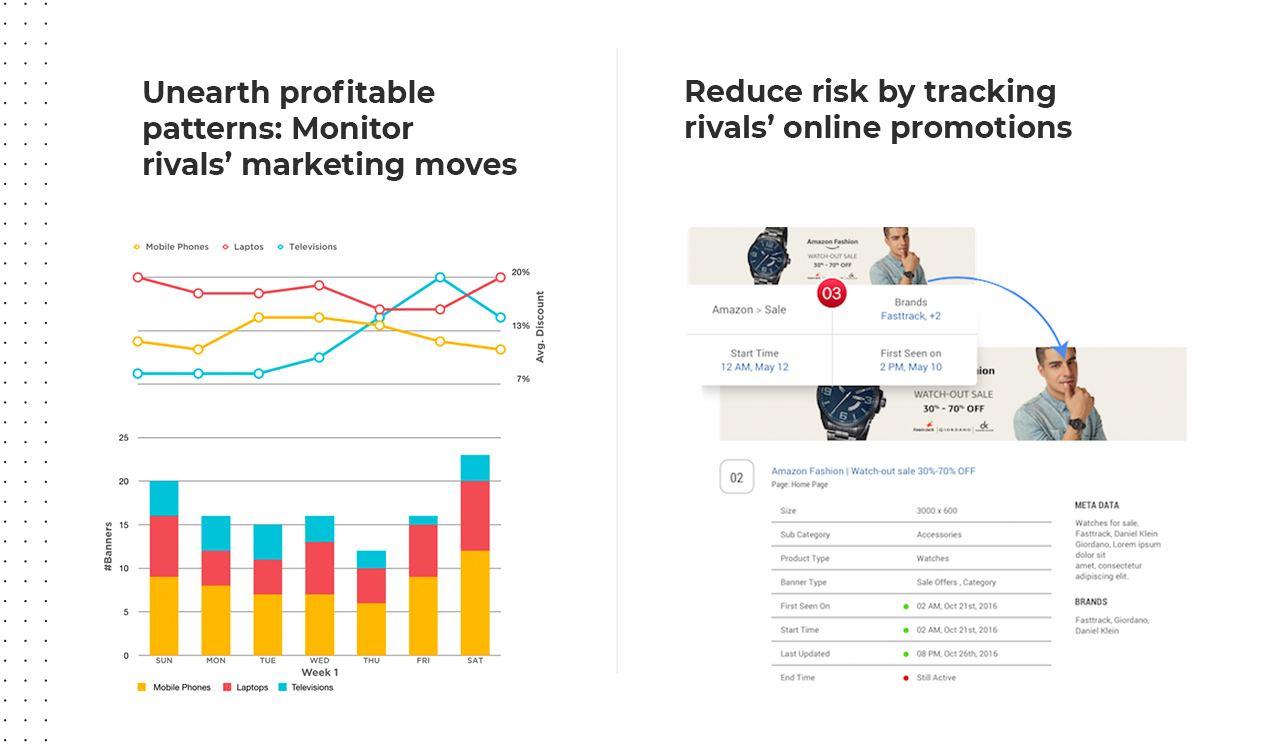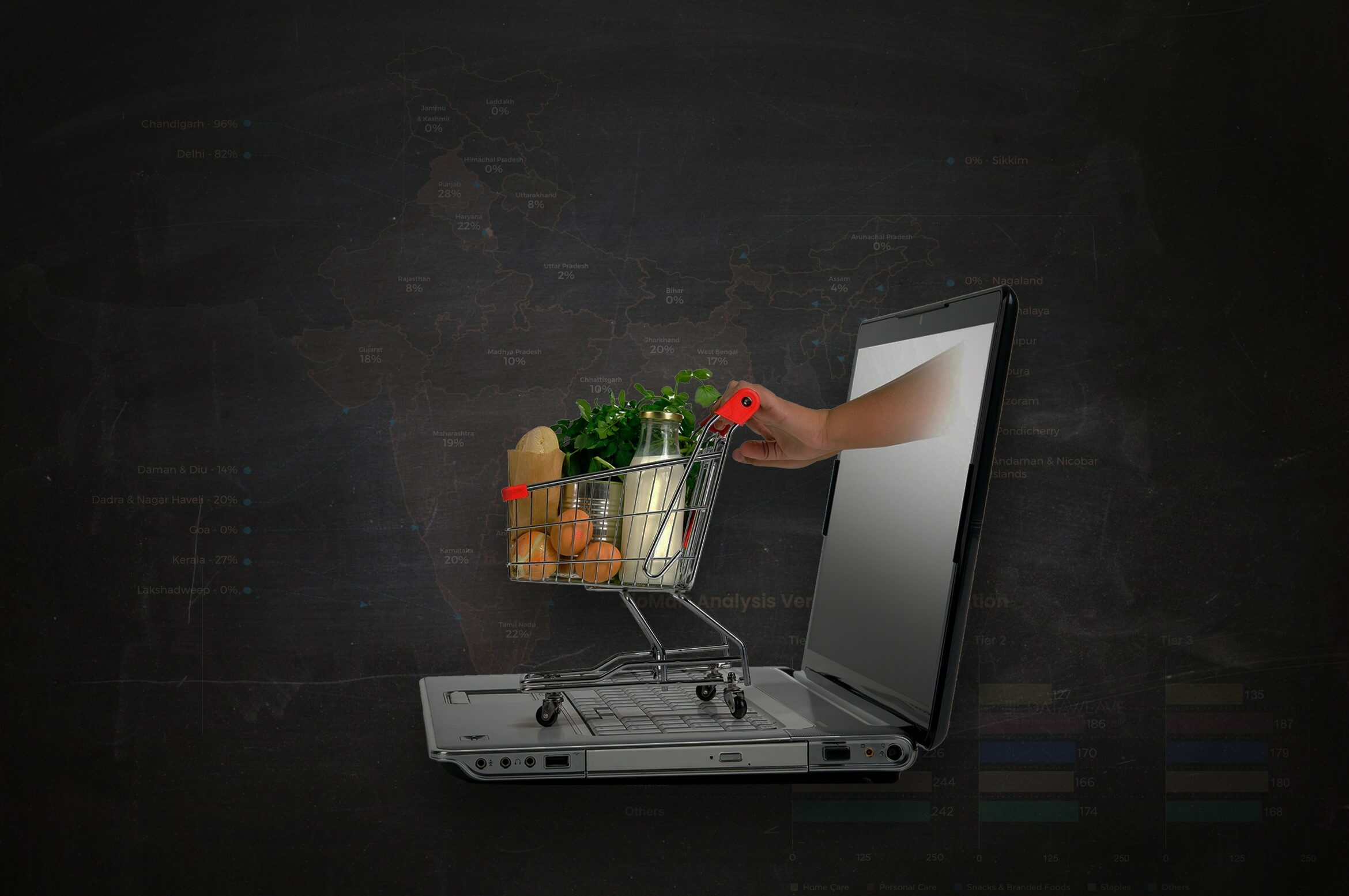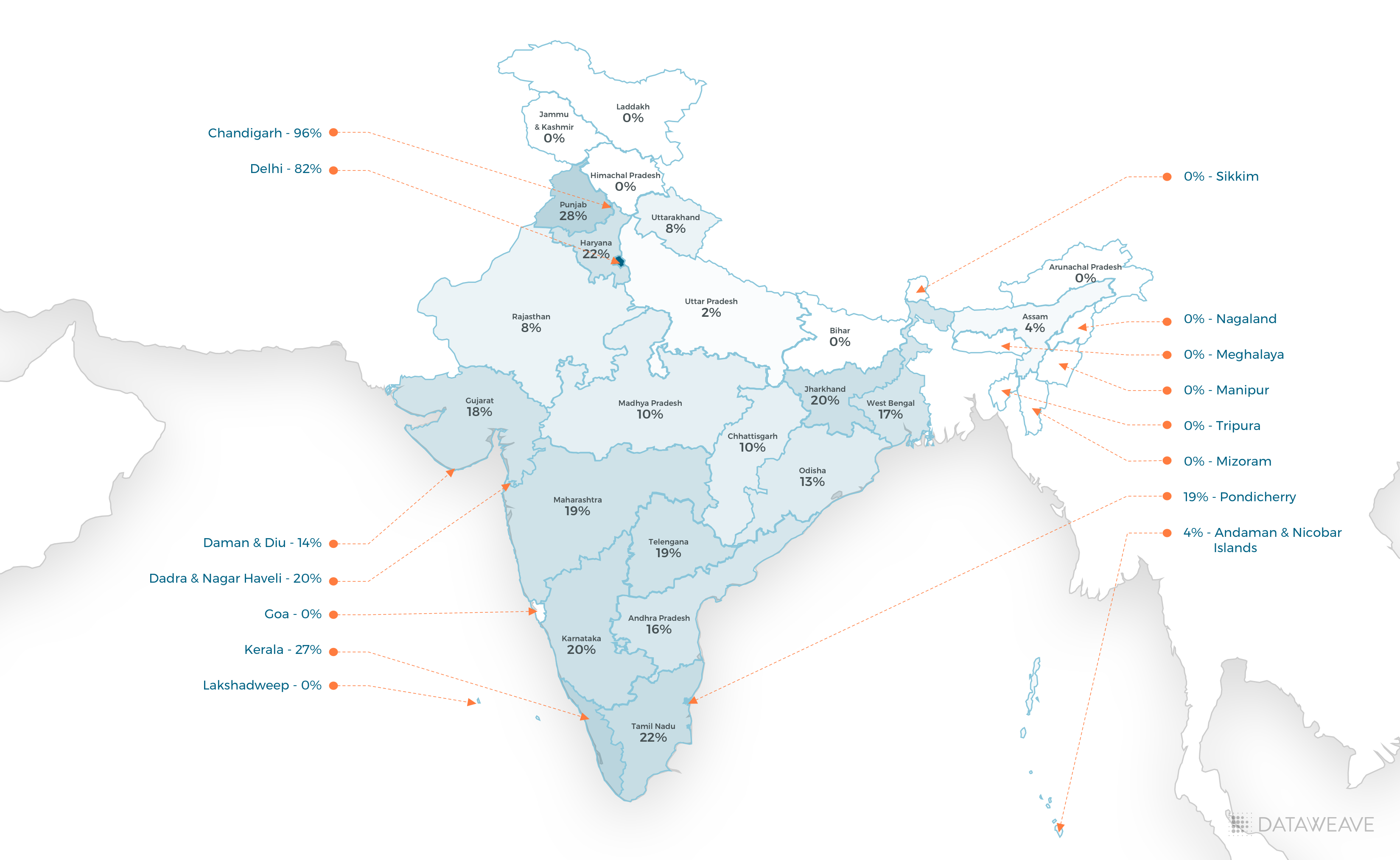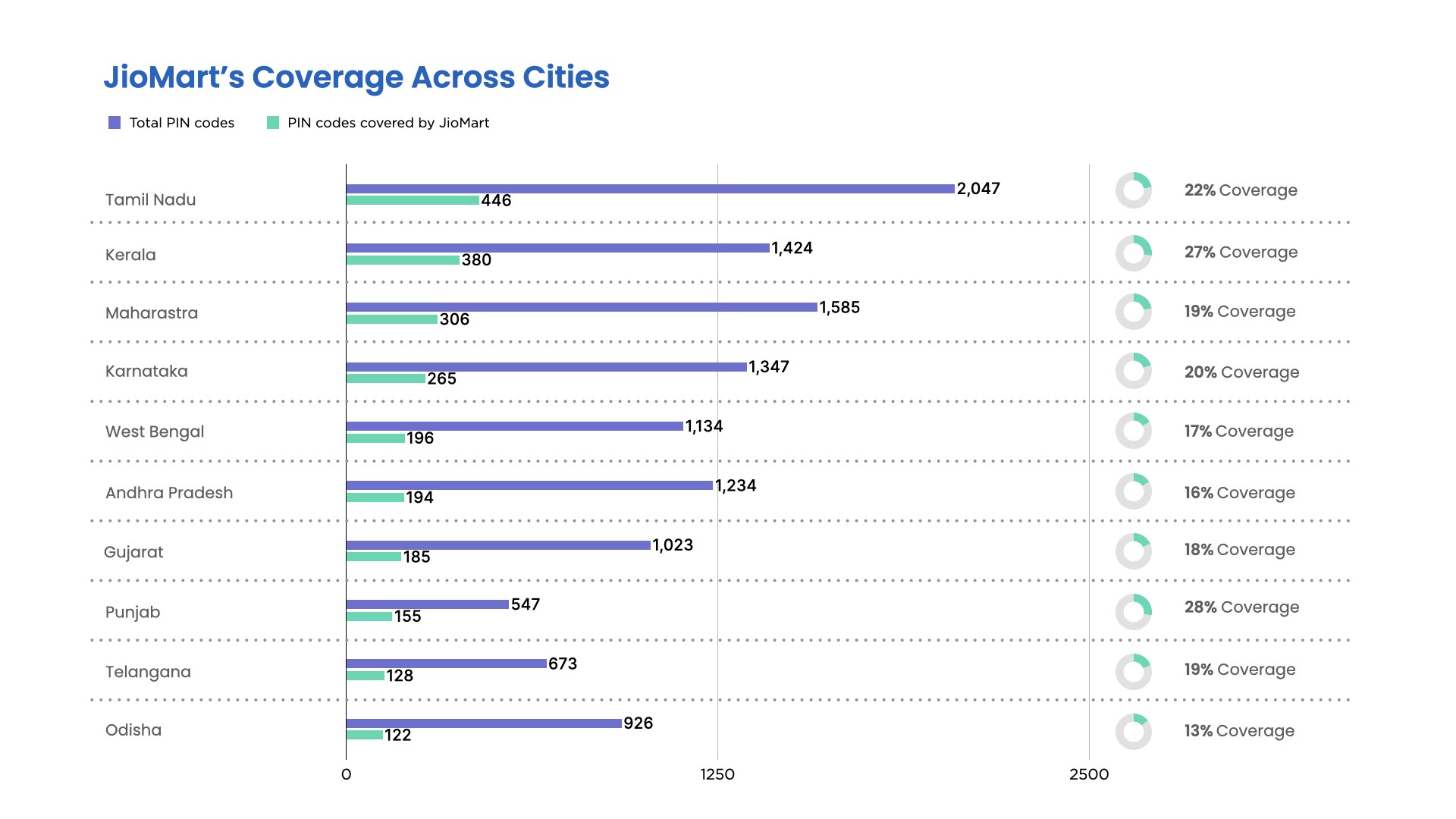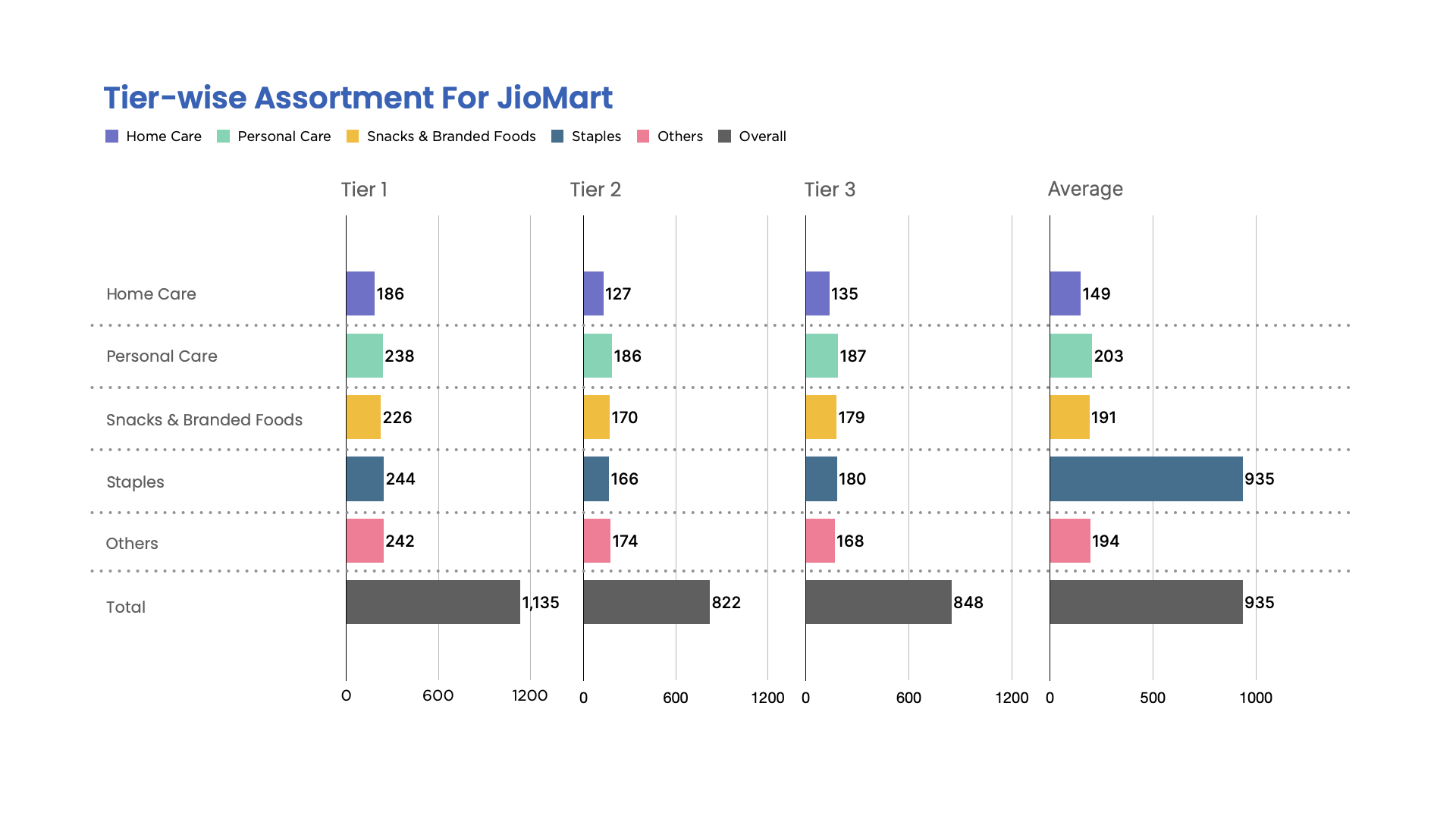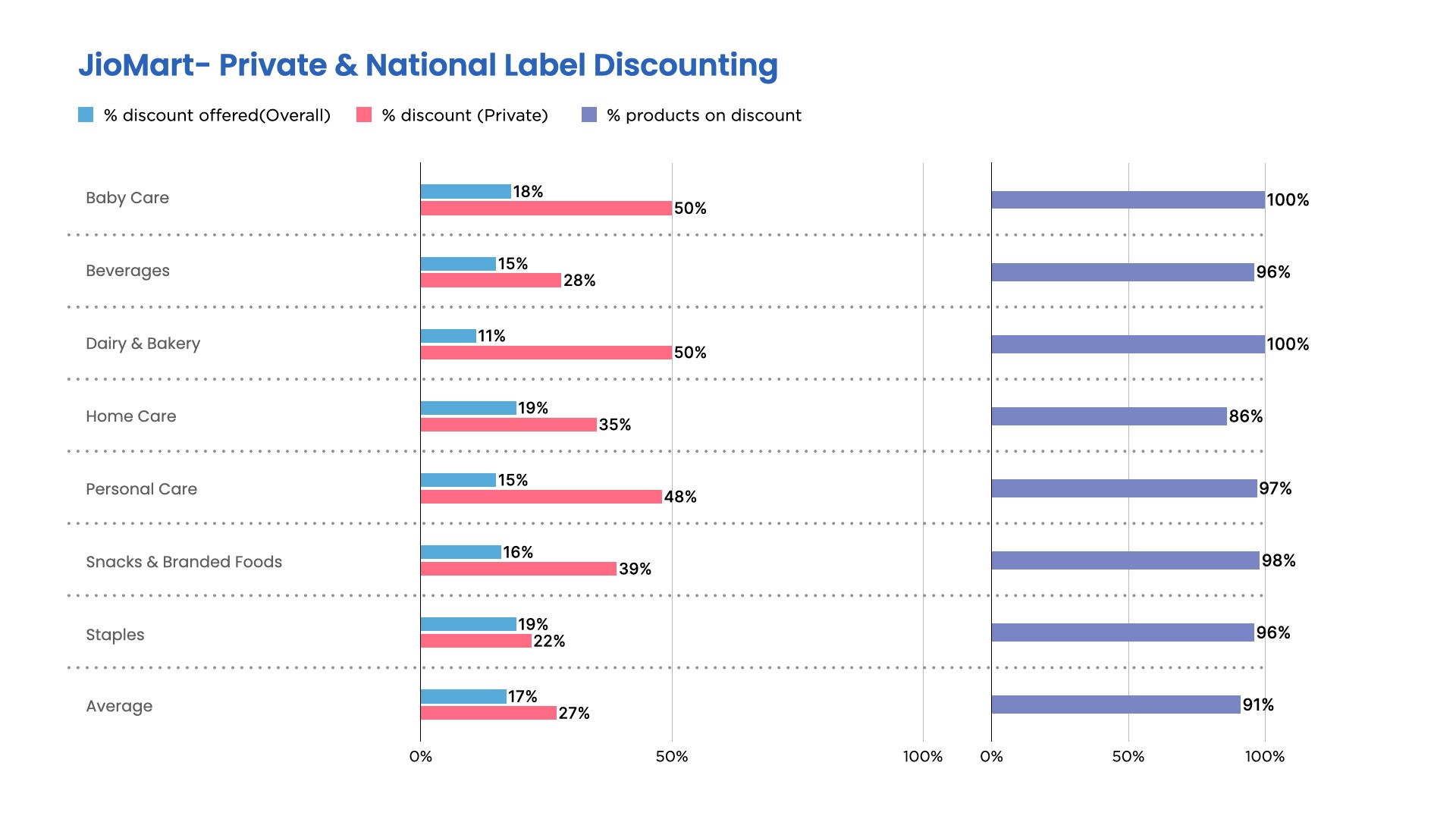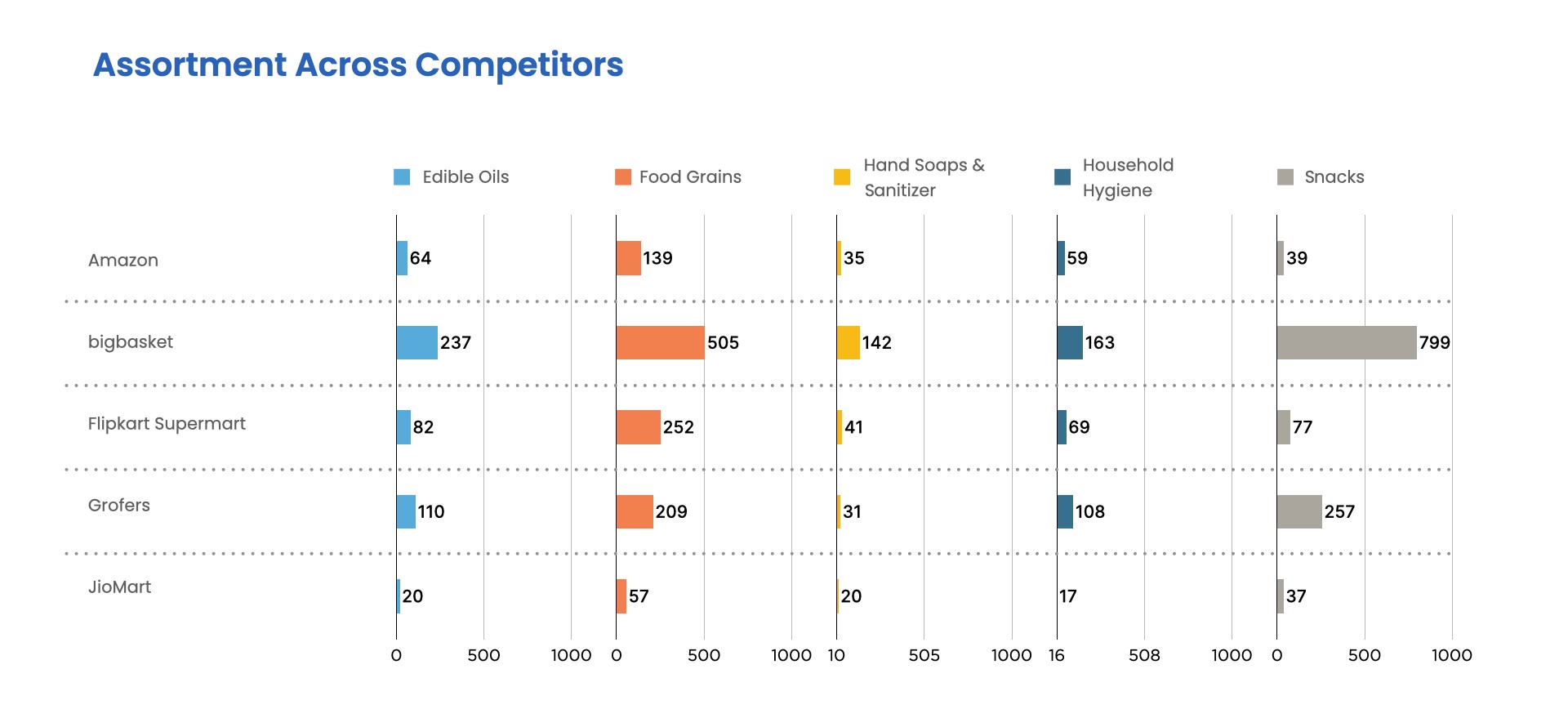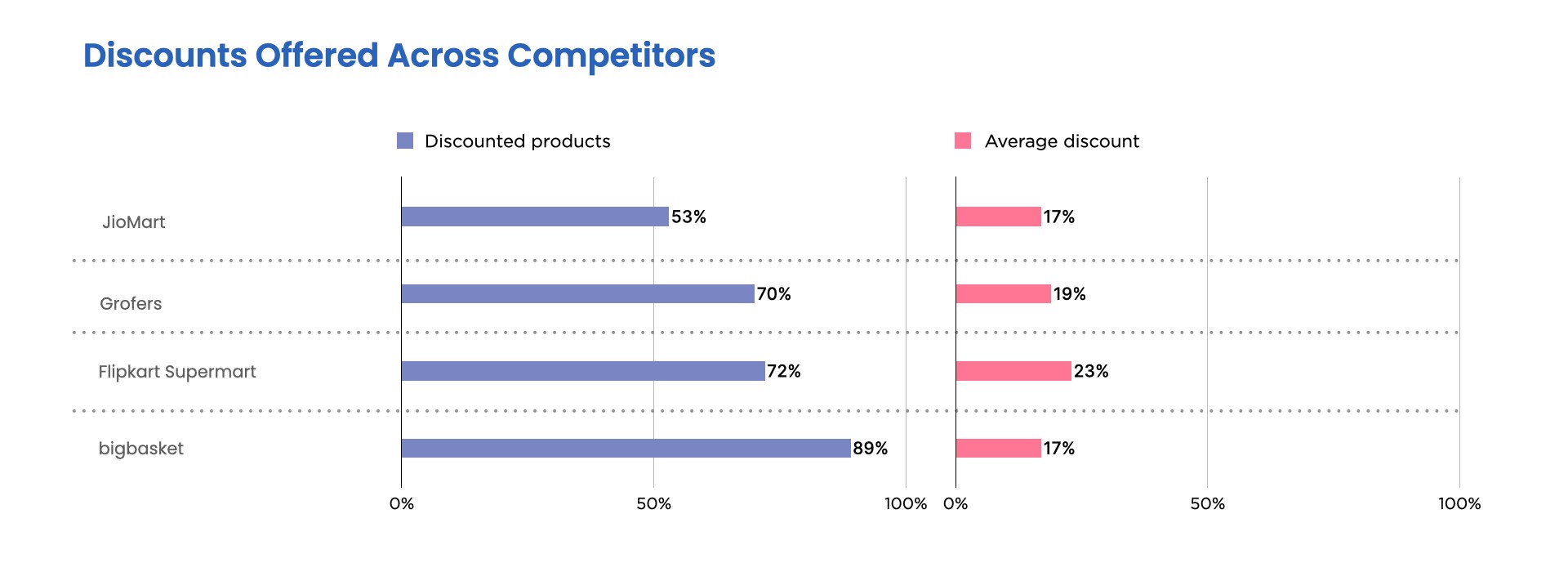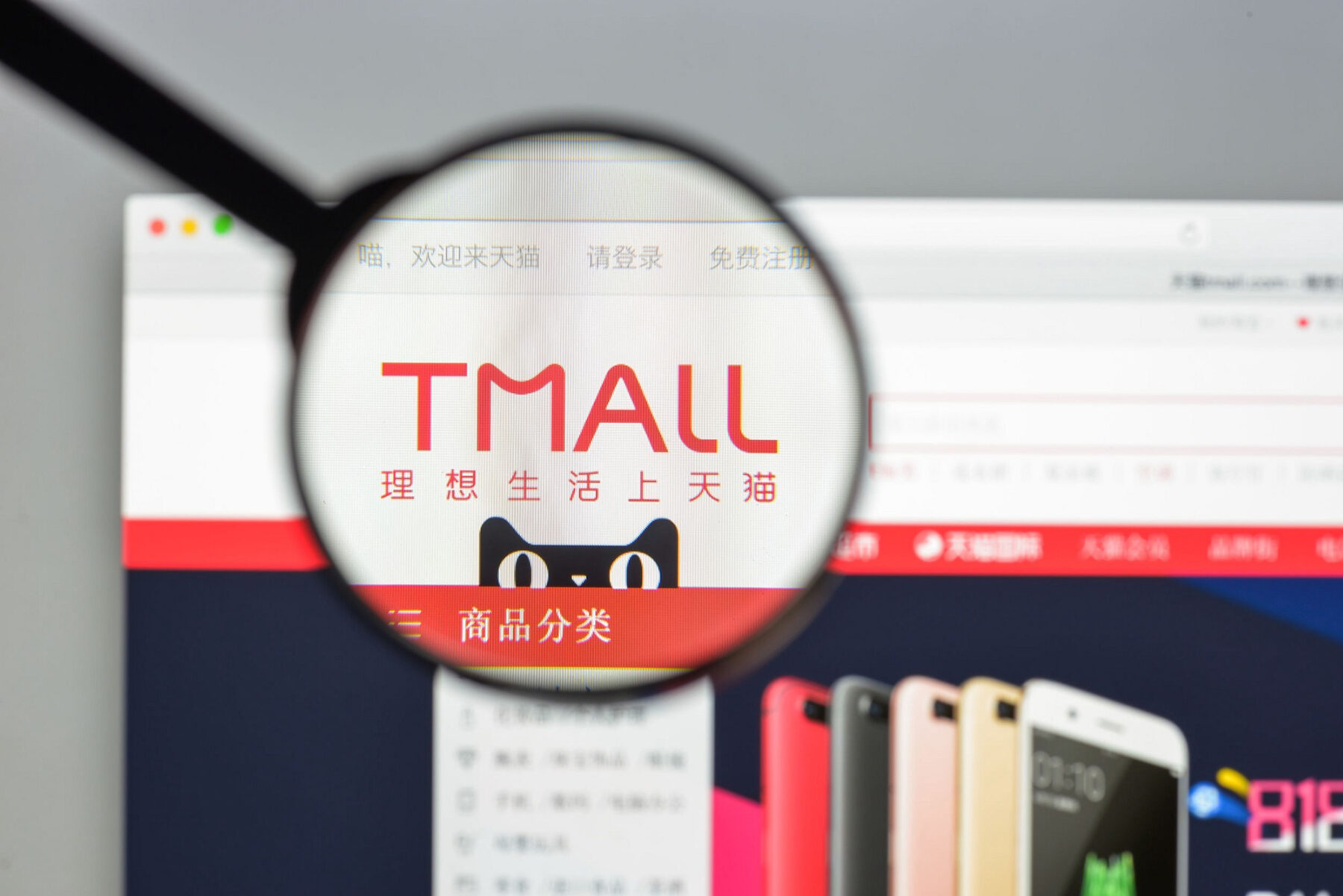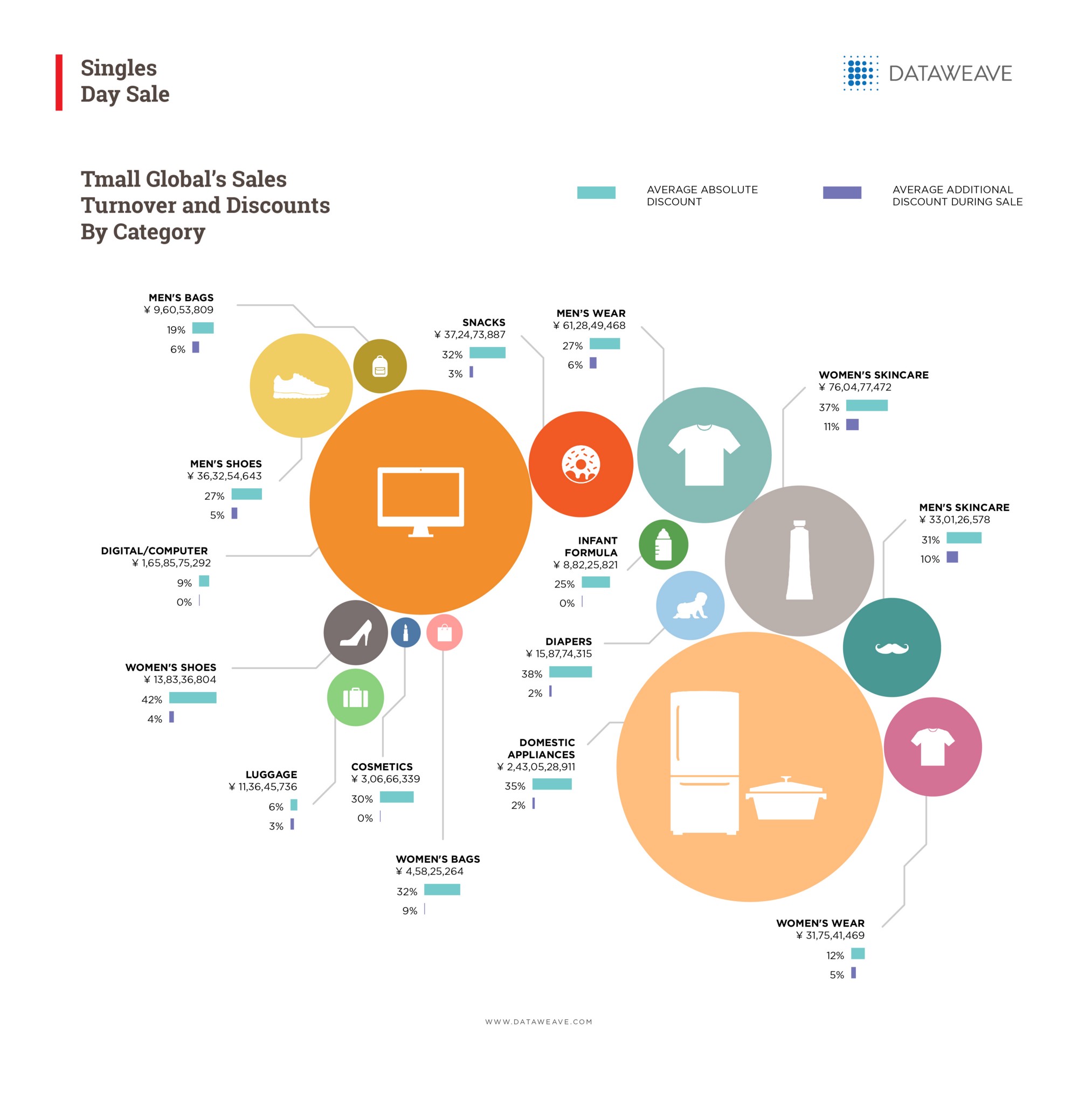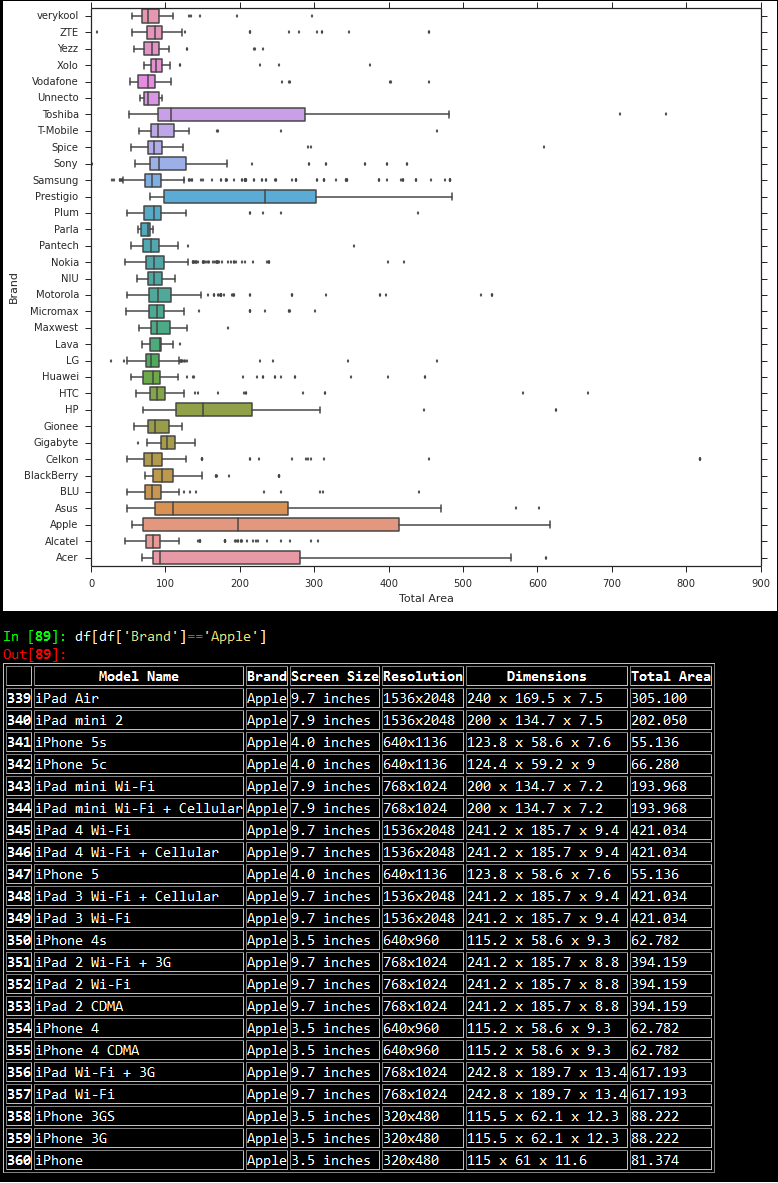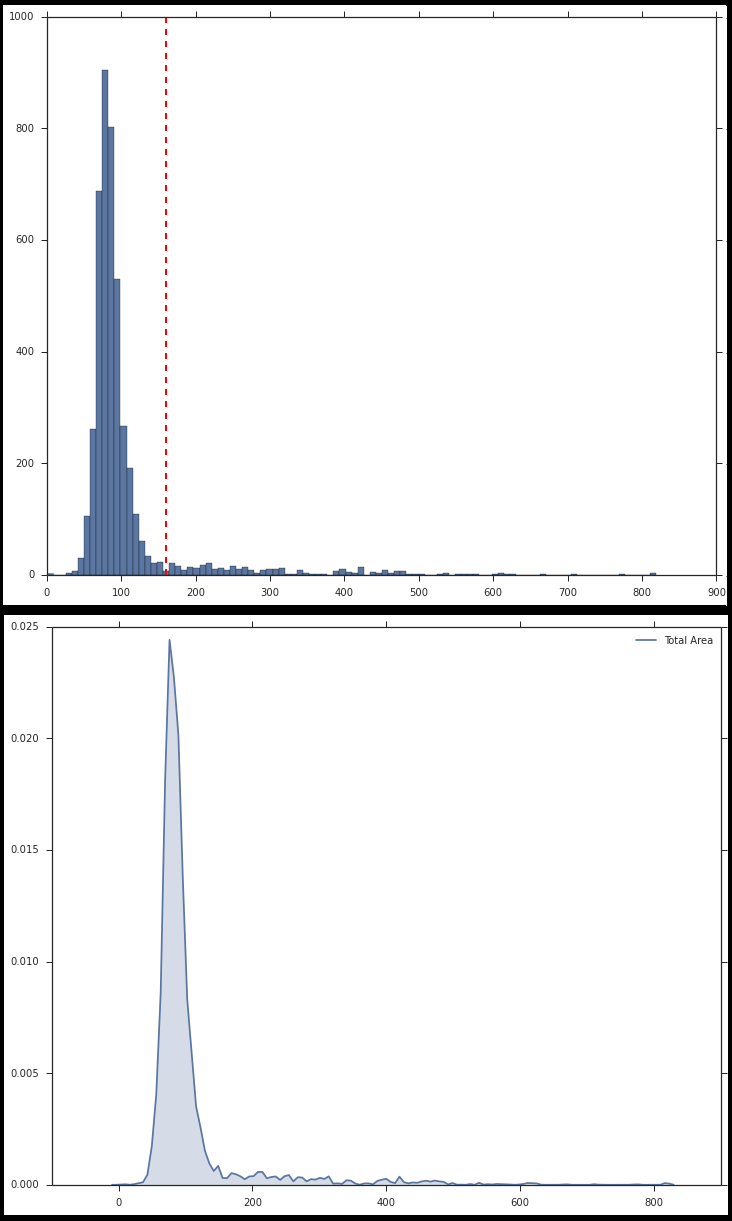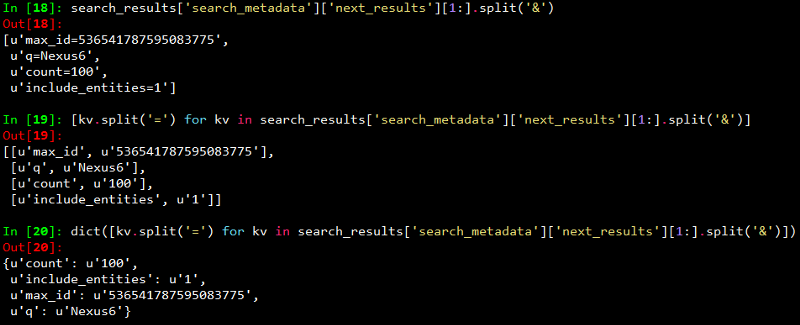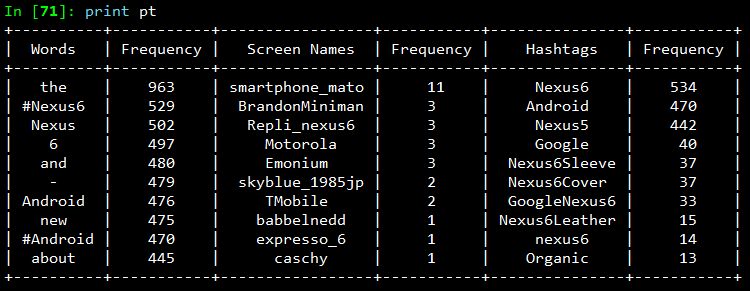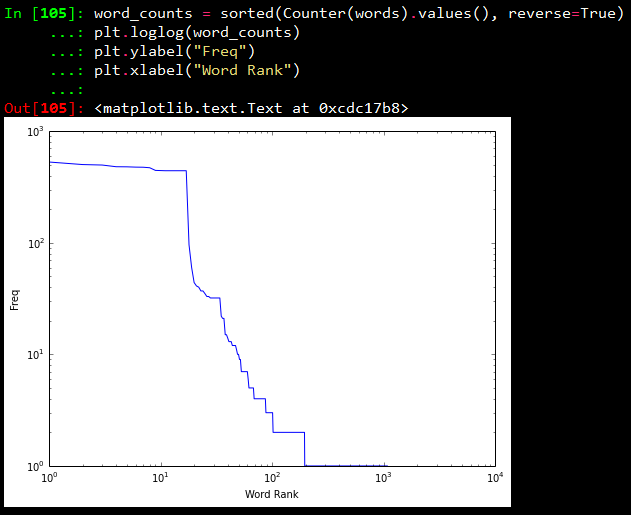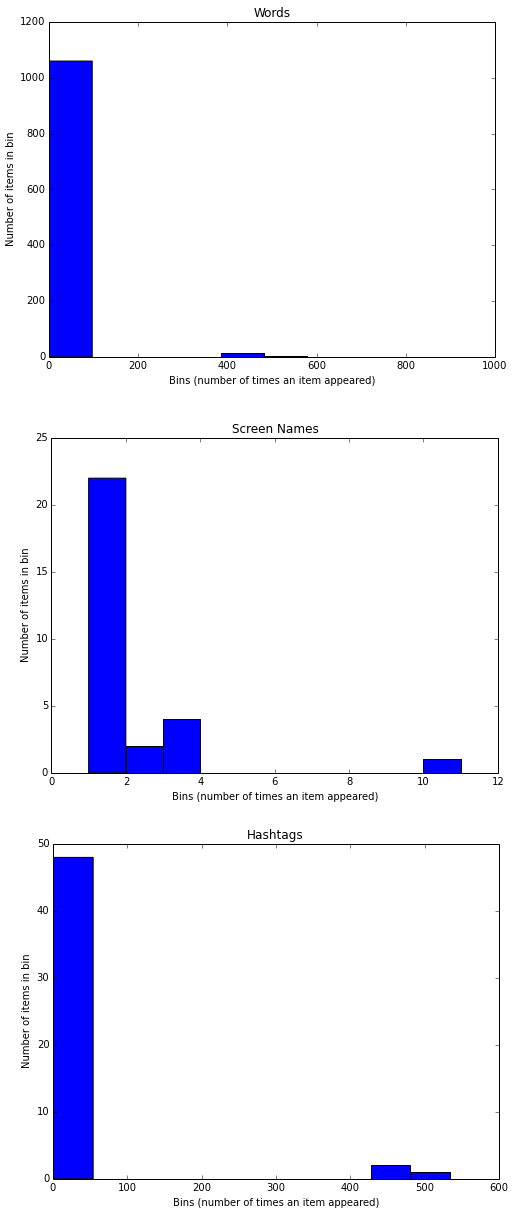Poor retail data is the bane of Chief Commercial Officers and VPs of Pricing. If you don’t have the correct inputs or enough of them in real time, you can’t make data-driven business decisions regarding pricing.
Retail data isn’t limited to your product assortment. Price data from your competition is as important as understanding your brand hierarchies and value size progressions. However, the vast and expanding nature of e-commerce means new competitors are around every corner, creating more raw data for your teams.
Think of competitive price data like crude oil. Crude or unrefined oil is an extremely valuable and sought-after commodity. But in its raw form, crude oil is relatively useless. Simply having it doesn’t benefit the owner. It must be transformed into refined oil before it can be used as fuel. This is the same for competitive data that hasn’t been transformed. Your competitive data needs to be refined into an accurate, consistent, and actionable form to power strategic insights.
So, how can retailers transform vast amounts of competitive pricing data into actionable business intelligence? Read this article to find out.
Poor Data Refinement vs. Good Refinement
Let’s consider a new product launch as an example of poor price data refinement vs. good data refinement, which affects most sellers across industries.
Retailer A
Imagine you’re launching a limited-edition sneaker. Sneakerheads online have highly anticipated the launch, and you know your competitors are watching you closely as go-live looms.
Now, imagine that your pricing data is outdated and unrefined when you go to price your new sneakers. You base your pricing assumptions on last year’s historical data and don’t have a way to account for real-time competitor movements. You price your new product the same as last year’s limited-edition sneaker.
Your competitor, having learned from last year, anticipates your new product’s price and has a sale lined up to go live mid-launch that undercuts you. Your team discovers this a week later and reacts with a markdown on the new product, fearing demand will lessen without action.
Customers who have already bought the much-anticipated sneakers feel like they’ve been overcharged now, and backlash on social media is swift. New buyers see the price reduction as proof that your sneakers aren’t popular, and demand decreases. This hurts your brand’s reputation, and the product launch is not deemed a success.
Retailer B
Imagine your company had refined competitive data to work with before launch. Your team can see trends in competitors’ promotional activity and can see that a line of sneakers at a major competitor is overdue for sale based on trends. Your team can anticipate that the competitor is planning to lower prices during your launch week in the hope of undercutting you.
Instead of needing to react retroactively with a markdown, your team comes up with clever ways to bundle accessories with a ‘deal’ during launch week to create value beyond just the price. During launch week, your competitor’s sneakers look like the lesser option while your new sneakers look like the premium choice while still being a good value. Customer loyalty improves, and buzz on social media is positive.
Here, we can see that refined data drives better decision-making and competitive advantage. It is the missing link in retail price intelligence and can set you ahead of the competition. However, turning raw competitive data into strategic insights is easier said than done. To achieve intelligence from truly refined competitive pricing data, pricing teams need to rely on technology.
The Hidden Cost of Unrefined Data
Technology is advancing rapidly, and more sellers are leveraging competitive pricing intelligence tools to make strategic pricing decisions. Retailers that continue to rely on old, manual pricing methods will soon be left behind.
You might consider your competitive data process to be quite extensive. Perhaps you are successfully gathering vast data about your competitors. But simply having the raw data is just as ineffective as having access to crude oil and making no plan to refine it. Collection alone isn’t enough—you need to transform it into a usable state.
Attempting to harmonize data using spreadsheets will waste time and give you only limited insights, which are often out of date by the time they’re discovered. Trying to crunch inflexible data will set your team up for failure and impact business decision quality.
The Two Pillars of Data Refinement
There are two foundational pillars in data refinement. Neither can truly be achieved manually, even with great effort.
Competitive Matches
There are always new sellers and new products being launched in the market. Competitive matching is the process of finding all these equivalent products across the web and tying them together with your products. It goes beyond matching UPCs to link identical products together. Instead, it involves matching products with similar features and characteristics, just as a shopper might decide to compare two similar products on the shelf. For instance private label brands are compared to legacy brands when consumers shop to discern value.
A retailer using refined competitive matches can quickly and confidently adjust its prices during a promotional event, know where to increase prices in response to demand and availability and stay attractive to sensitive shoppers without undercutting margins.
Internal Portfolio Matches
Product matching is a combination of algorithmic and manual techniques that work to recognize and link identical products. This can even be done internally across your product portfolio. Retailers selling thousands or even hundreds of thousands of products know the challenge of consistently pricing items with varying levels of similarity or uniformity. If you must sell a 12oz bottle of shampoo for $3.00 based on its costs, then a 16oz bottle of the same product should not sell for $2.75, even if that aligns with the competition.
Establishing a process for internal portfolio matching helps to eliminate inefficiencies caused by duplicated or misaligned product data. Instead of discovering discrepancies and having to fire-fight them one by one, an internal portfolio matching feature can help teams preempt this issue.
Leveraging AI for Enhanced Match Rates
As product SKUs proliferate and new sellers seem to enter the market at lightning speed, scaling is essential without hiring dozens more pricing experts. That’s where AI comes in. Not only can AI do the job of dozens of experts, but it also does it in a fraction of the time and at an improved match accuracy rate.
DataWeave’s AI-powered pricing intelligence and price monitoring offerings help retailers uncover gaps and opportunities to stay competitive in the dynamic world of e-commerce. It can gather competitive data from across the market and accurately match competitor products with internal catalogs. It can also internally match your product portfolio, identifying product family trees and setting tolerances to avoid pricing mismatches. The AI synthesizes all this data and links products into a usable format. Teams can easily access reports and dashboards to get their questions answered without manually attempting to refine the data first.
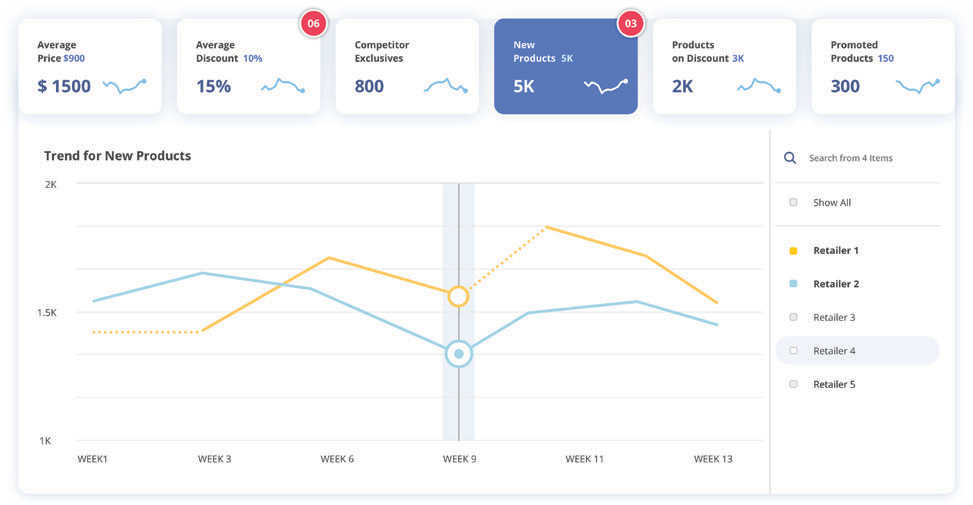
From Refinement to Business Value
Refined competitive price data is your team’s foundation to execute these essential pricing functions: price management, price reporting, and competitive intelligence.
Price Management
Refined data is the core of accurate price management and product portfolio optimization. Imagine you’re an electronics seller offering a range of laptops and personal computing devices marketed toward college students. Without refined competitive data, you might fail to account for pricing differences based on regionality for similar products. Demand might be greater in one city than in another. By monitoring your competition, you can match your forecasted demand assumptions with competitor pricing trends to better manage your prices and even offer a greater assortment where there is more demand.
Price Reporting
Leadership is always looking for new and better market positioning opportunities. This often revolves around how products are priced, whether you’re making a profit, and where. To effectively communicate across departments and with leadership, pricing teams need a convenient way to report on pricing and make changes or updates as new ad hoc requests come through. Spending hours constructing a report on static data will feel like a waste when the C-Suite asks for it again next week but with current metrics. Refined, constantly updated price data nips this problem in the bud.
Competitive Intelligence
Unrefined data can’t be used to discover competitive intelligence accurately. You might miss a new player, fail to account for a new competitive product line, or be unable to extract insights quickly enough to be helpful. This can lead to missed opportunities and misinformed strategies. As a seller, your competitive intelligence should be able to fuel predictive scenario modeling. For example, you should be able to anticipate competitor price changes based on seasonal trends. Your outputs will be wrong without the correct inputs.
Implementation Framework
As a pricing leader, you can take these steps to begin evaluating your current process and improve your strategy.
- Assess your current data quality: Determine whether your team is aggregating data across the entire competitive landscape. Ask yourself if all attributes, features, regionality, and other metrics are captured in a single usable format for your analysts to leverage.
- Setting refinement objectives: If your competitive data isn’t refined, what are your objectives? Do you want to be able to match similar products or product families within your product portfolio?
- Measuring success through KPIs: Establish a set of KPIs to keep you on track. Measure things like match rate accuracy, how quickly you can react to price changes, assortment overlaps, and price parity.
- Building cross-functional alignment: Create dashboards and establish methods to build ad hoc reports for external departments. Start the conversation with data to build trust across teams and improve the business.
What’s Next?
The time is now to start evaluating your current data refinement process to improve your ability to capture and leverage competitive intelligence. Work with a specialized partner like DataWeave to refine your competitive pricing data using AI and dedicated human-in-the-loop support.
Want help getting started refining your data fast? Talk to us to get a demo today!


